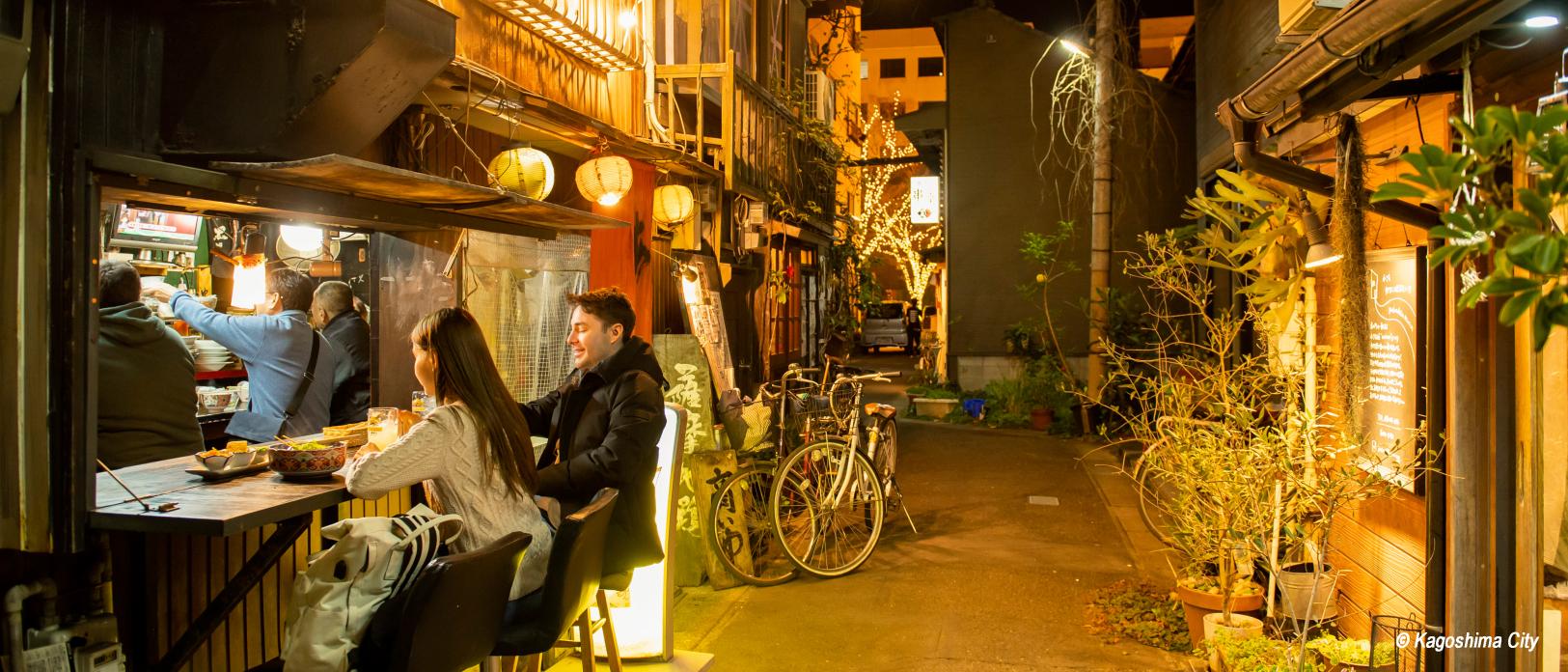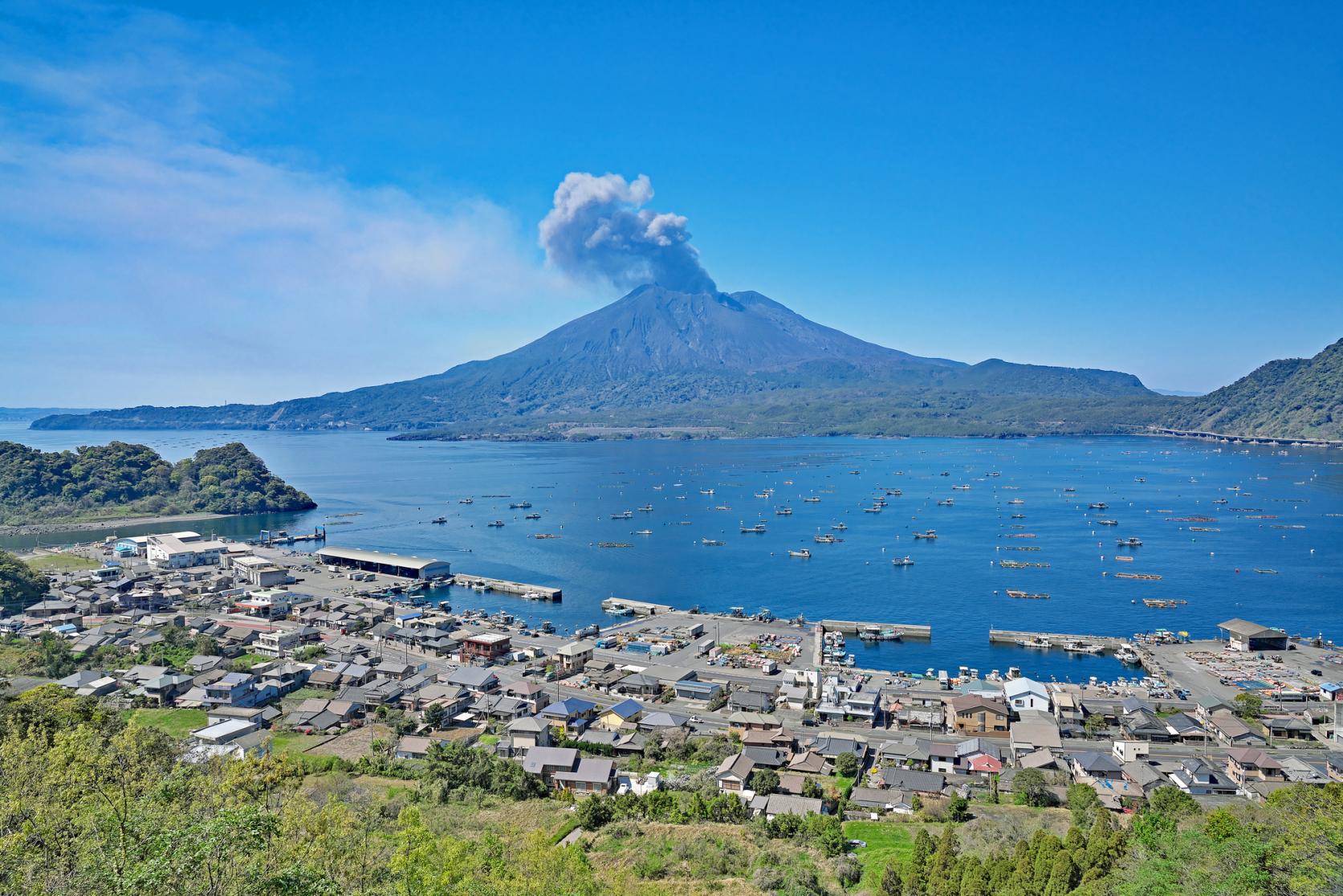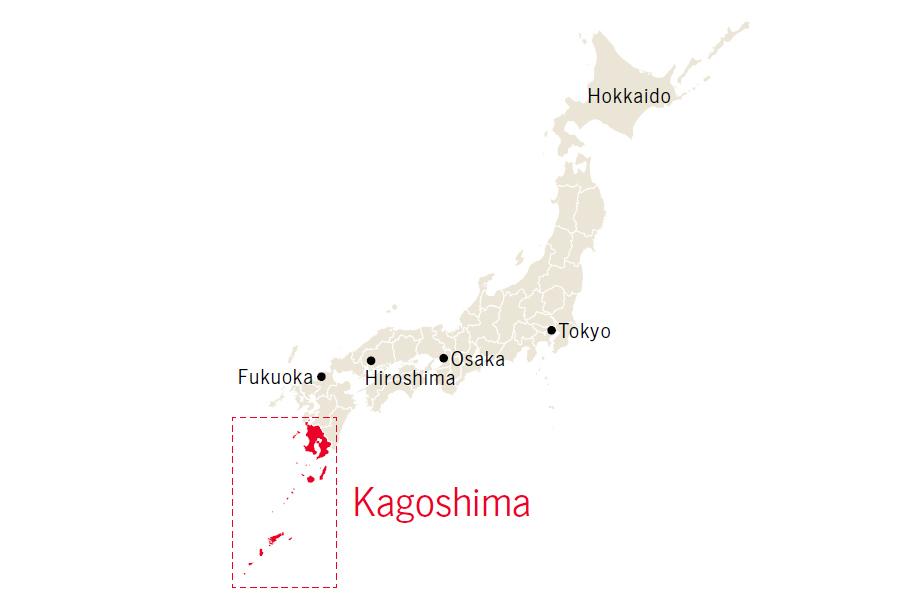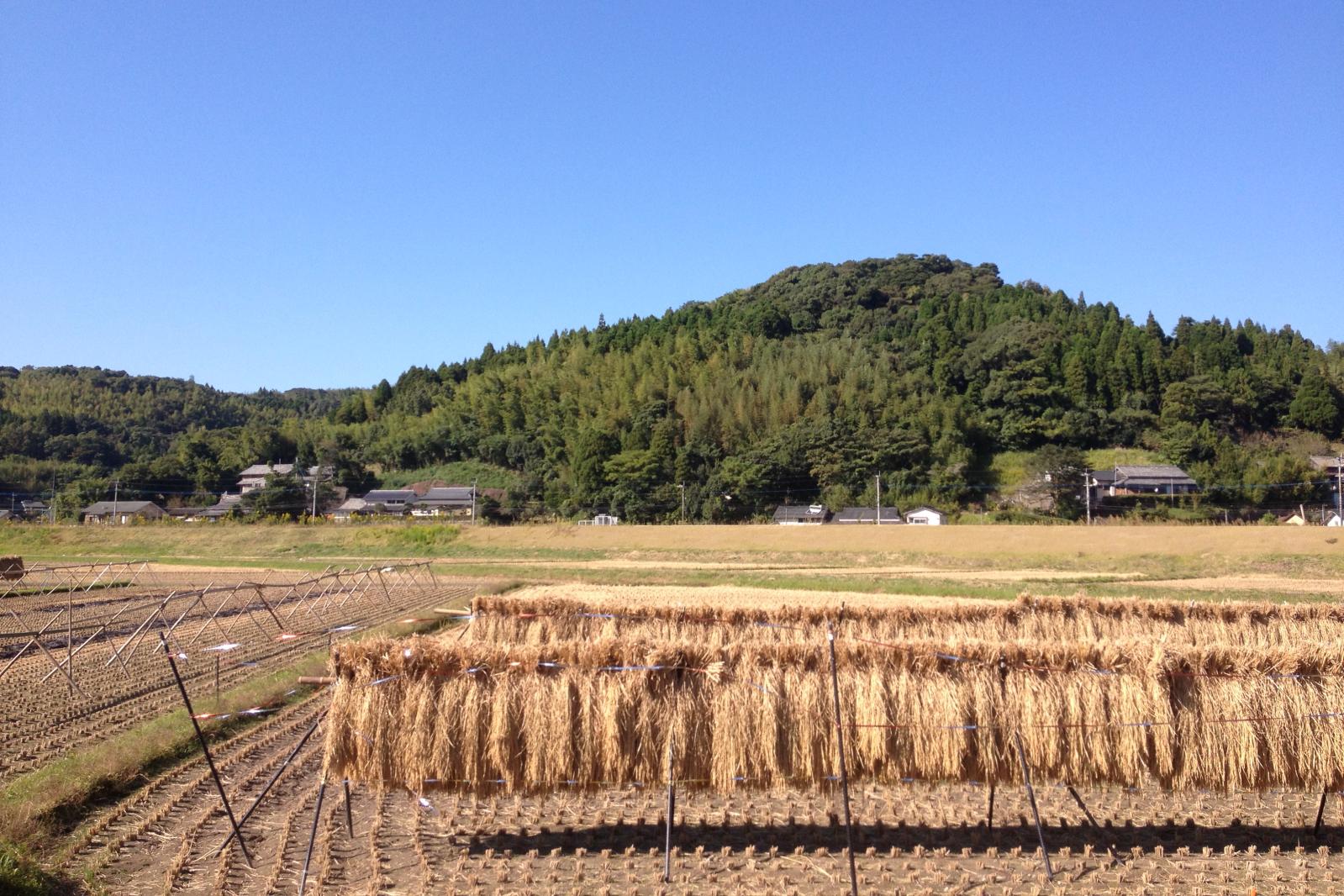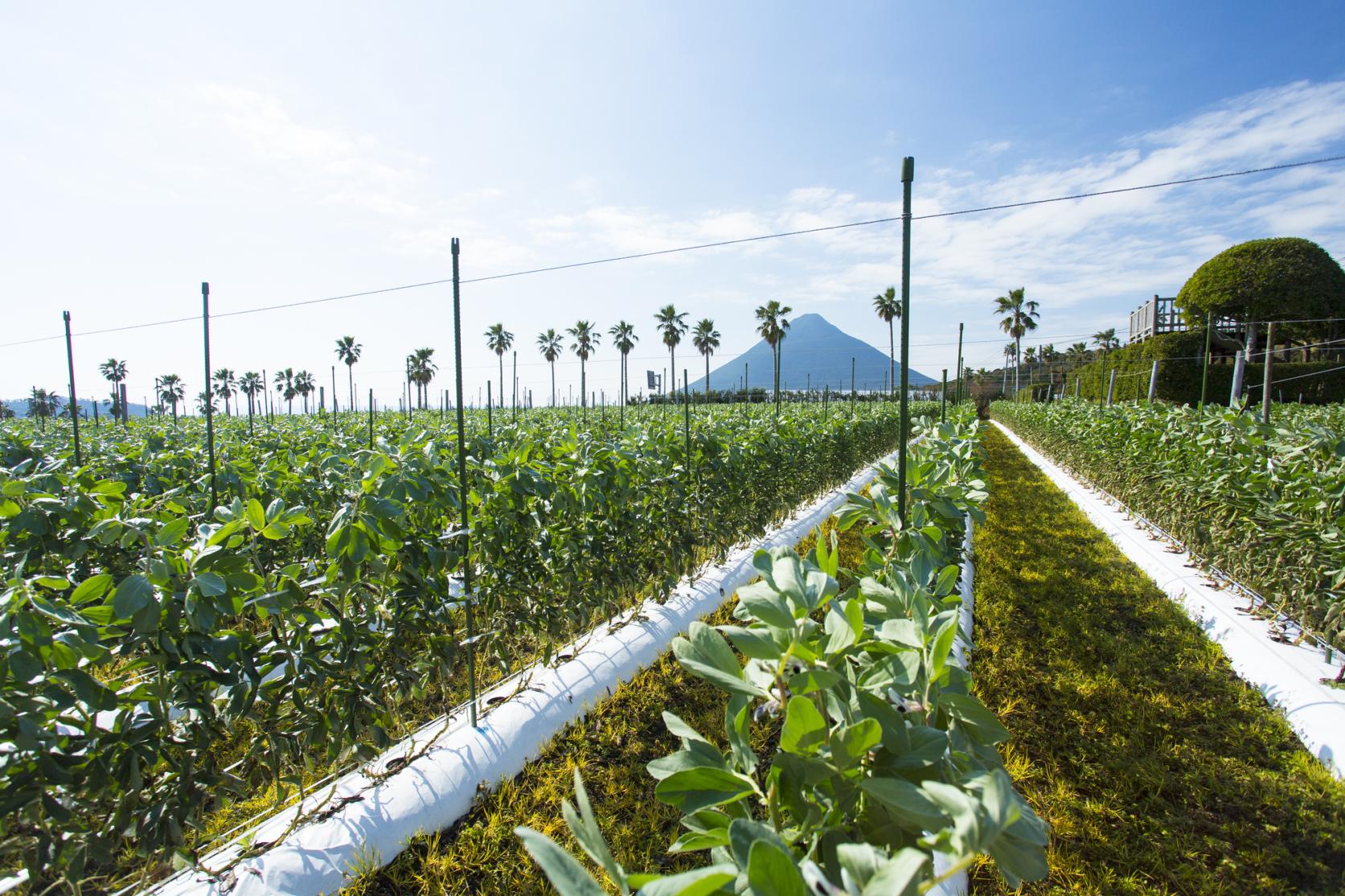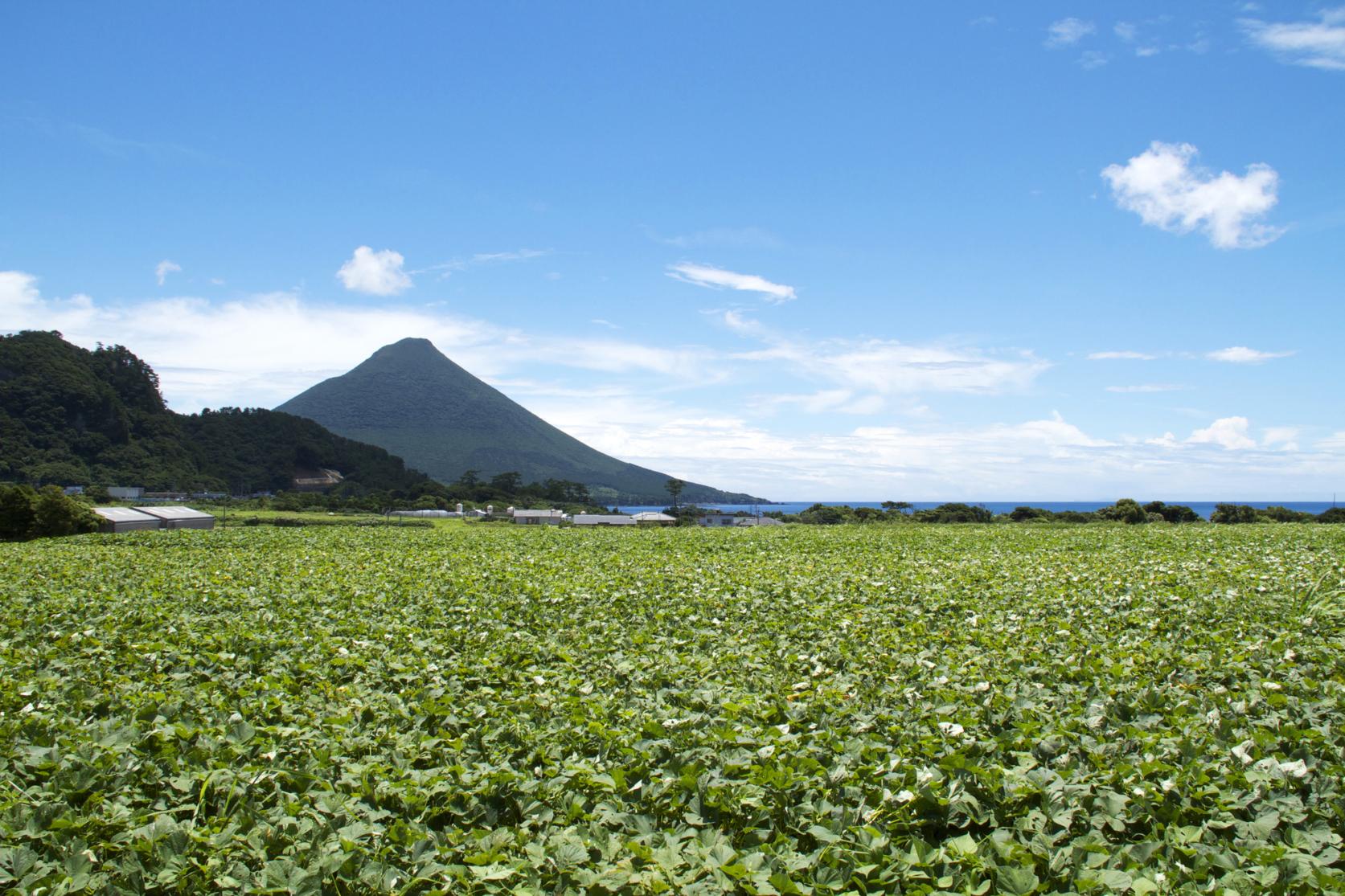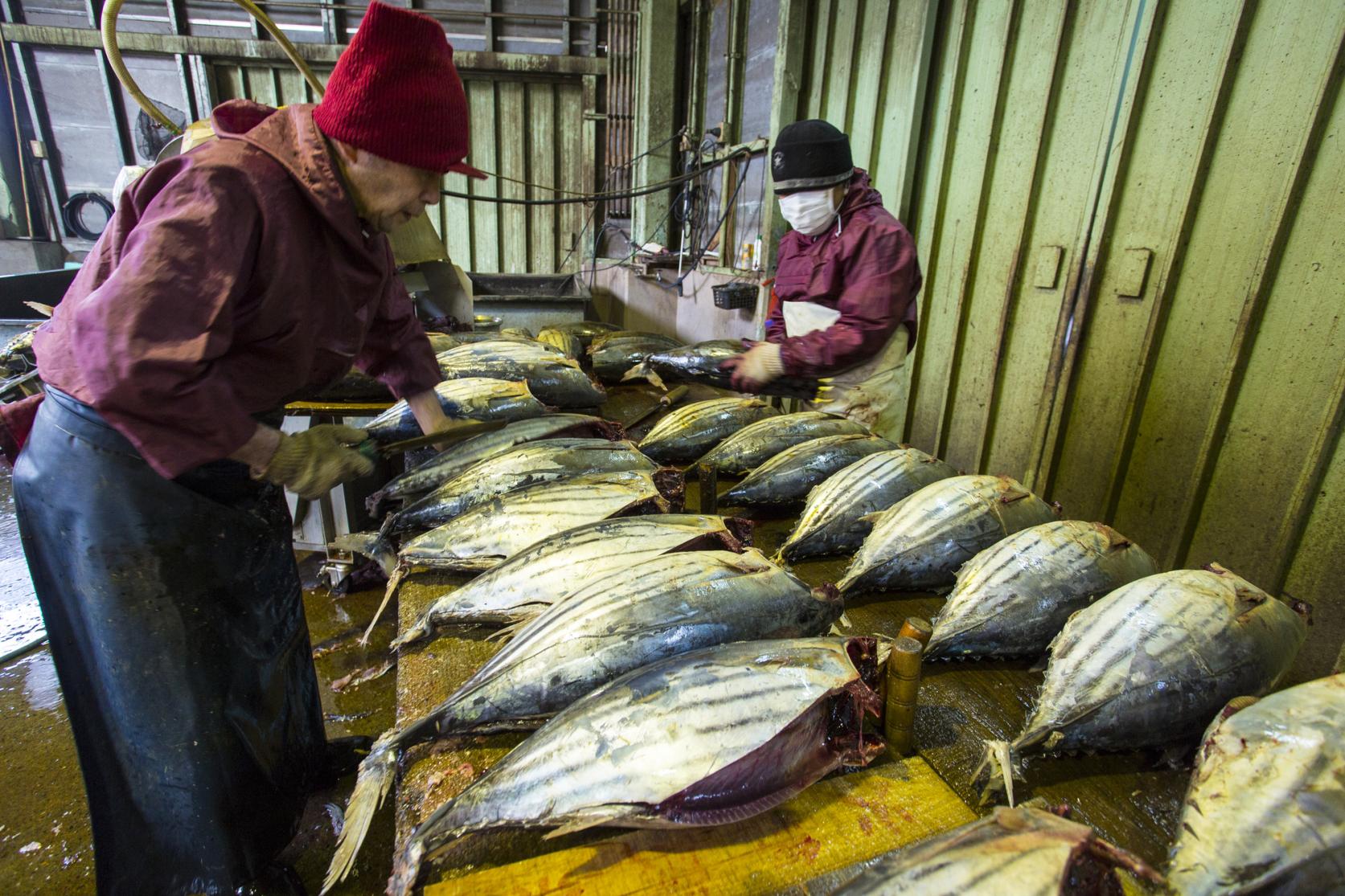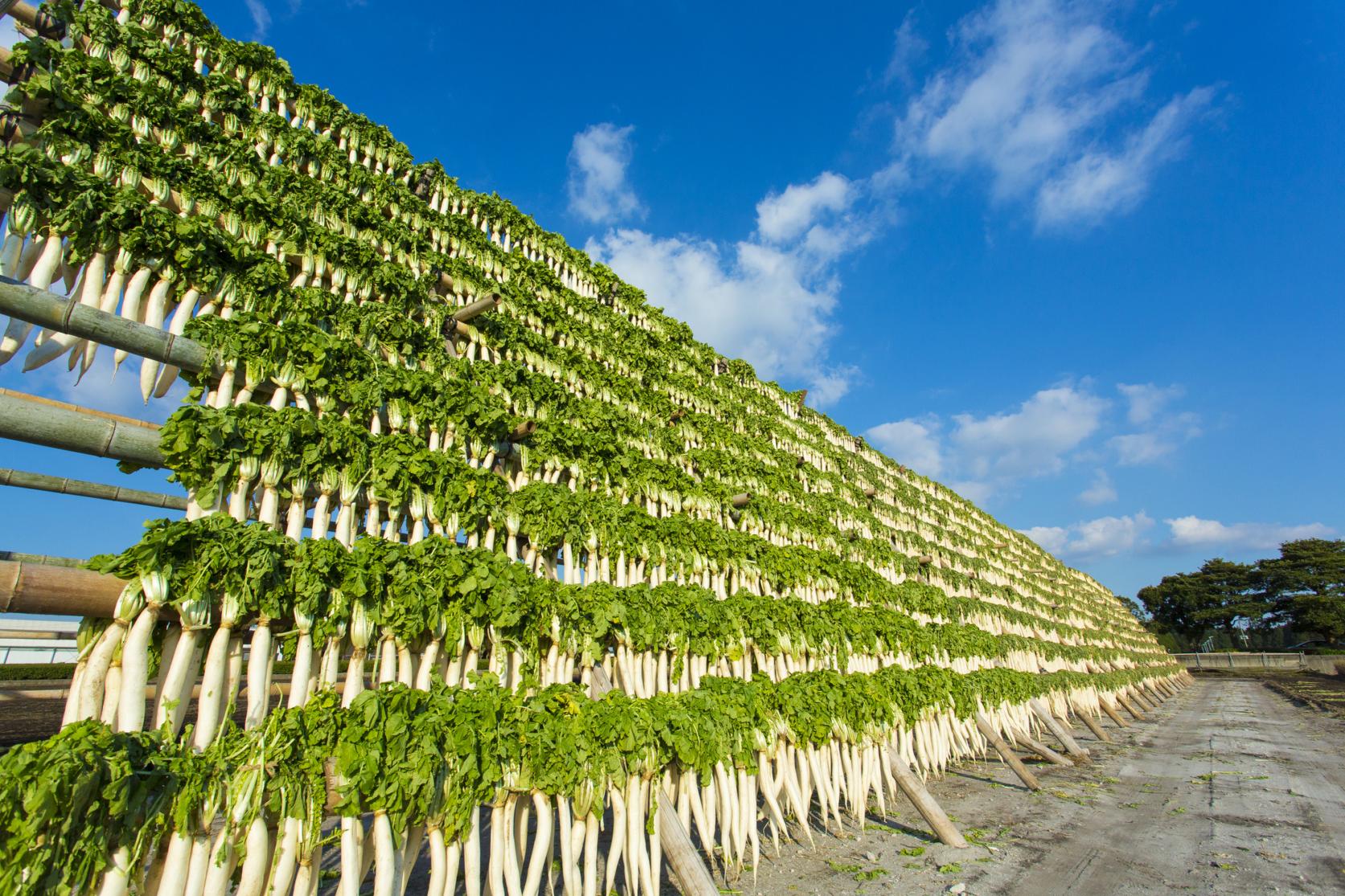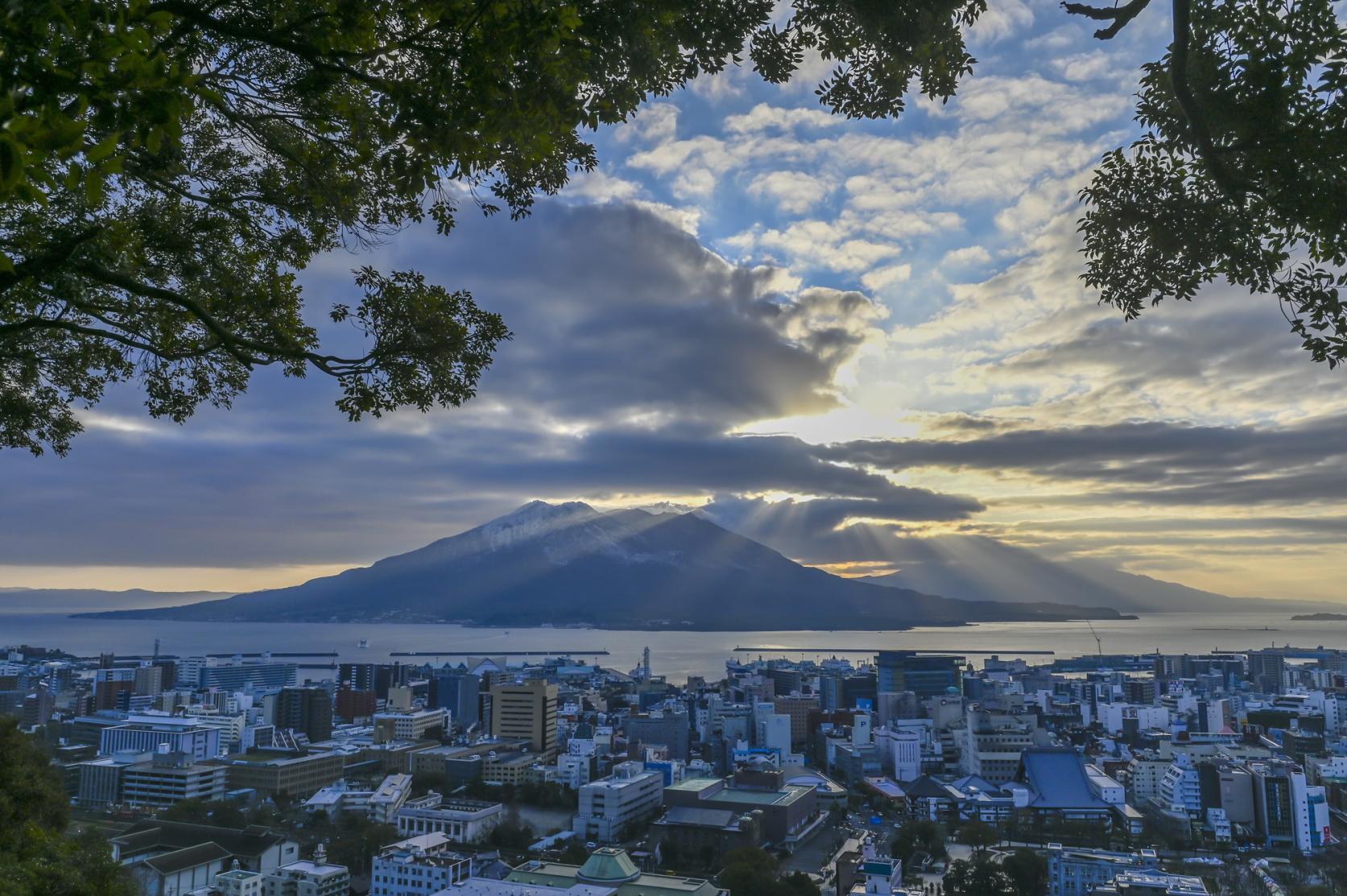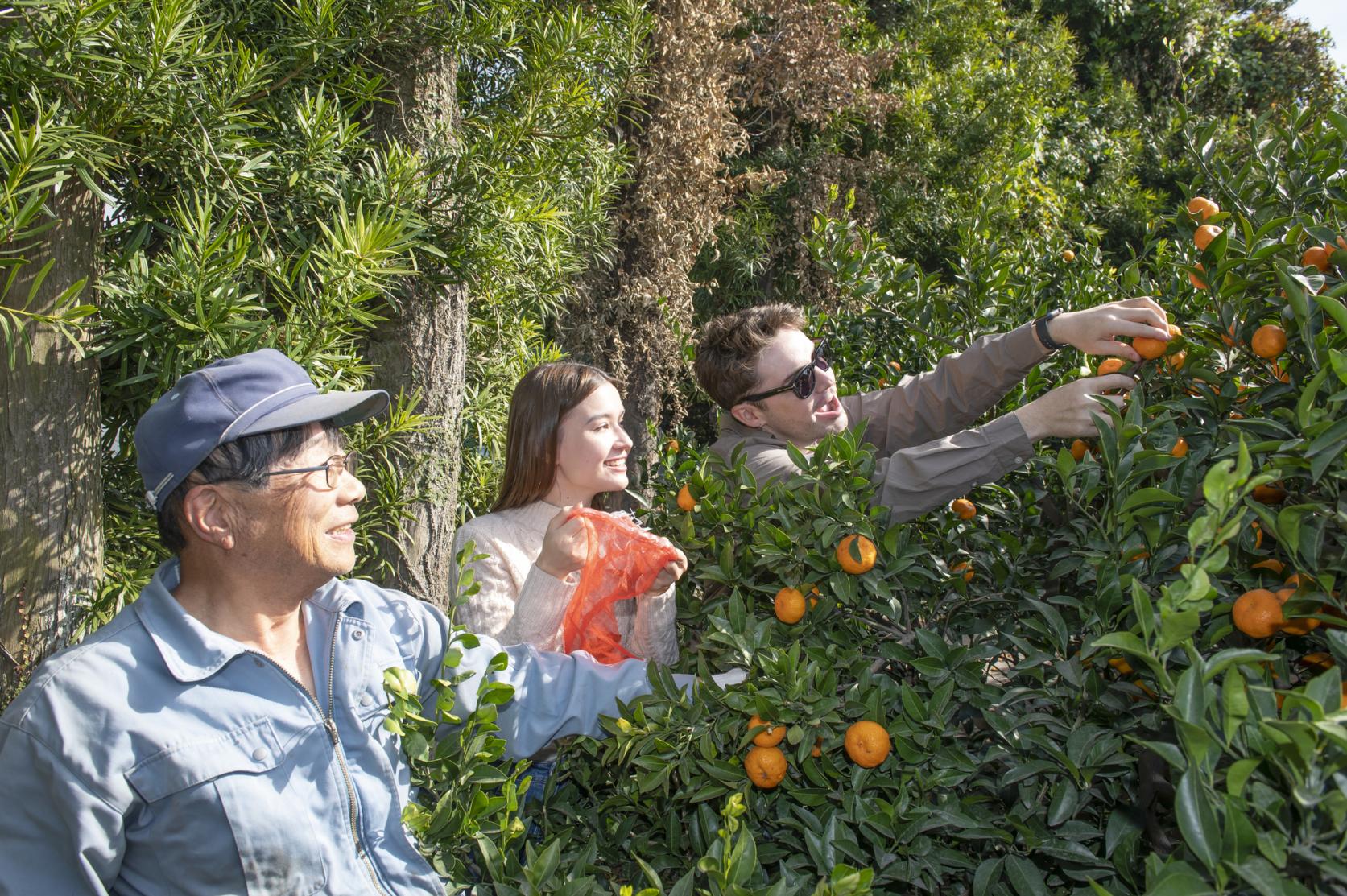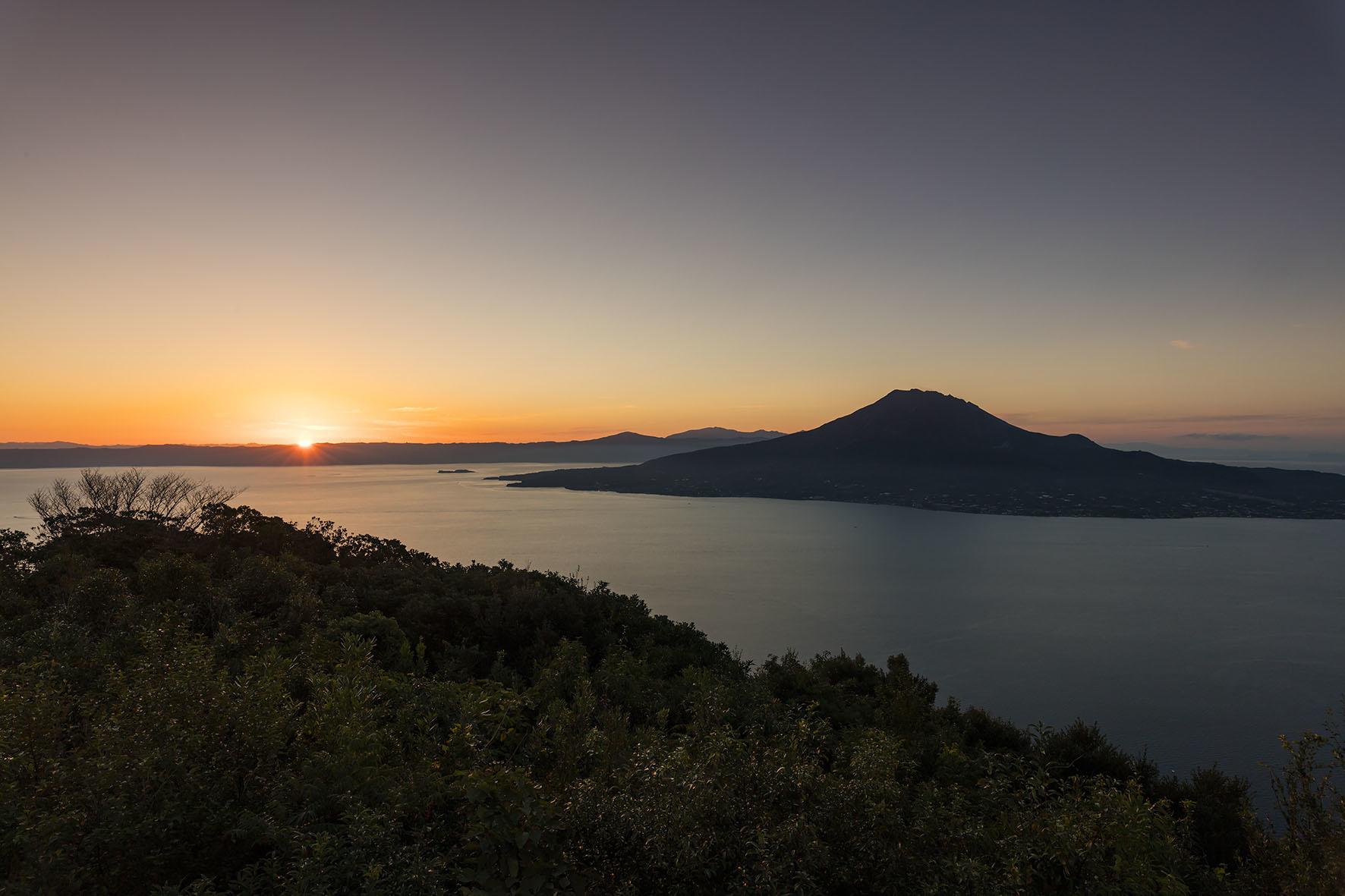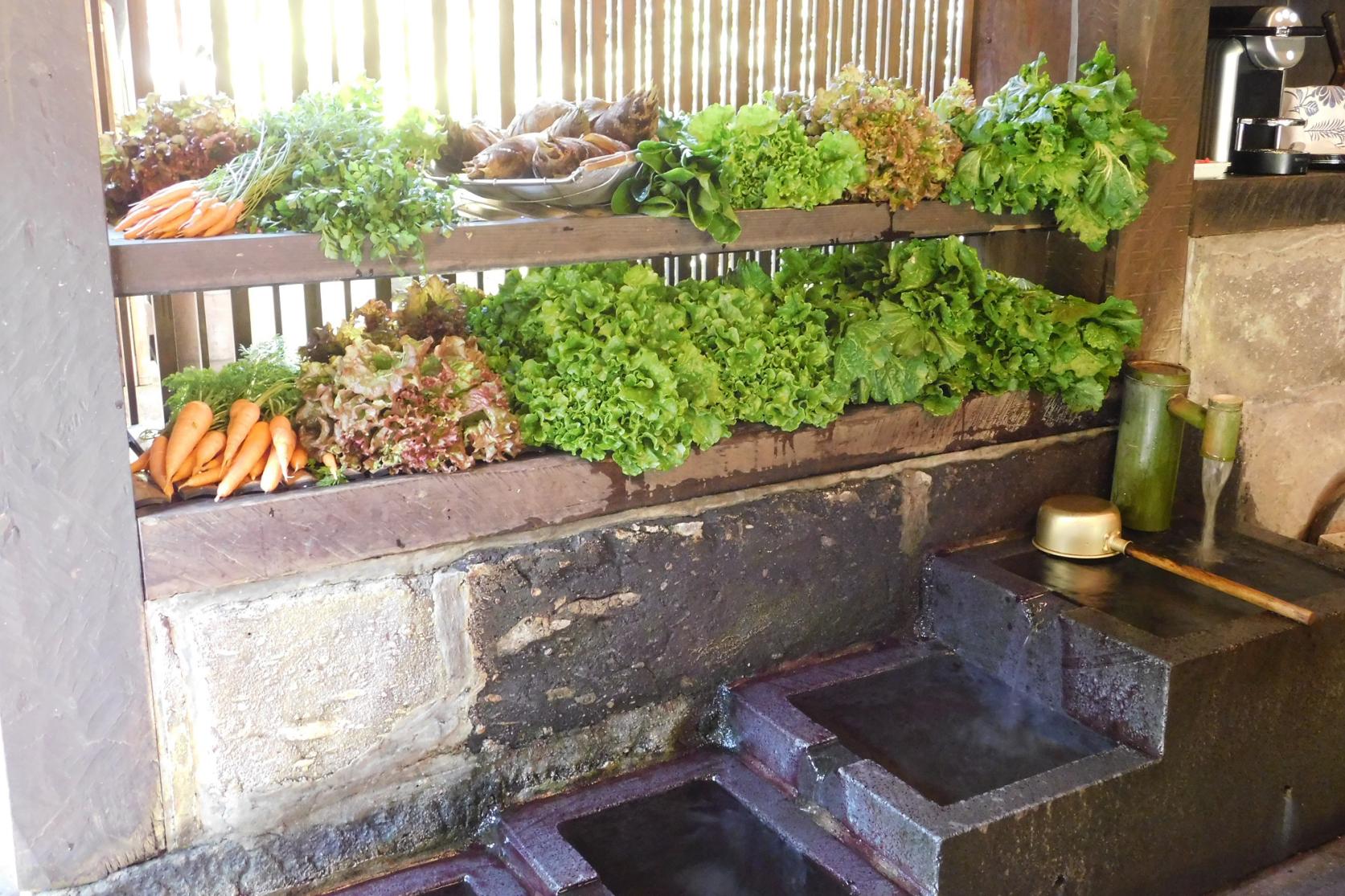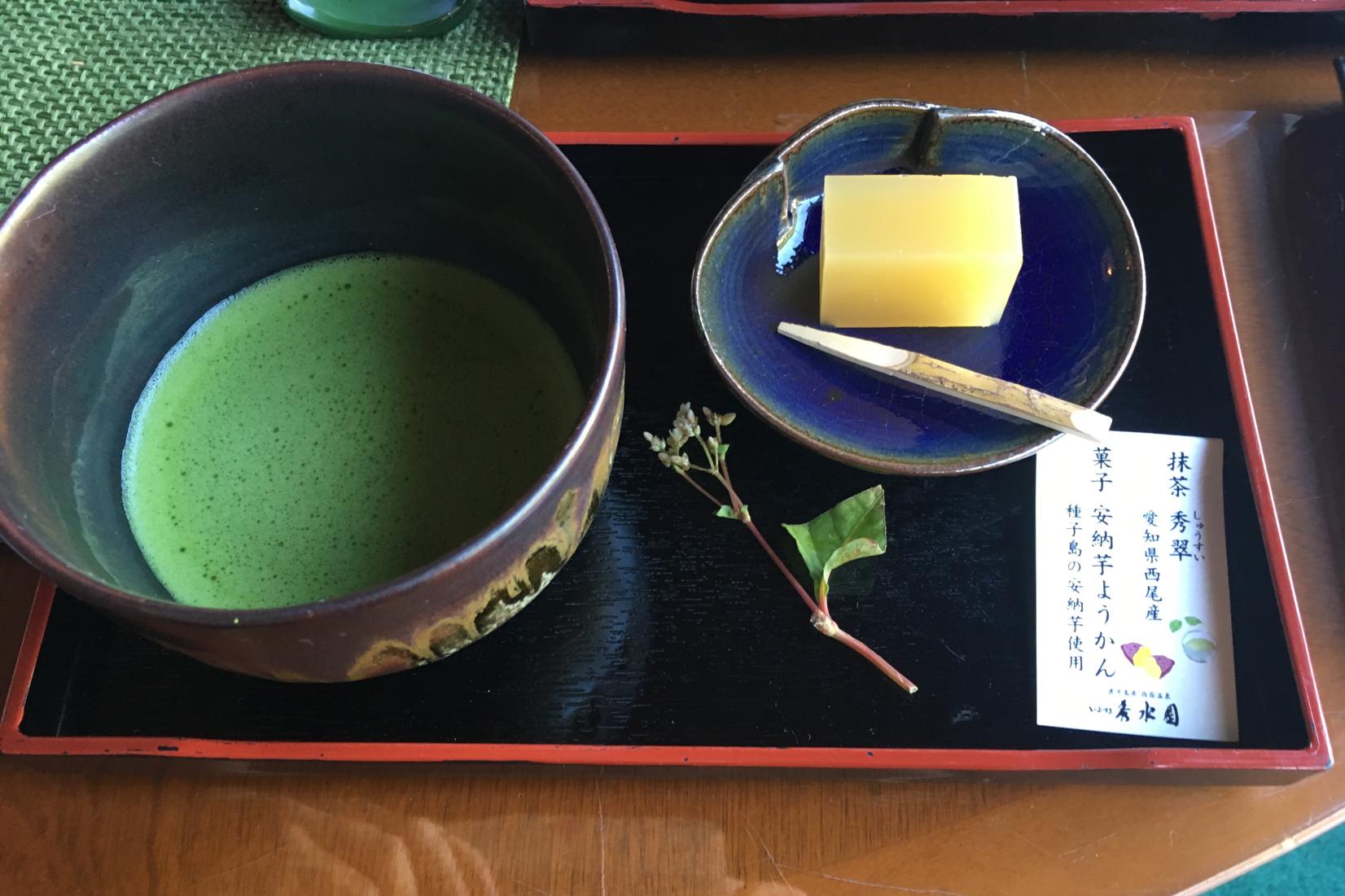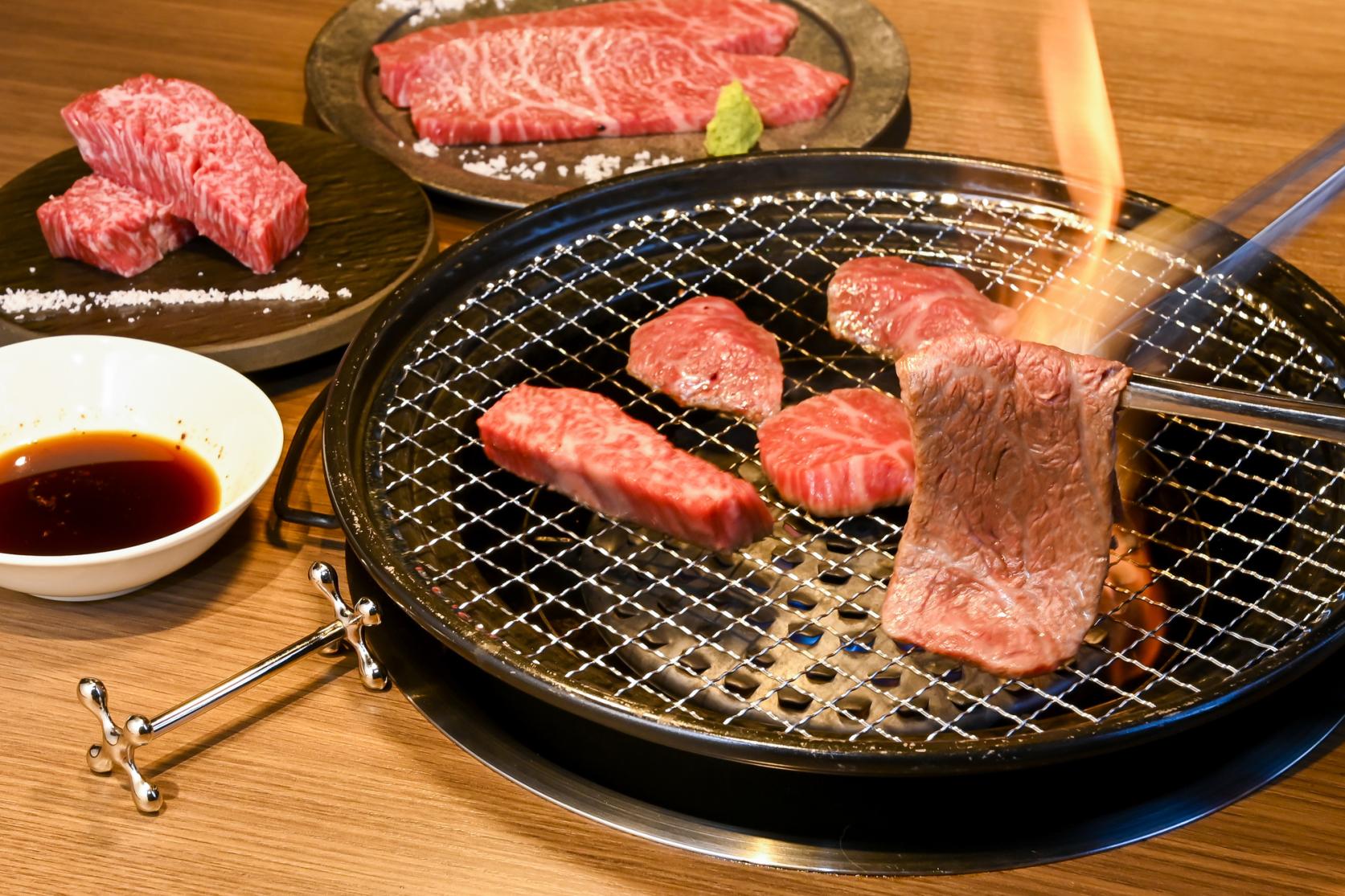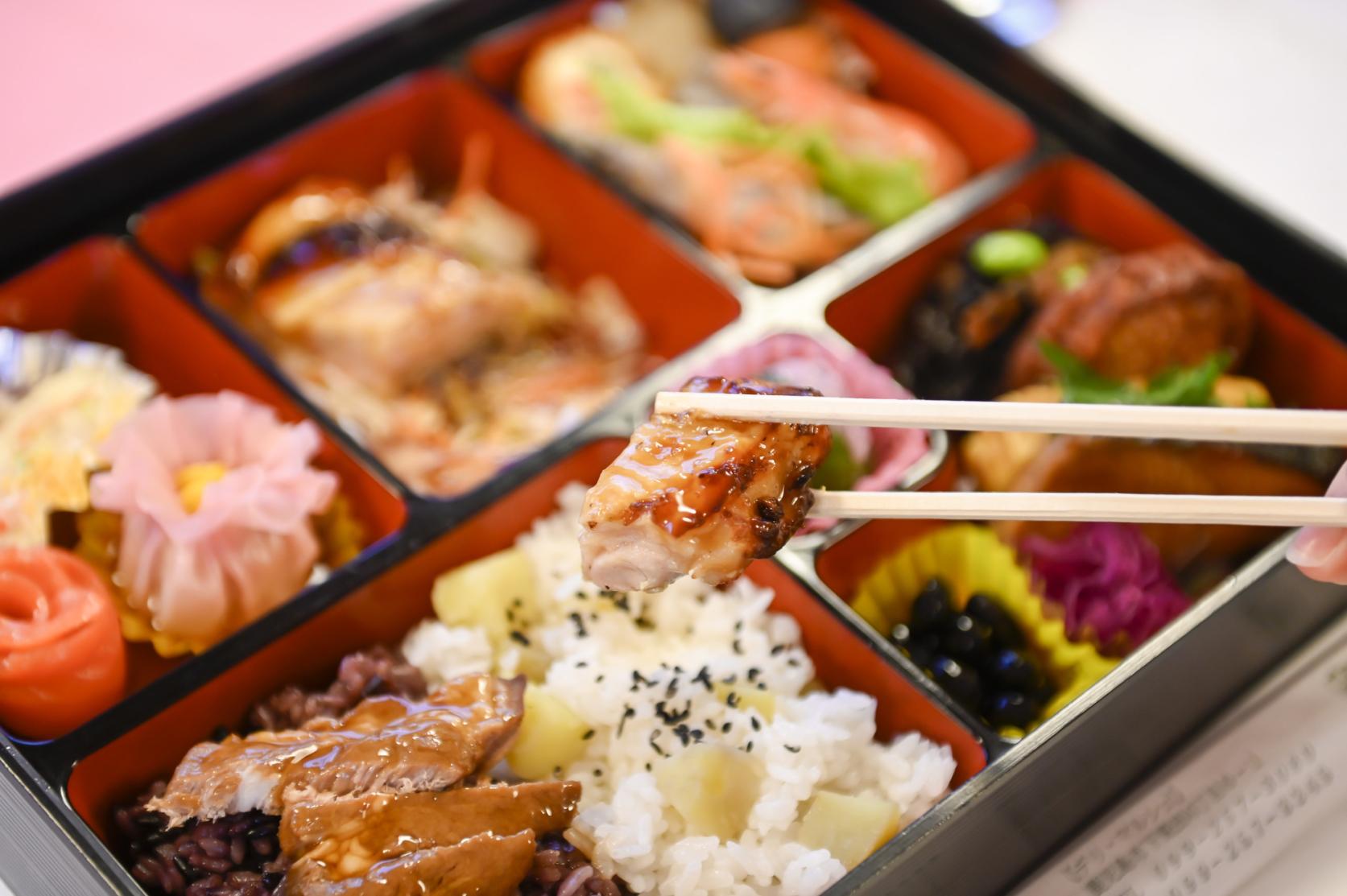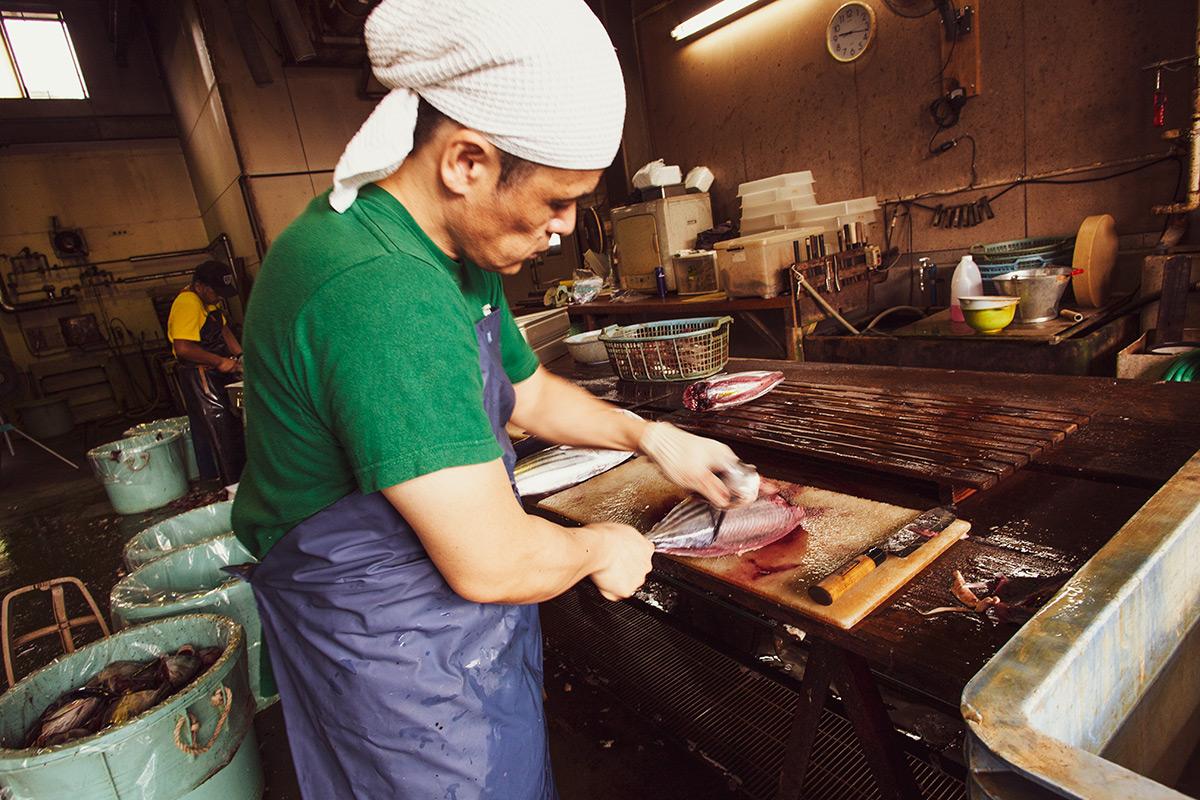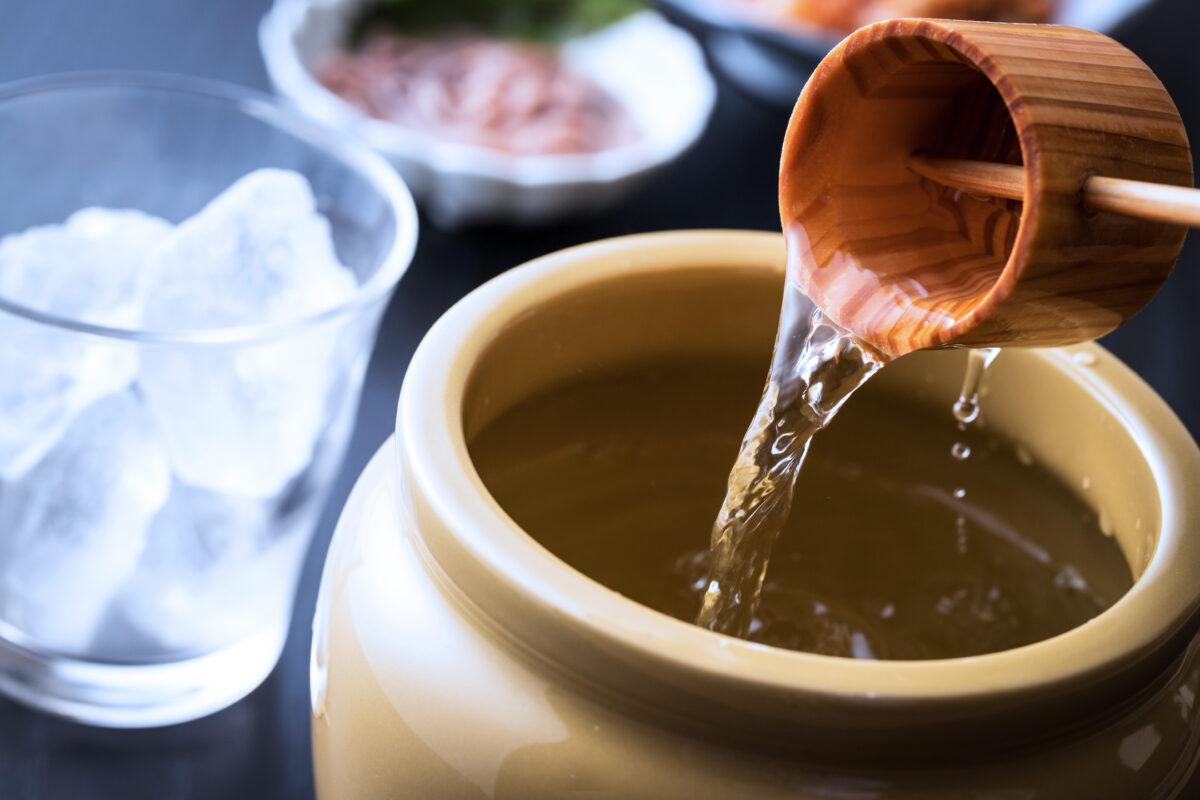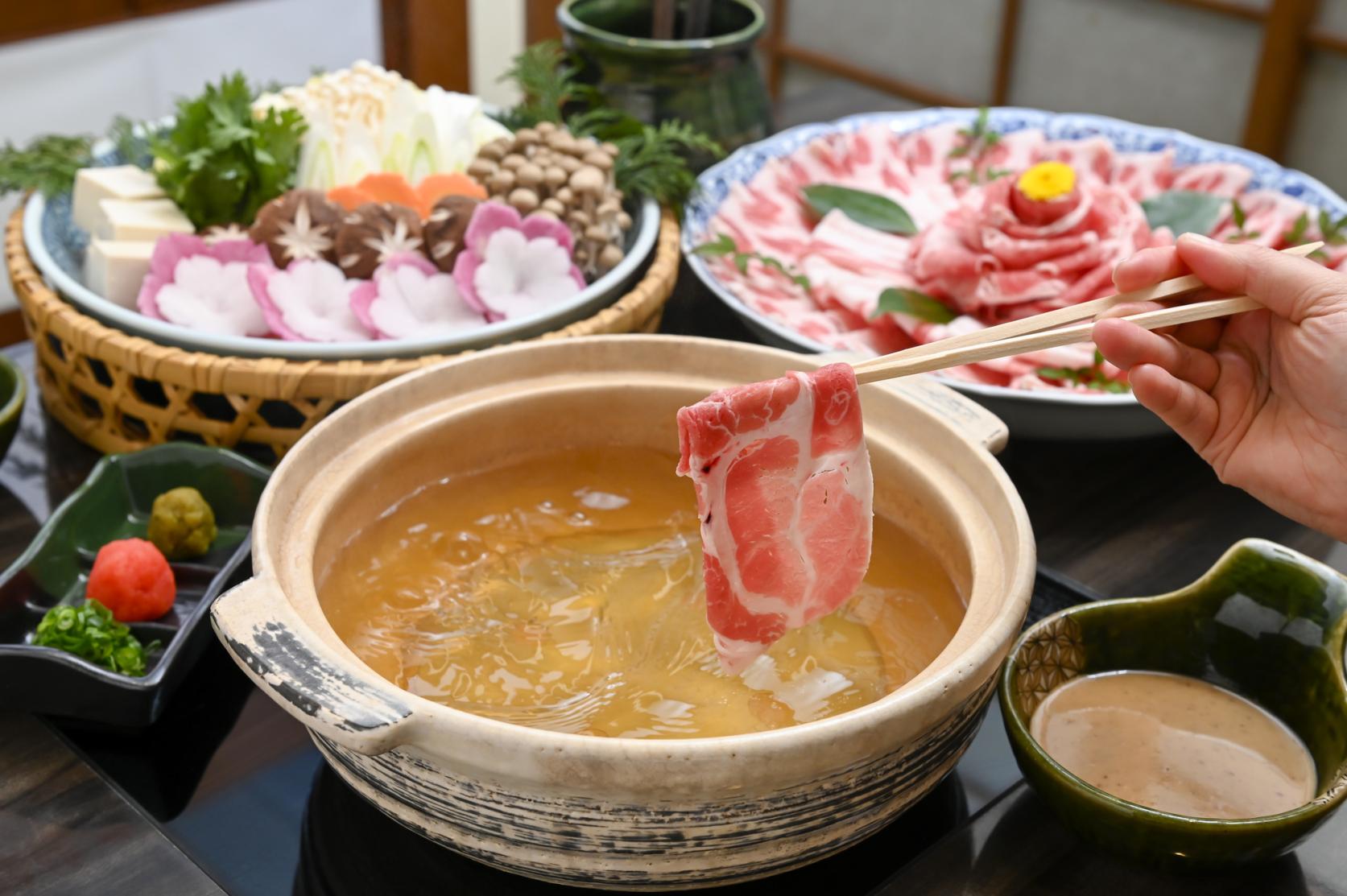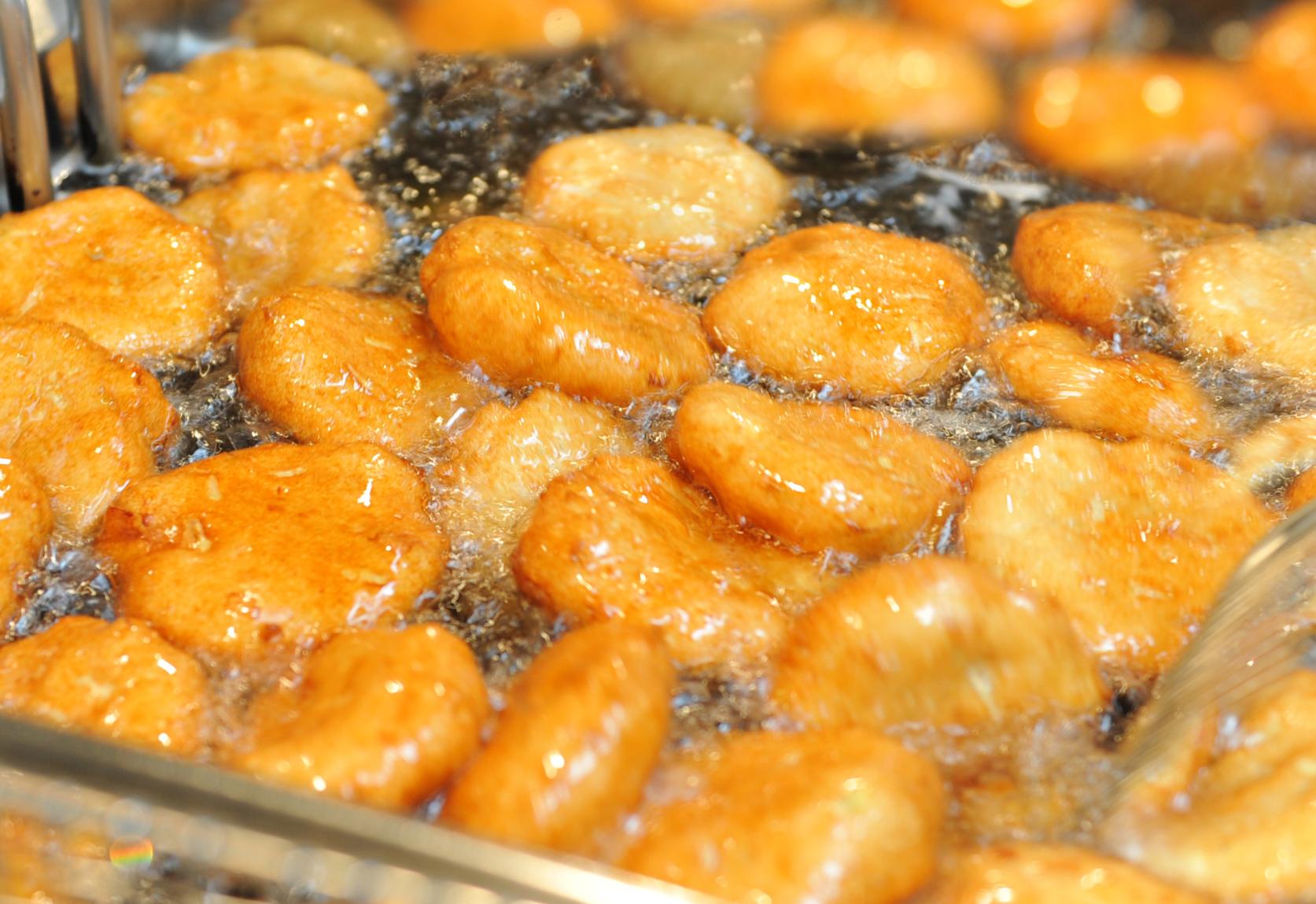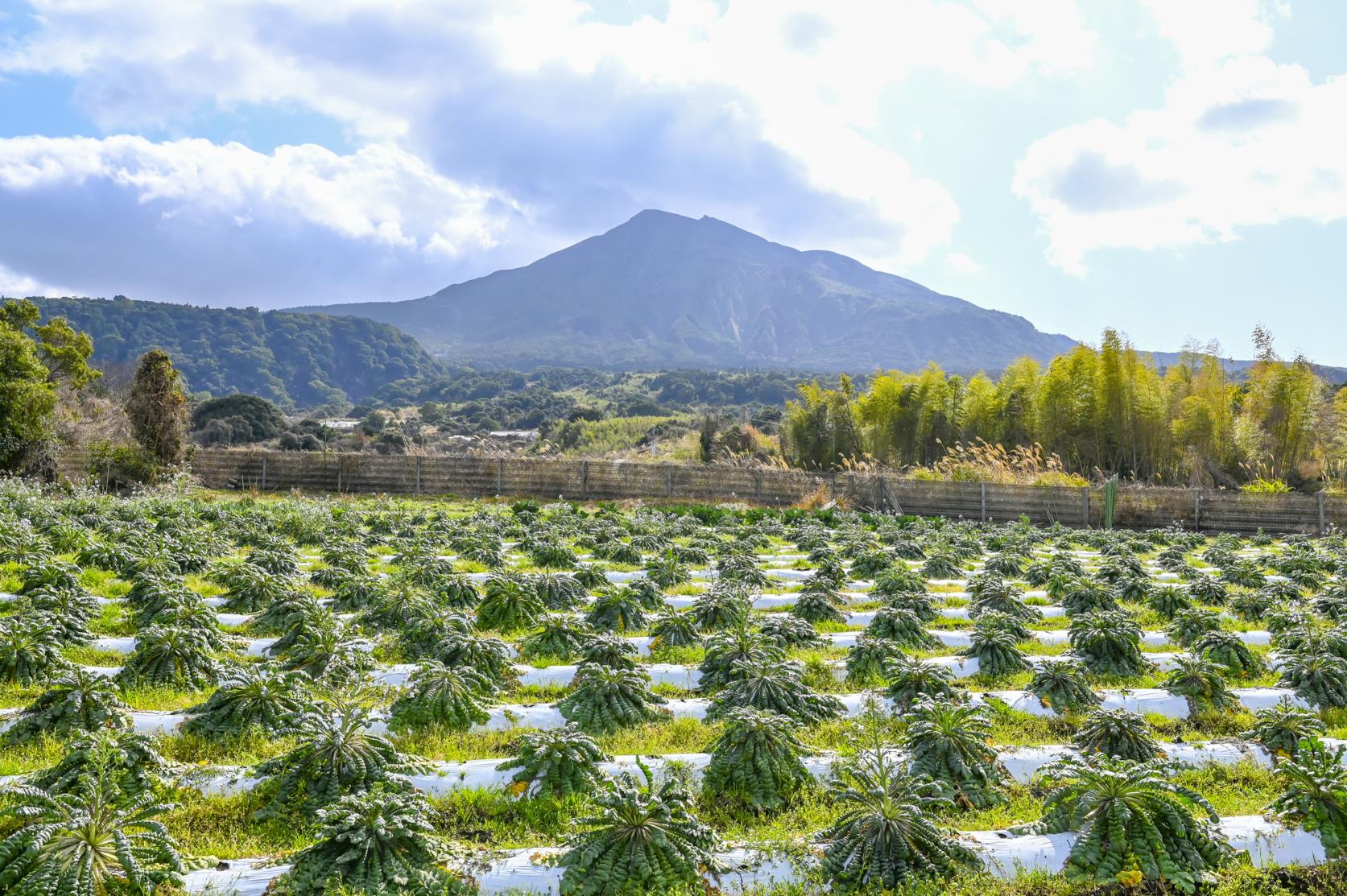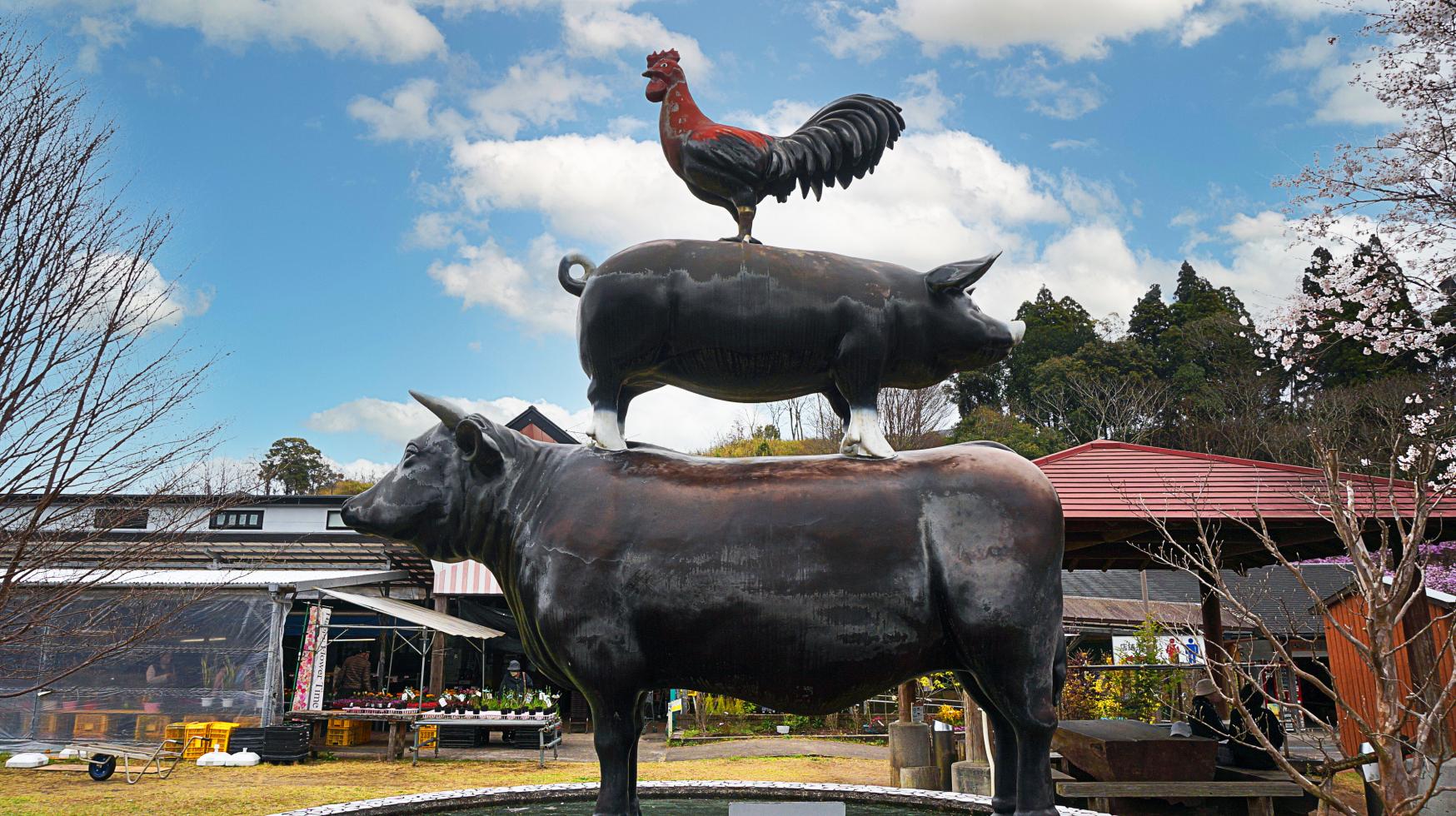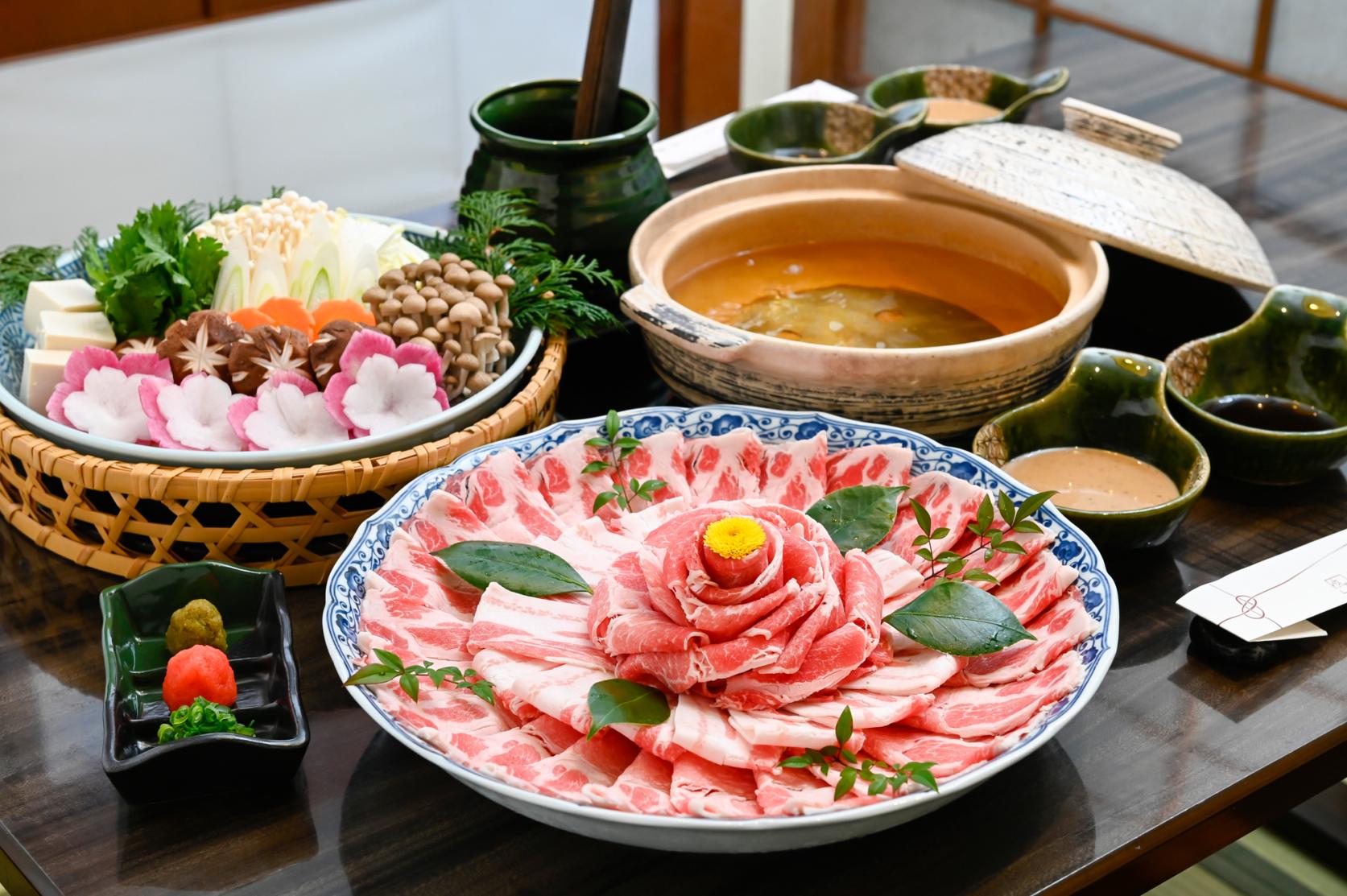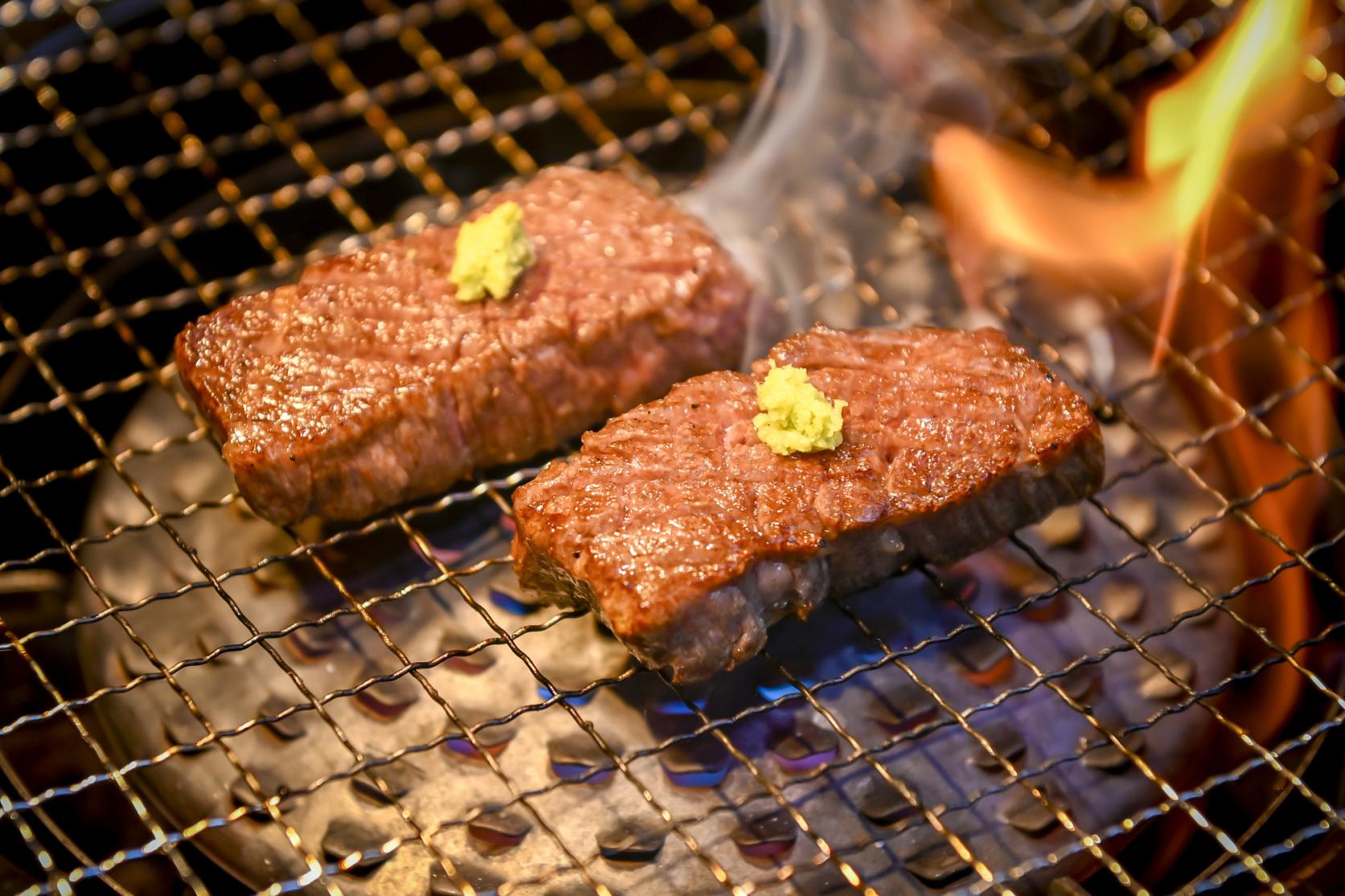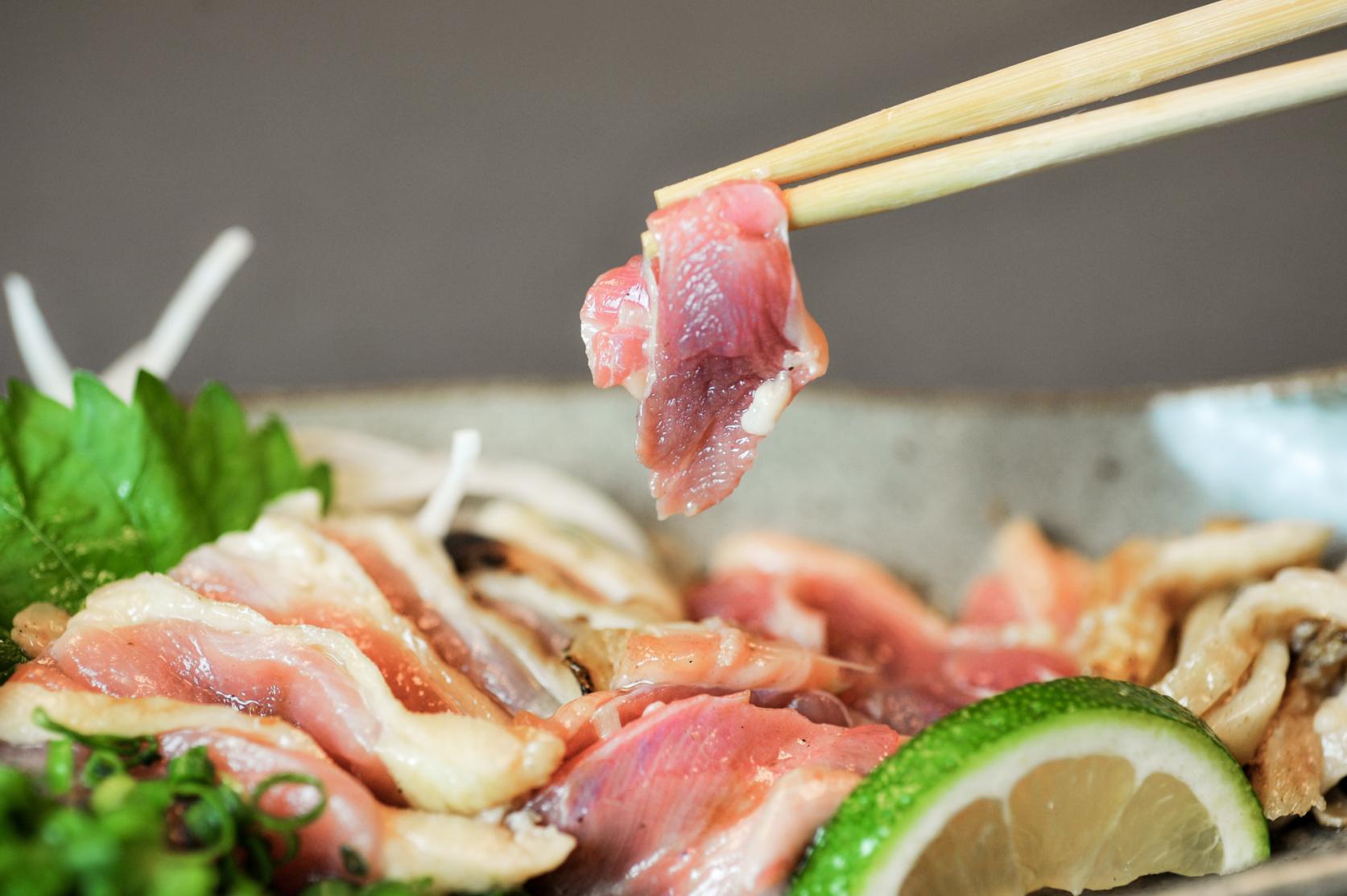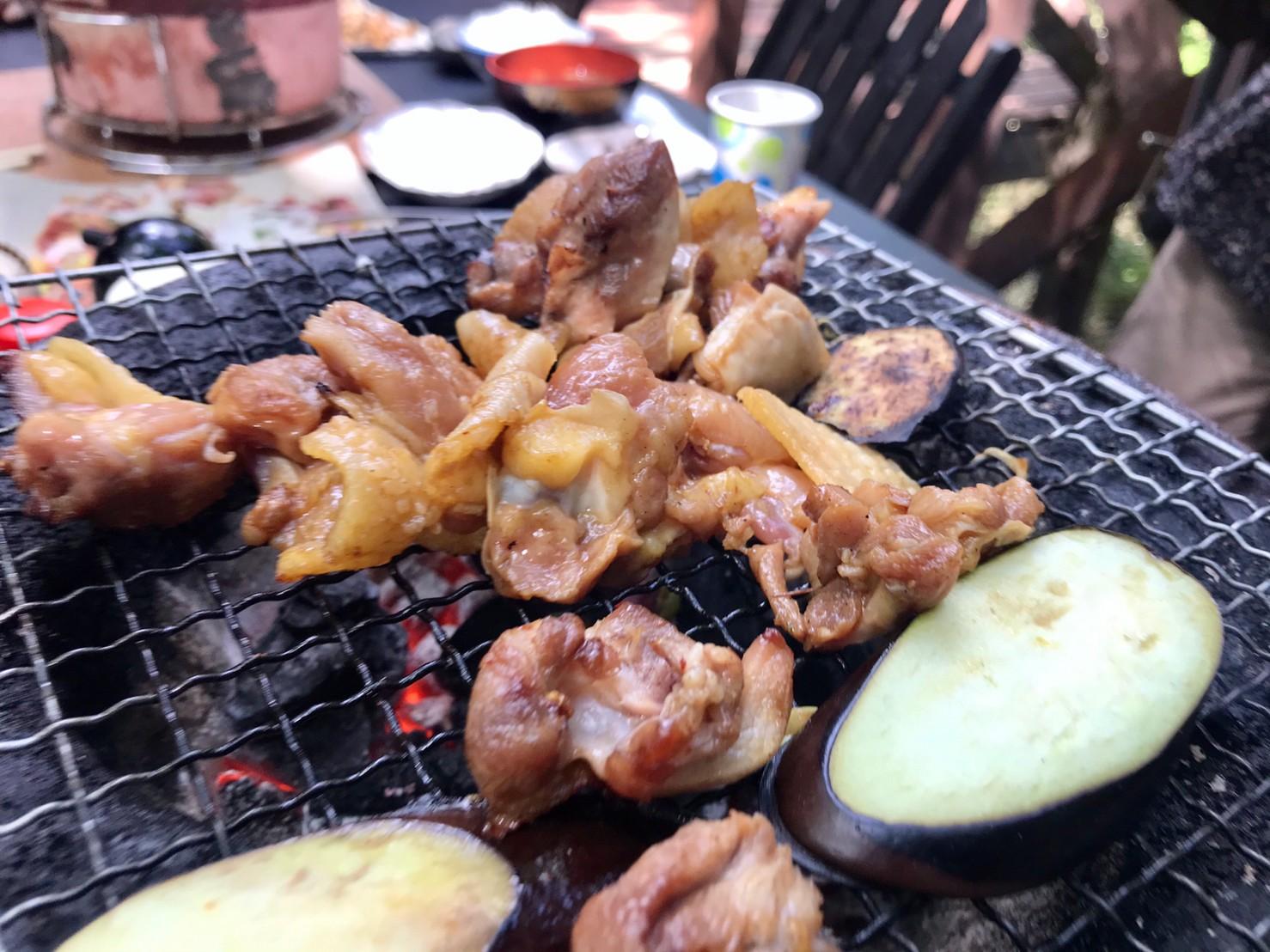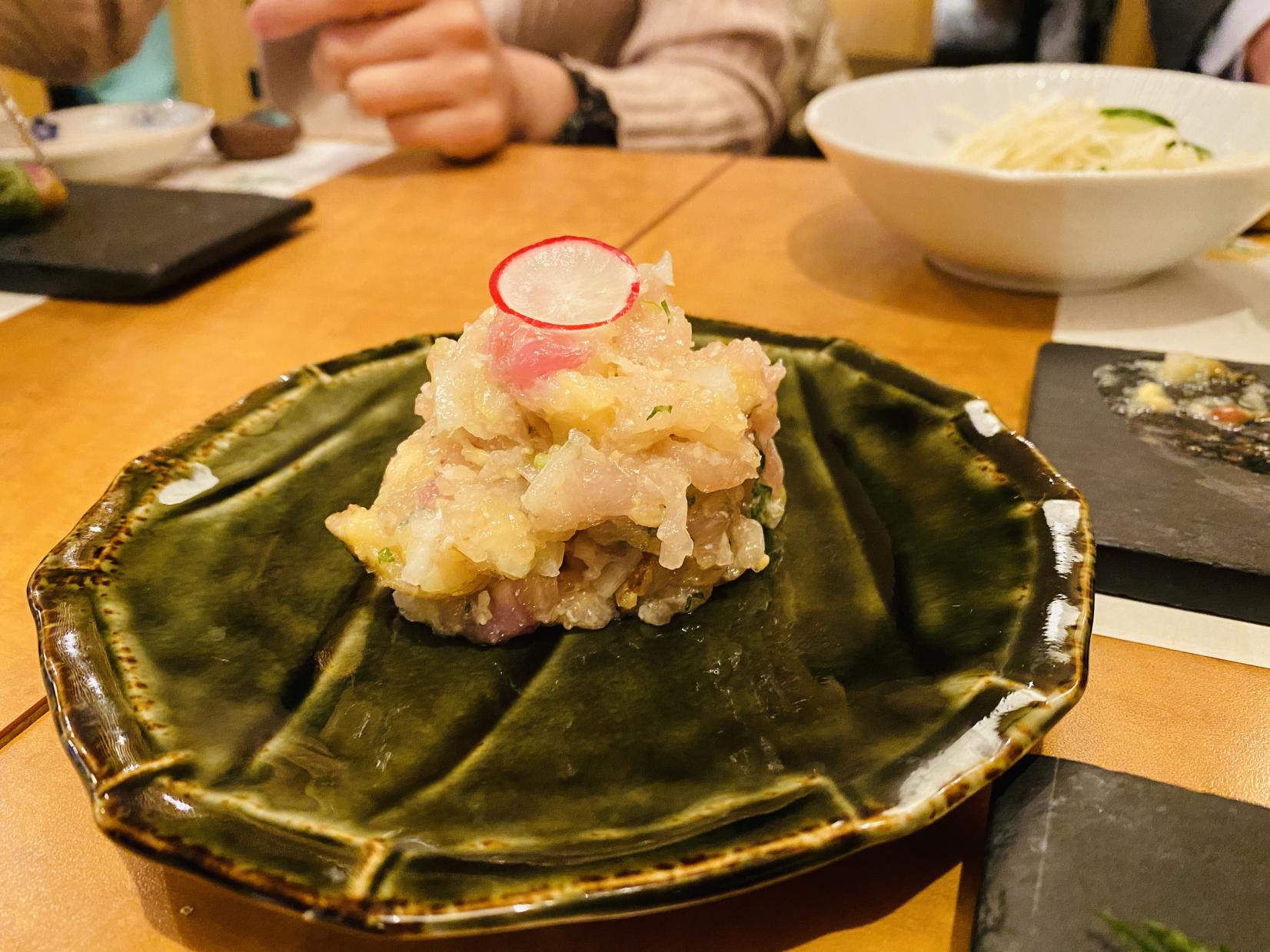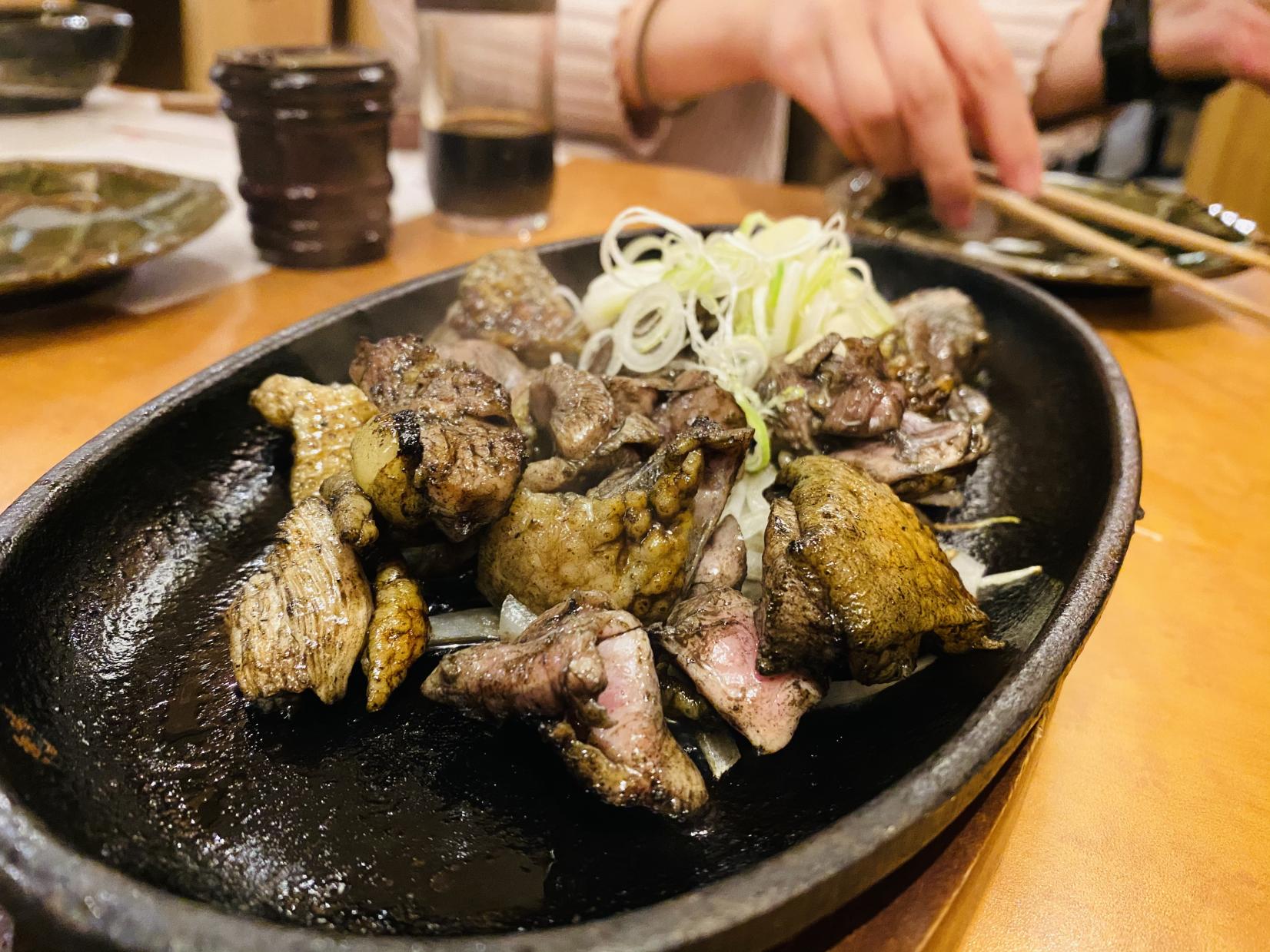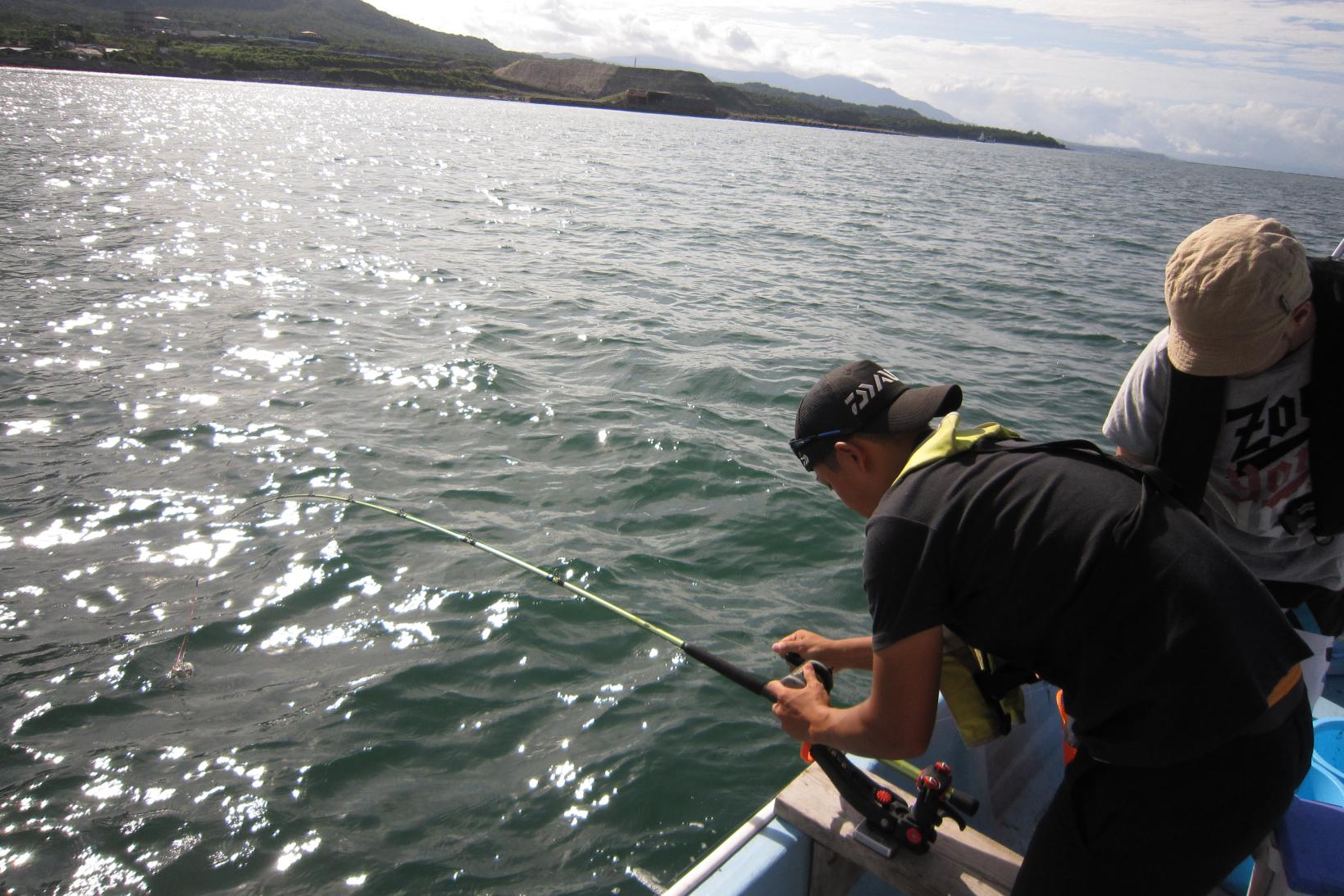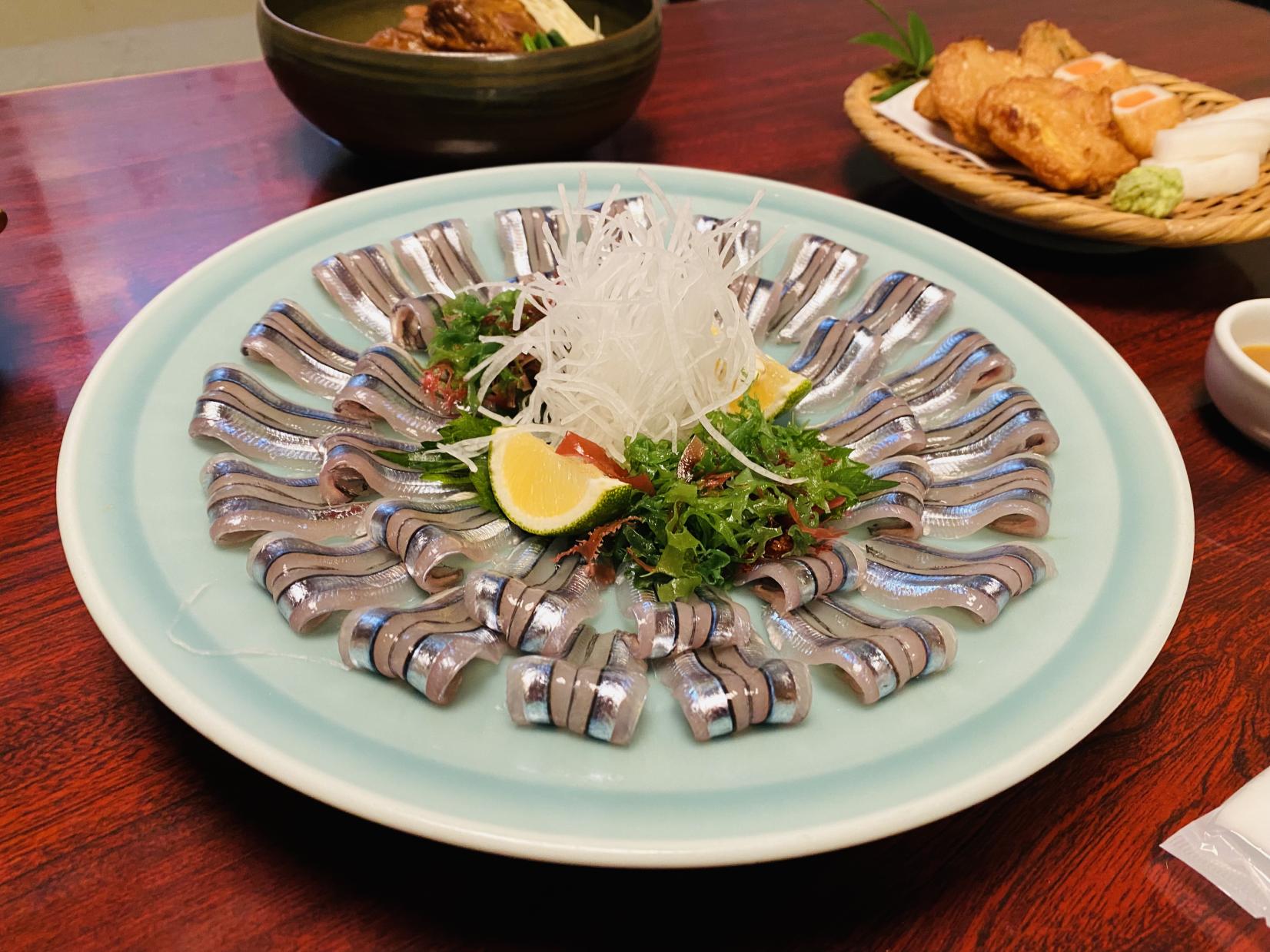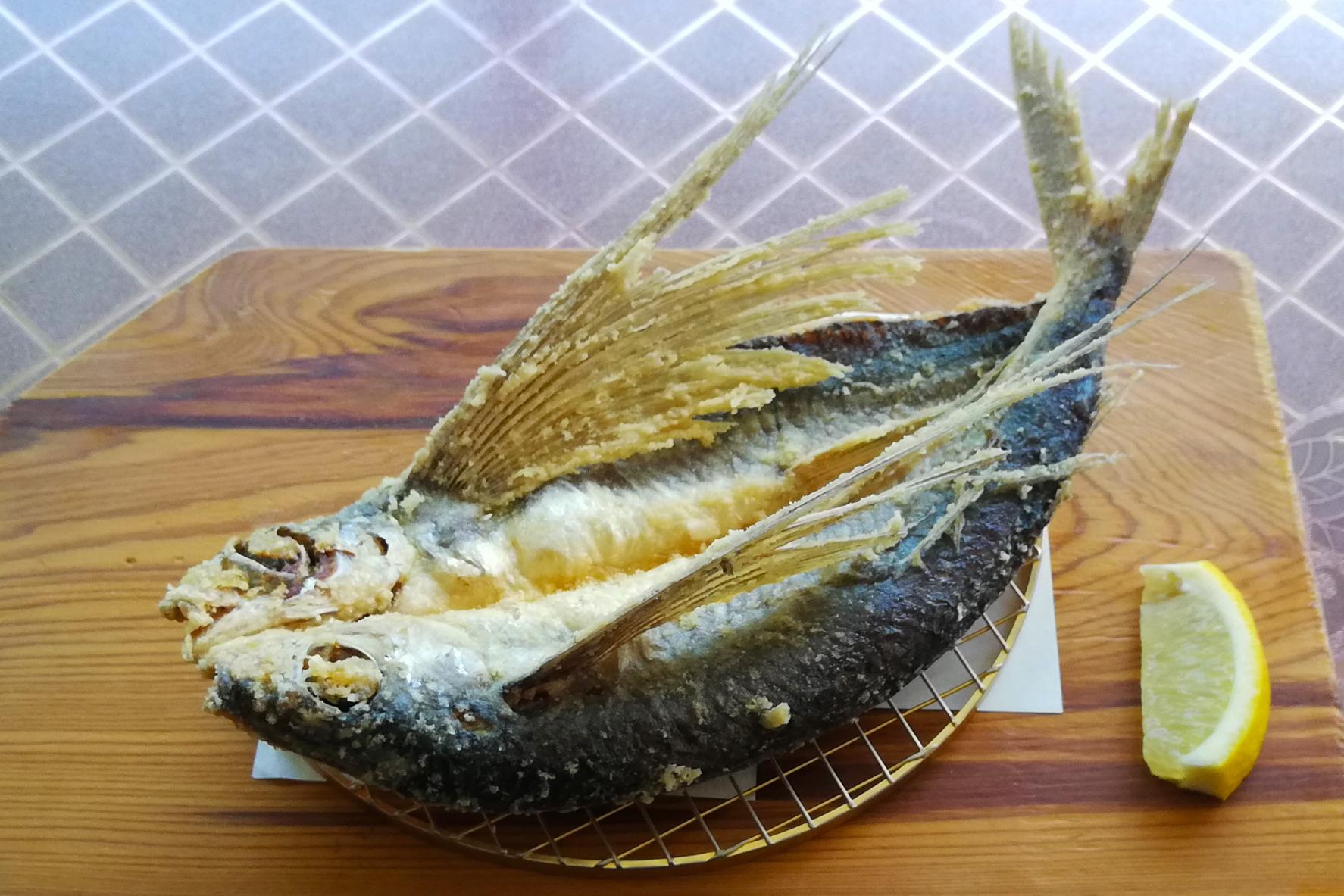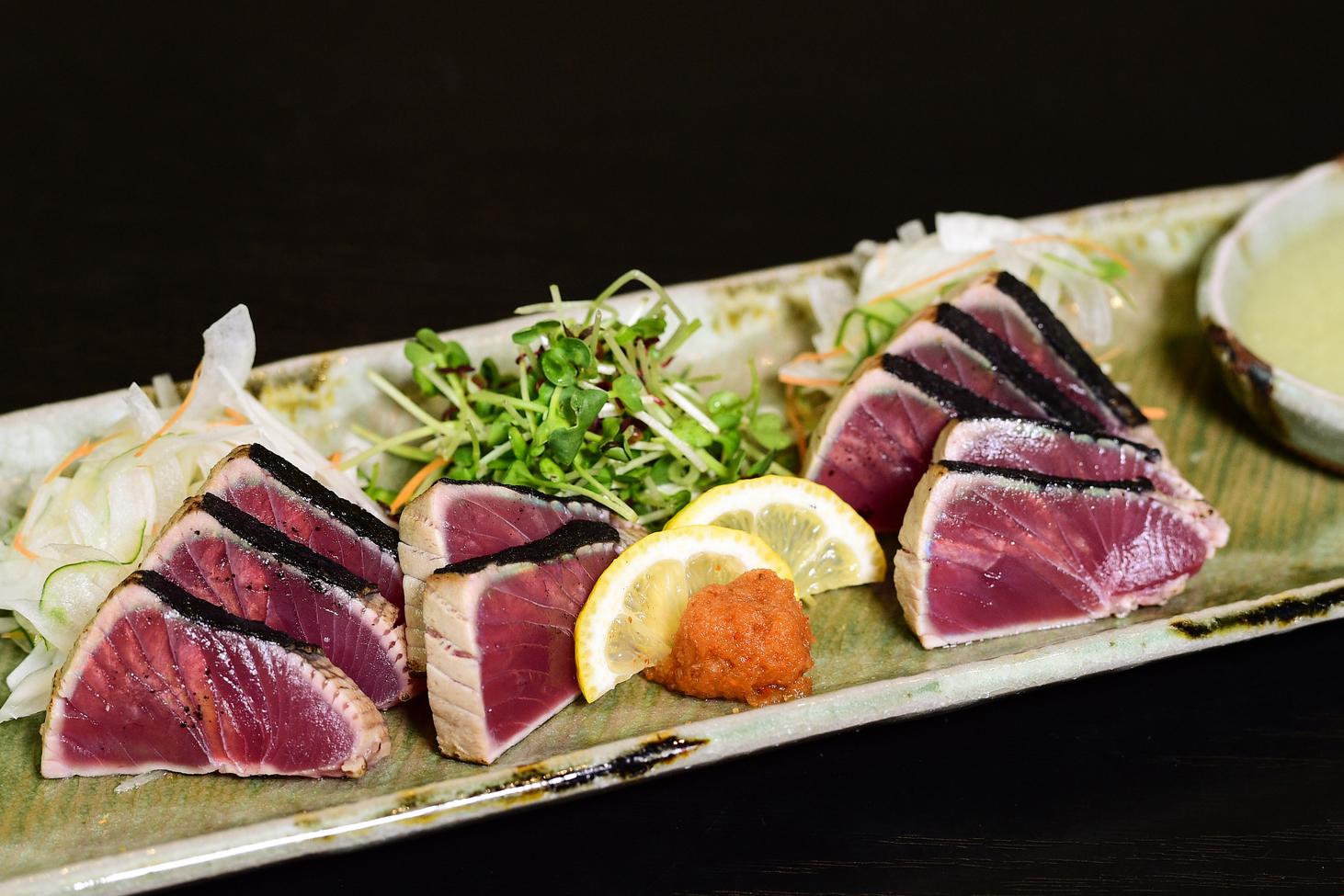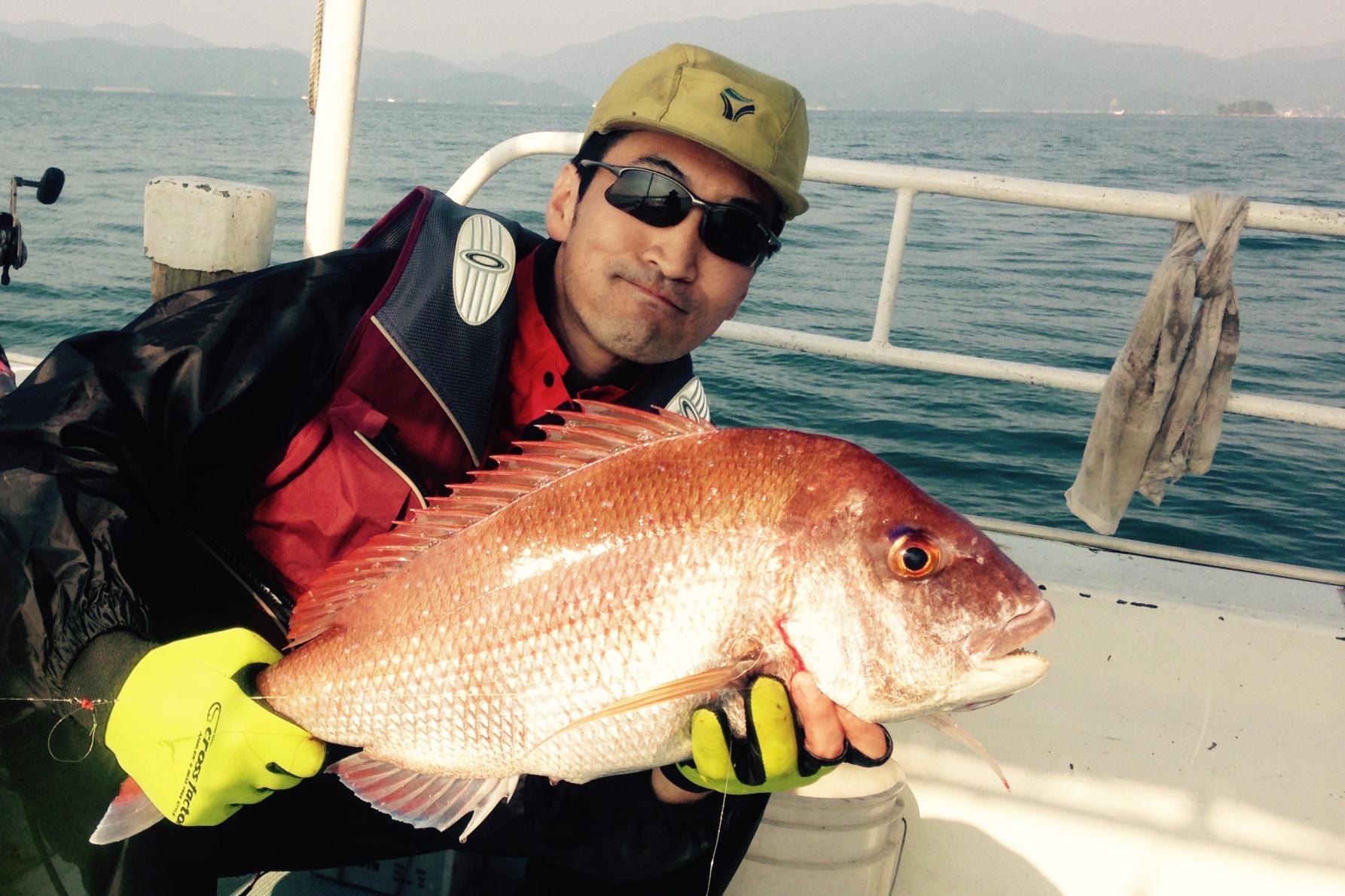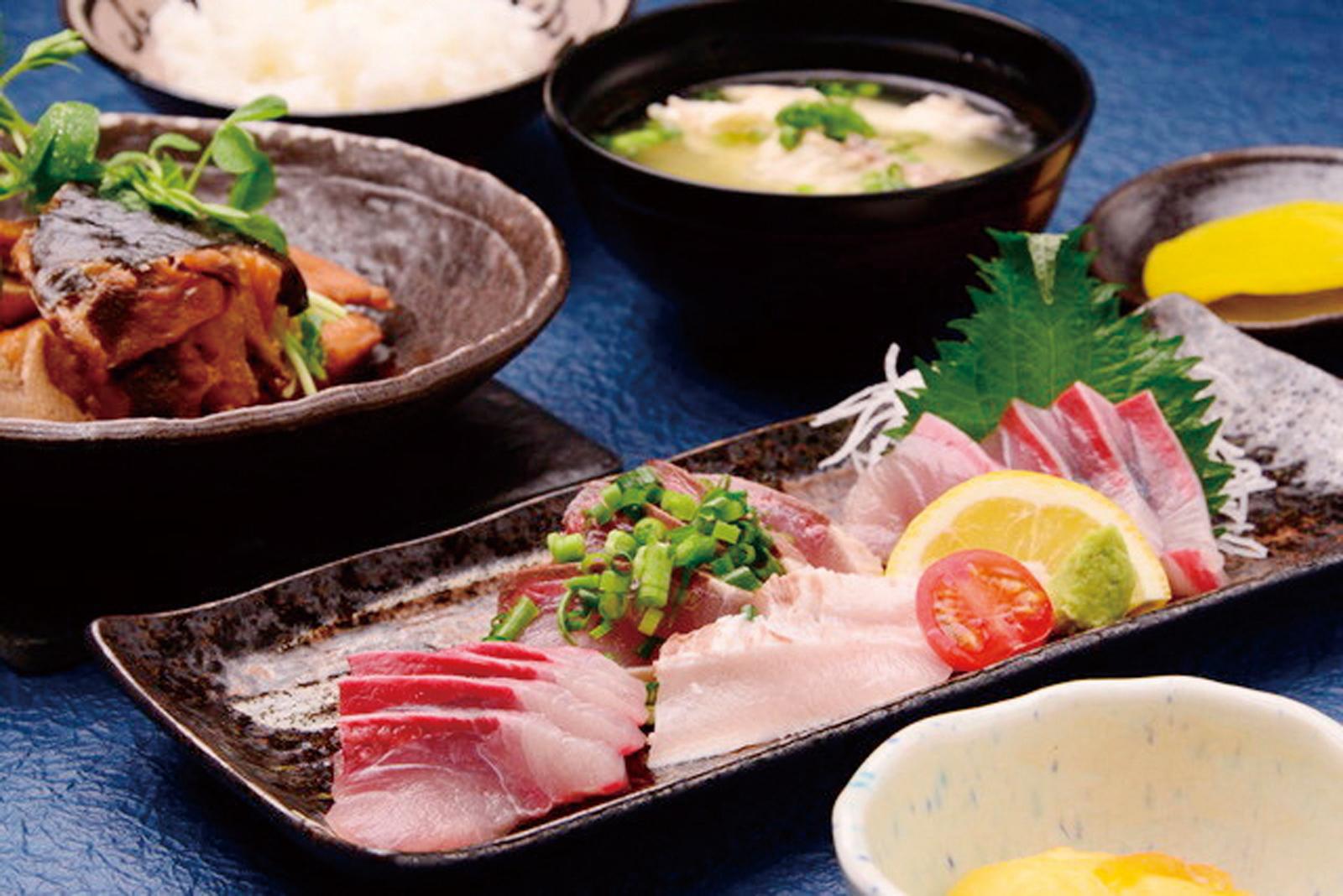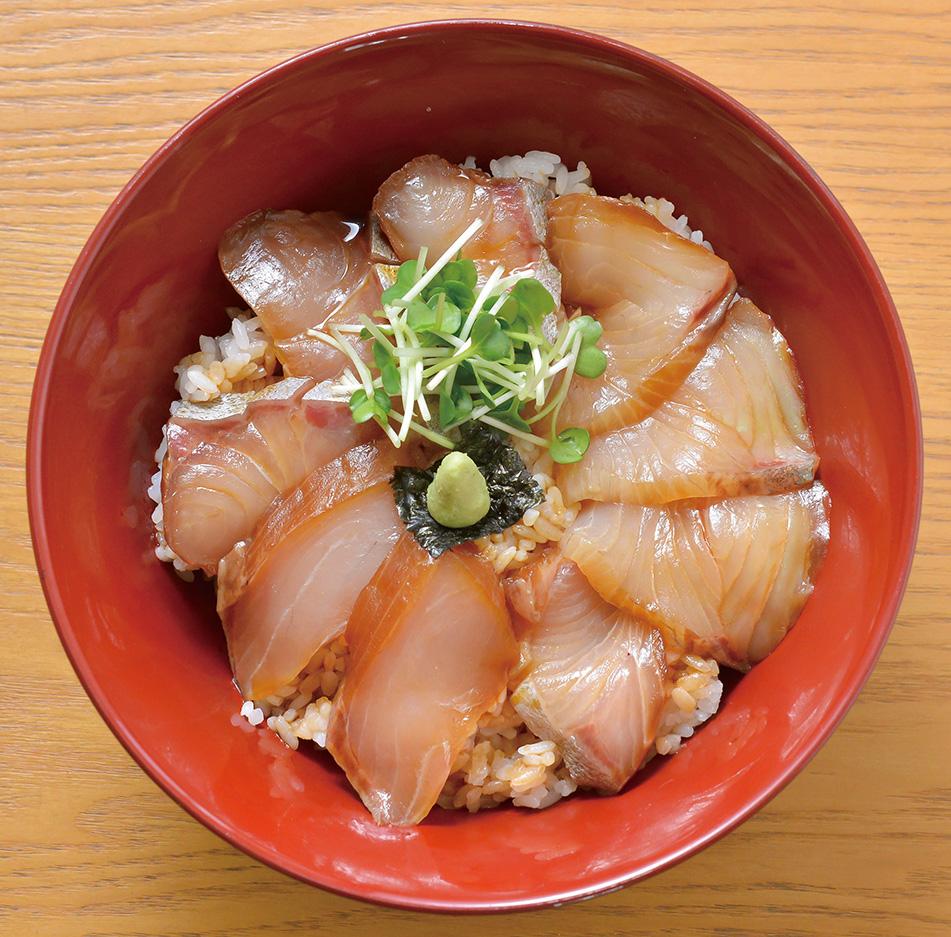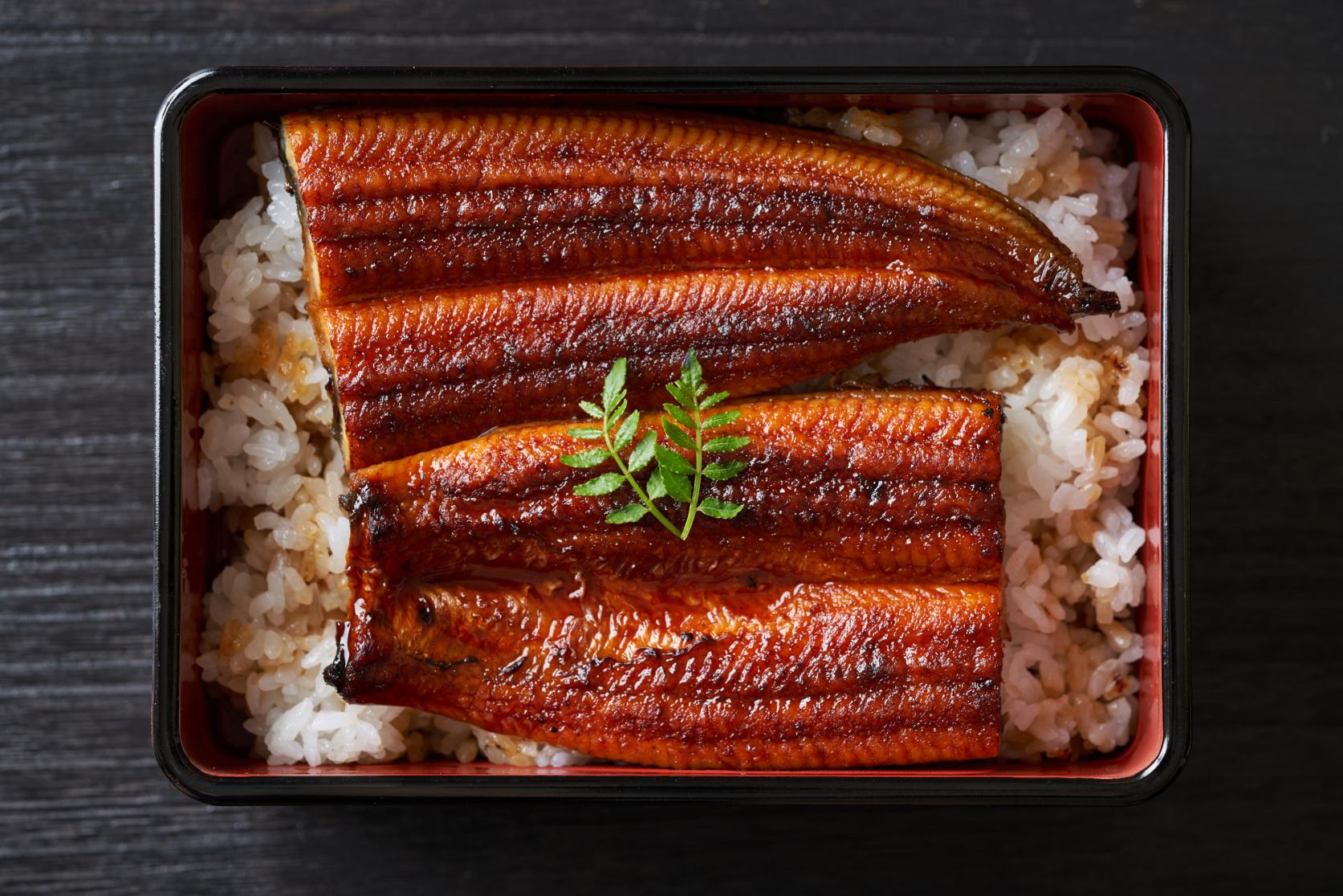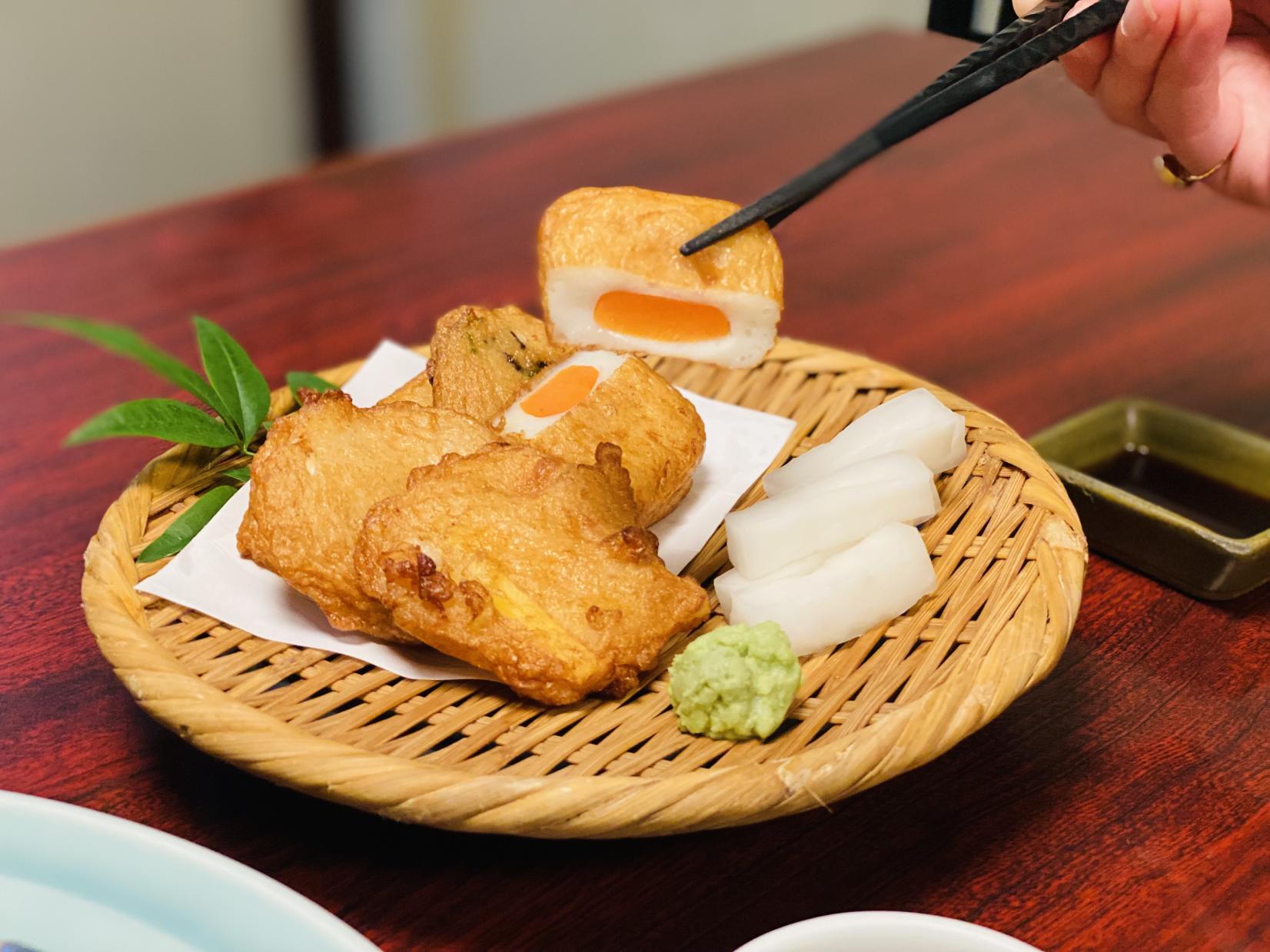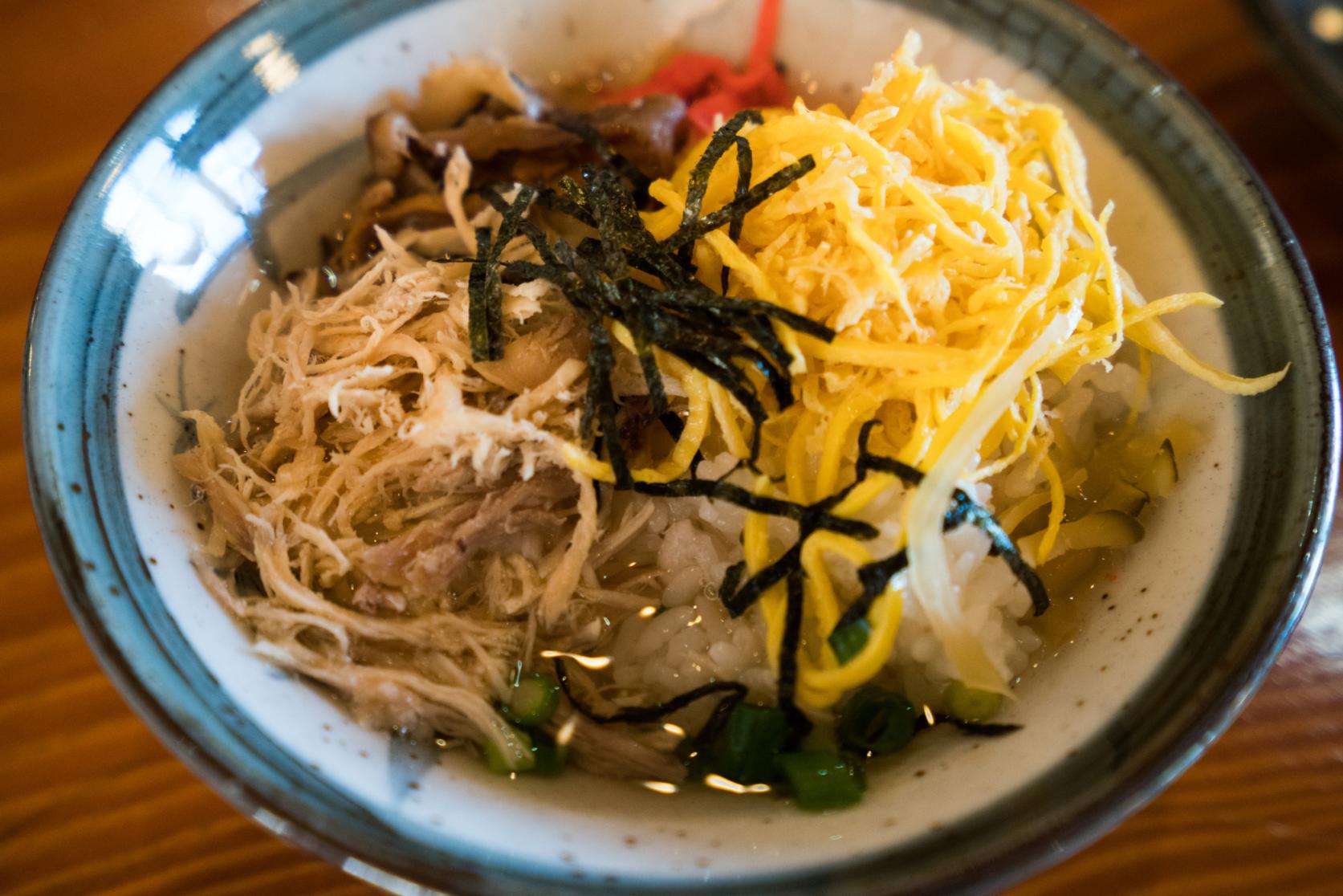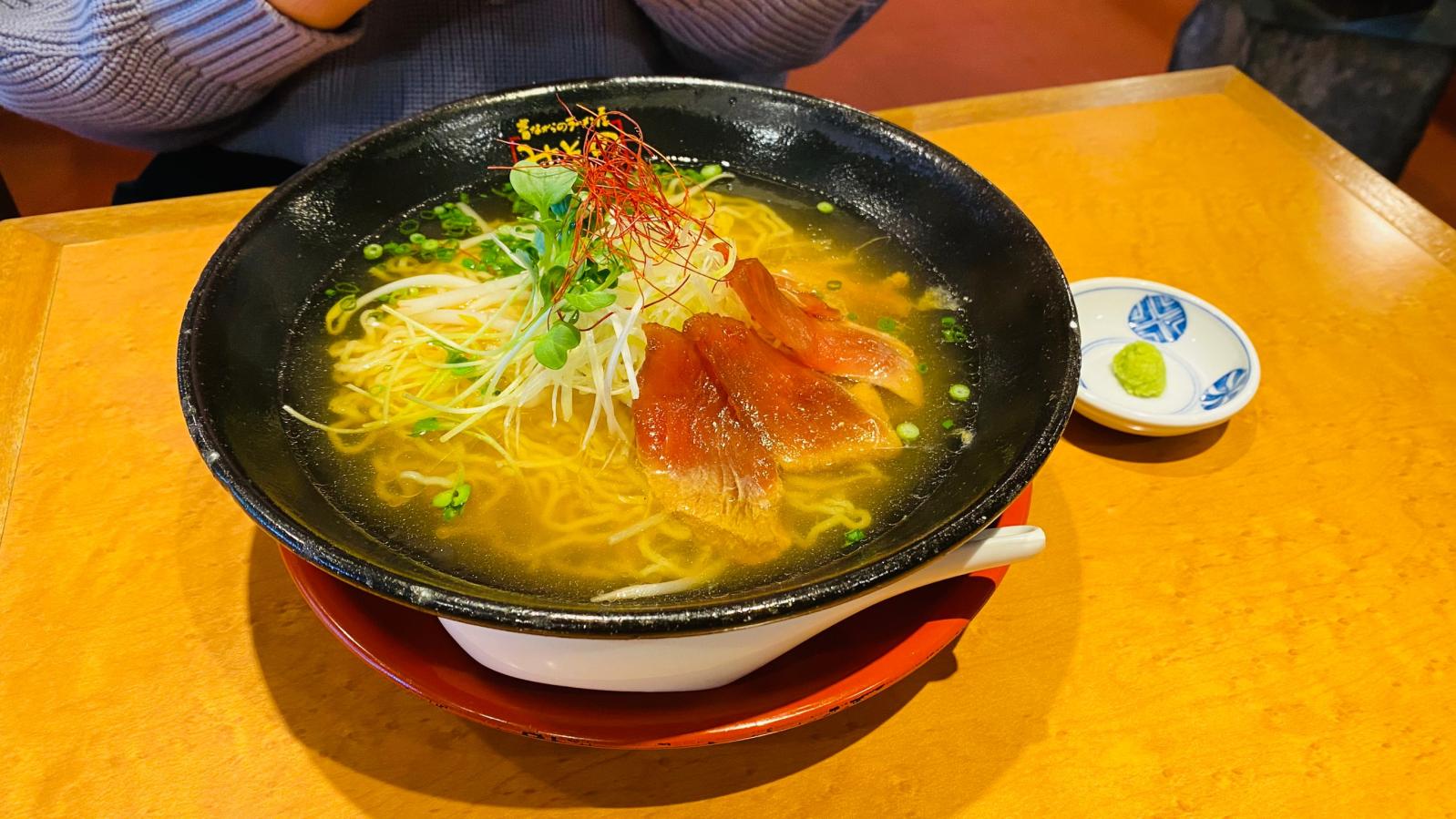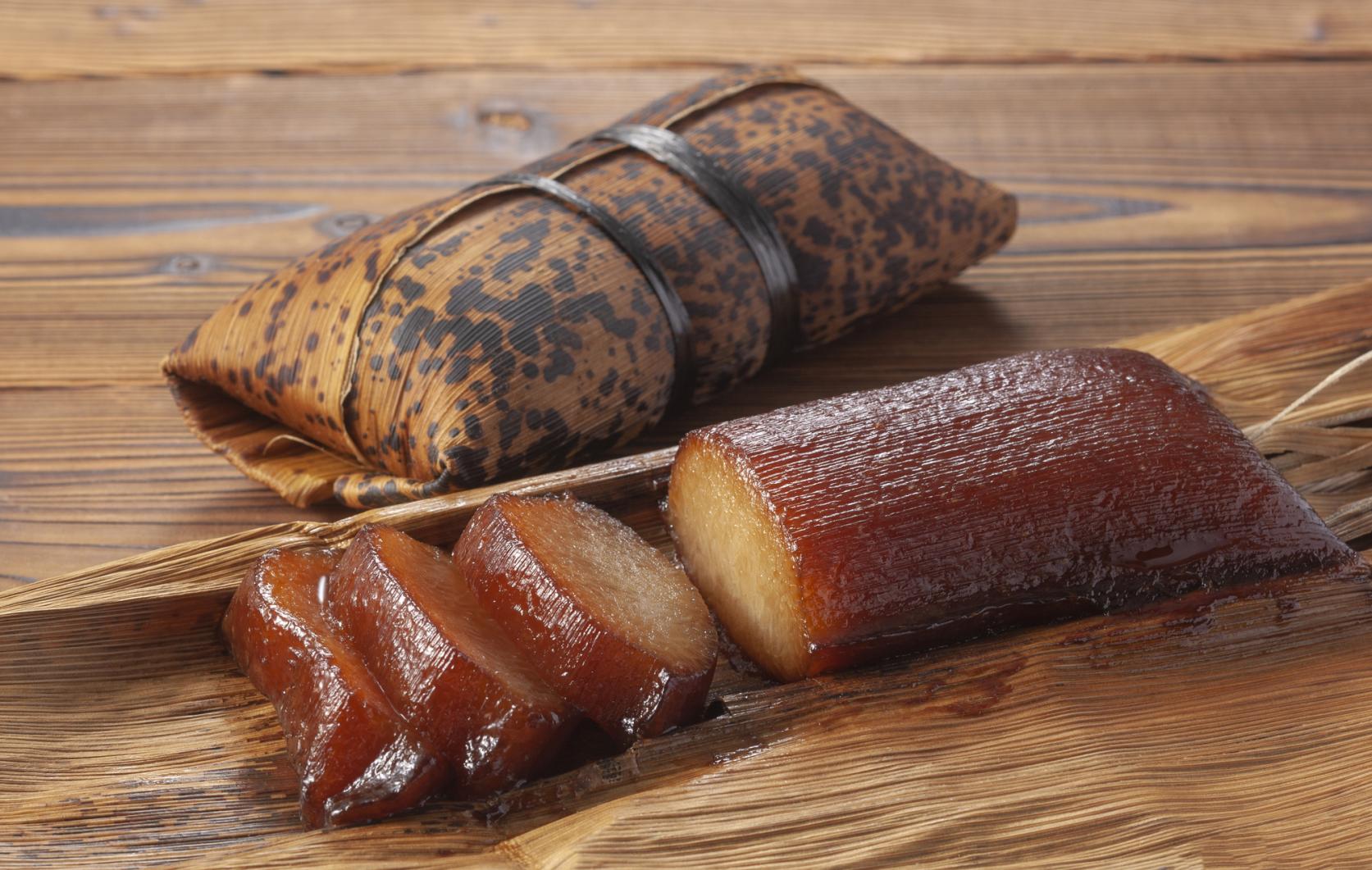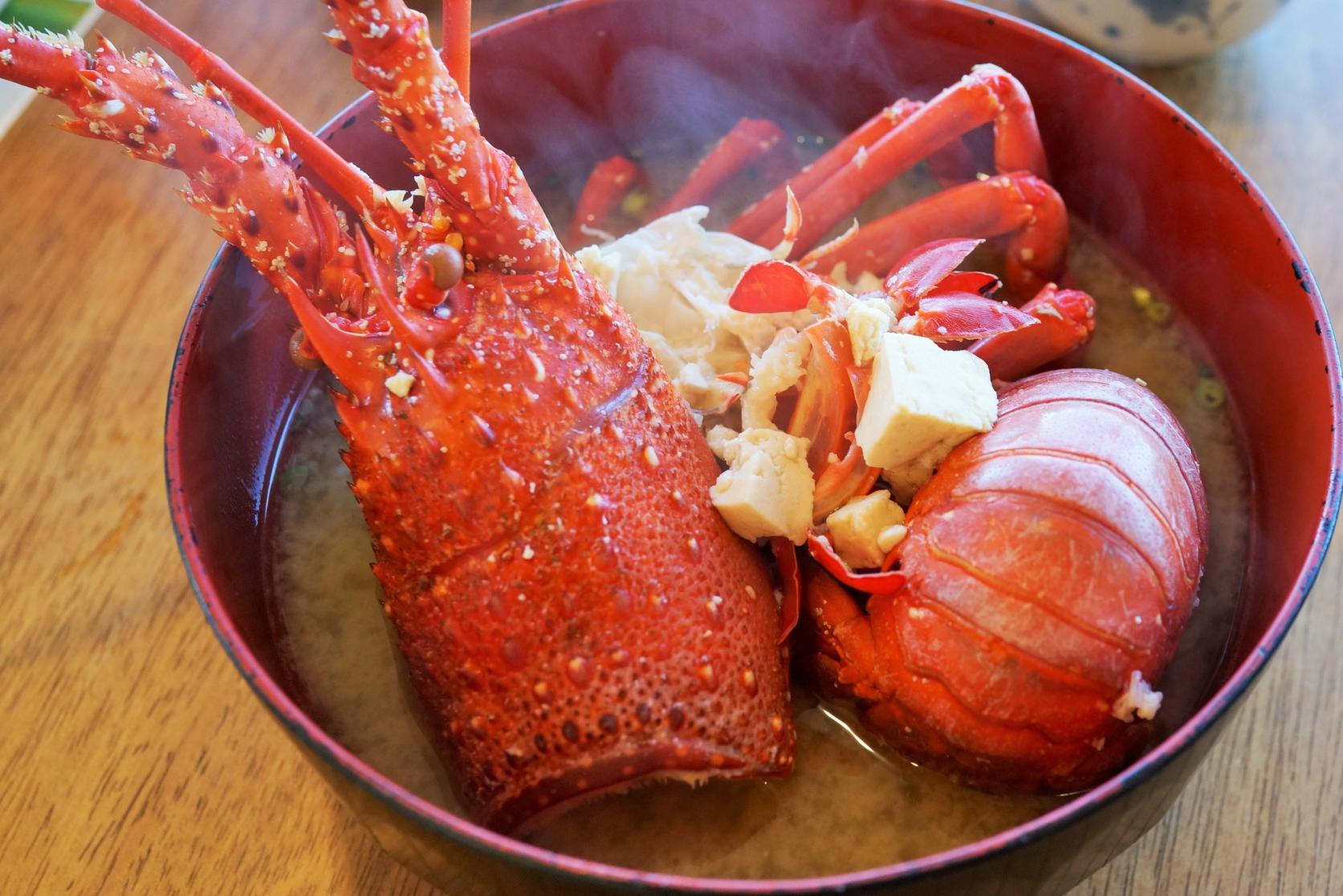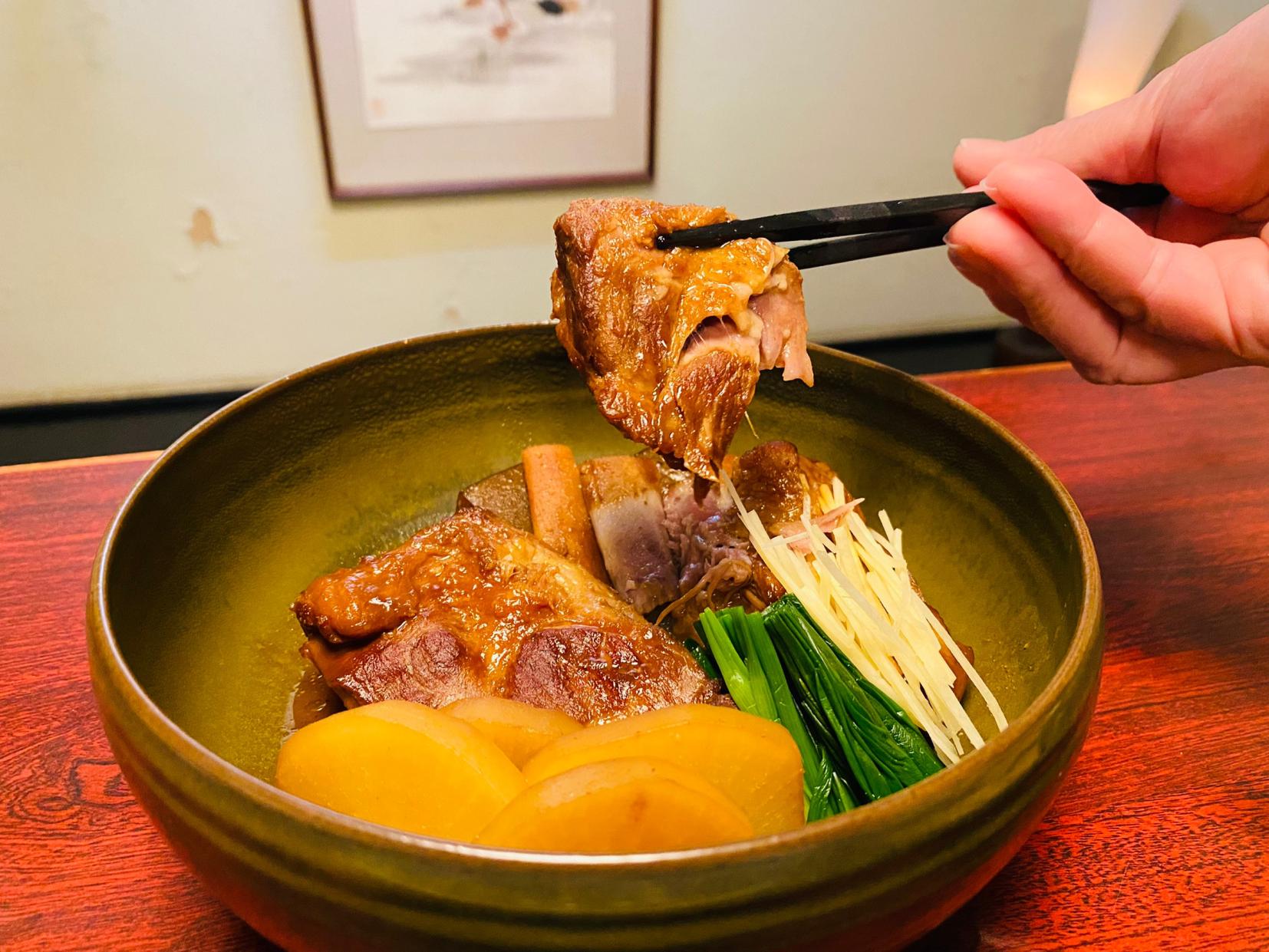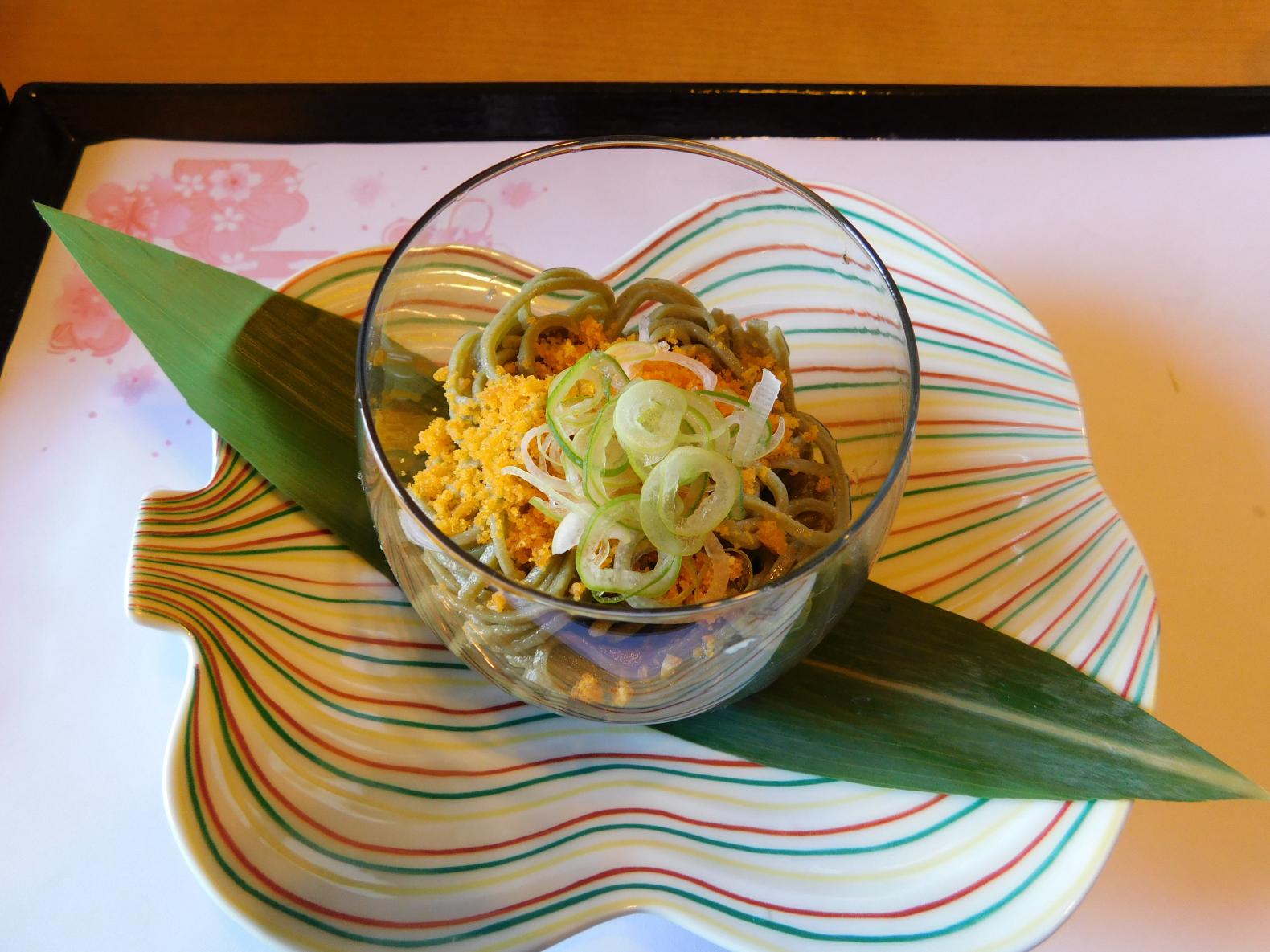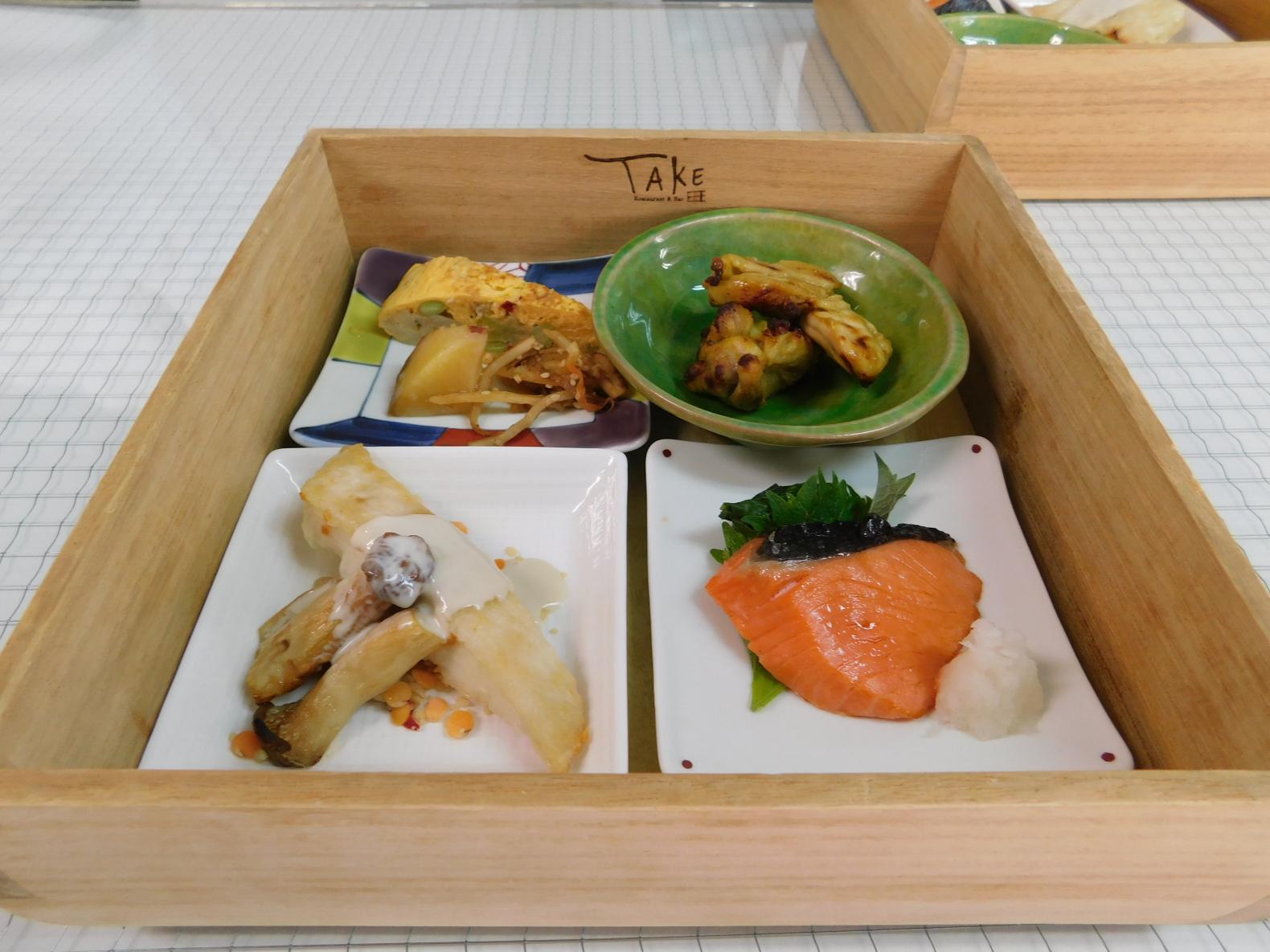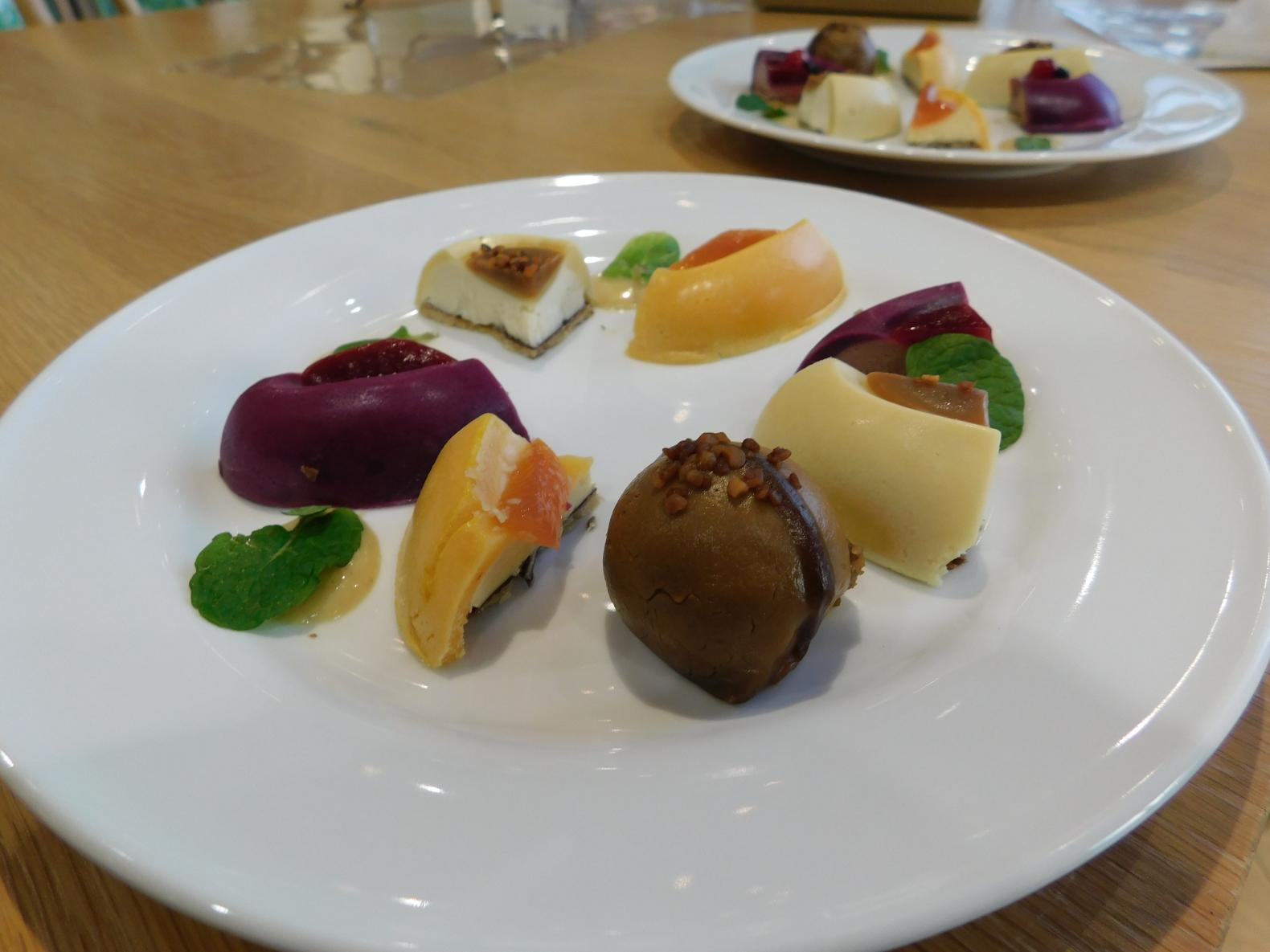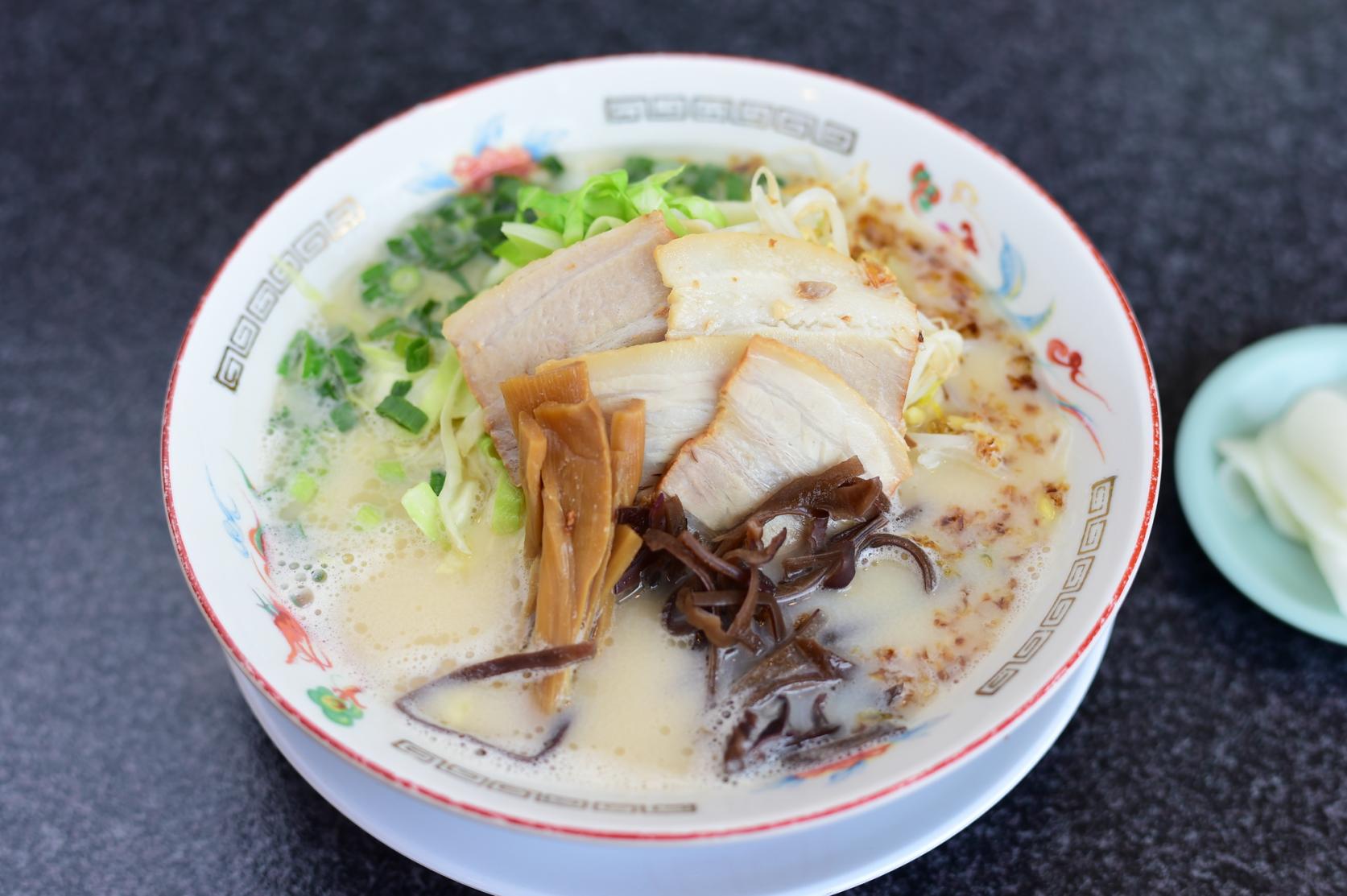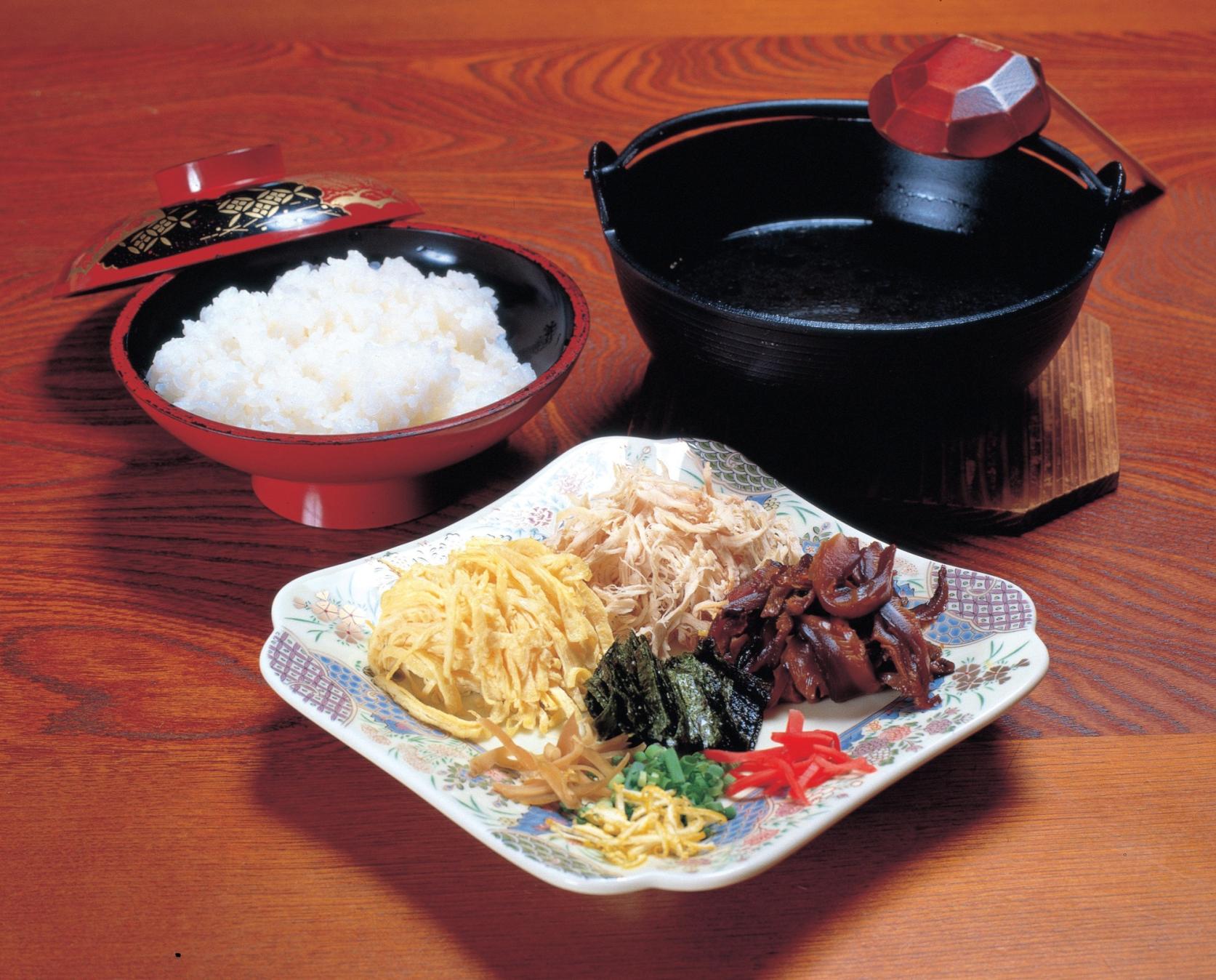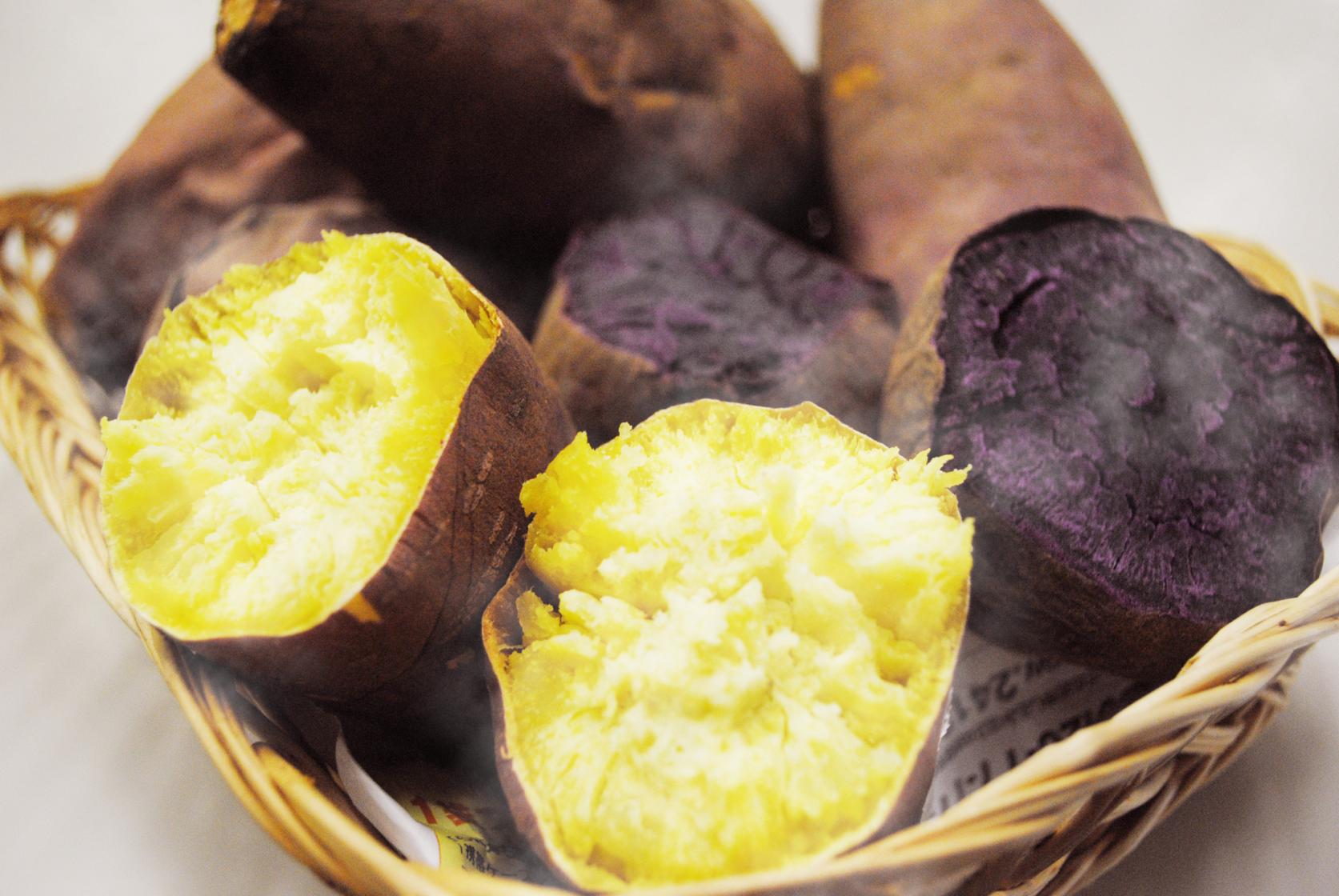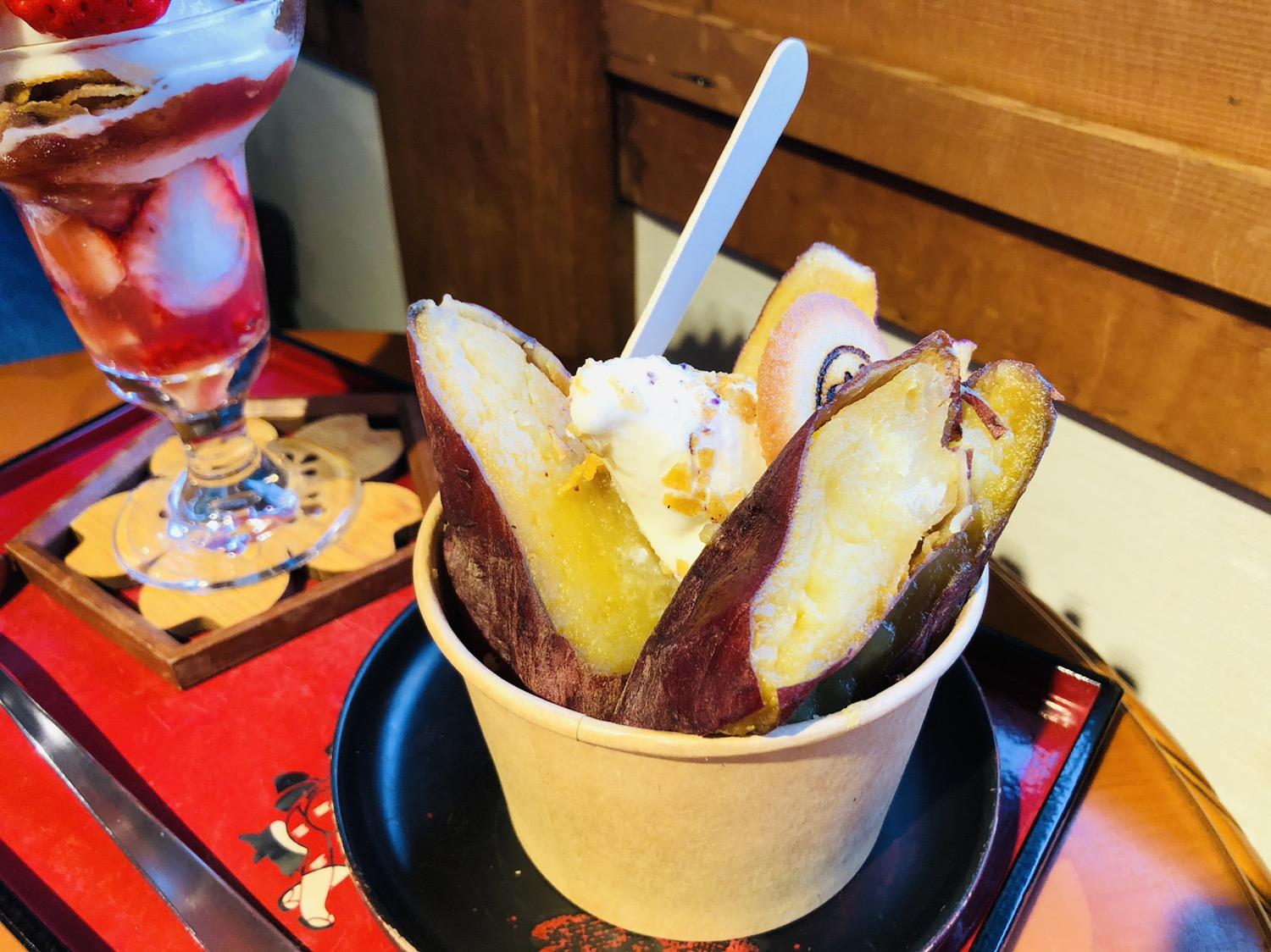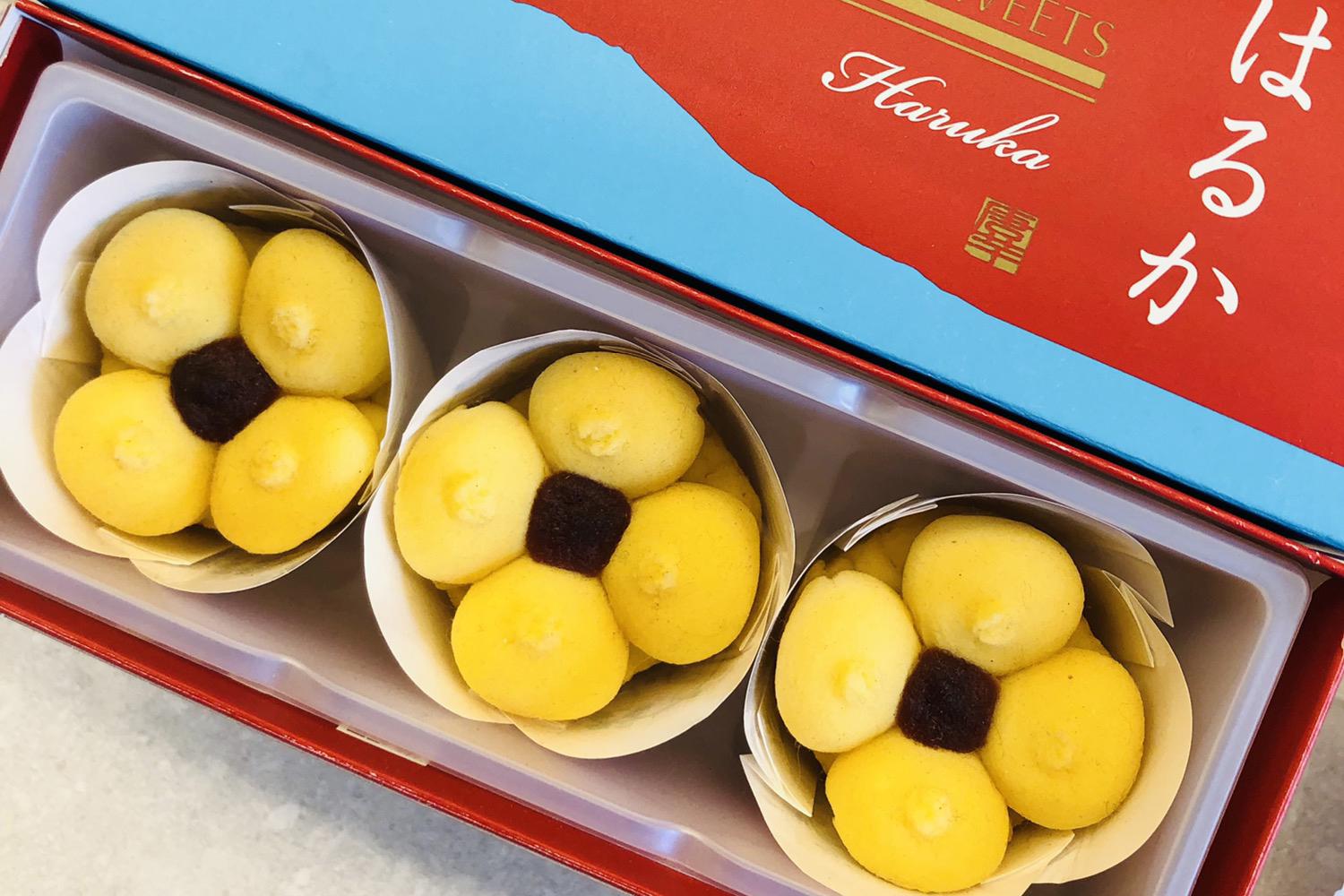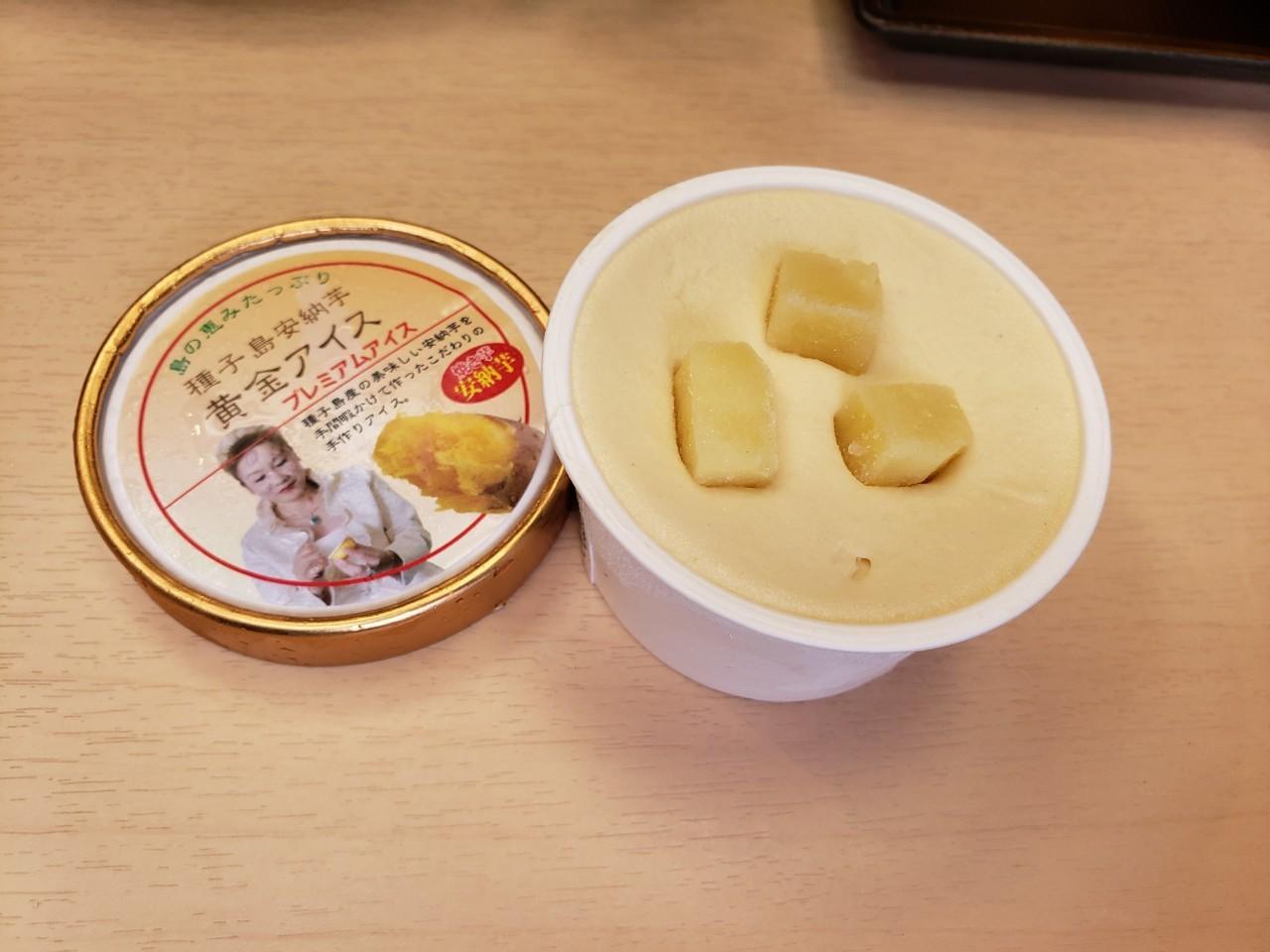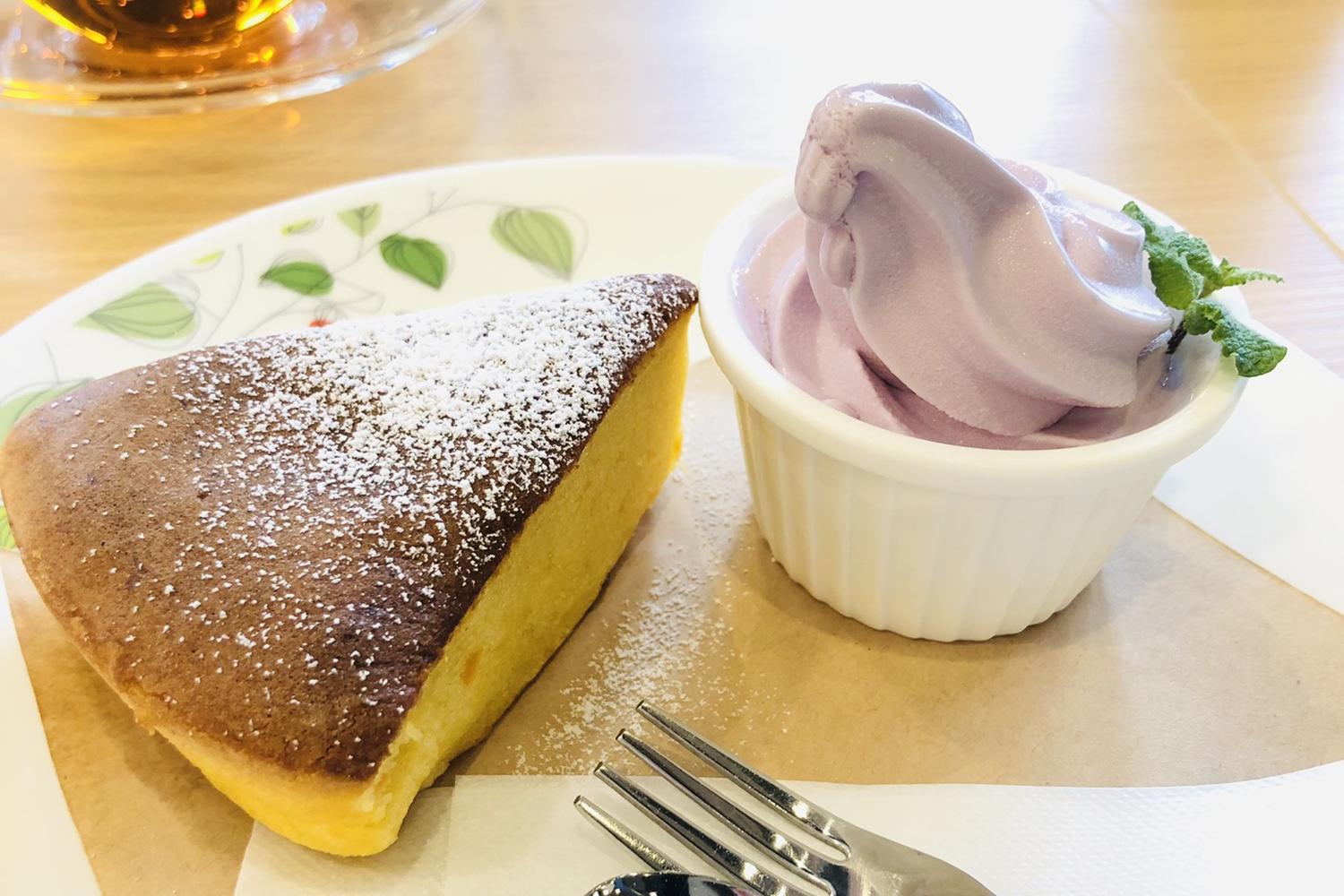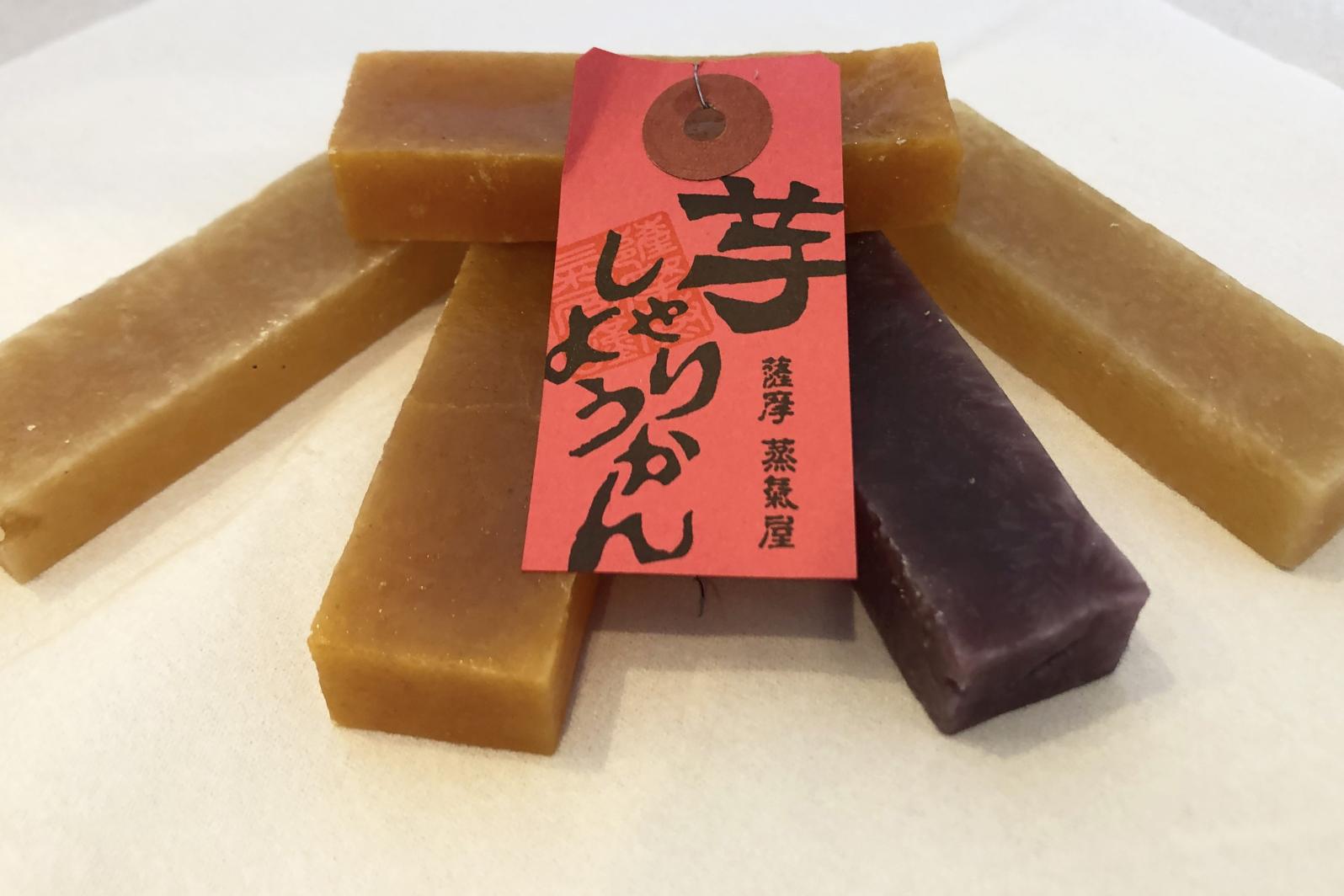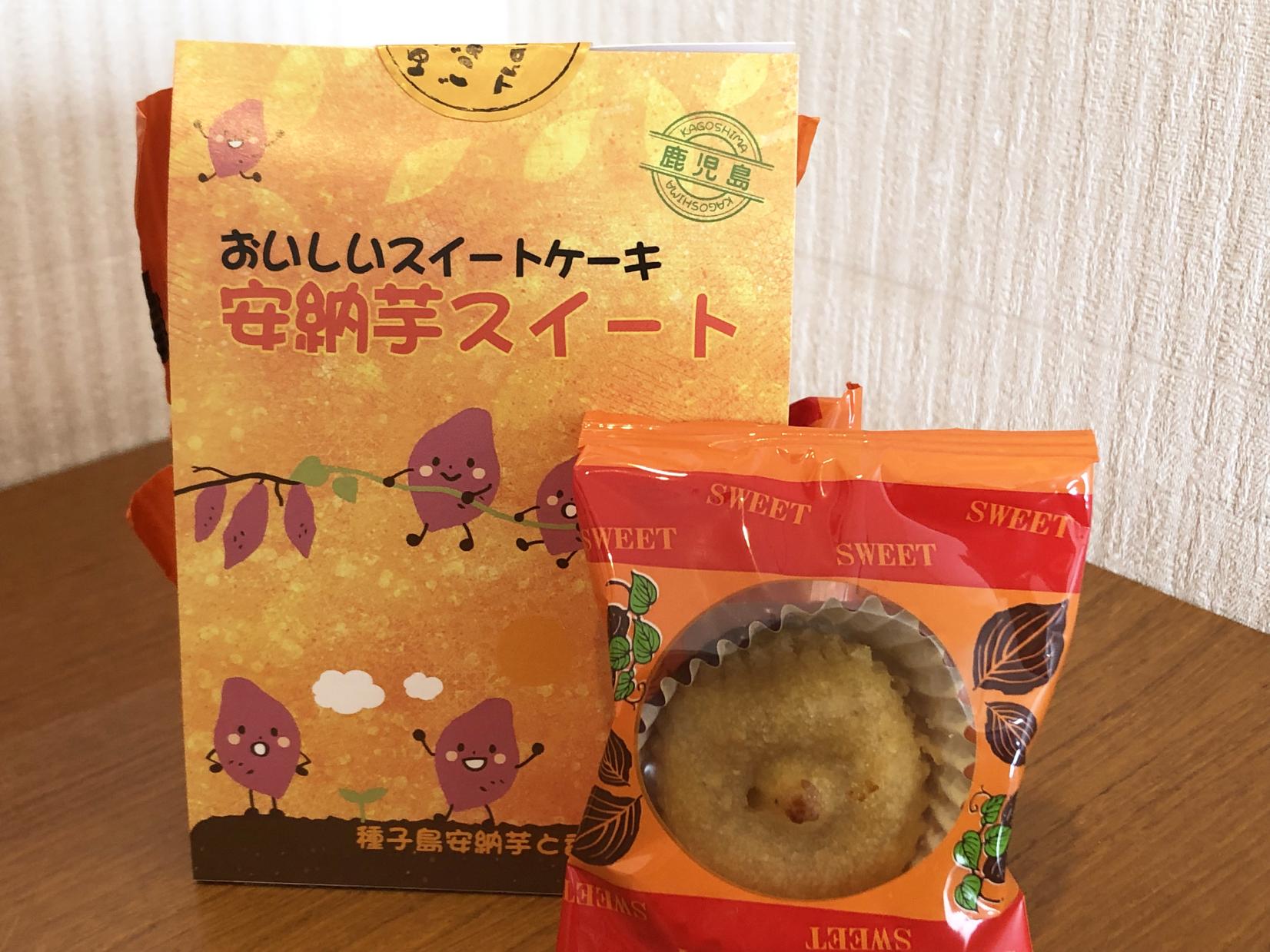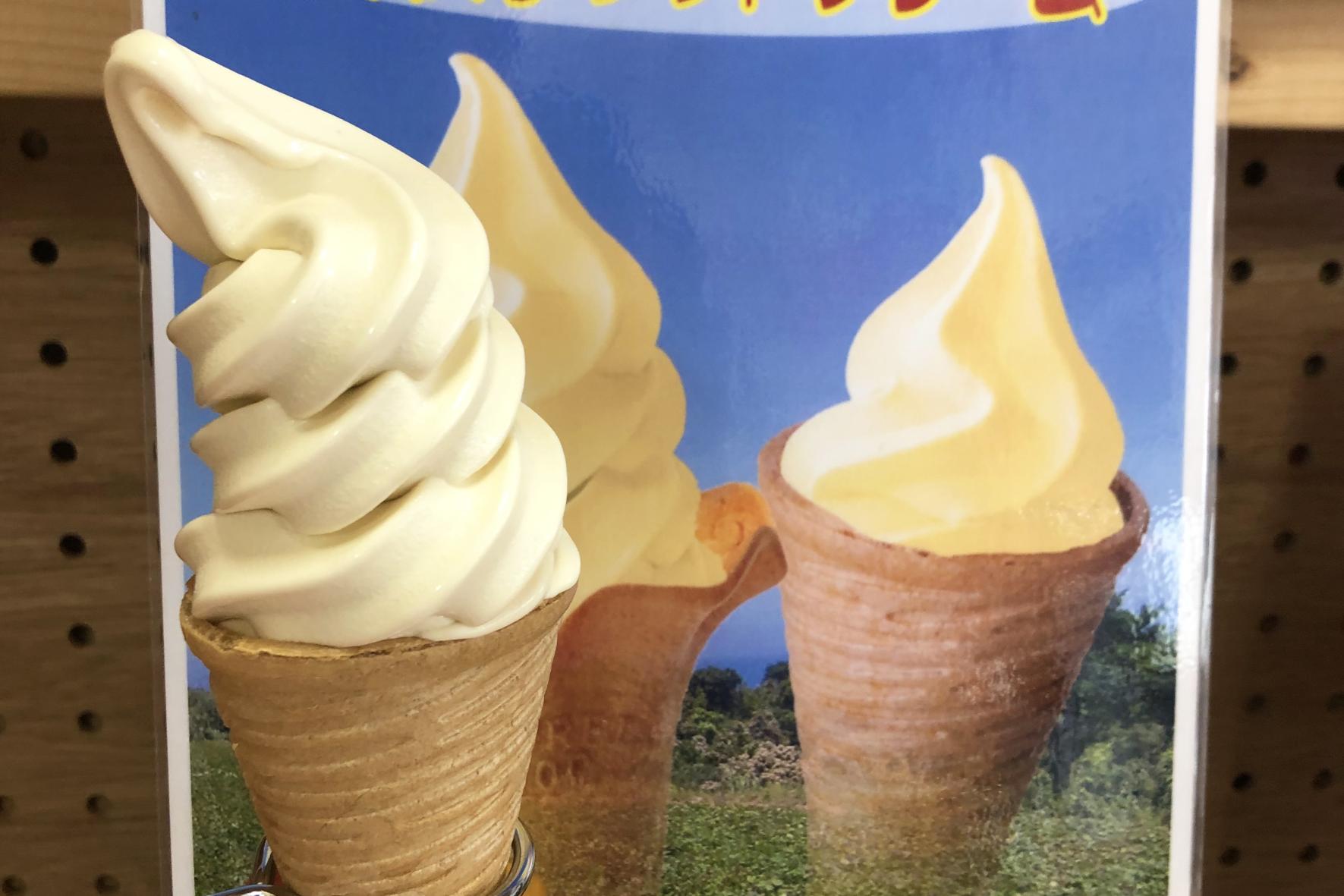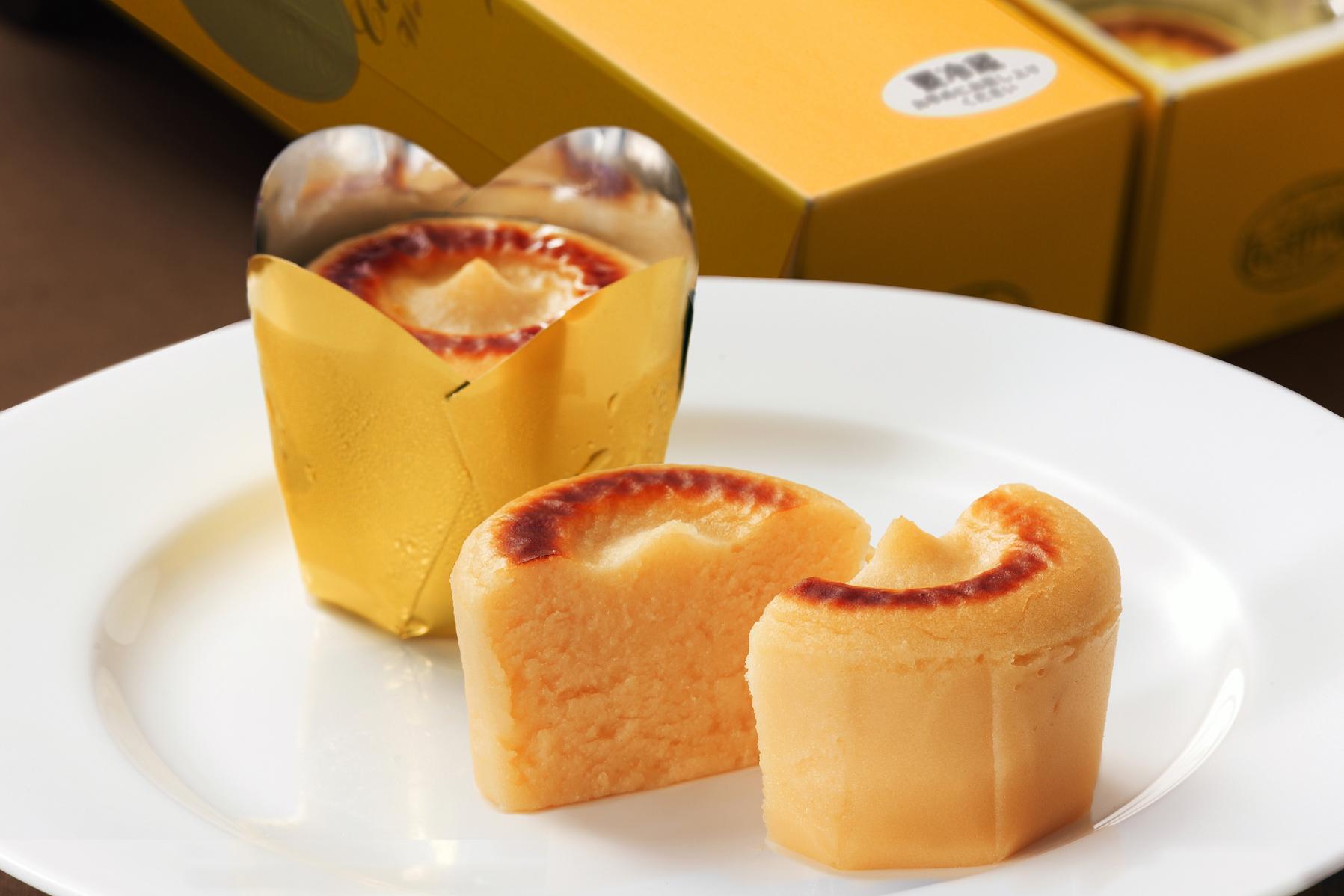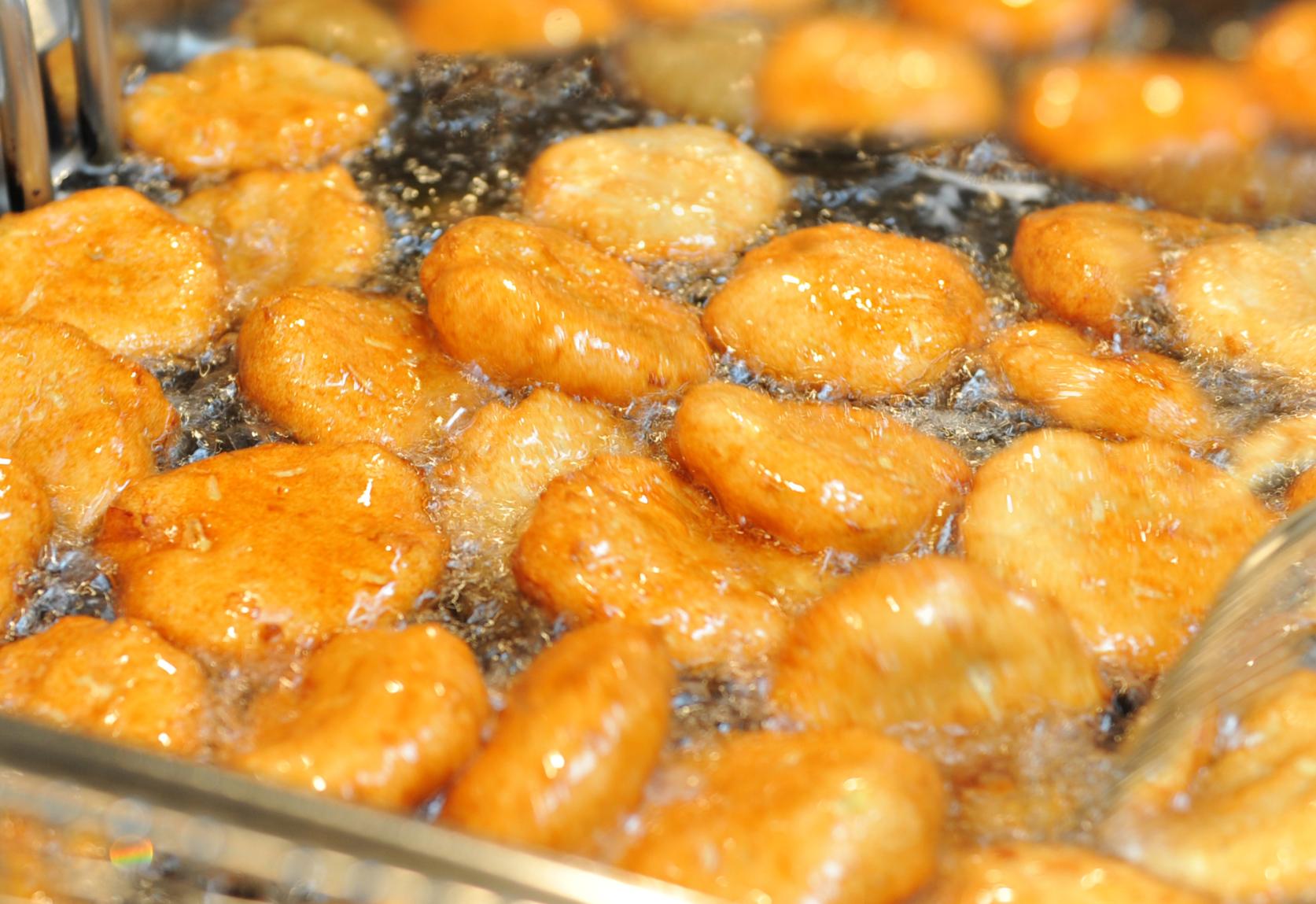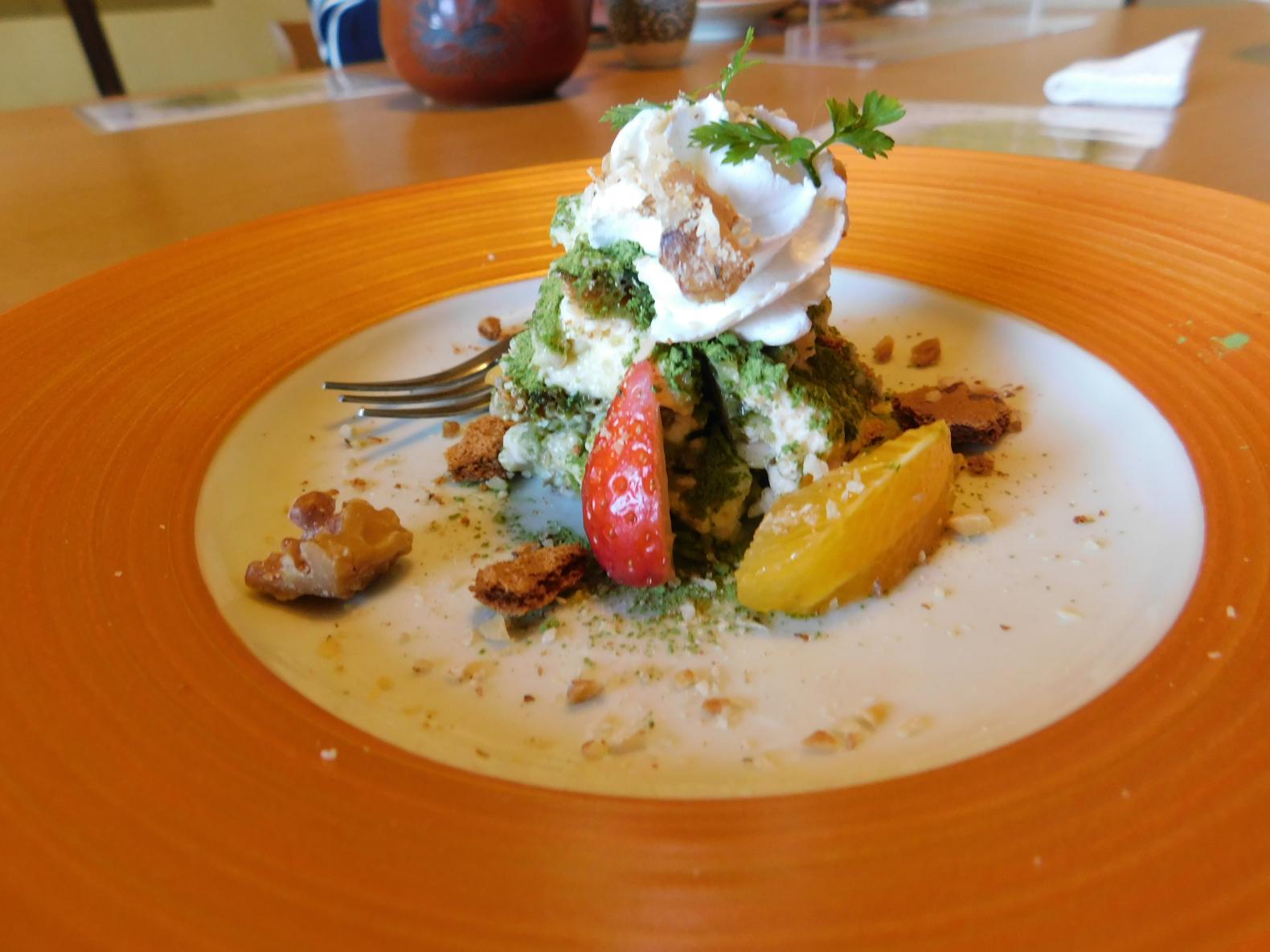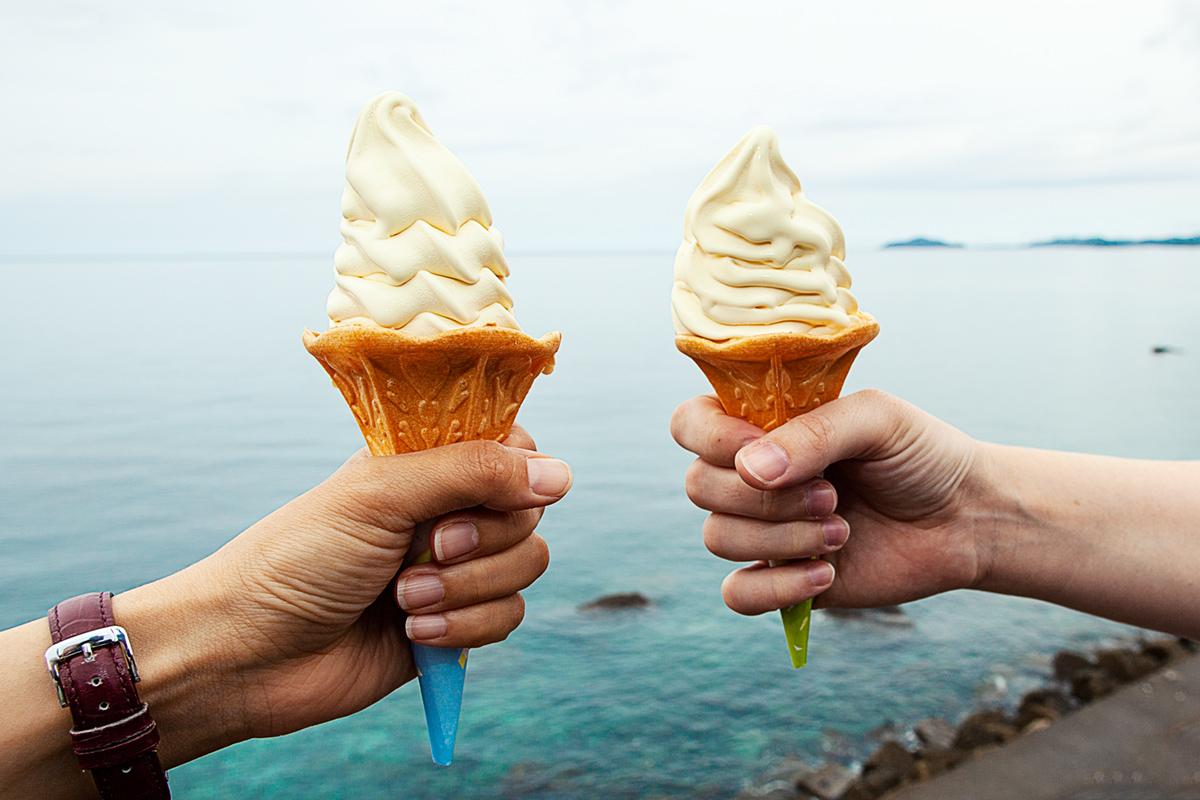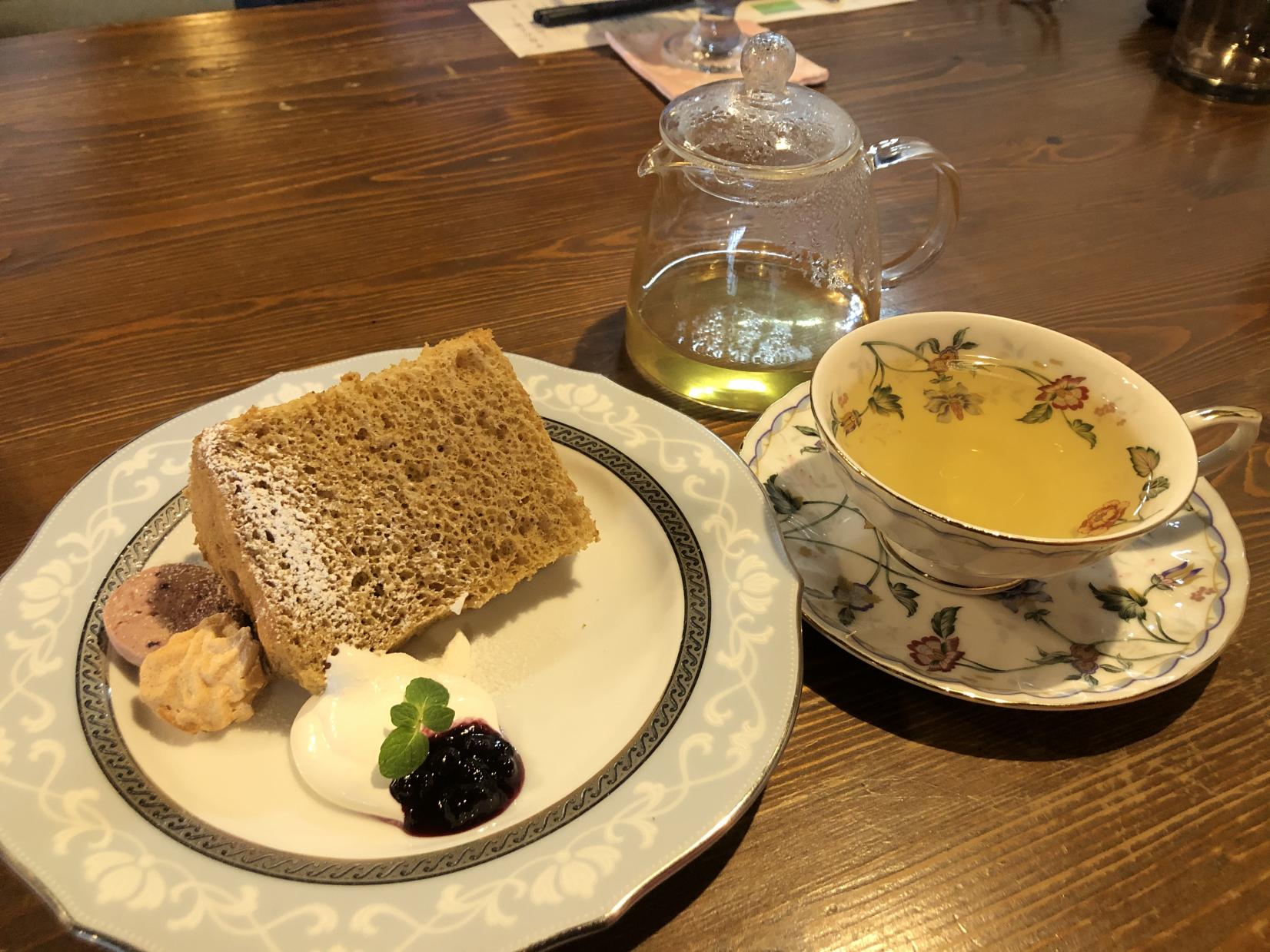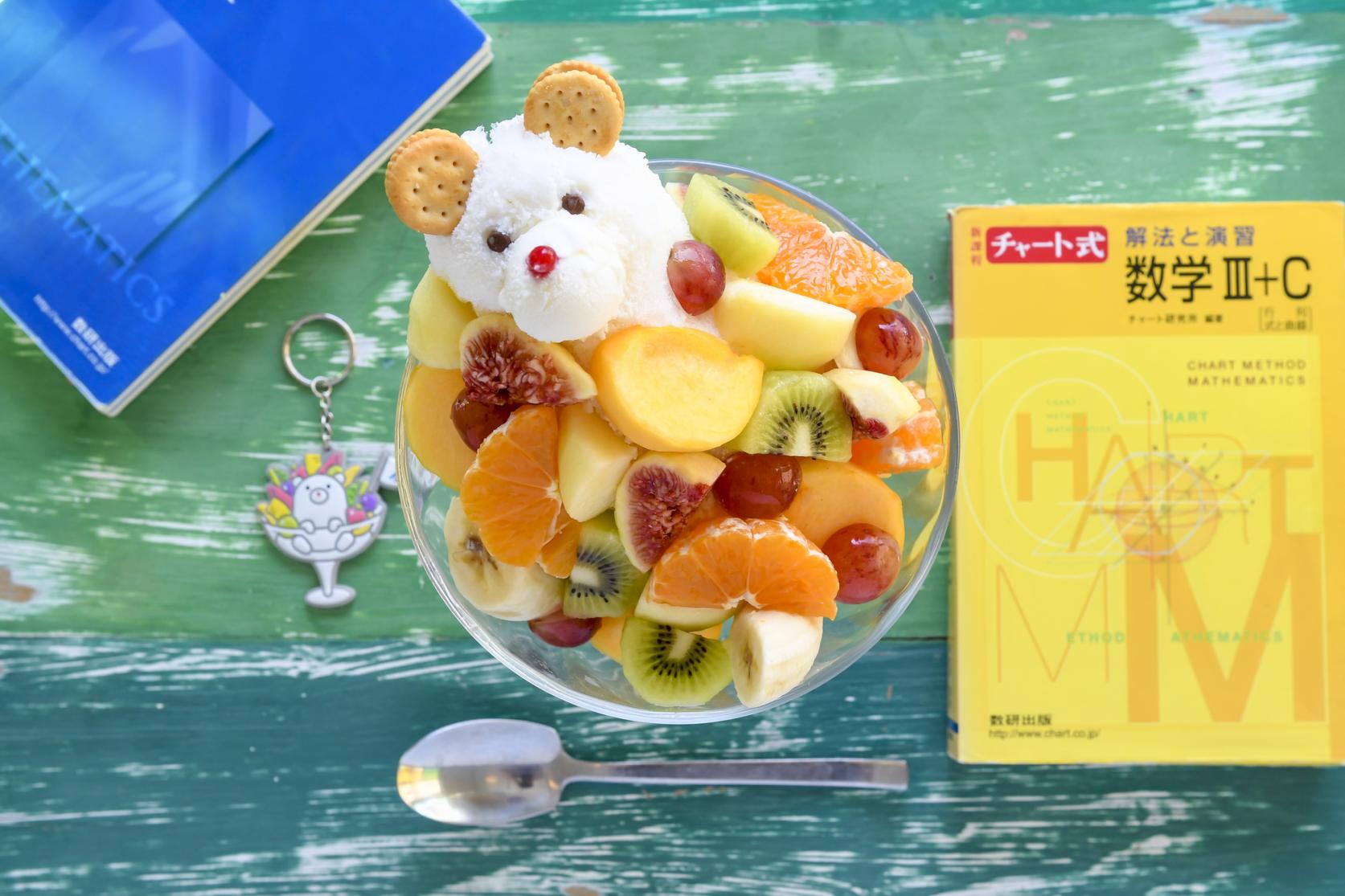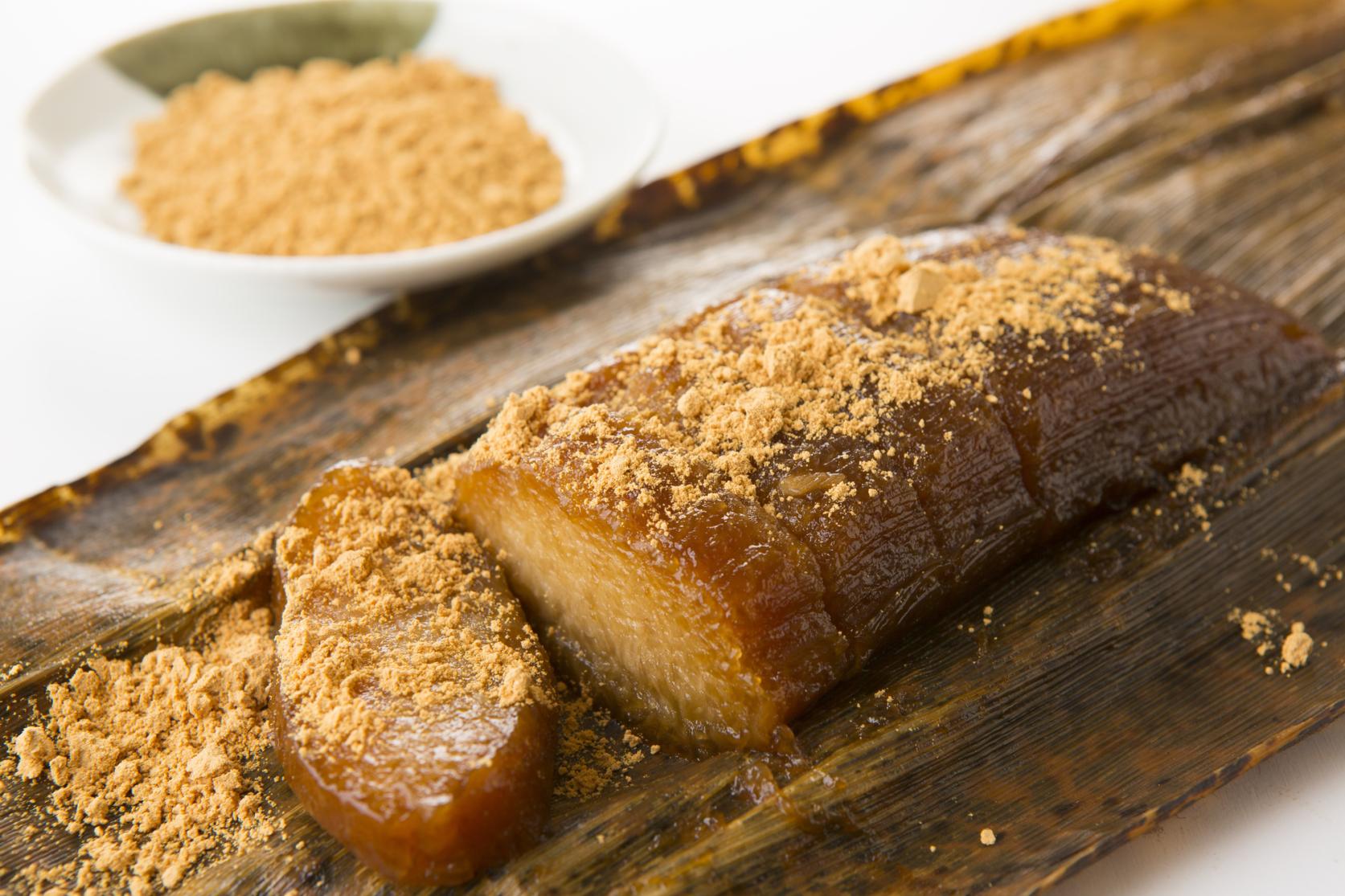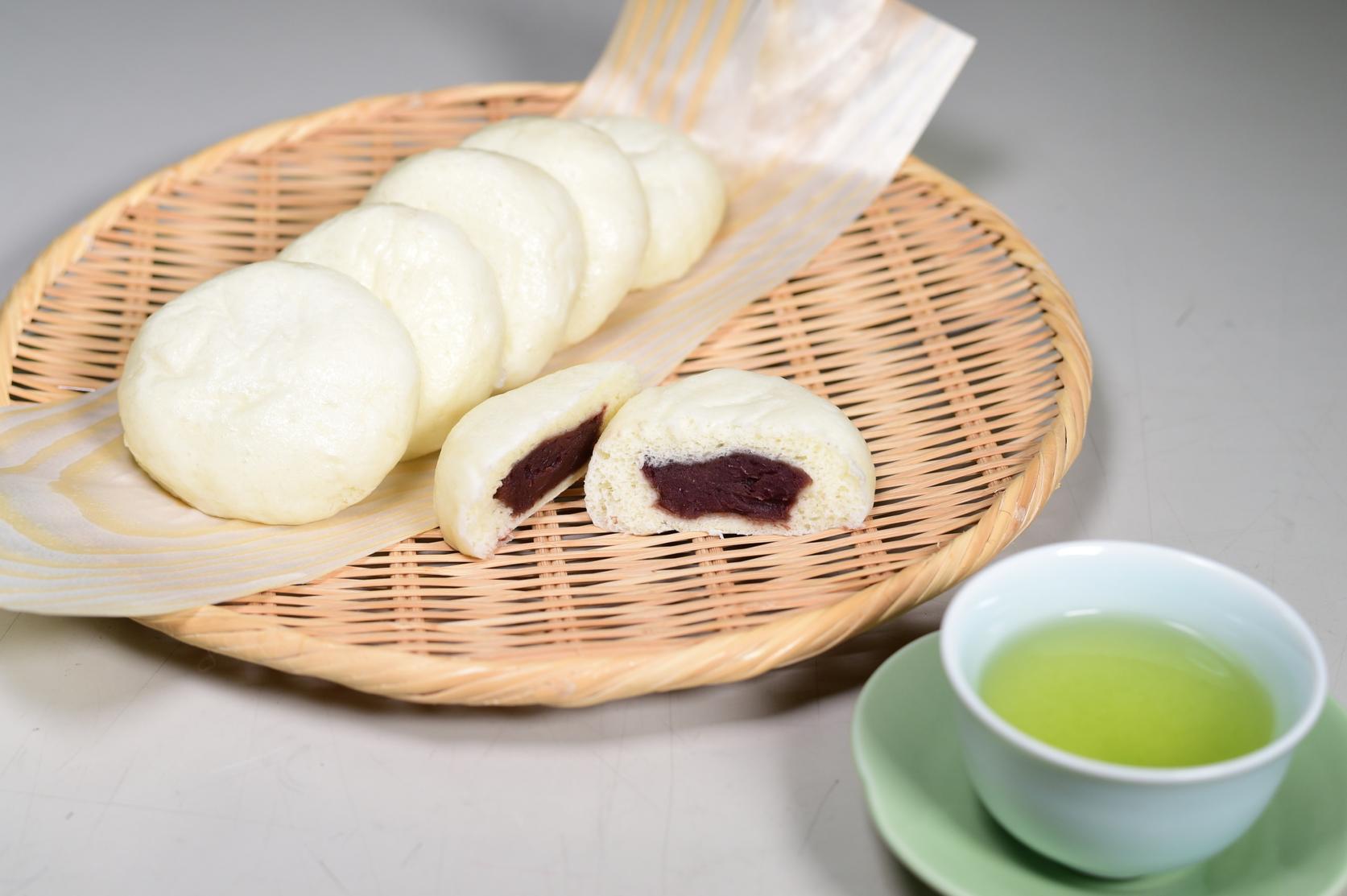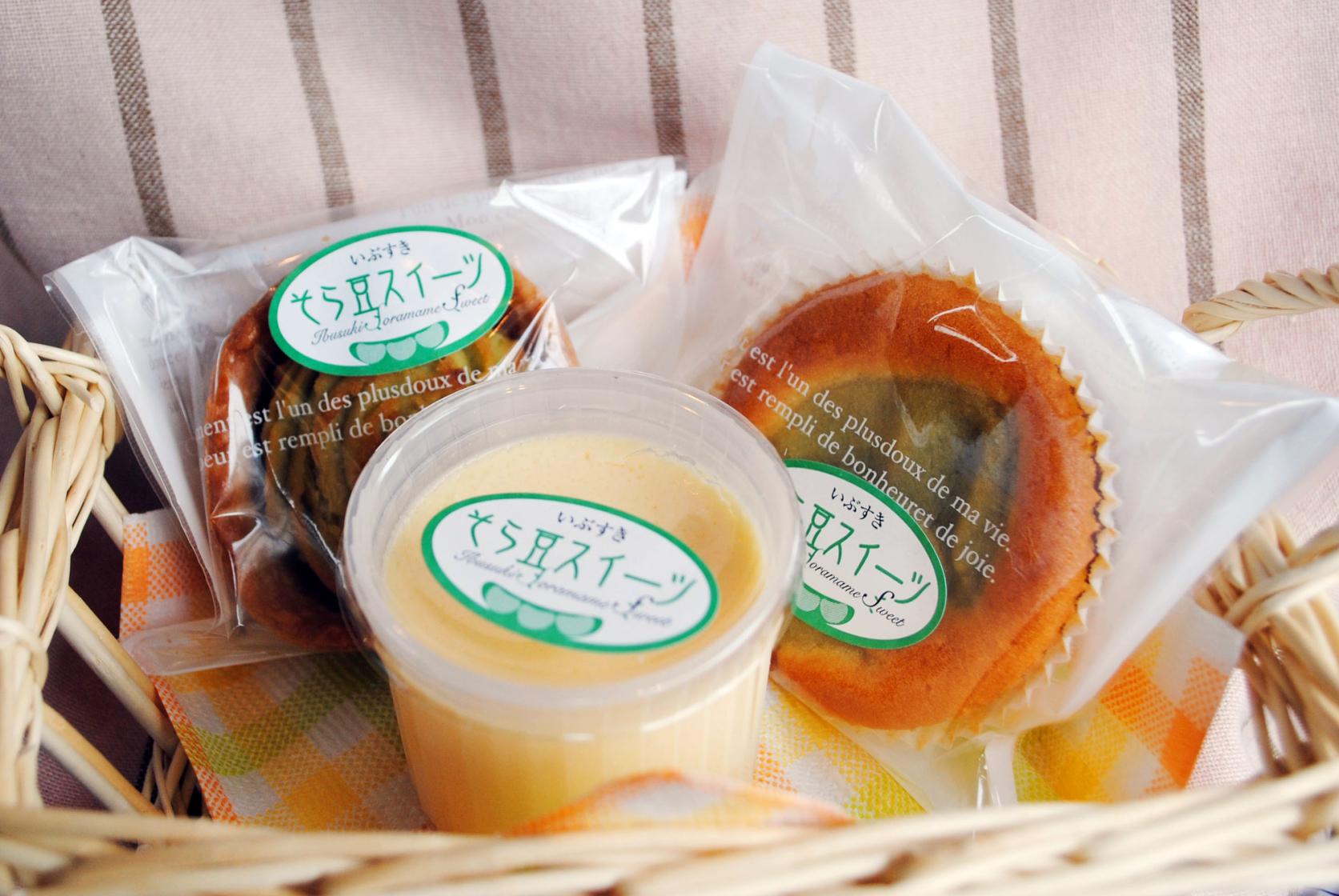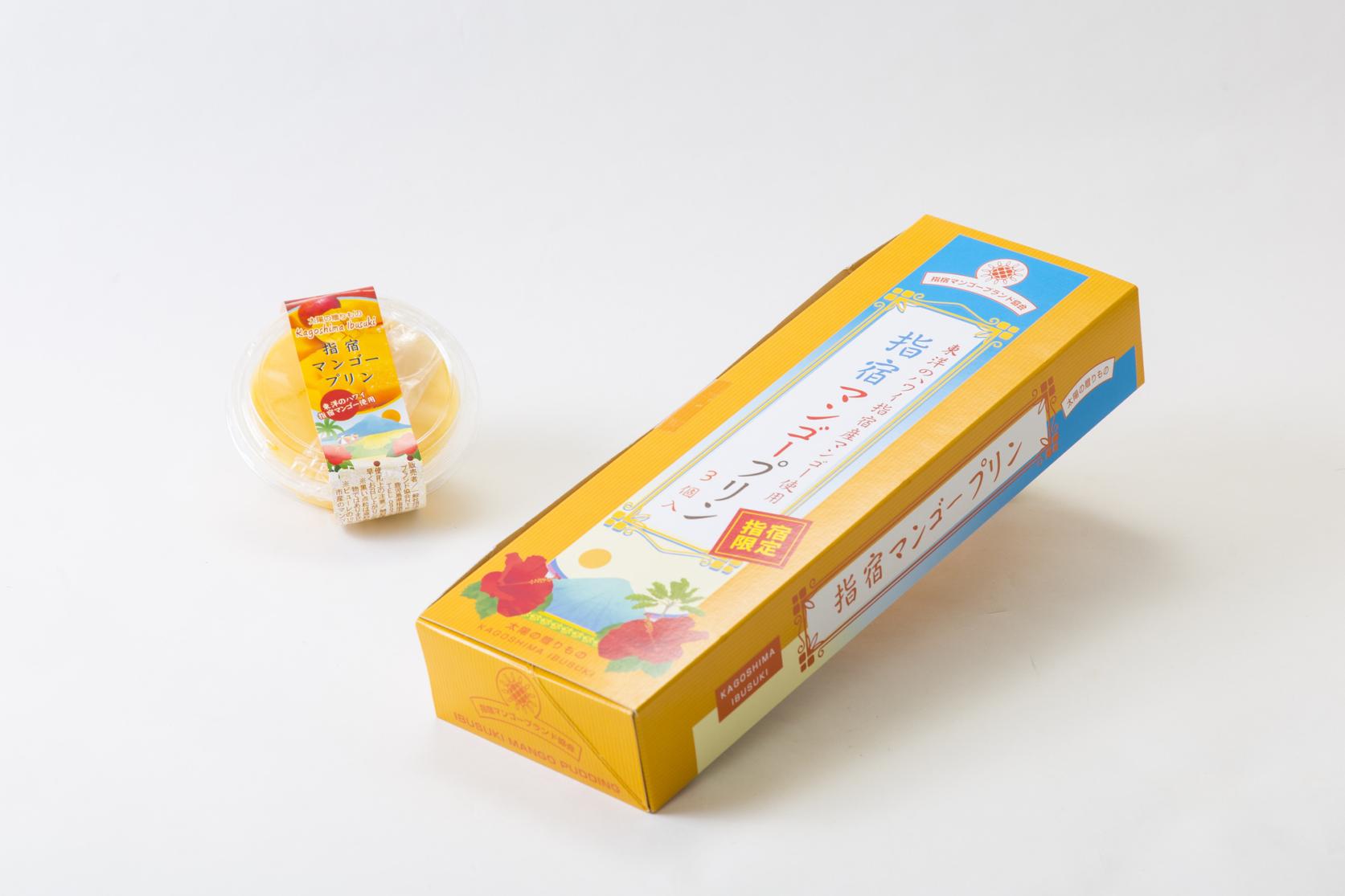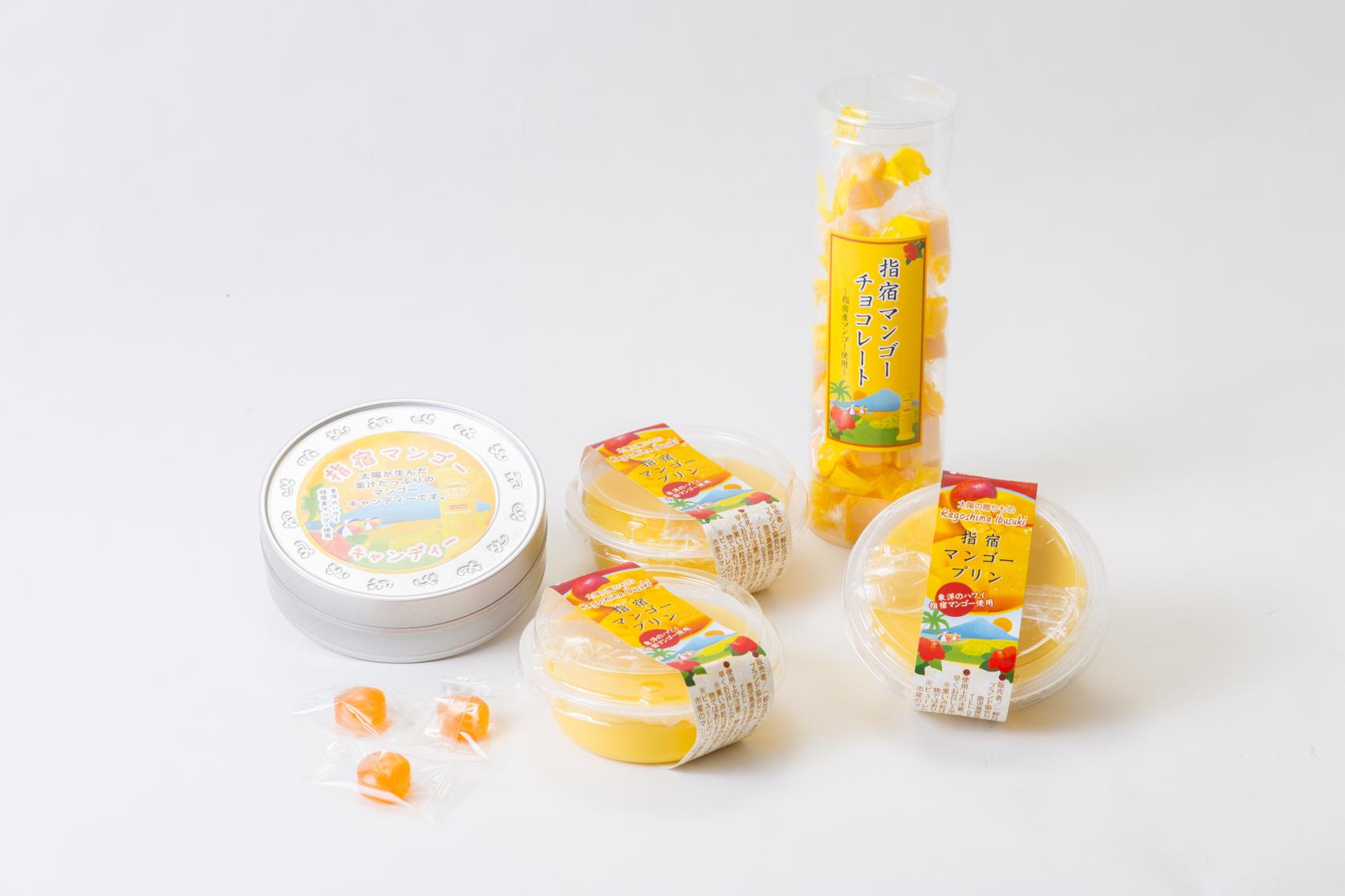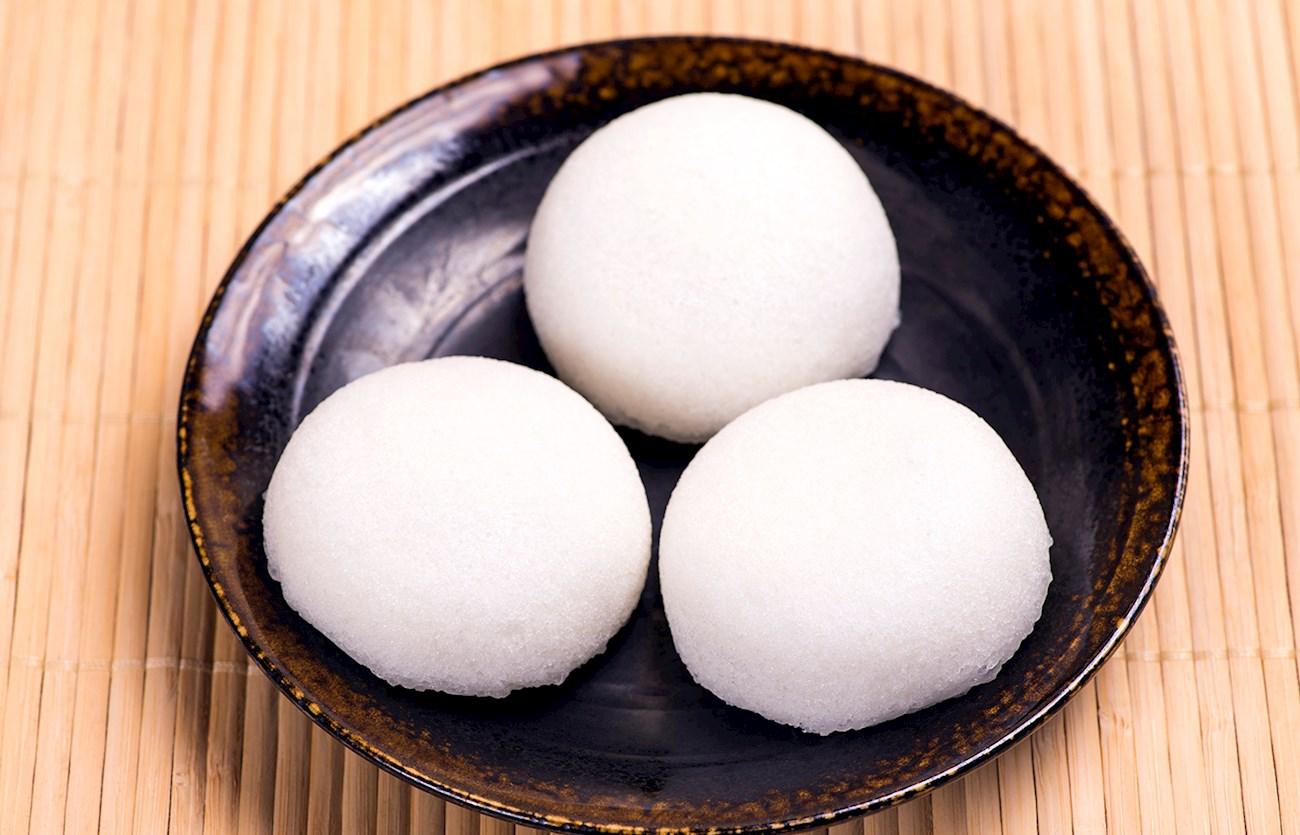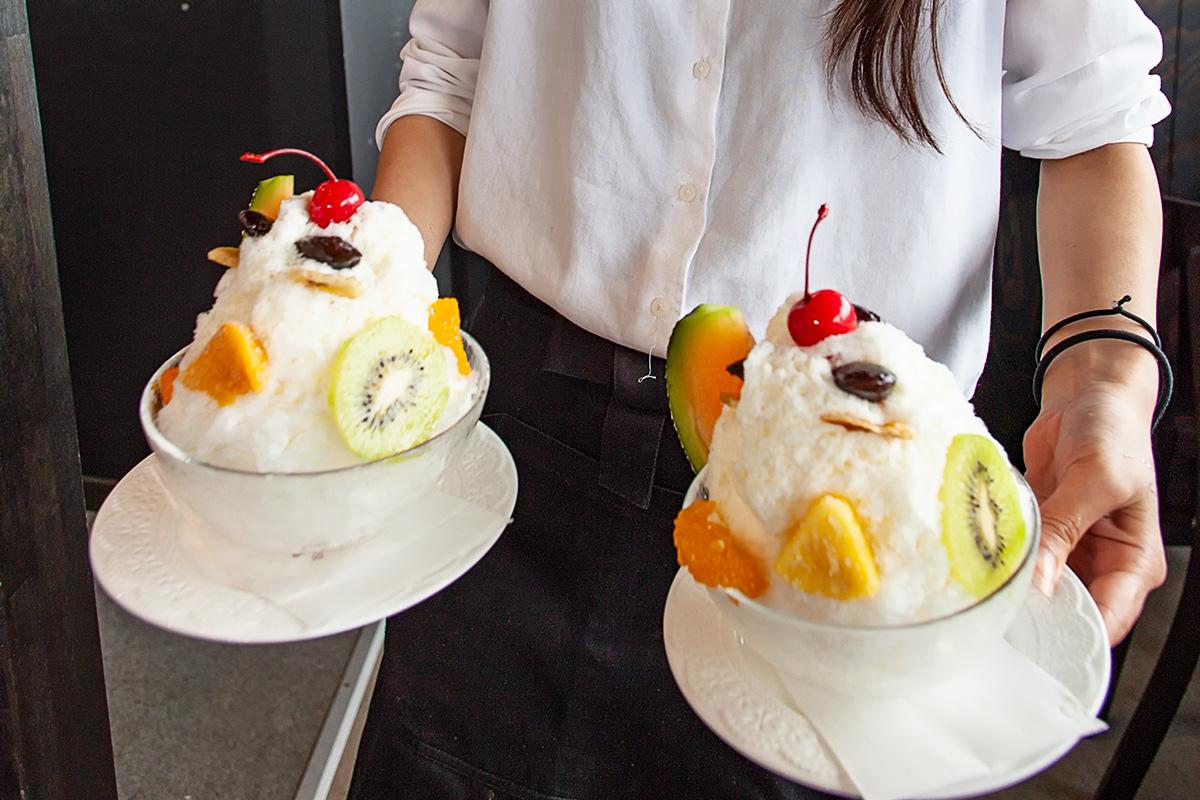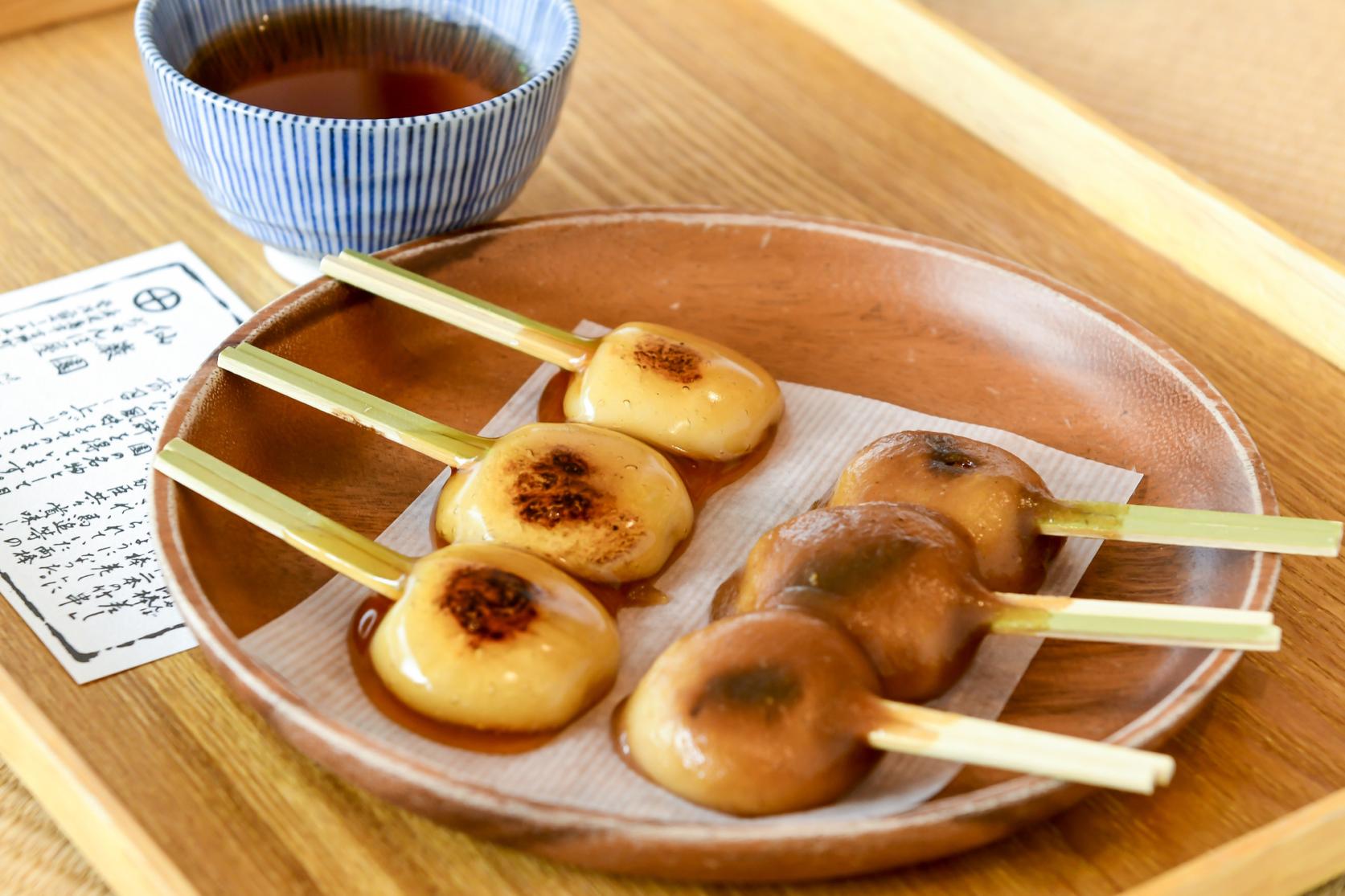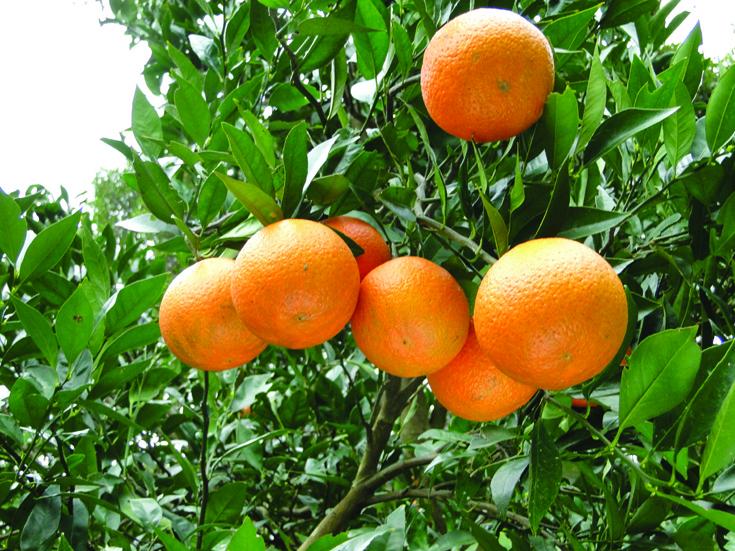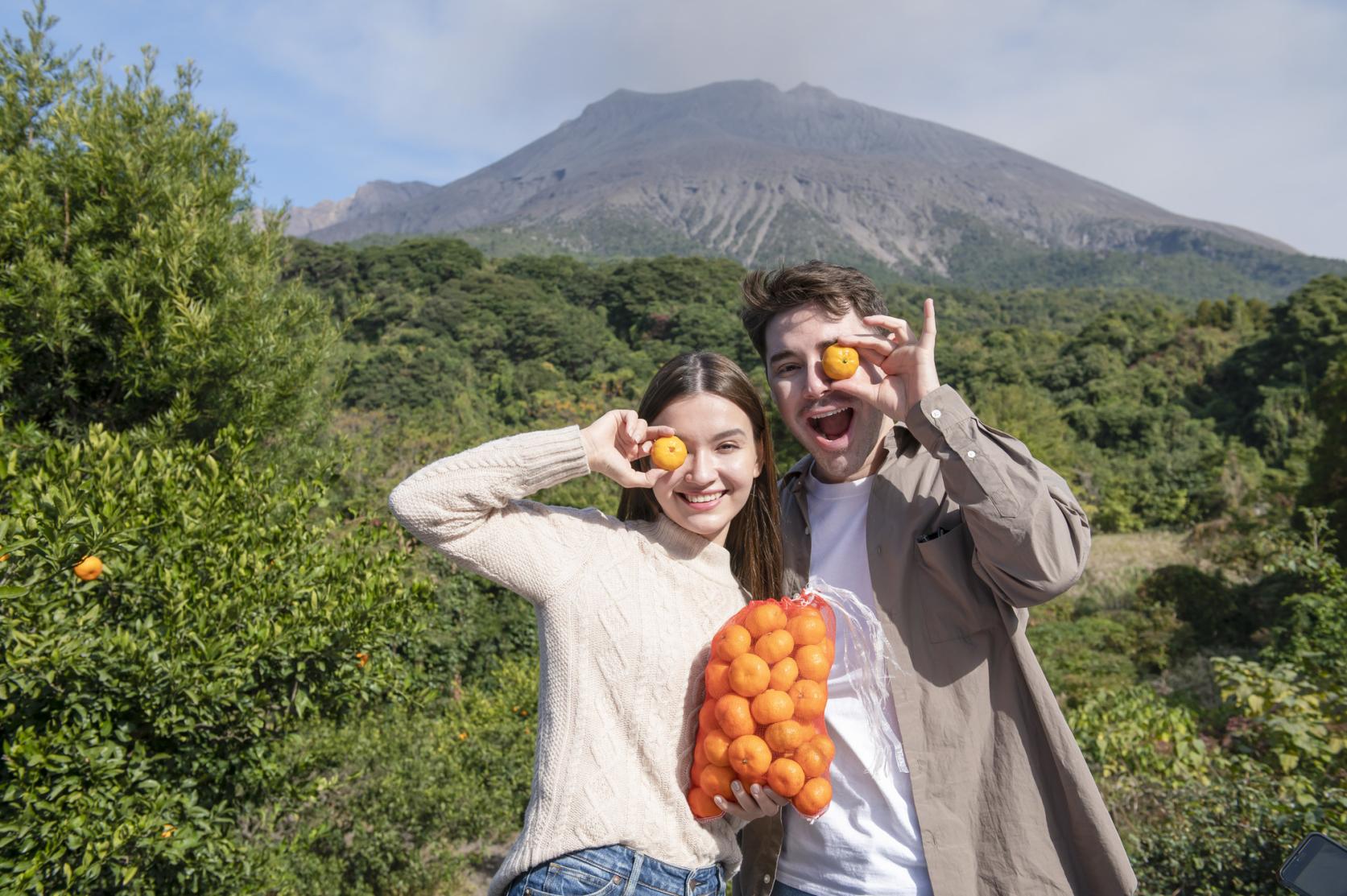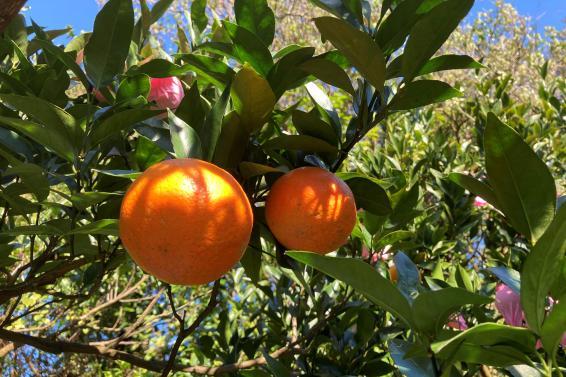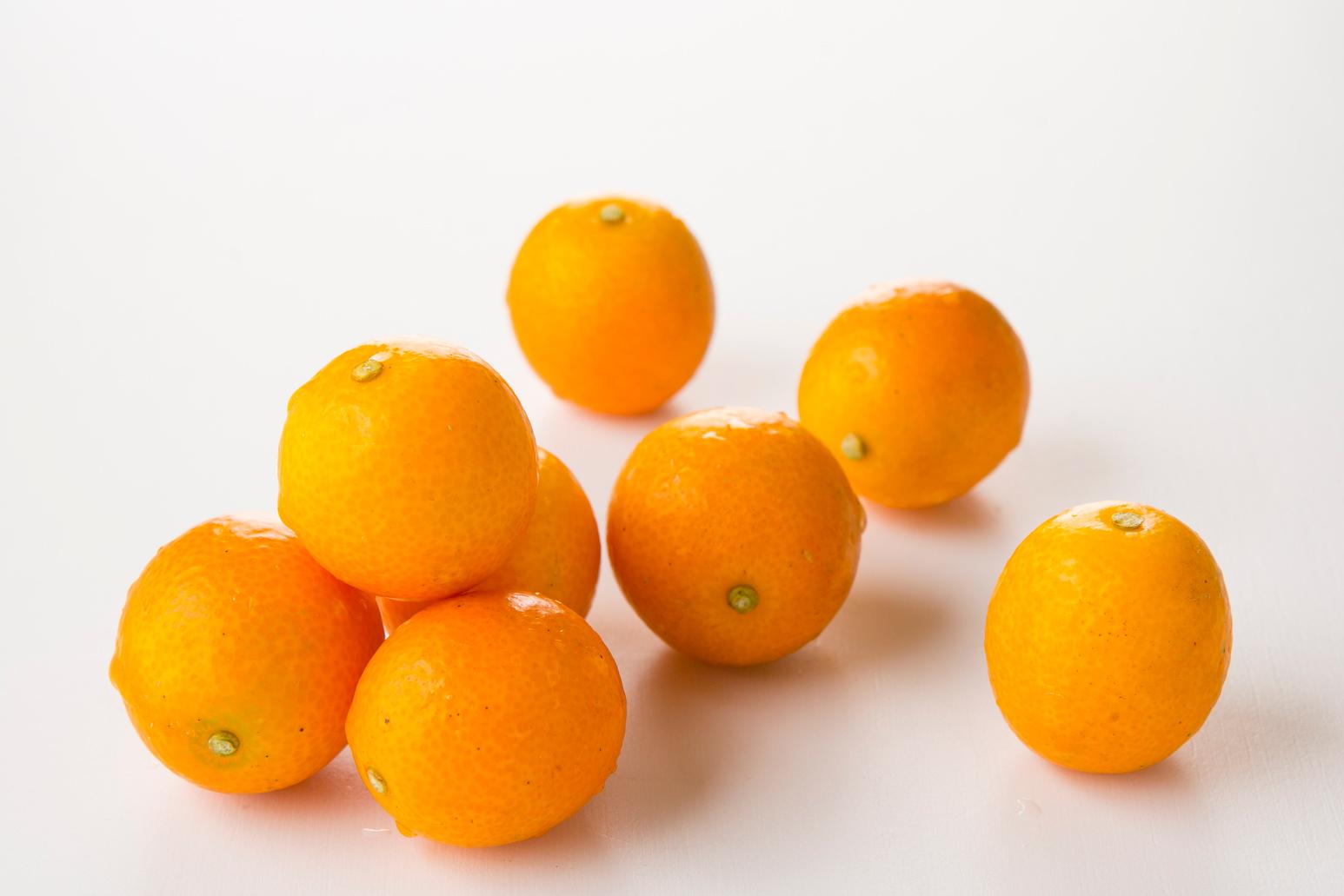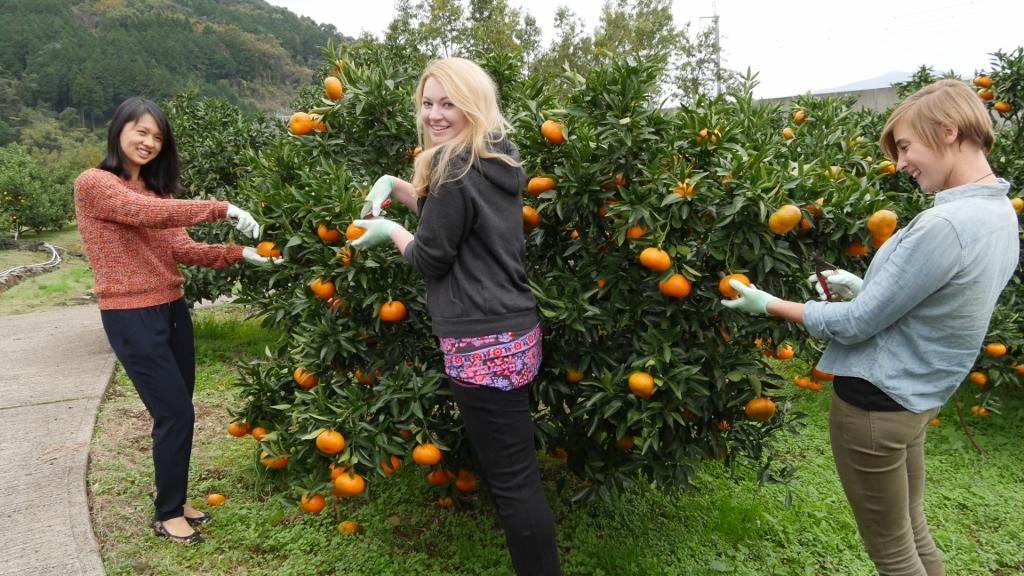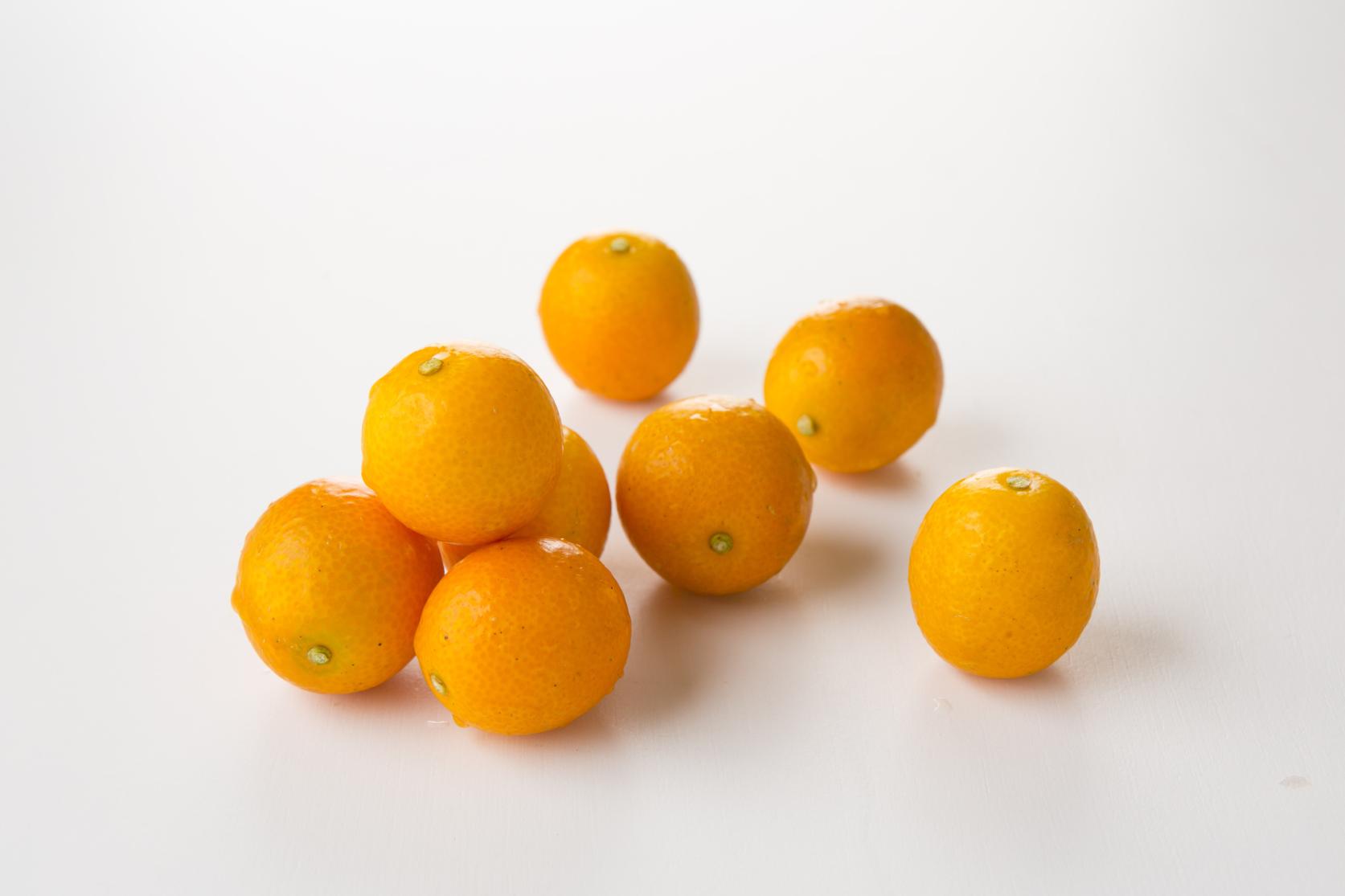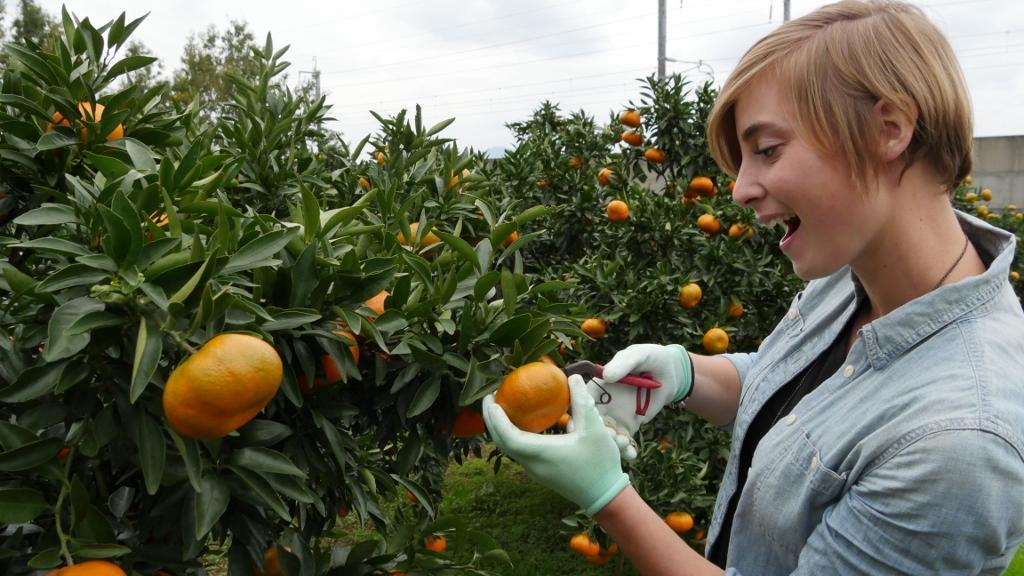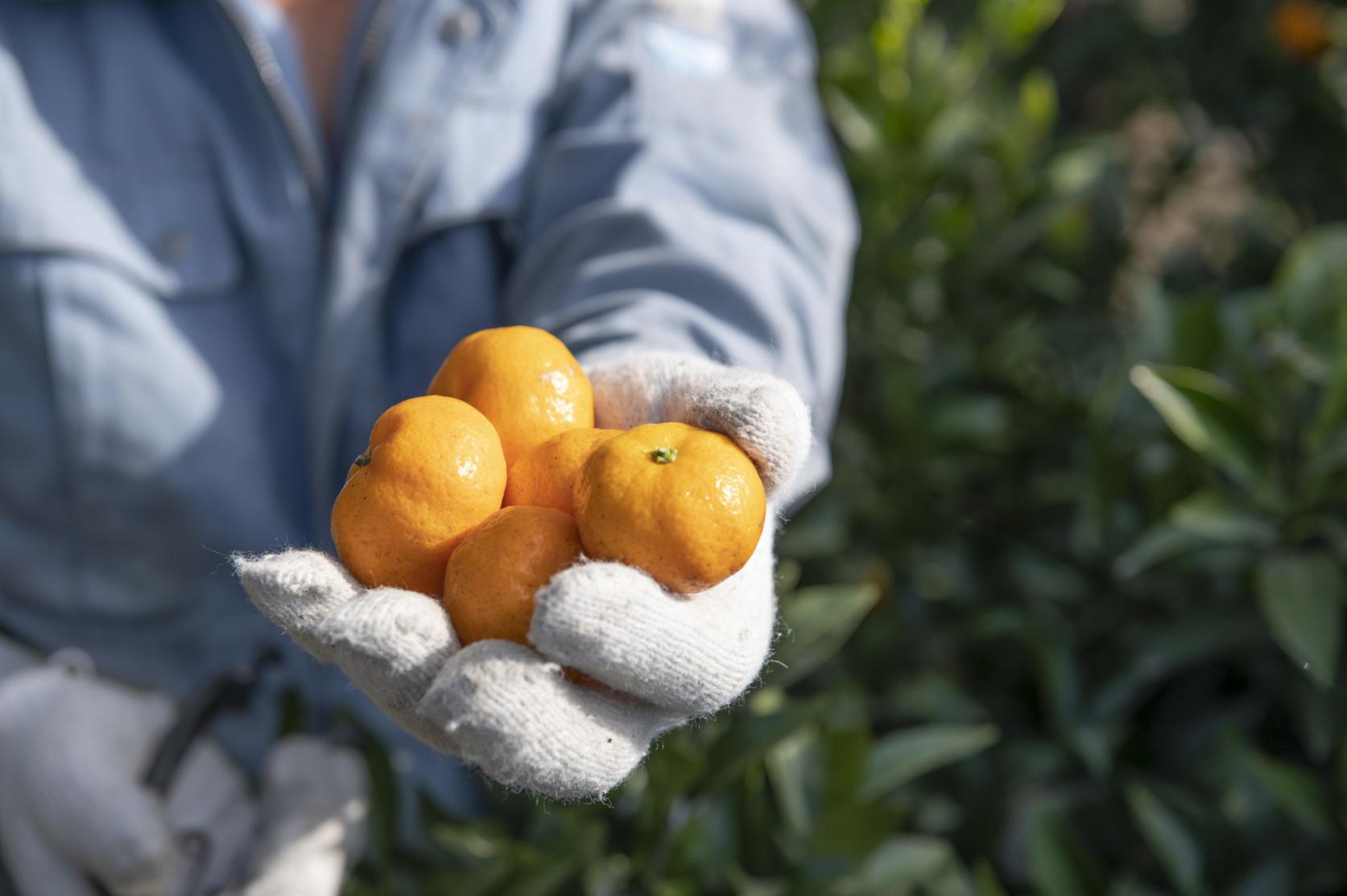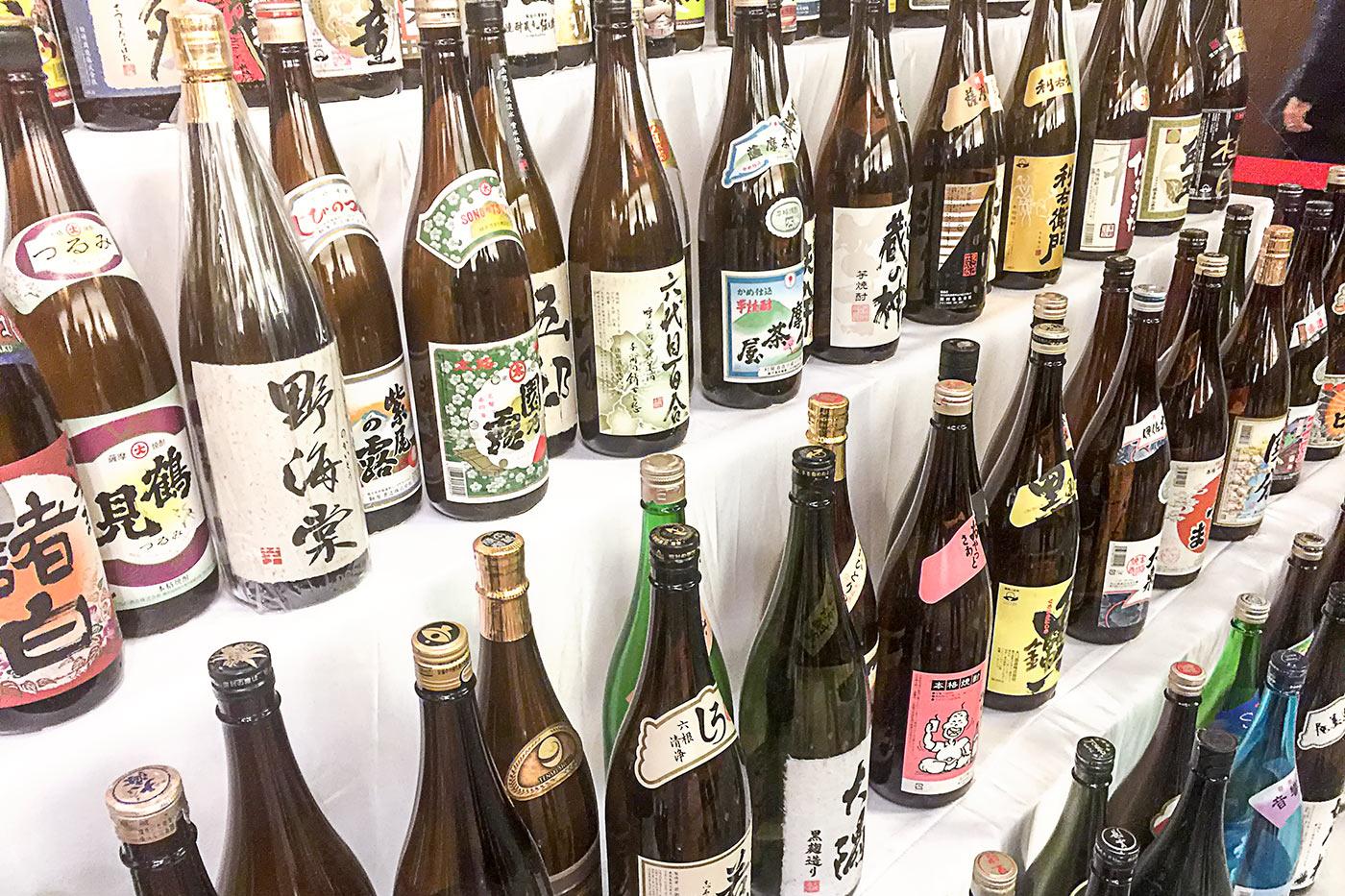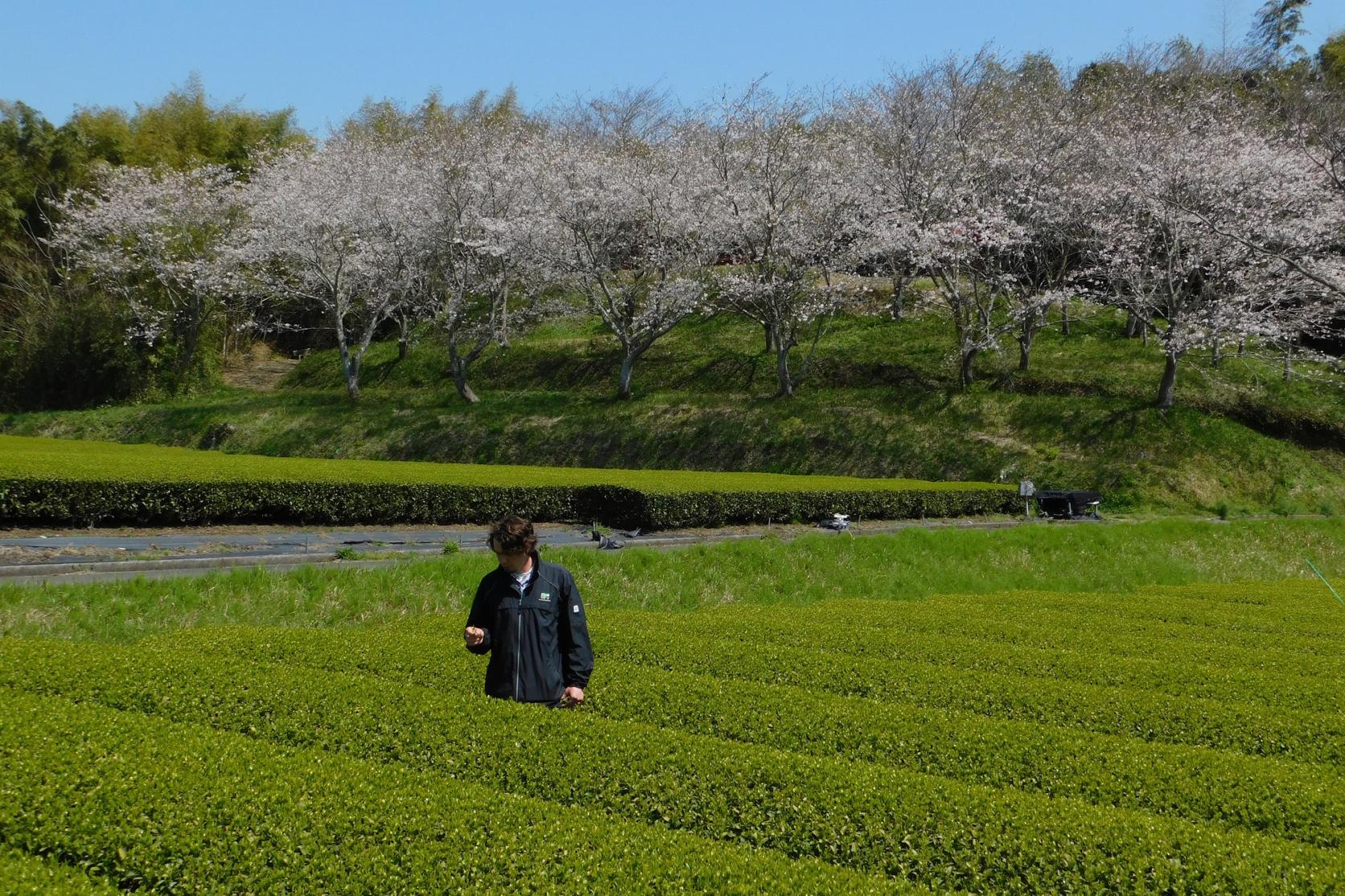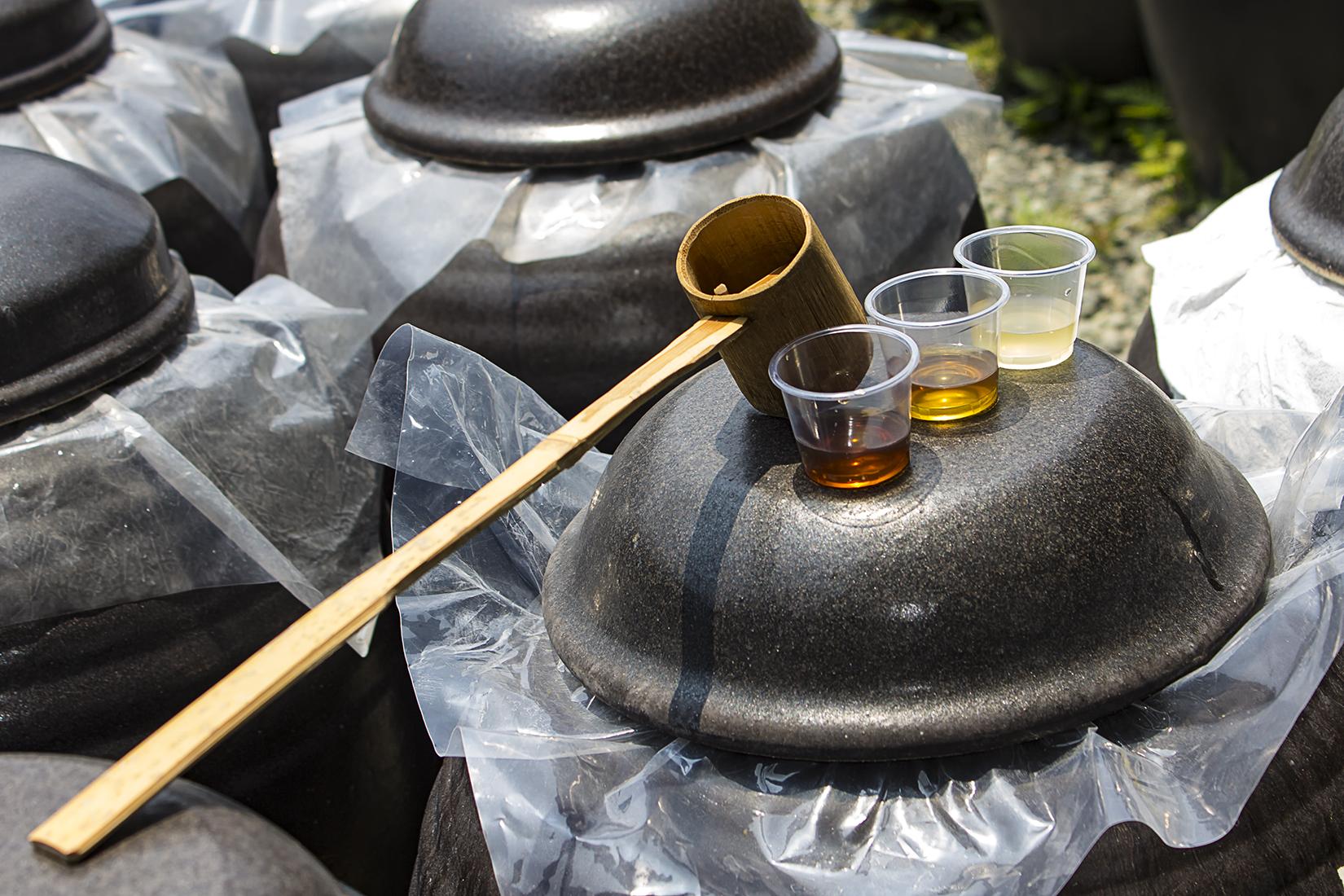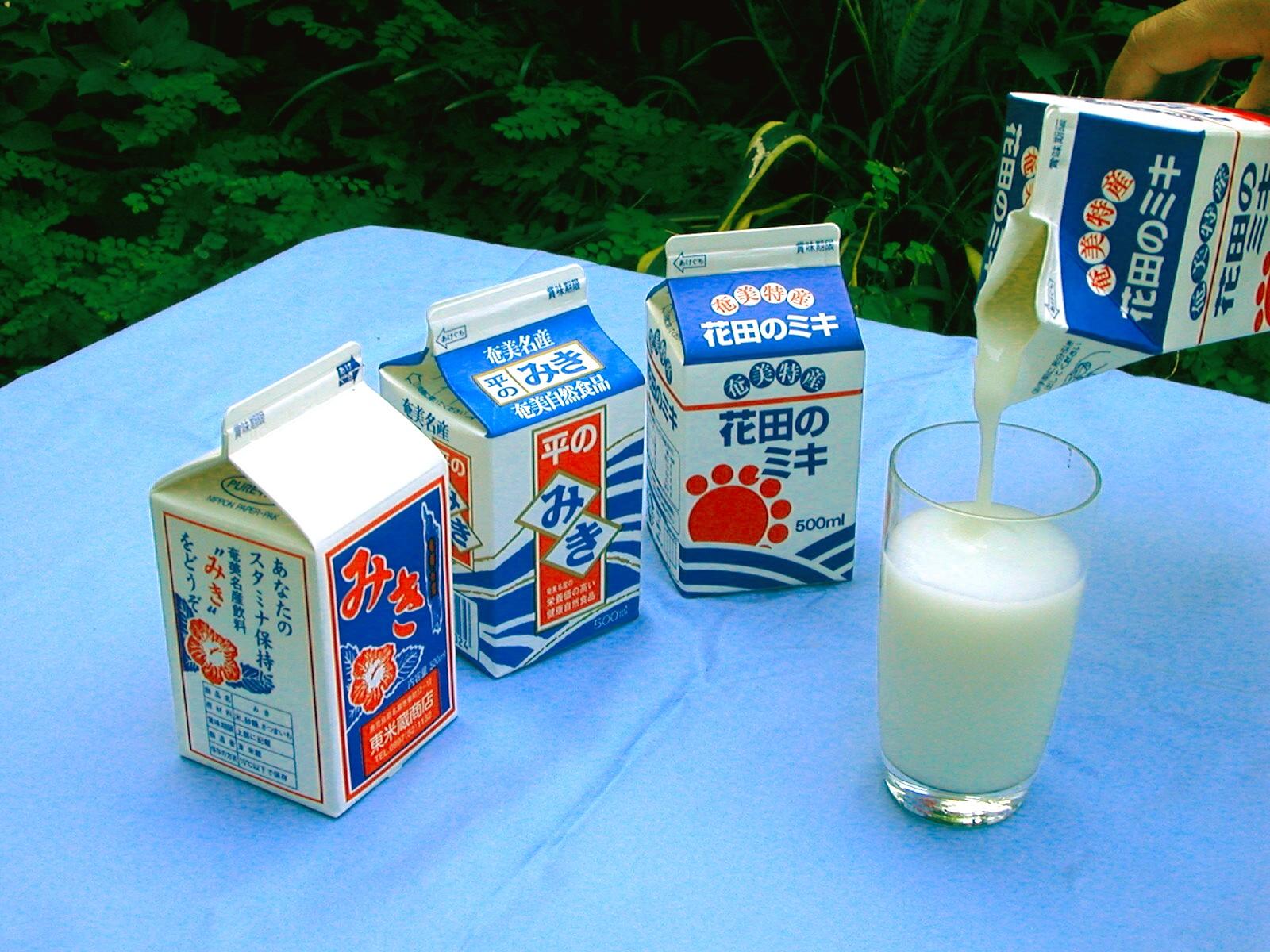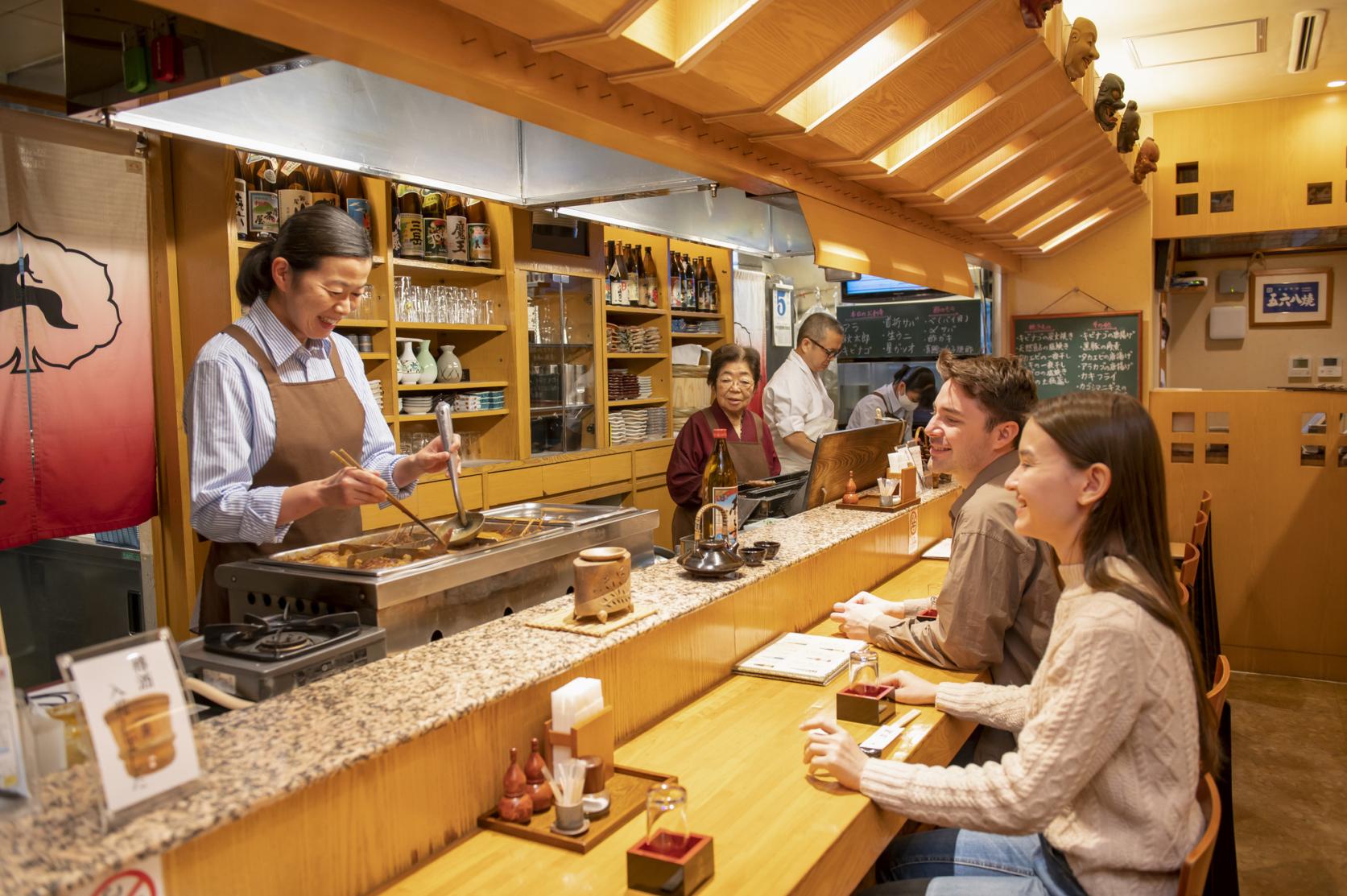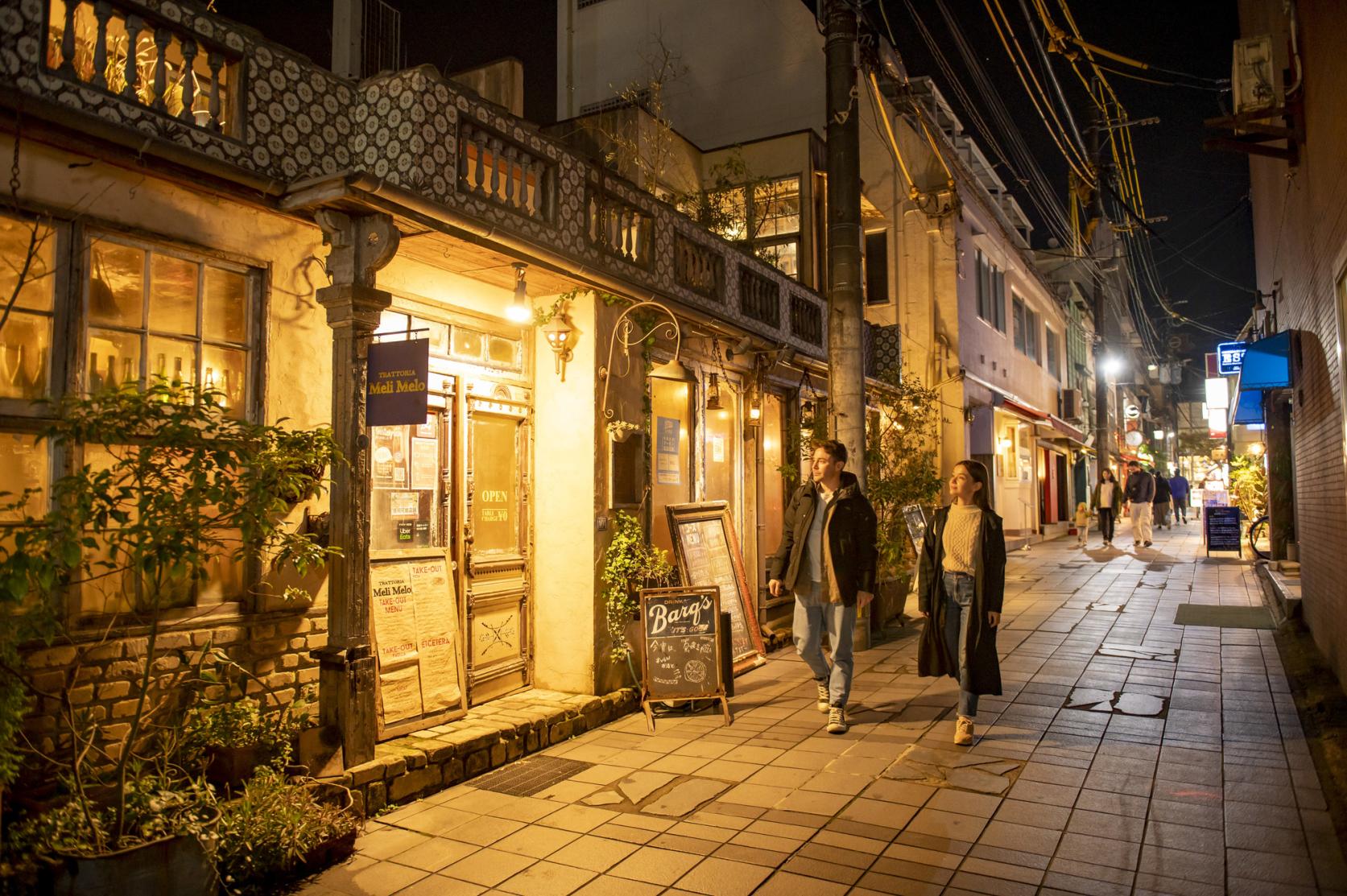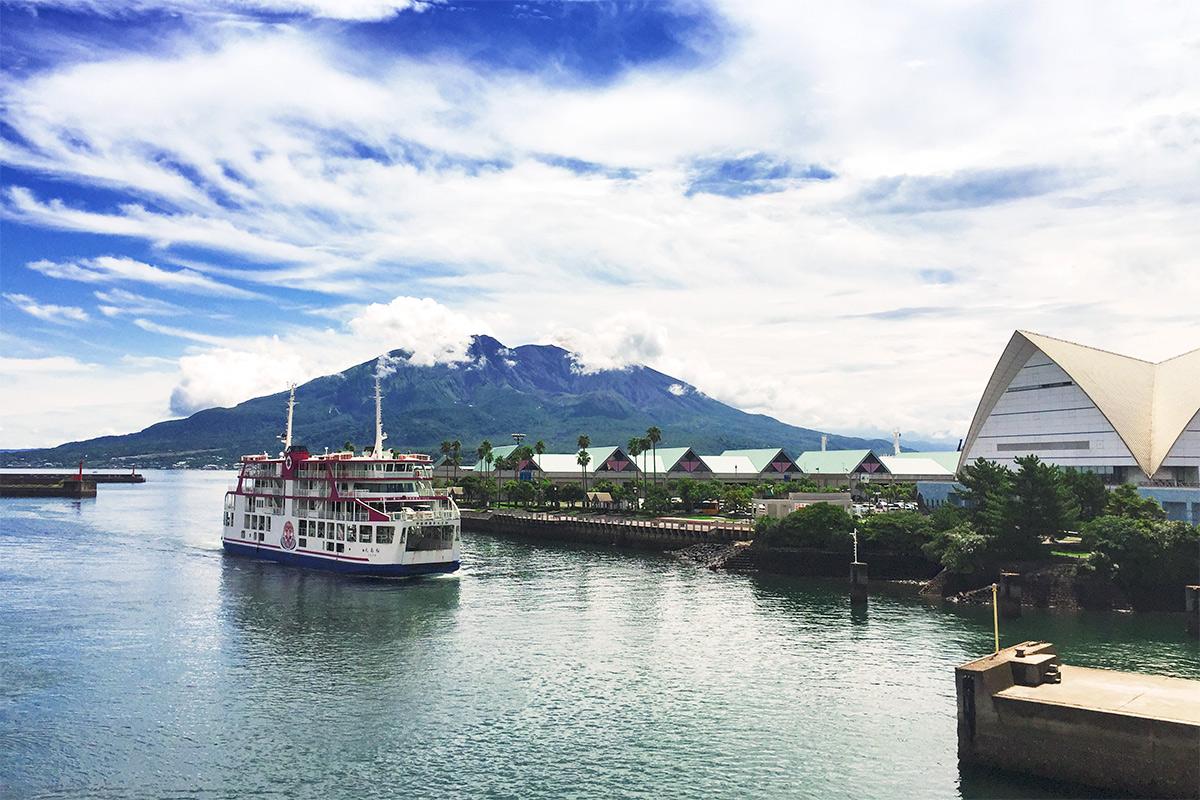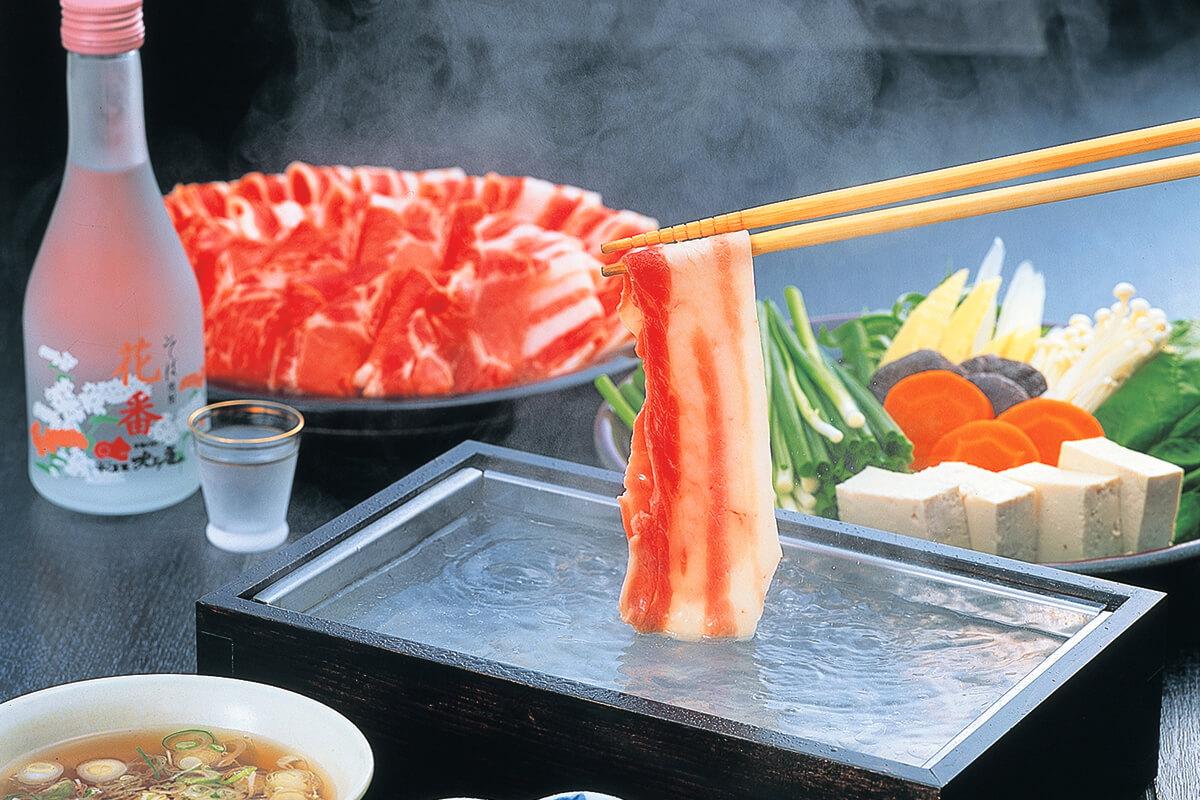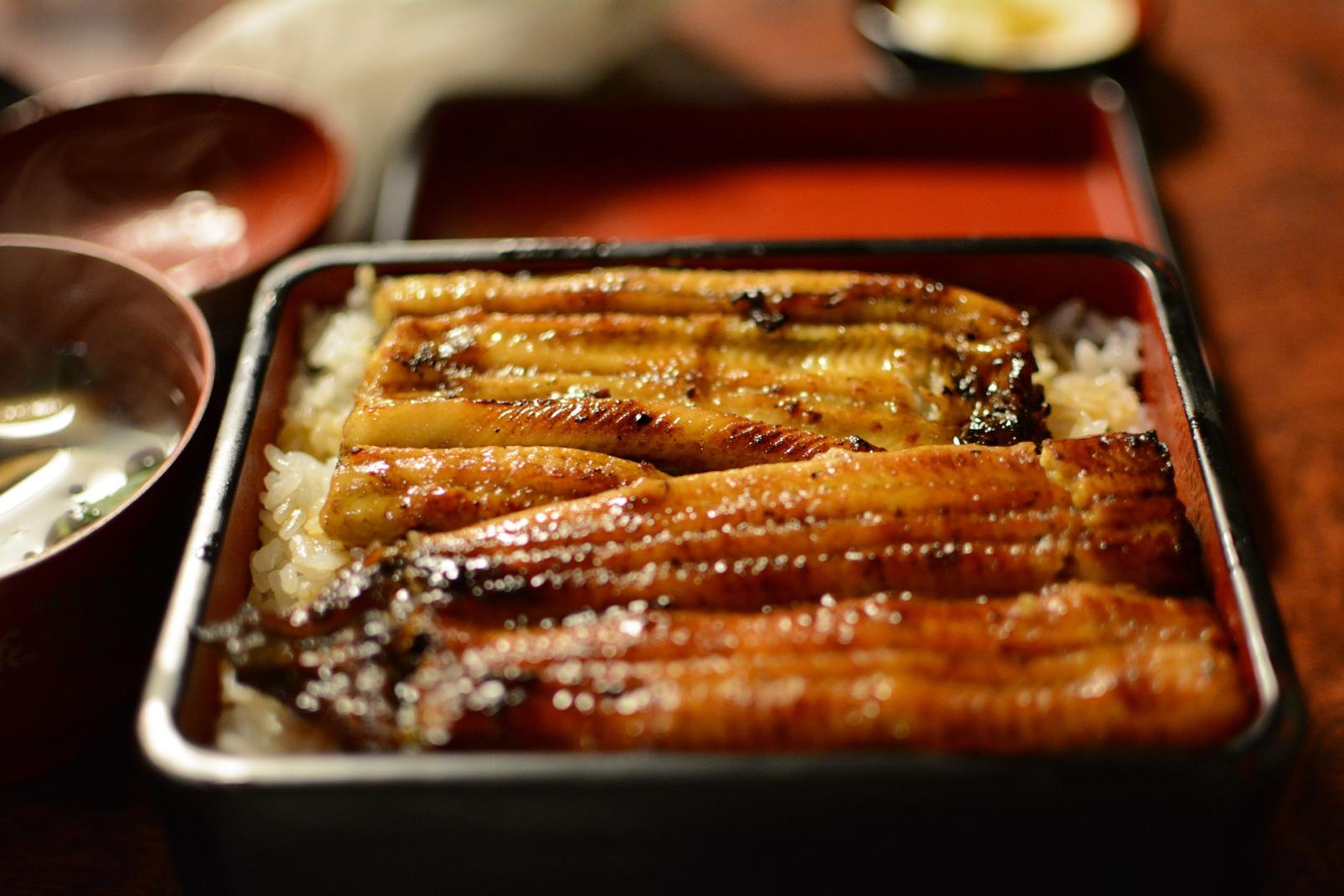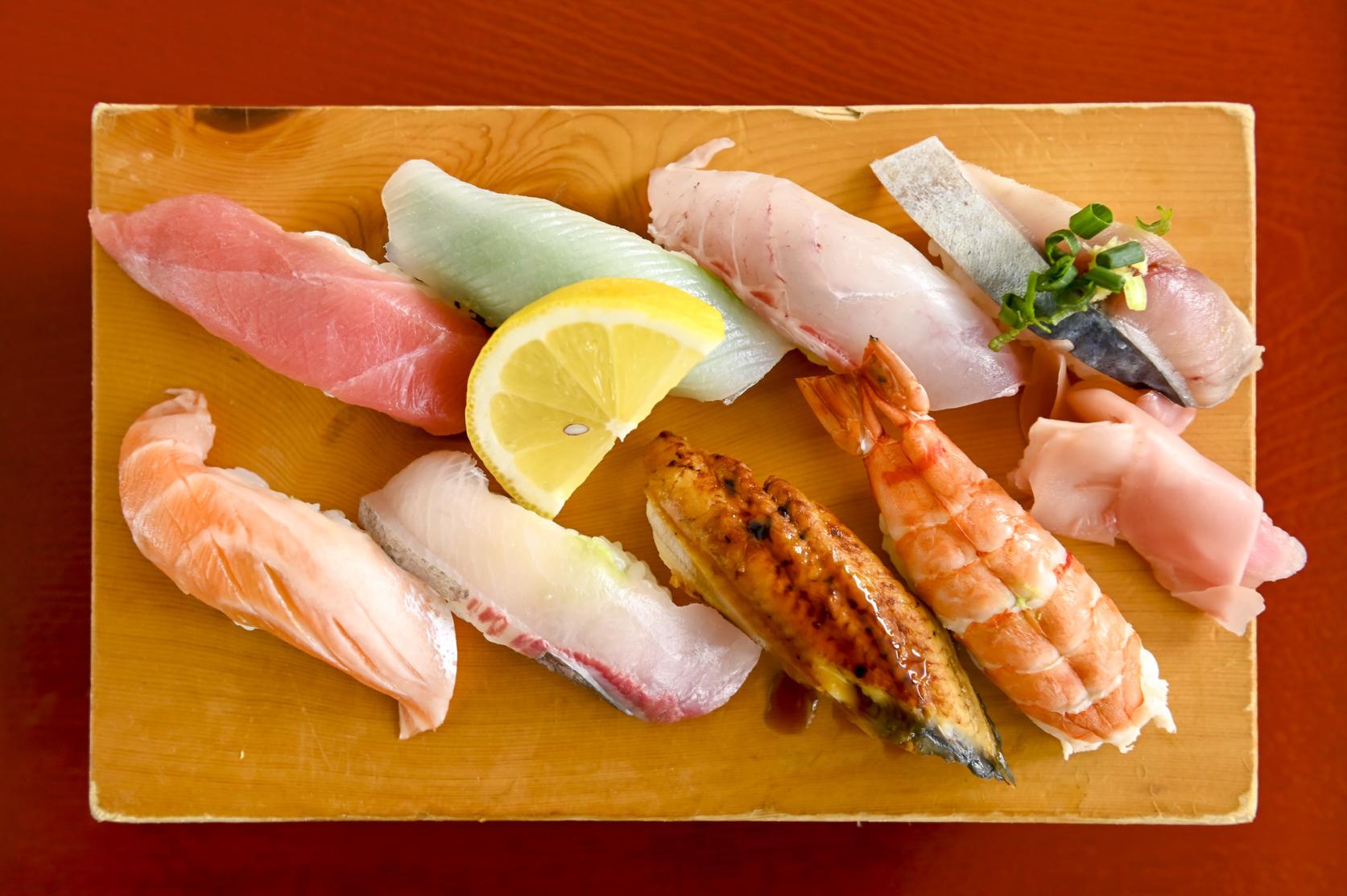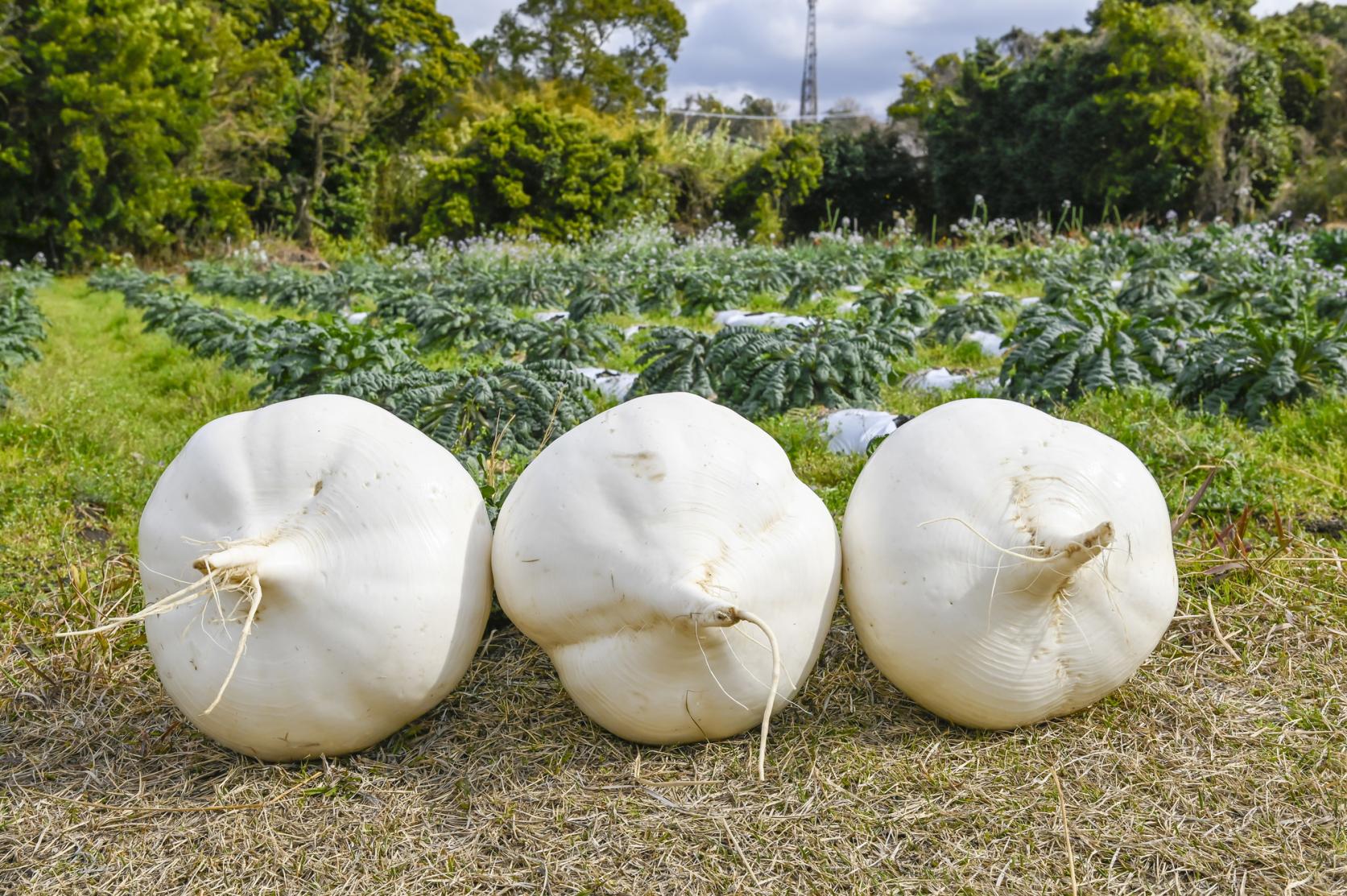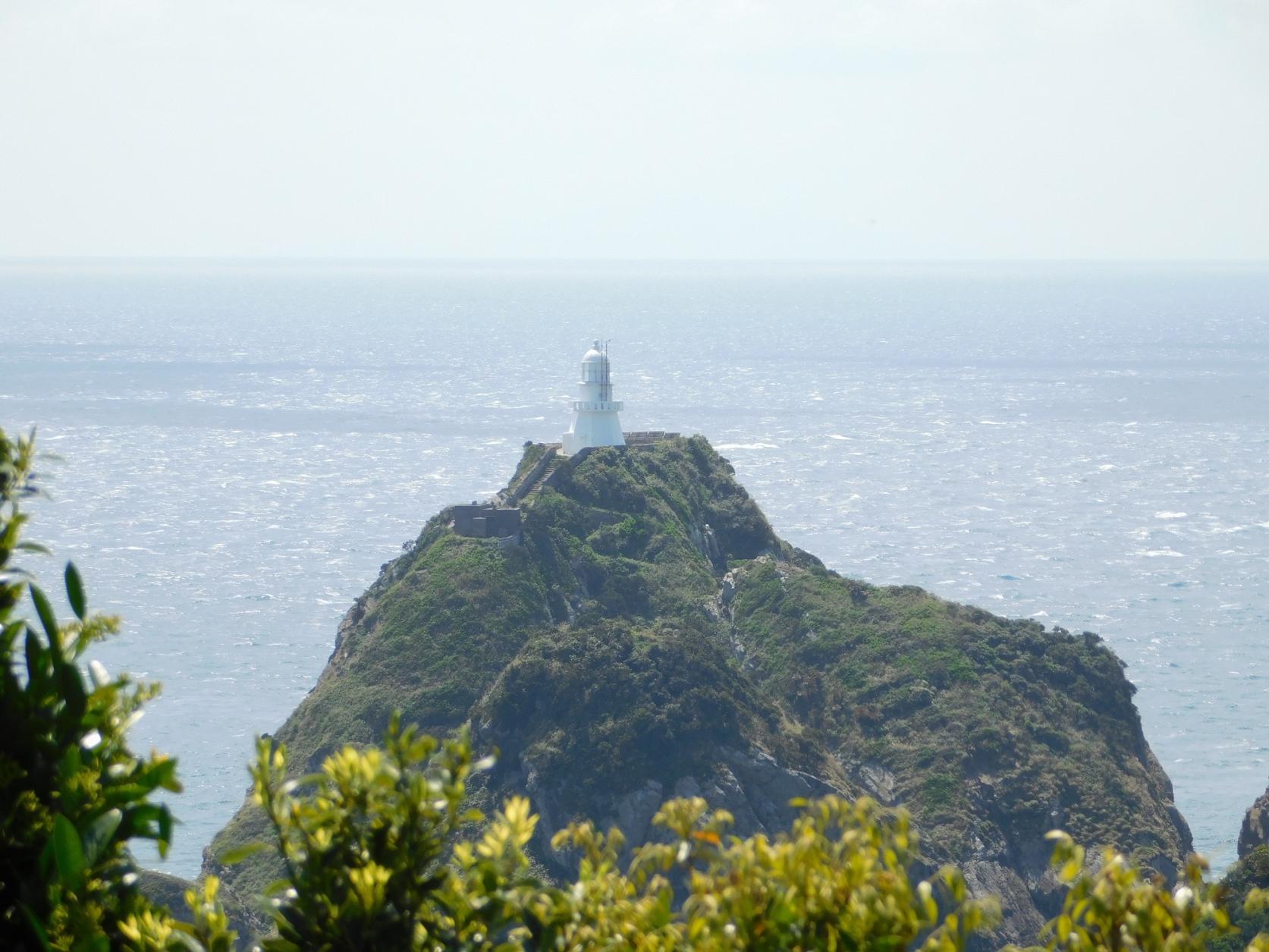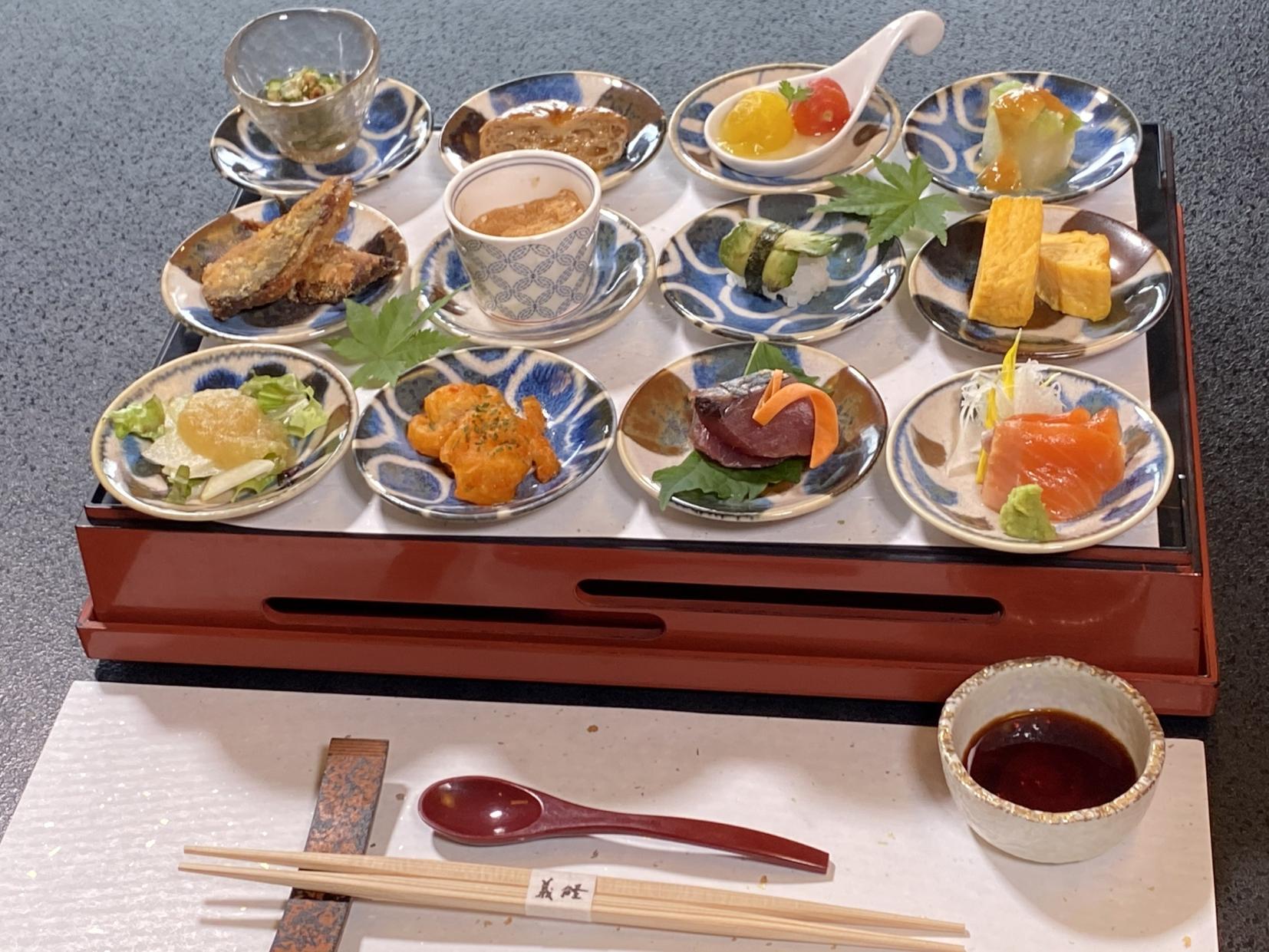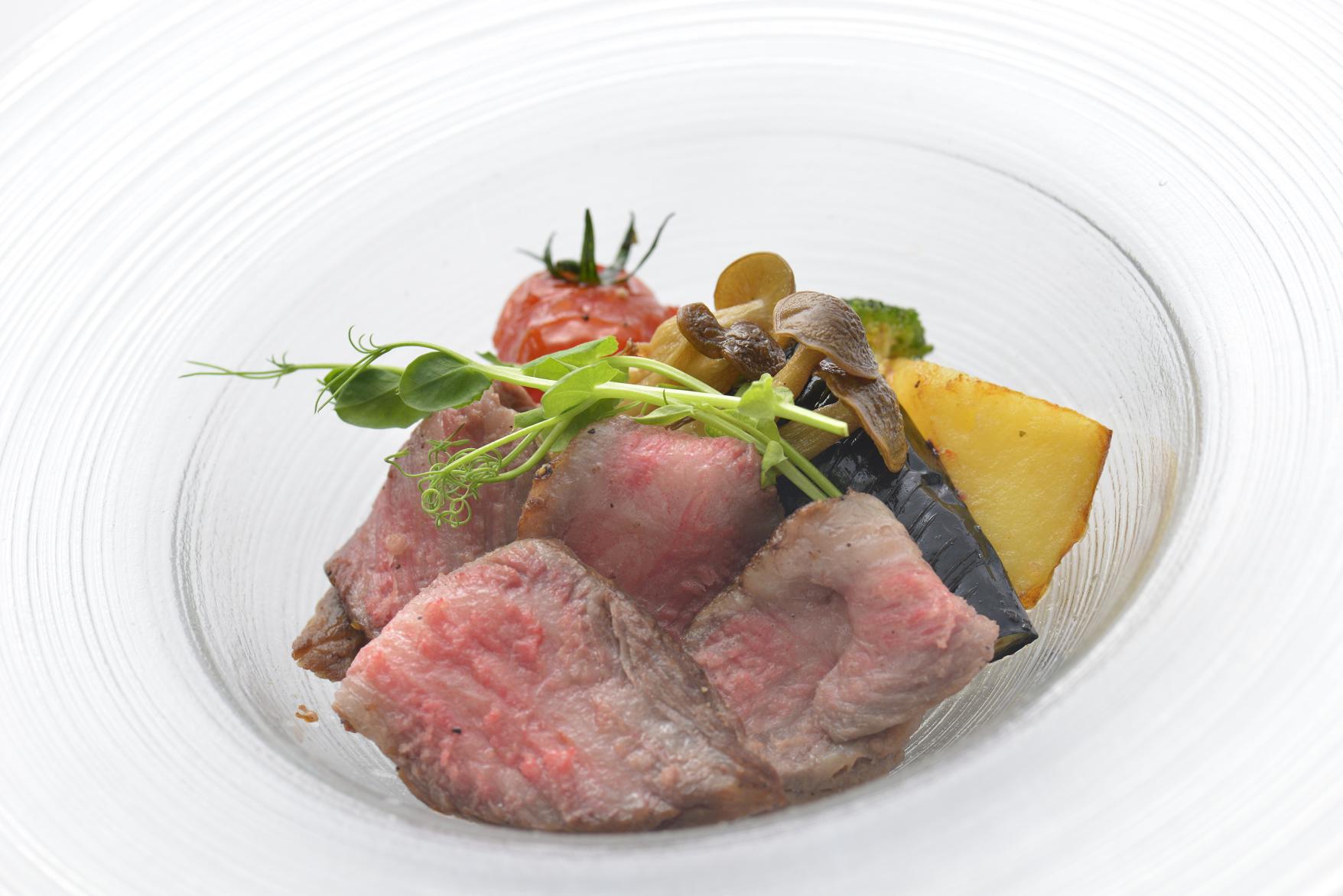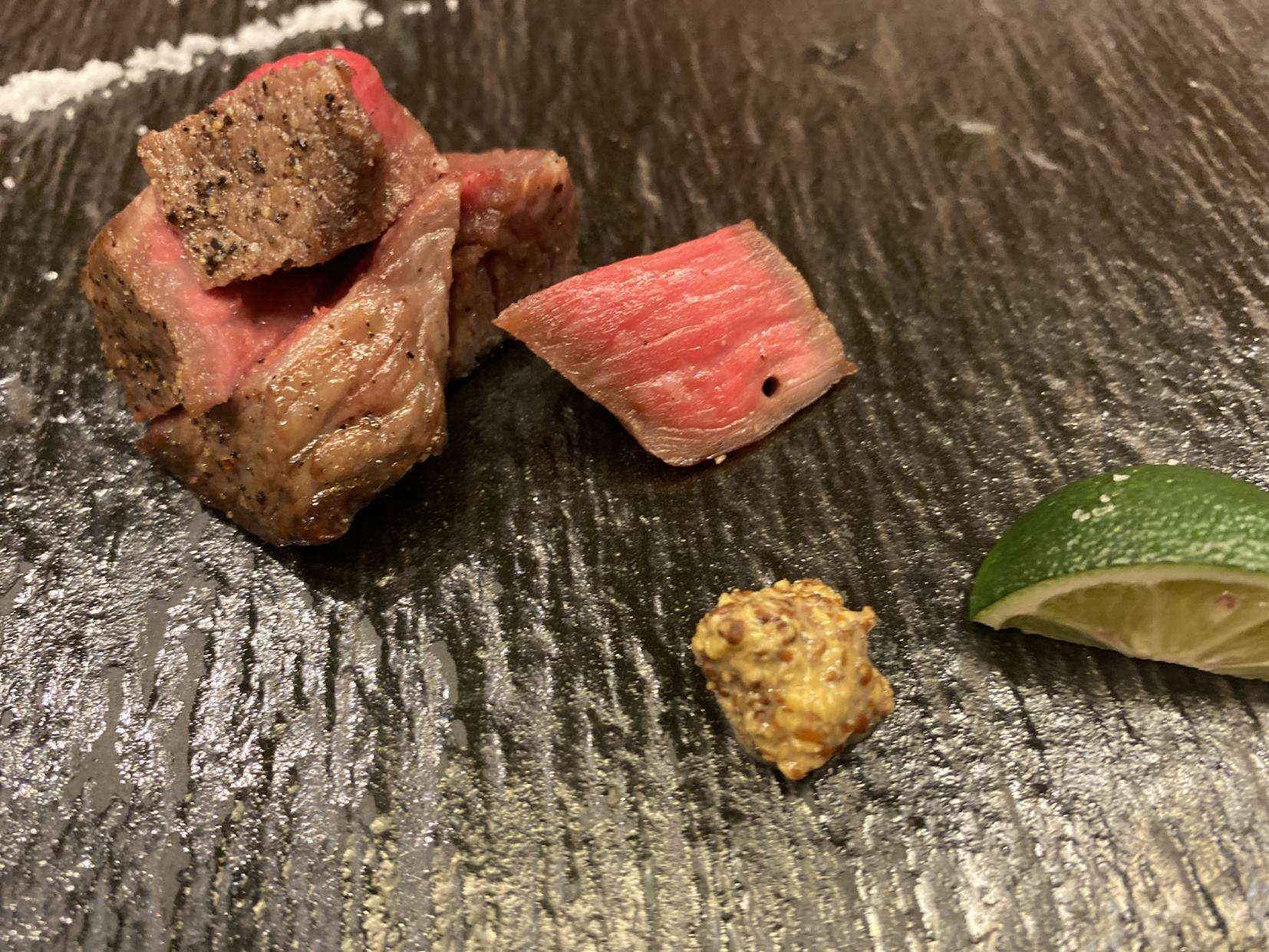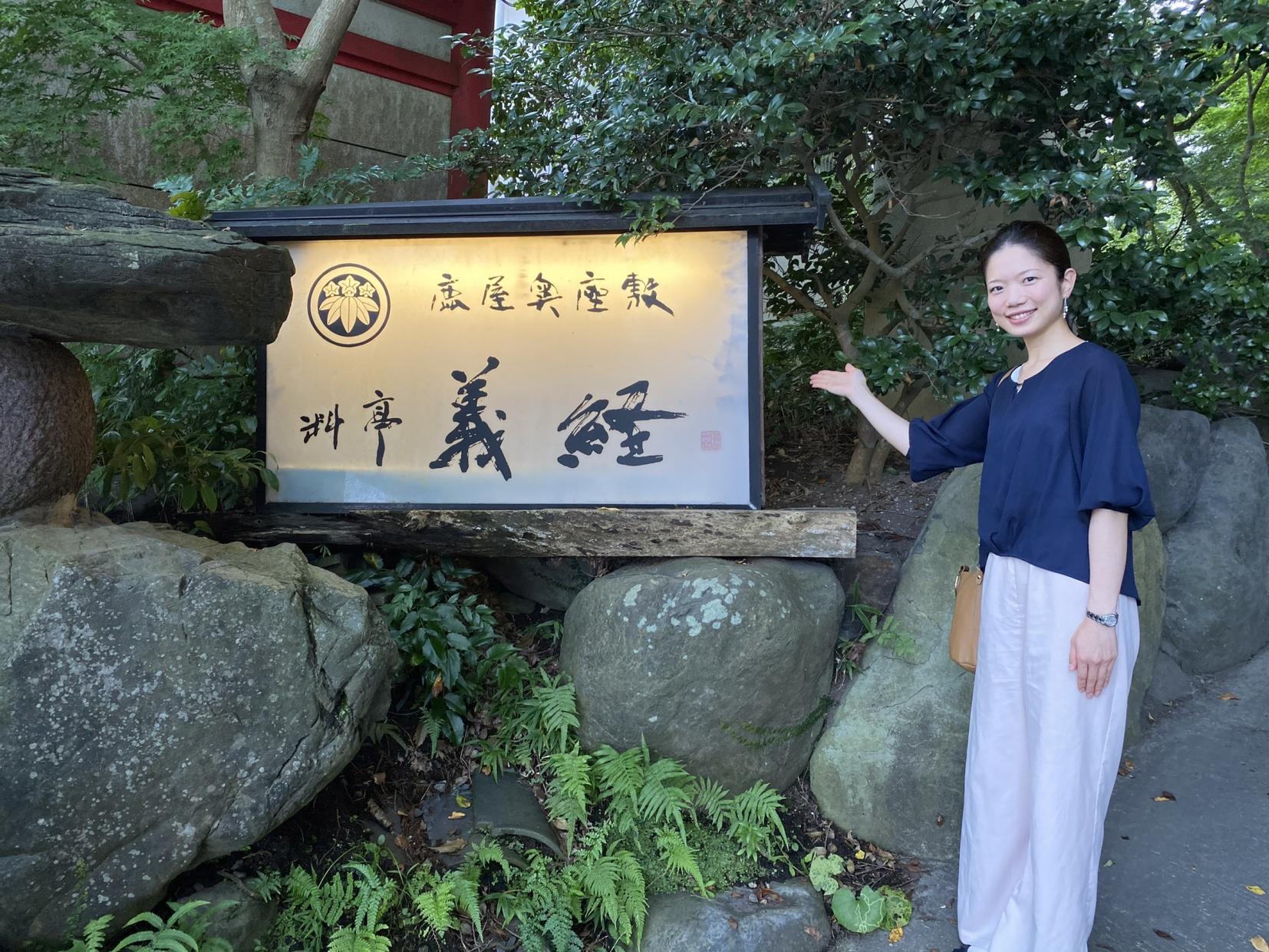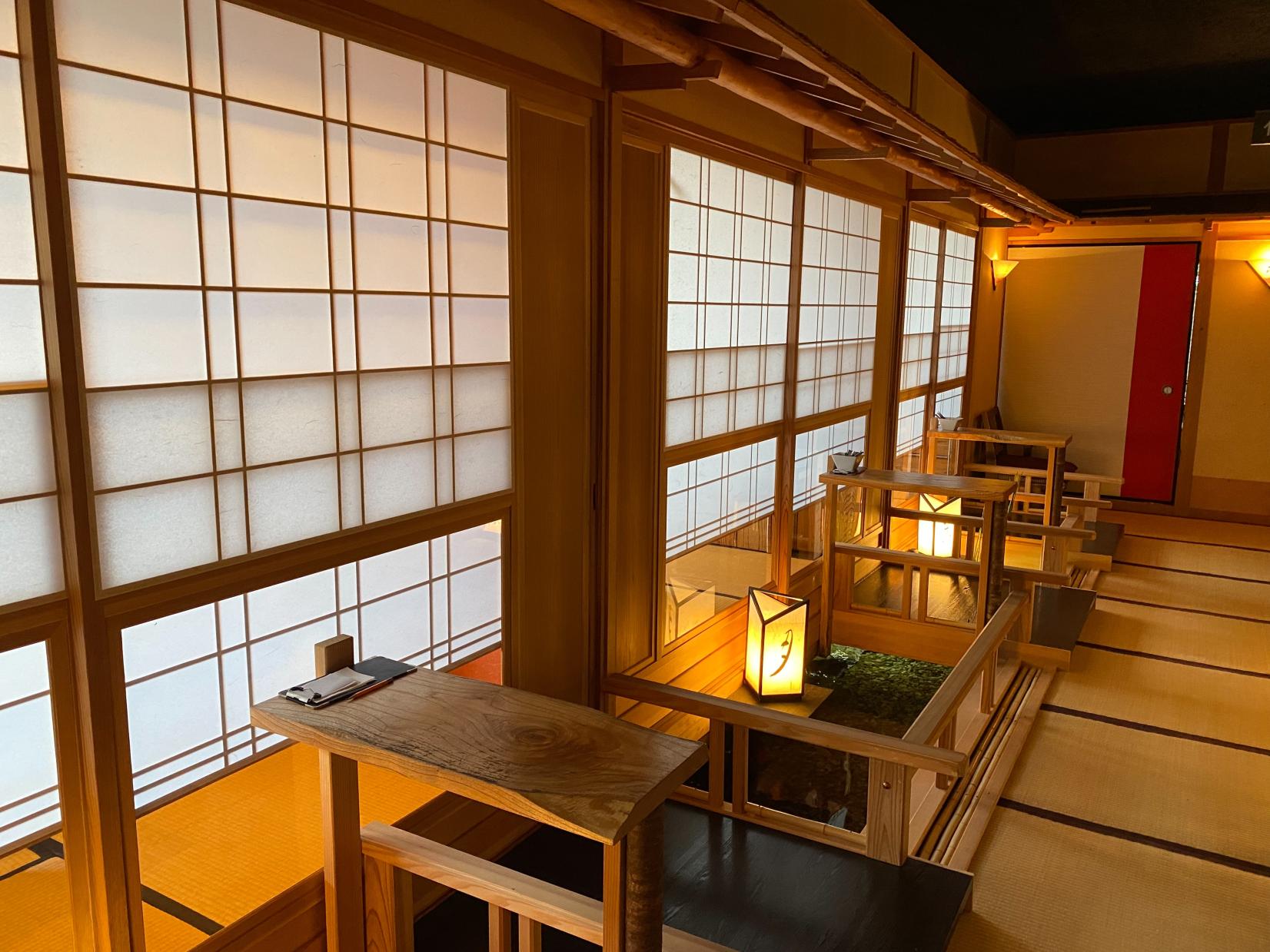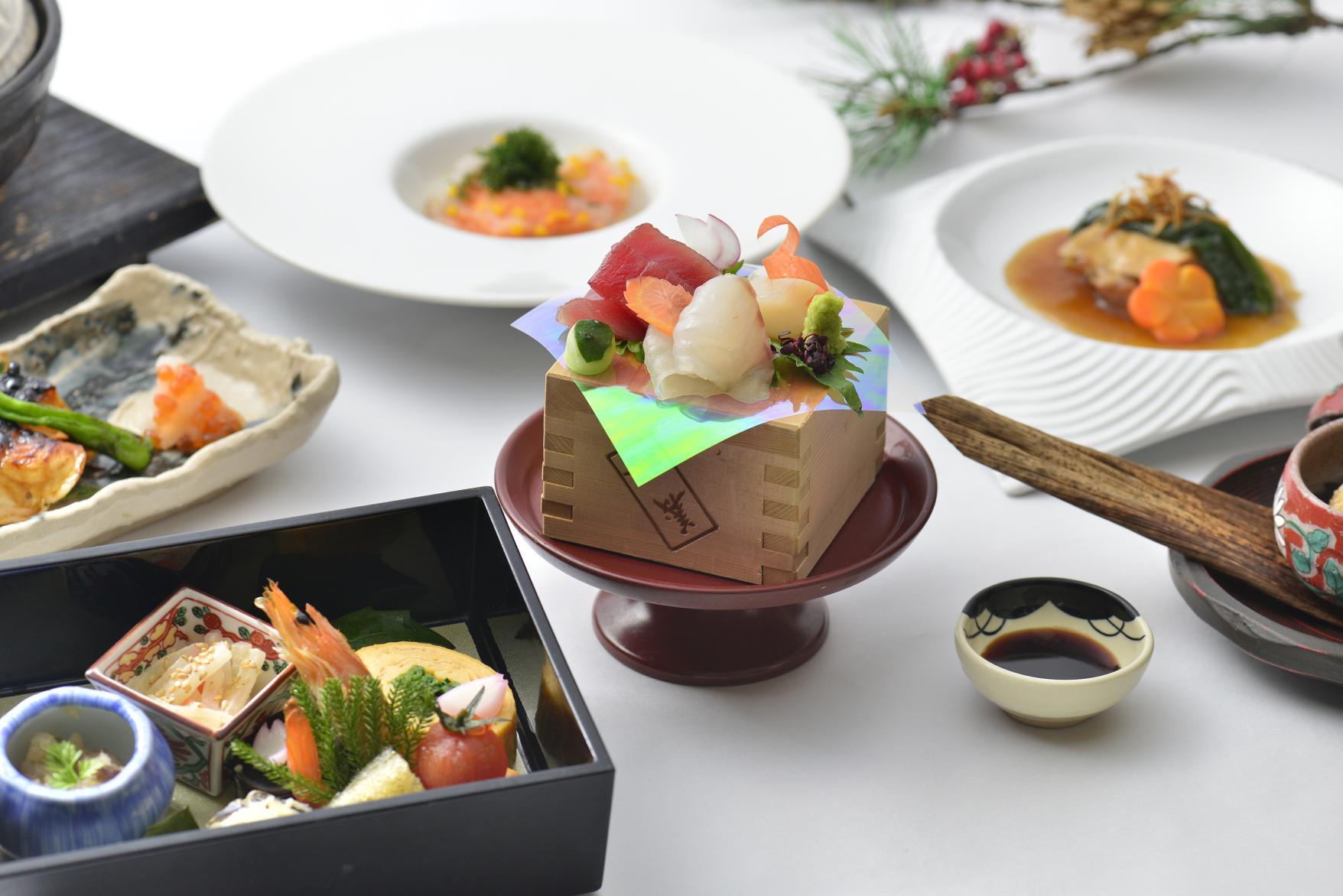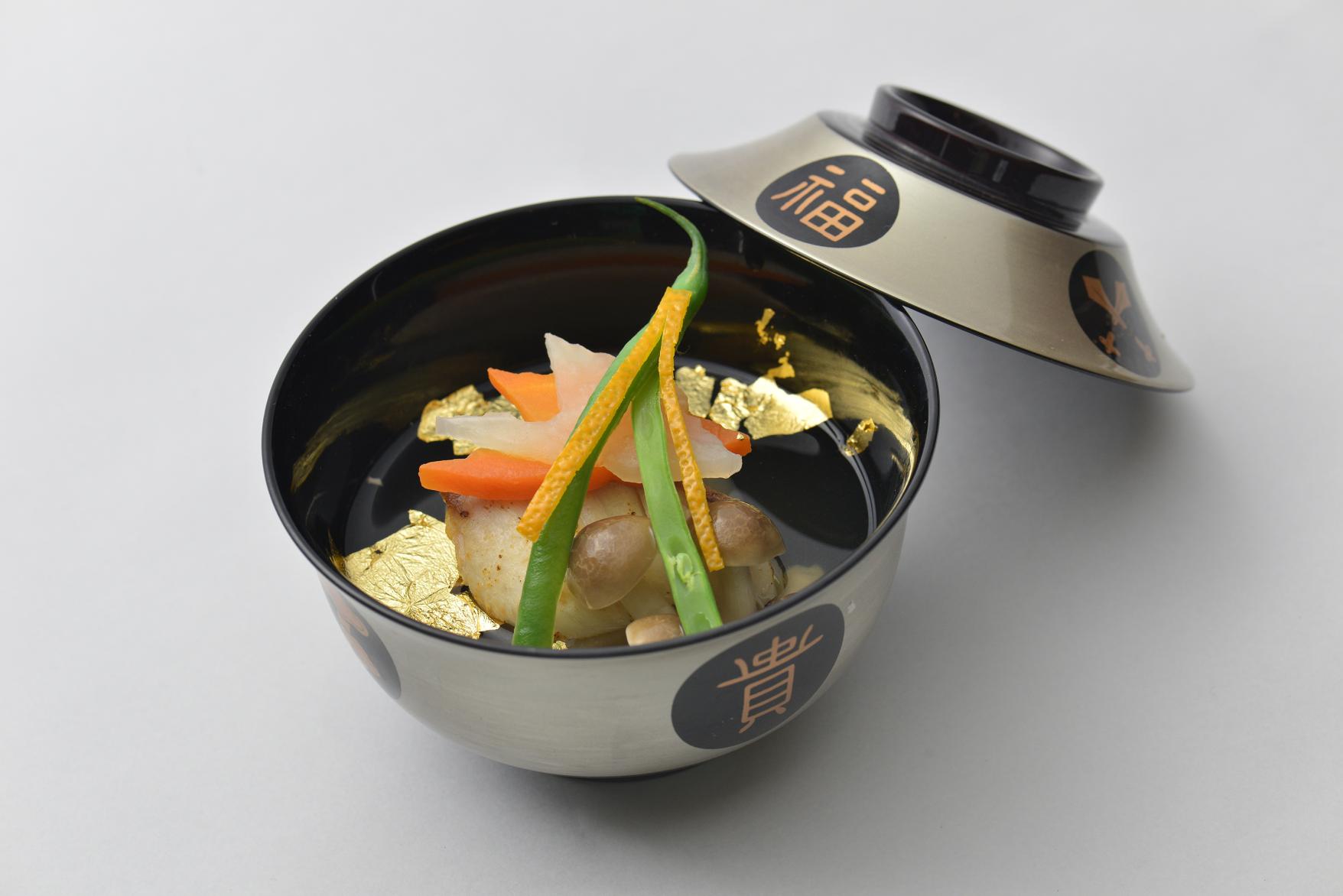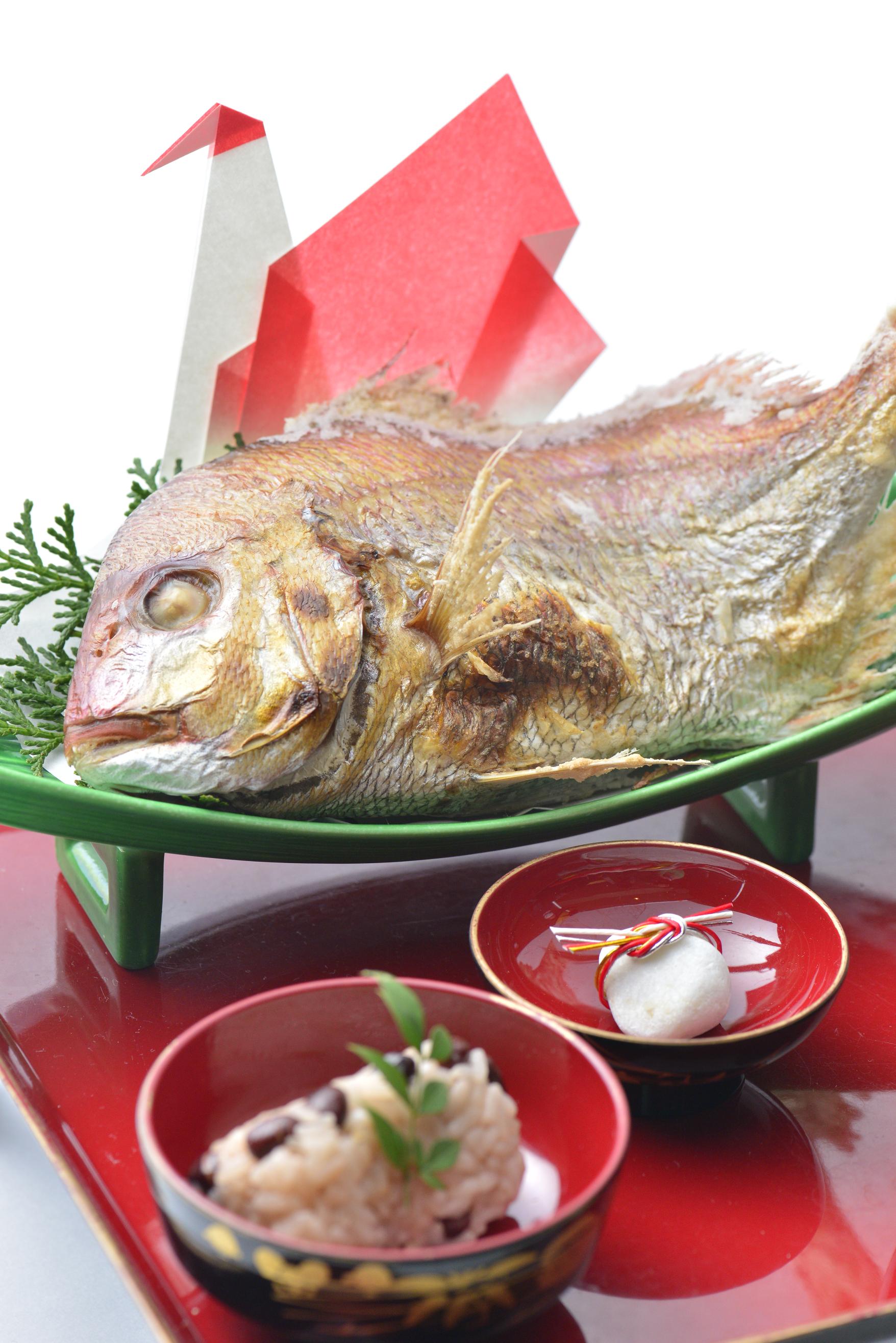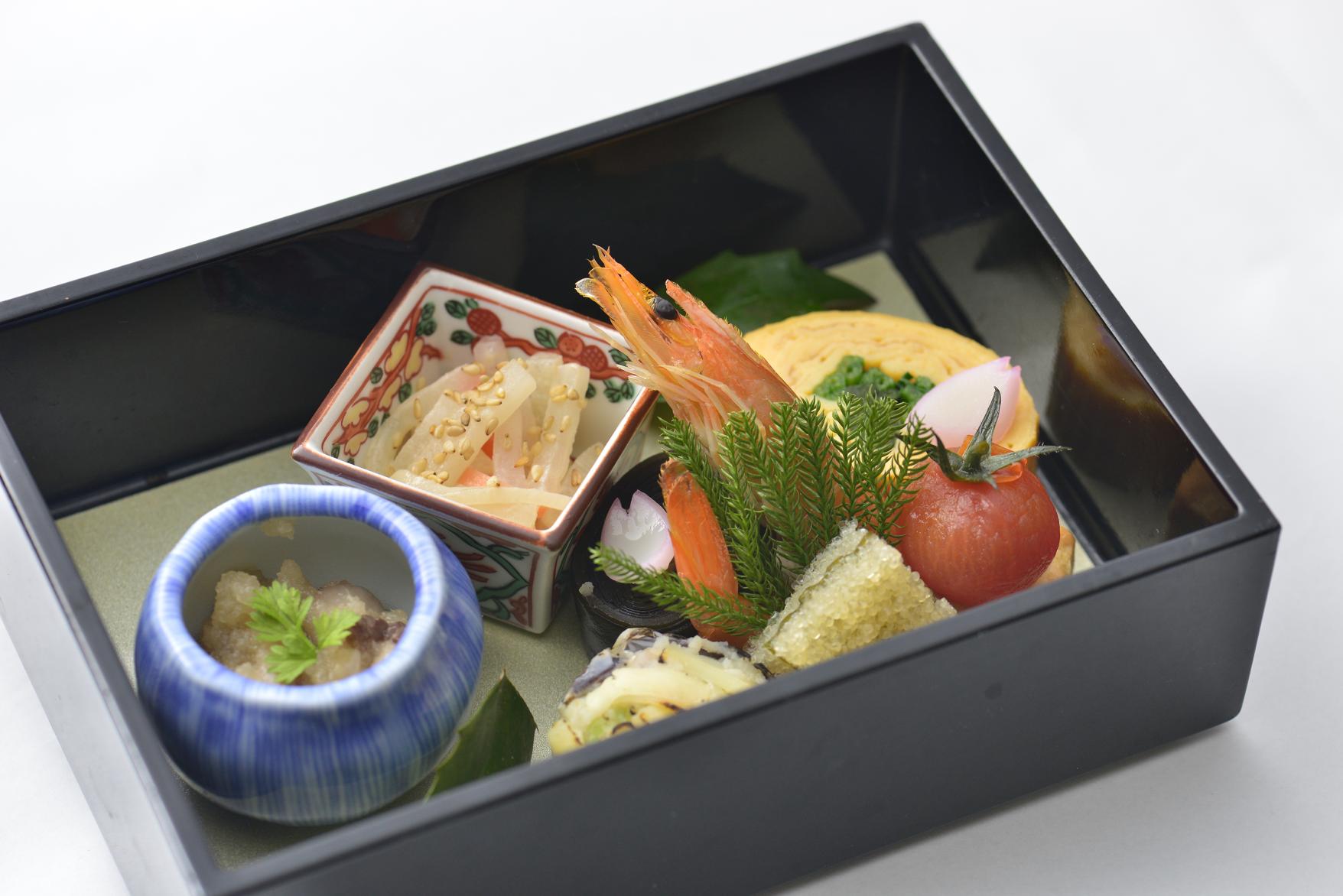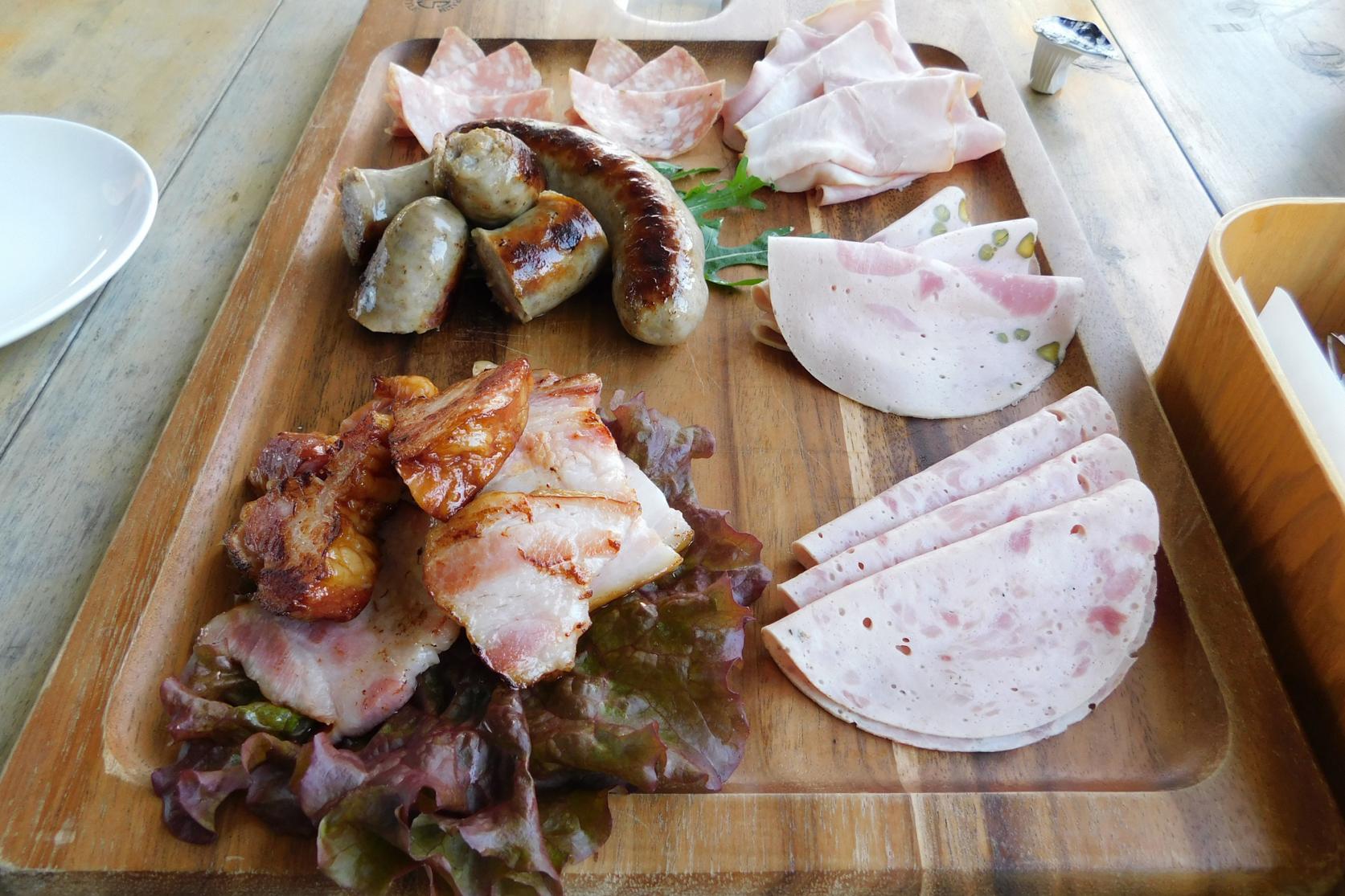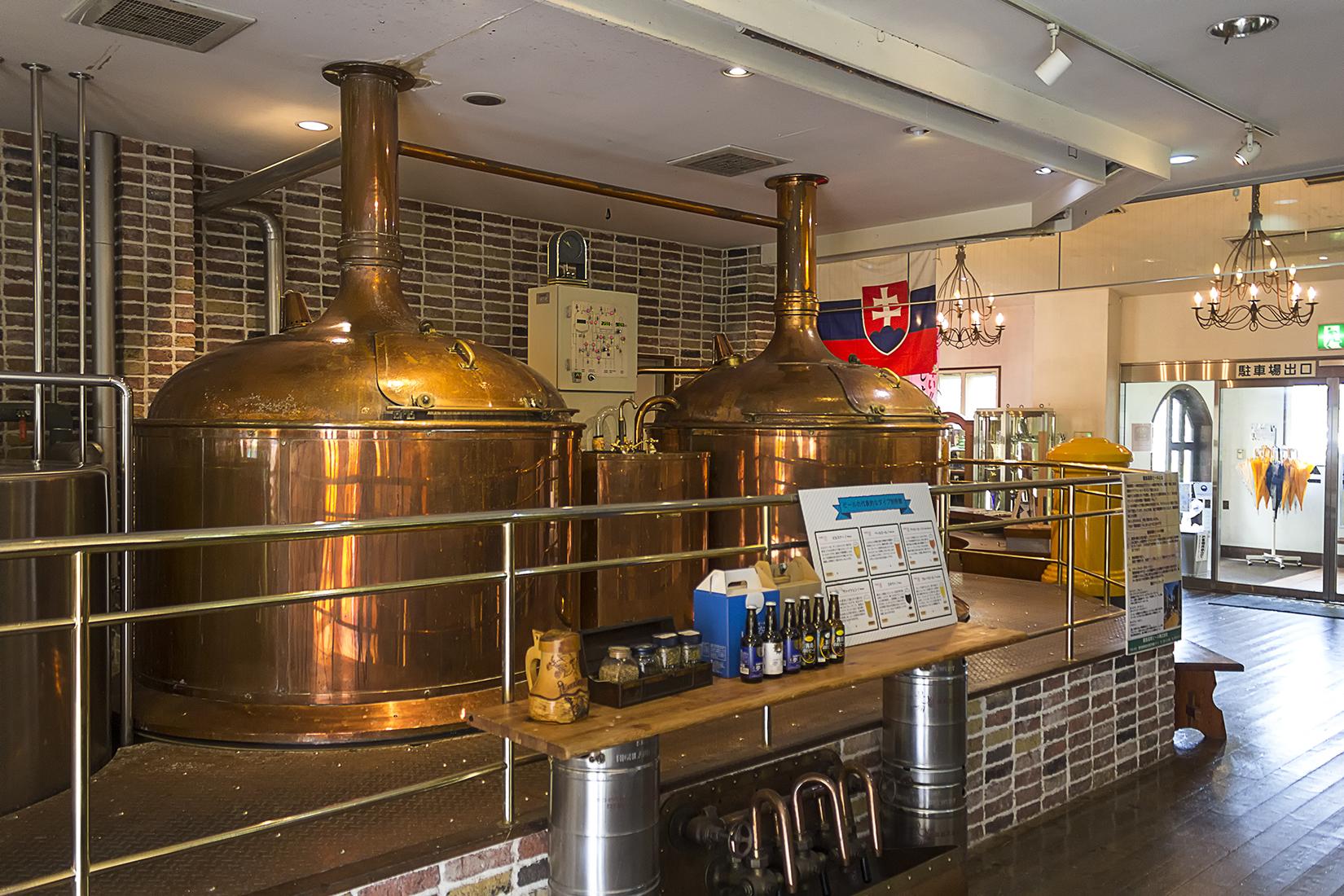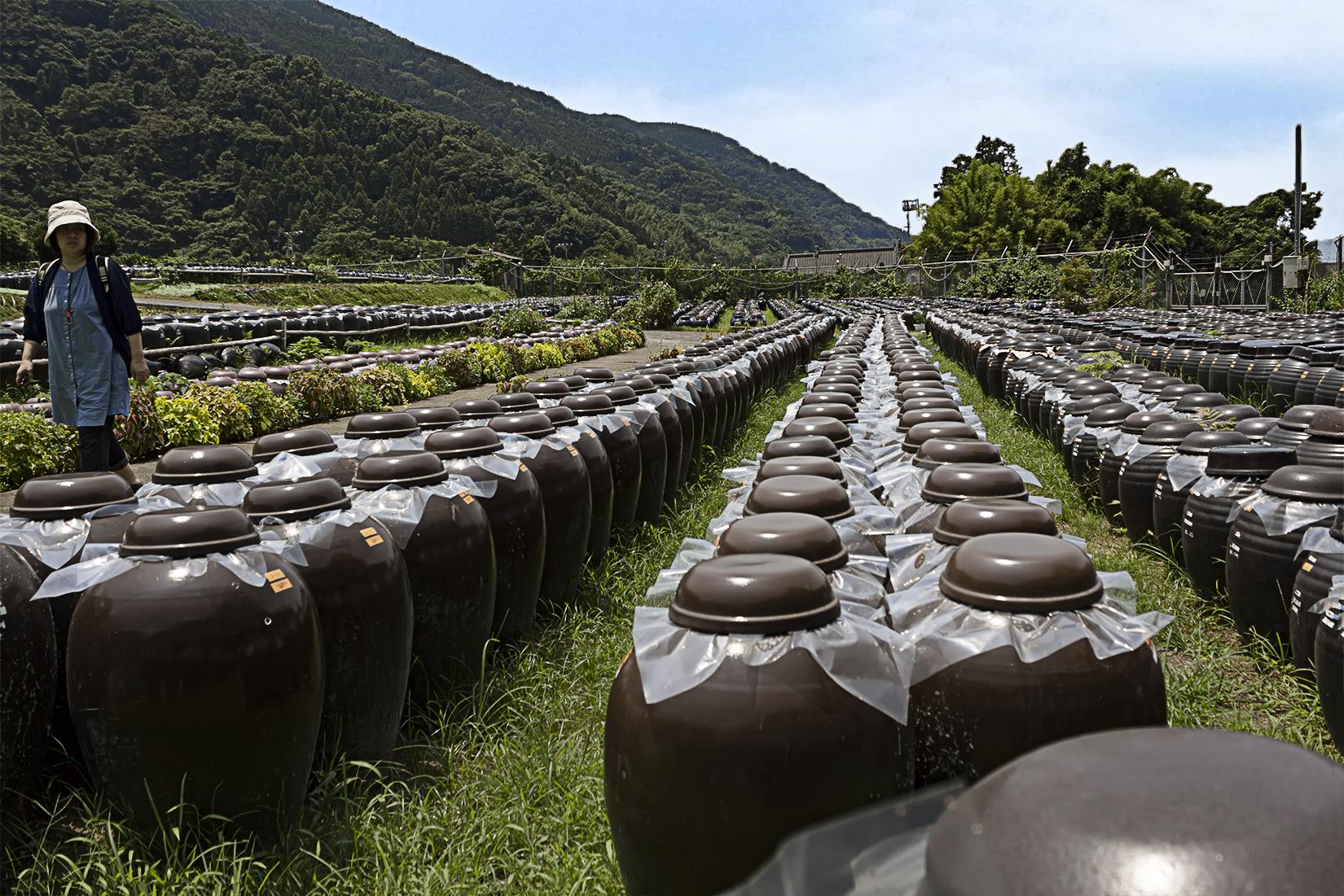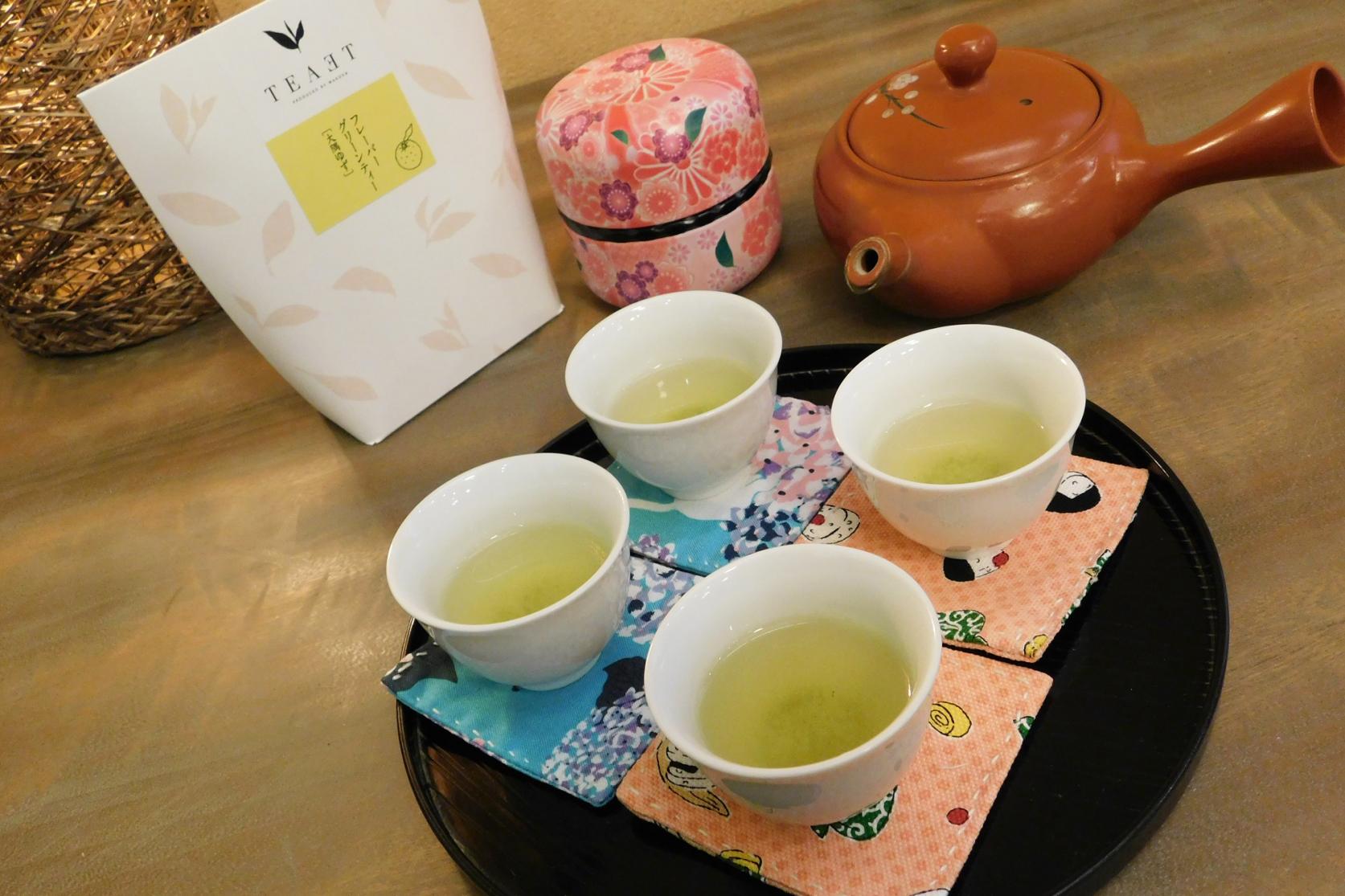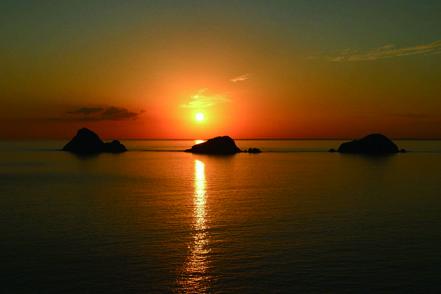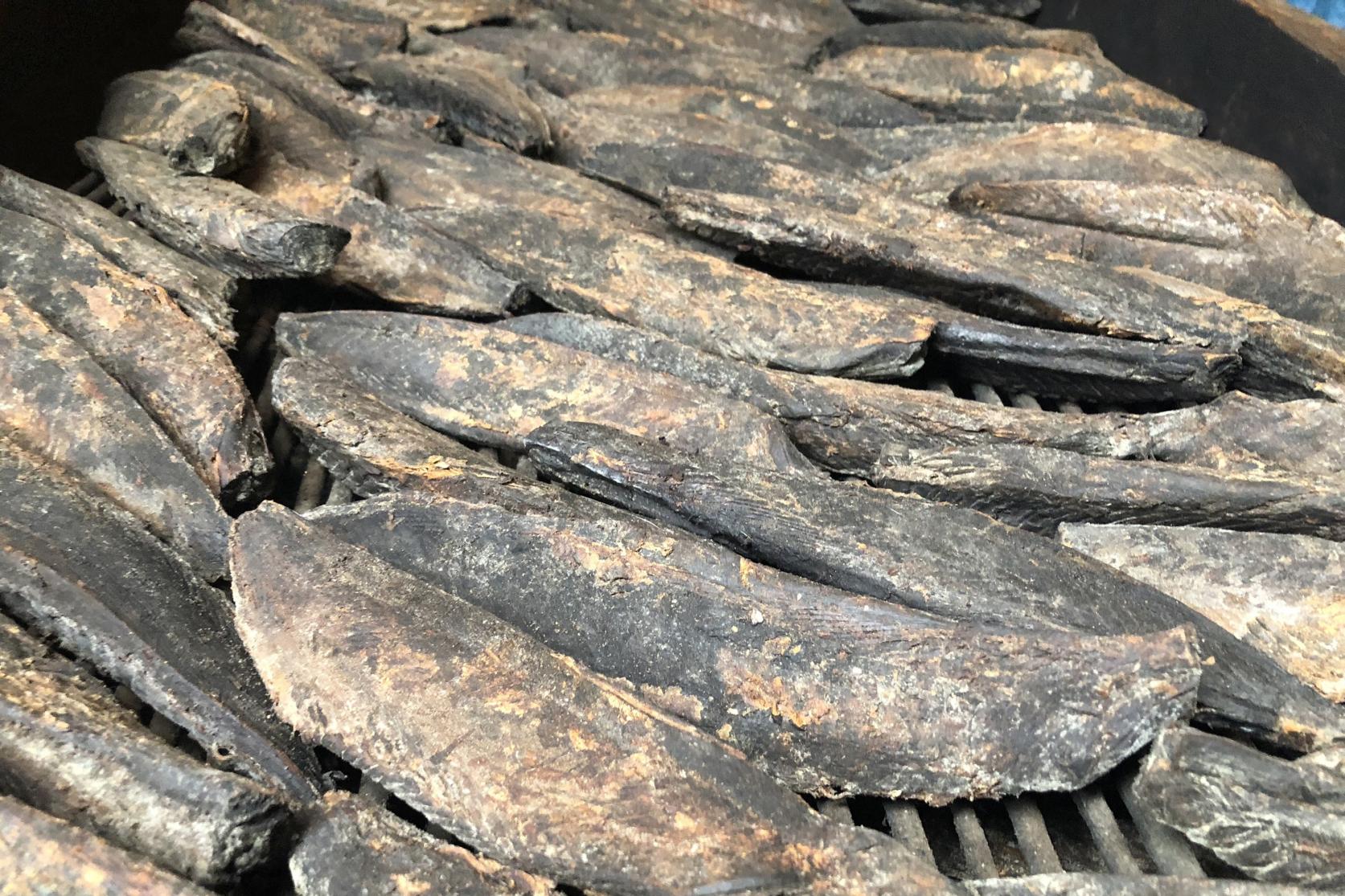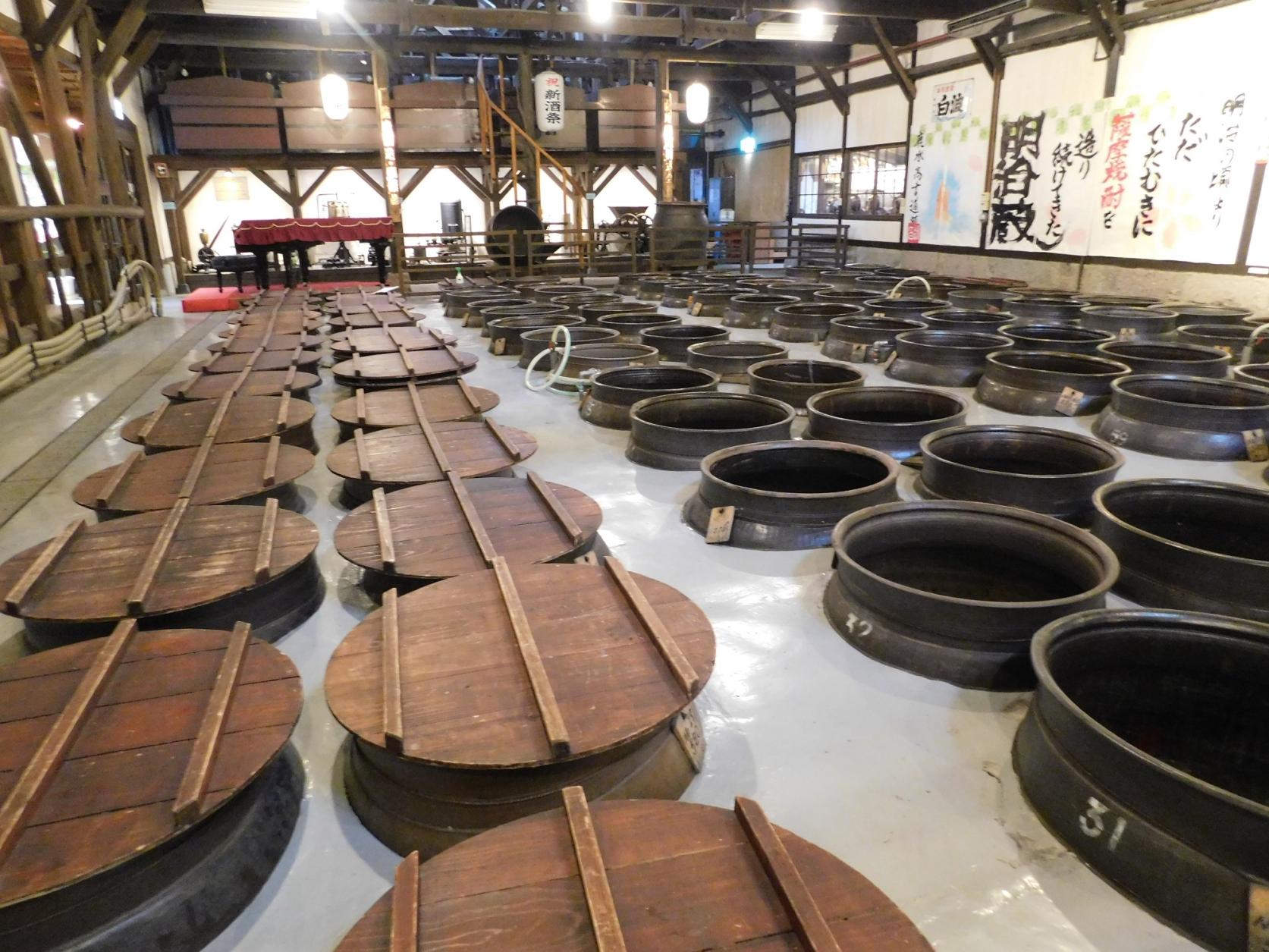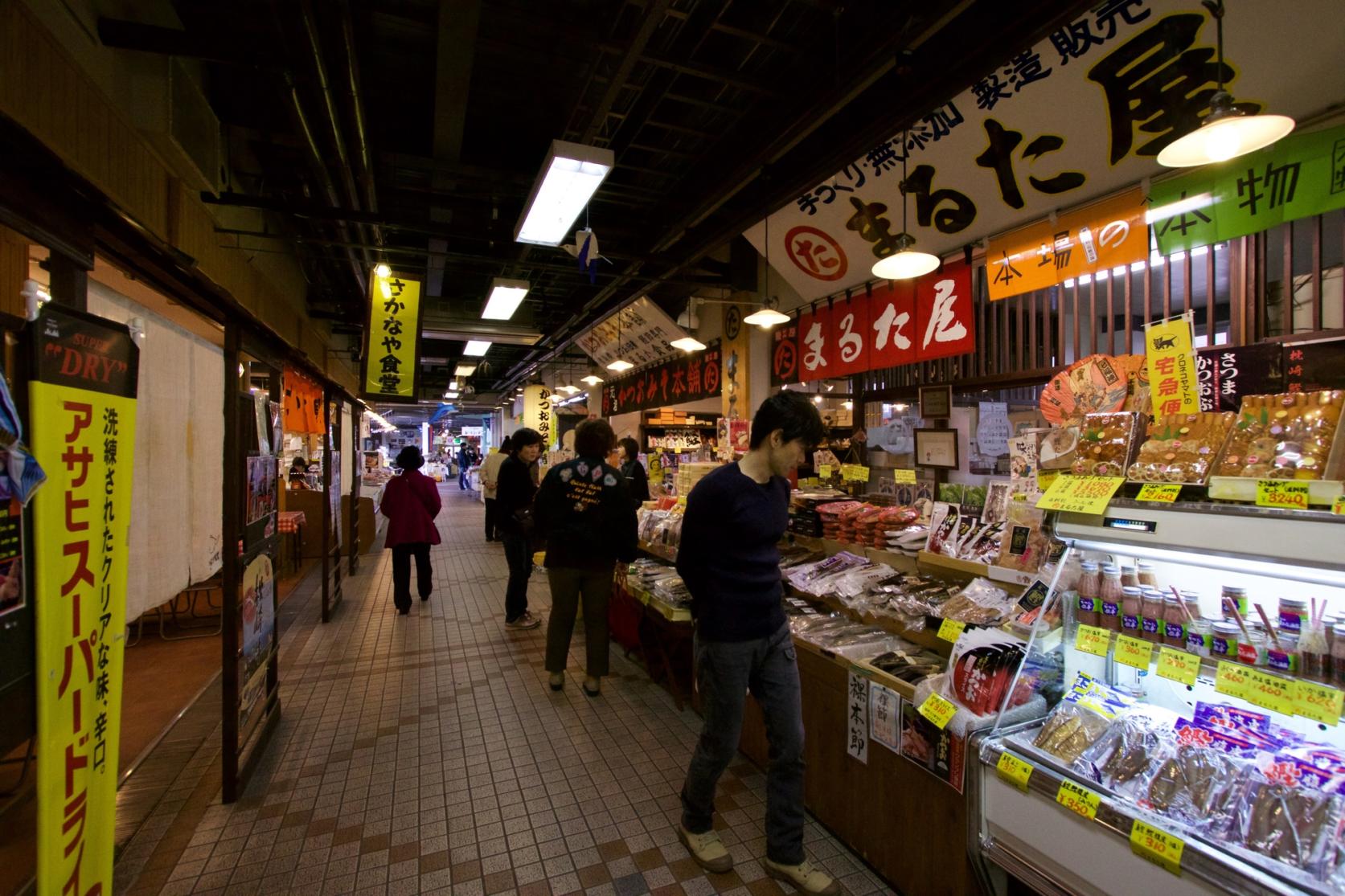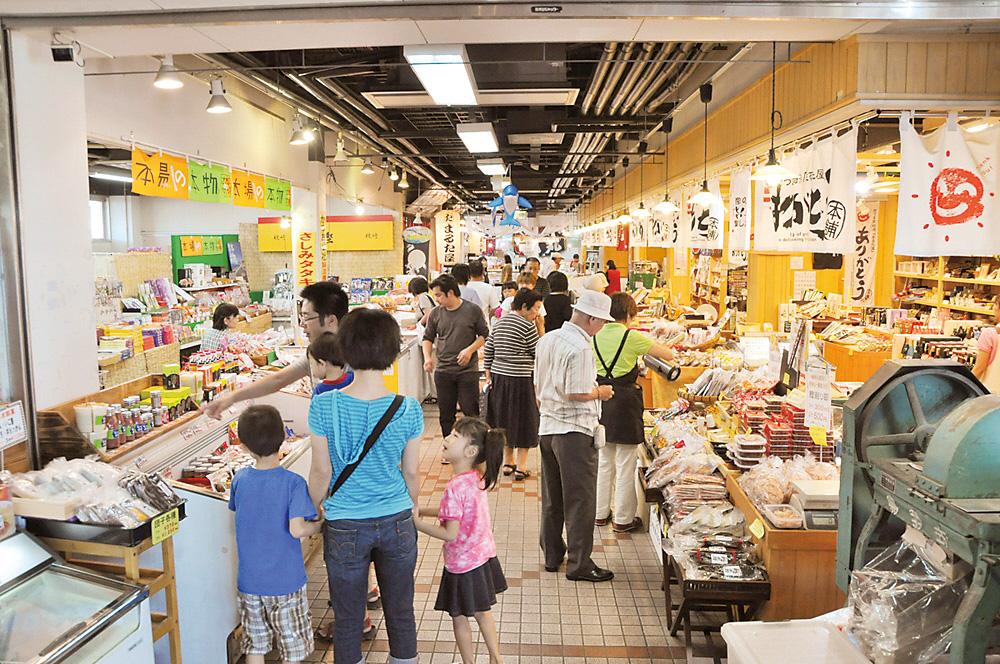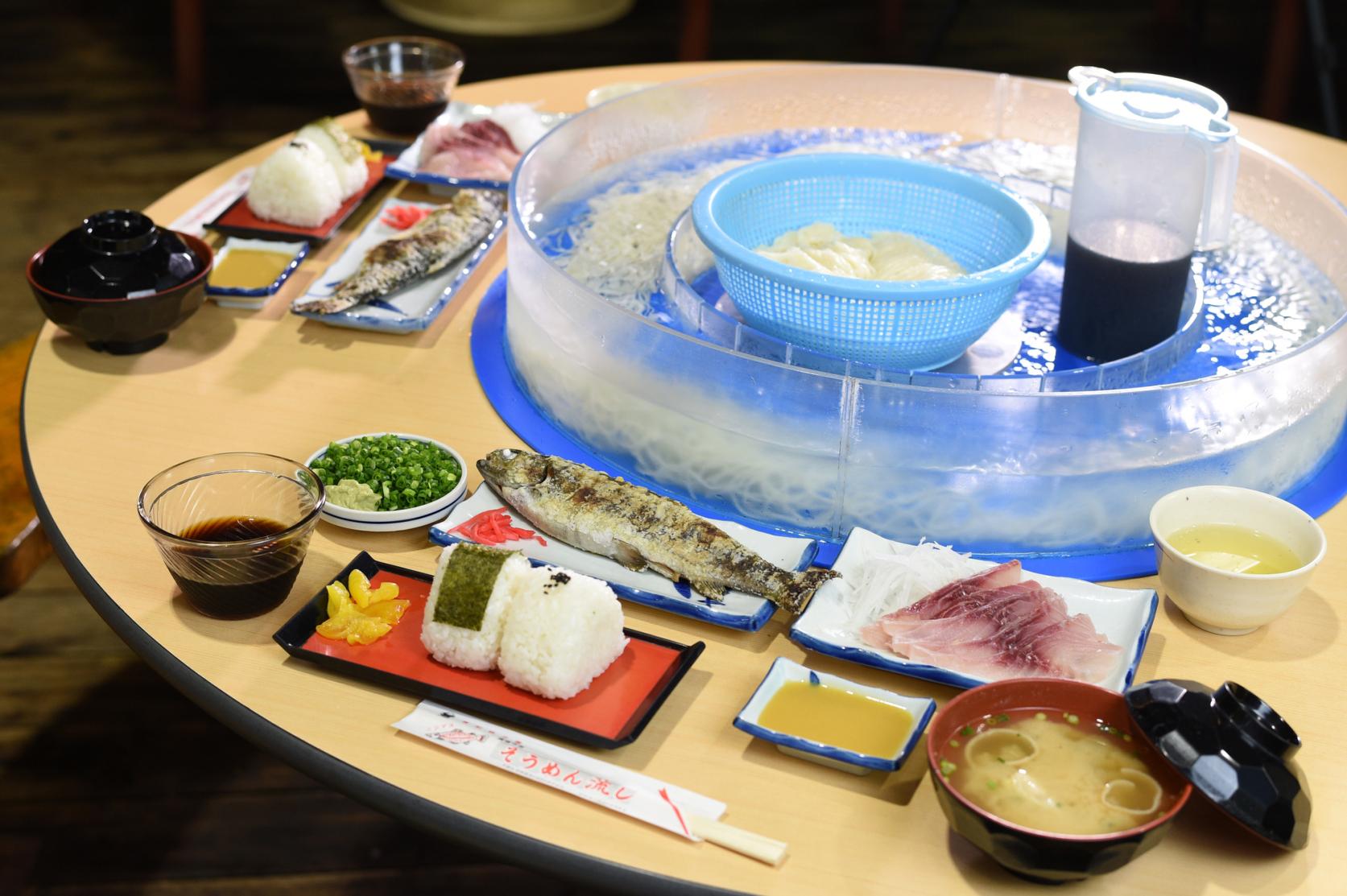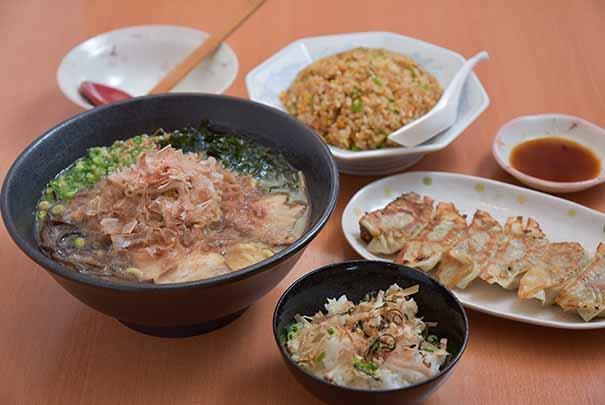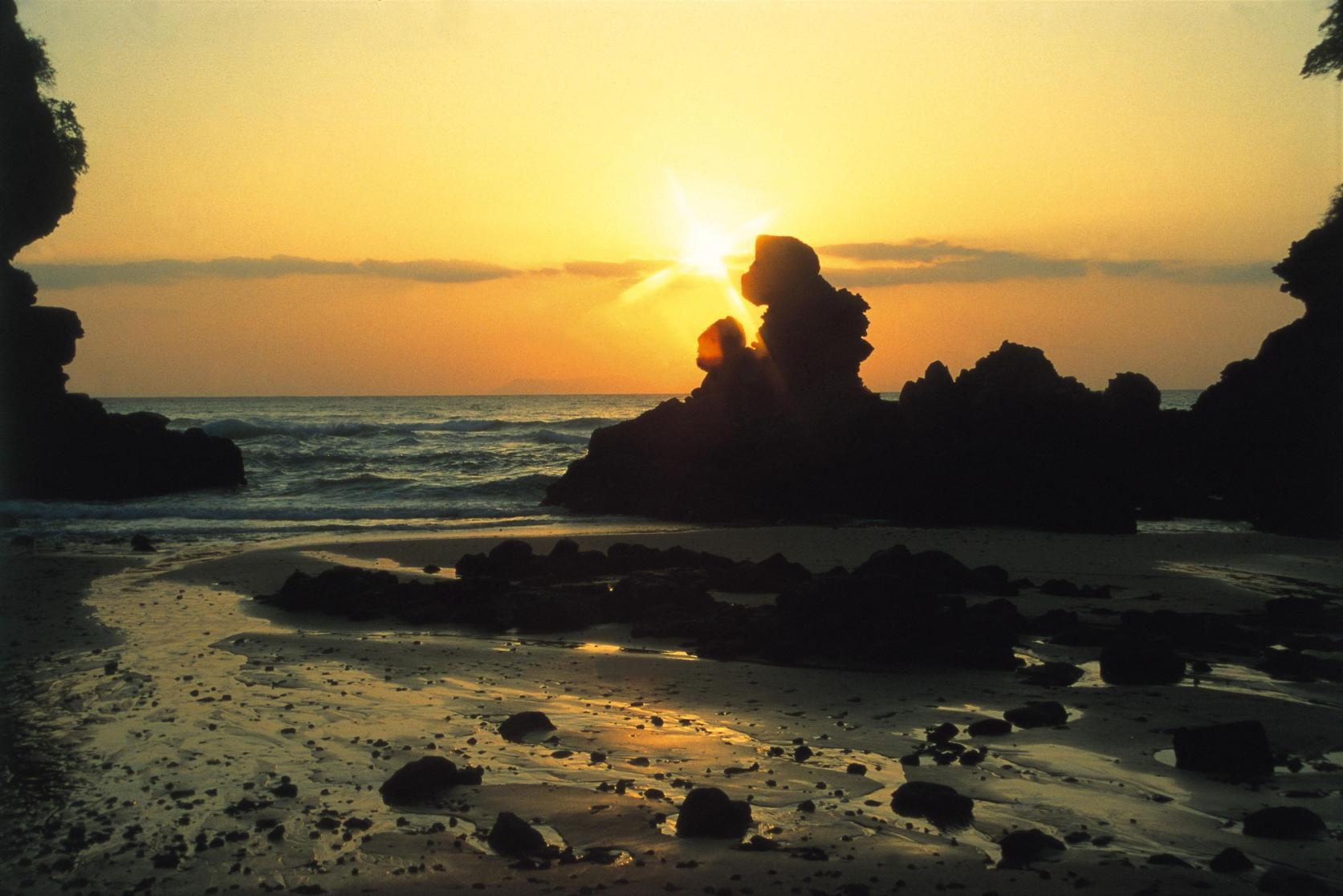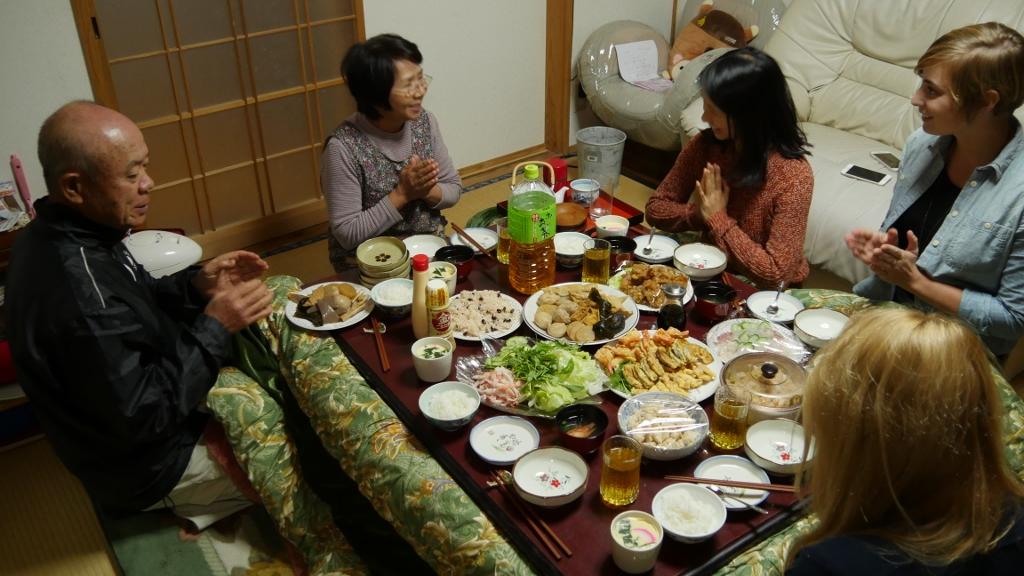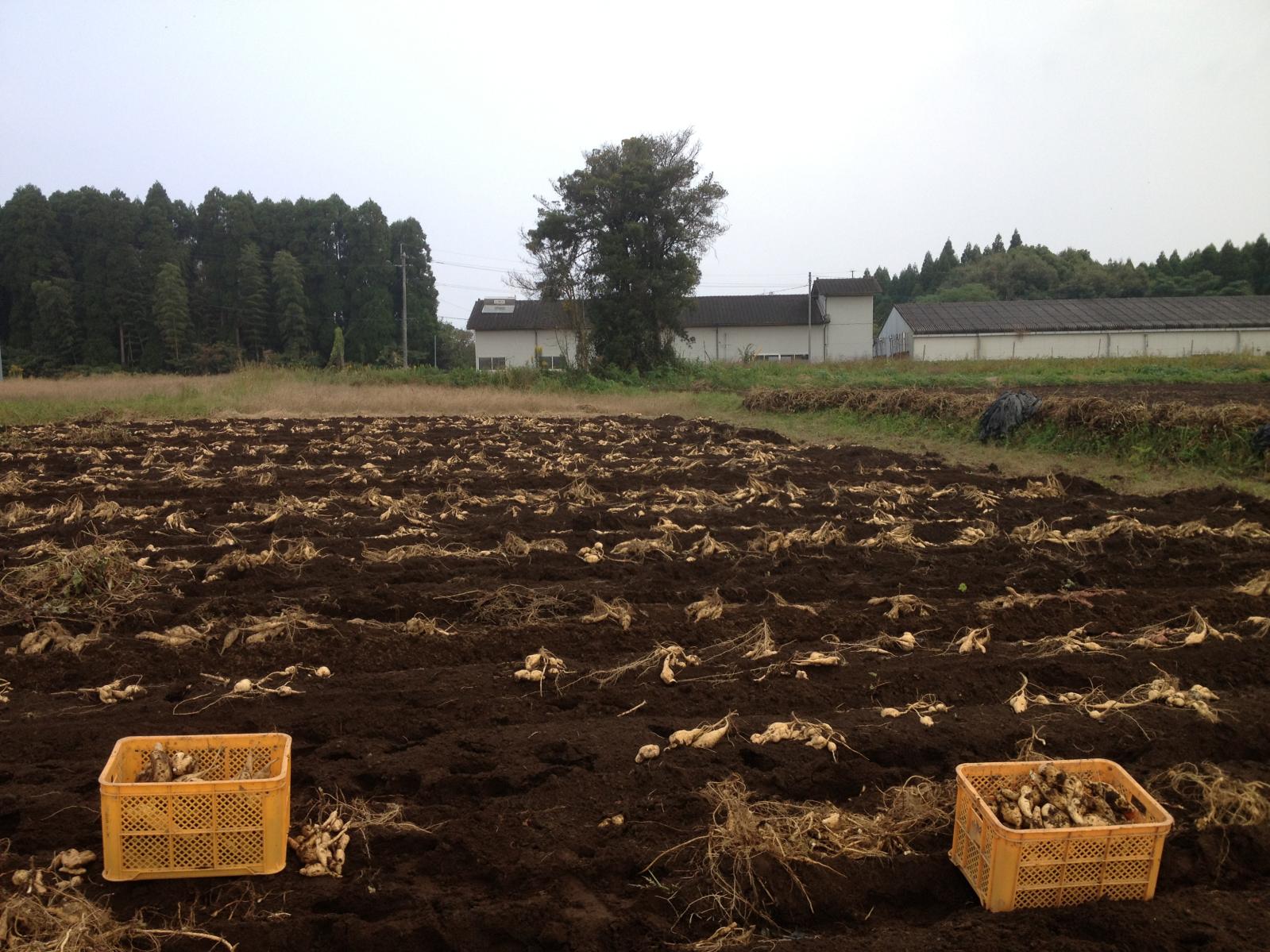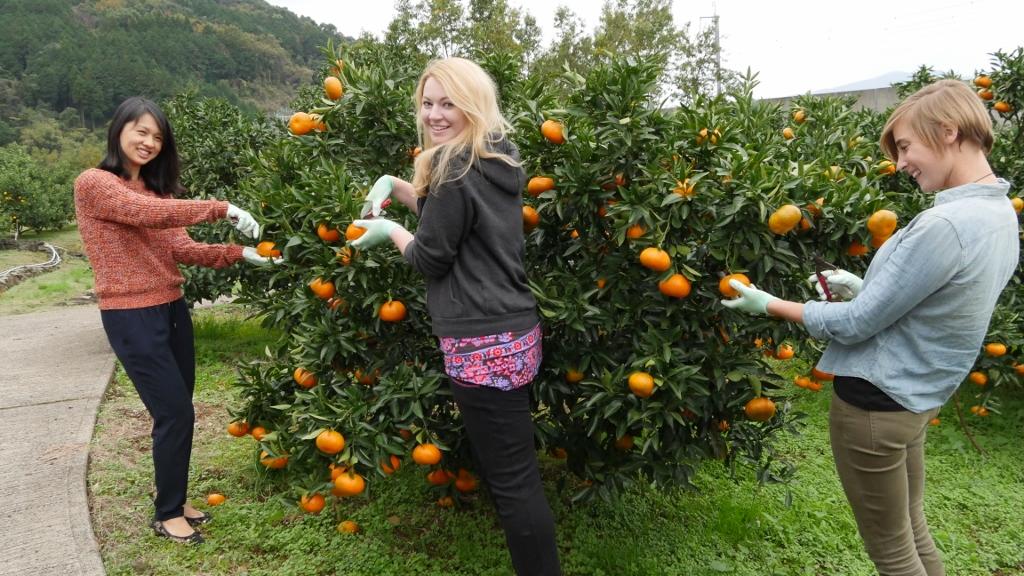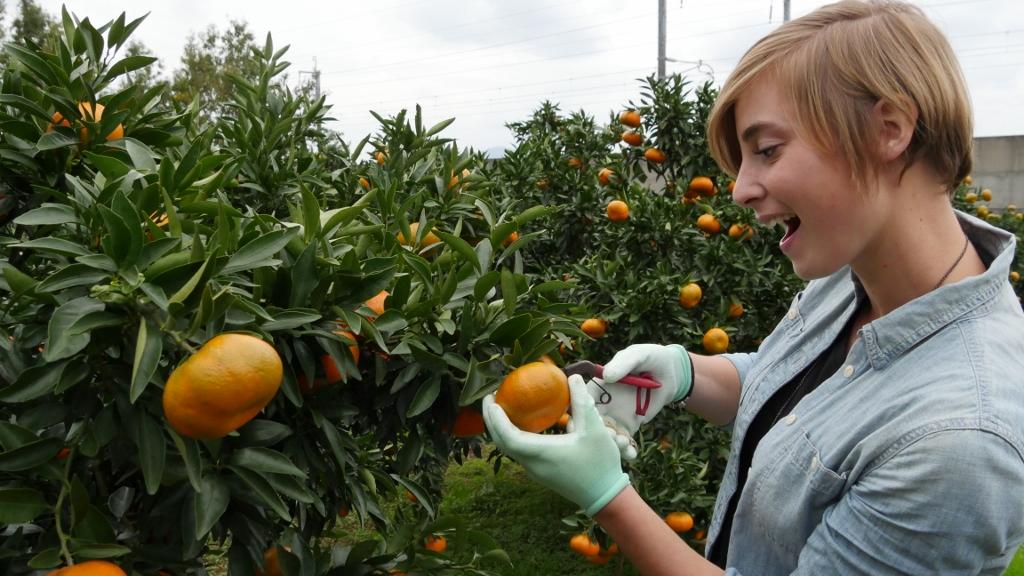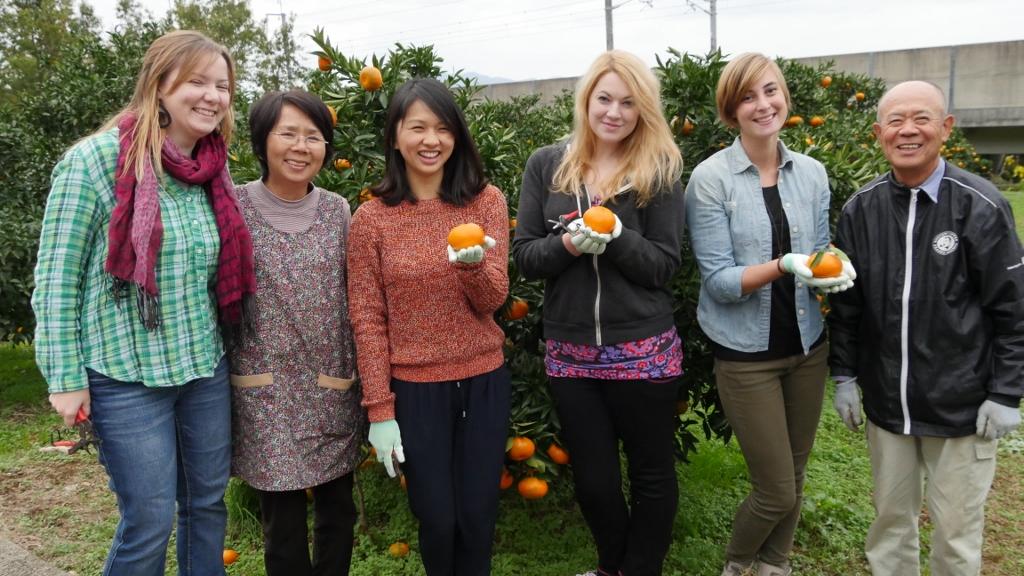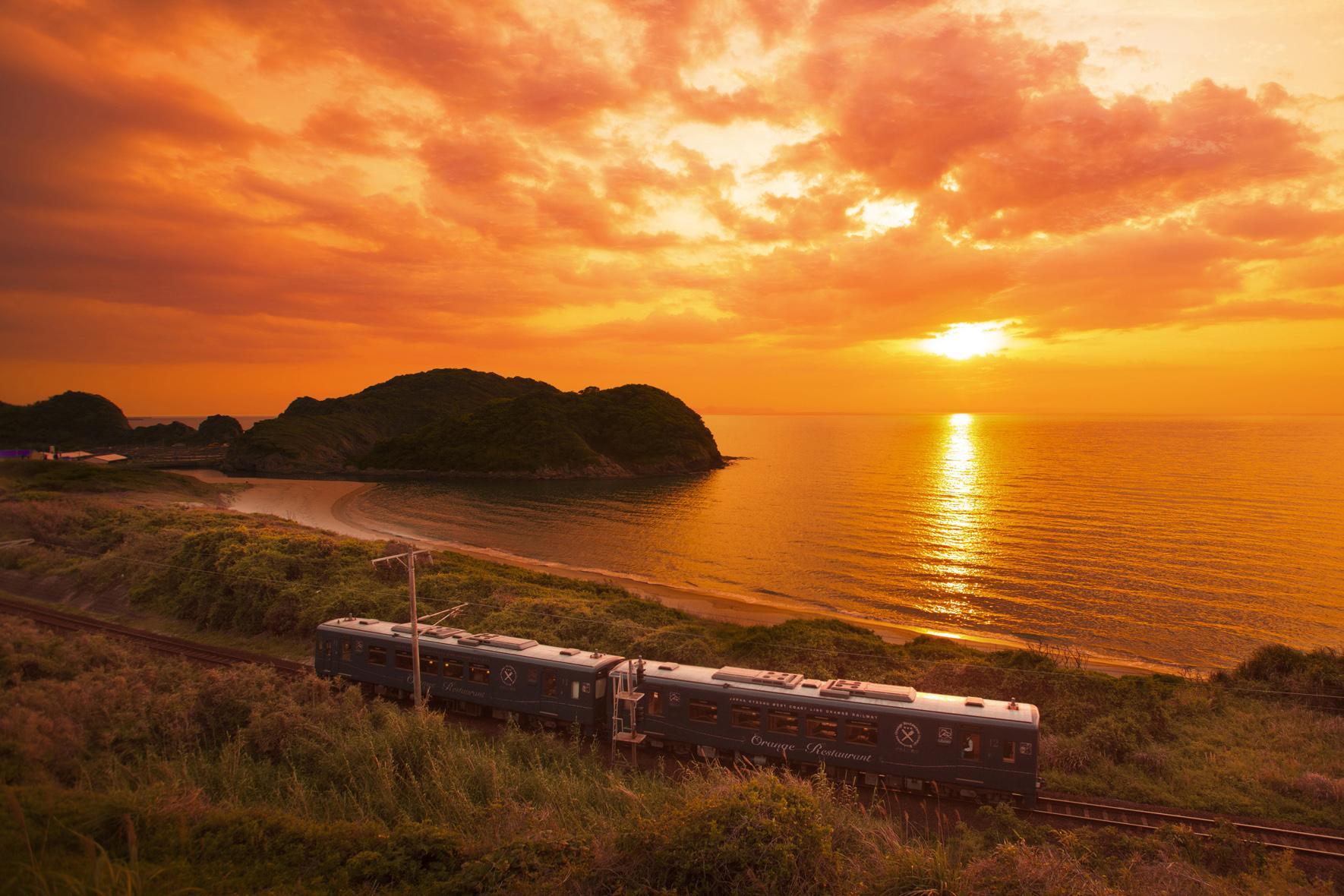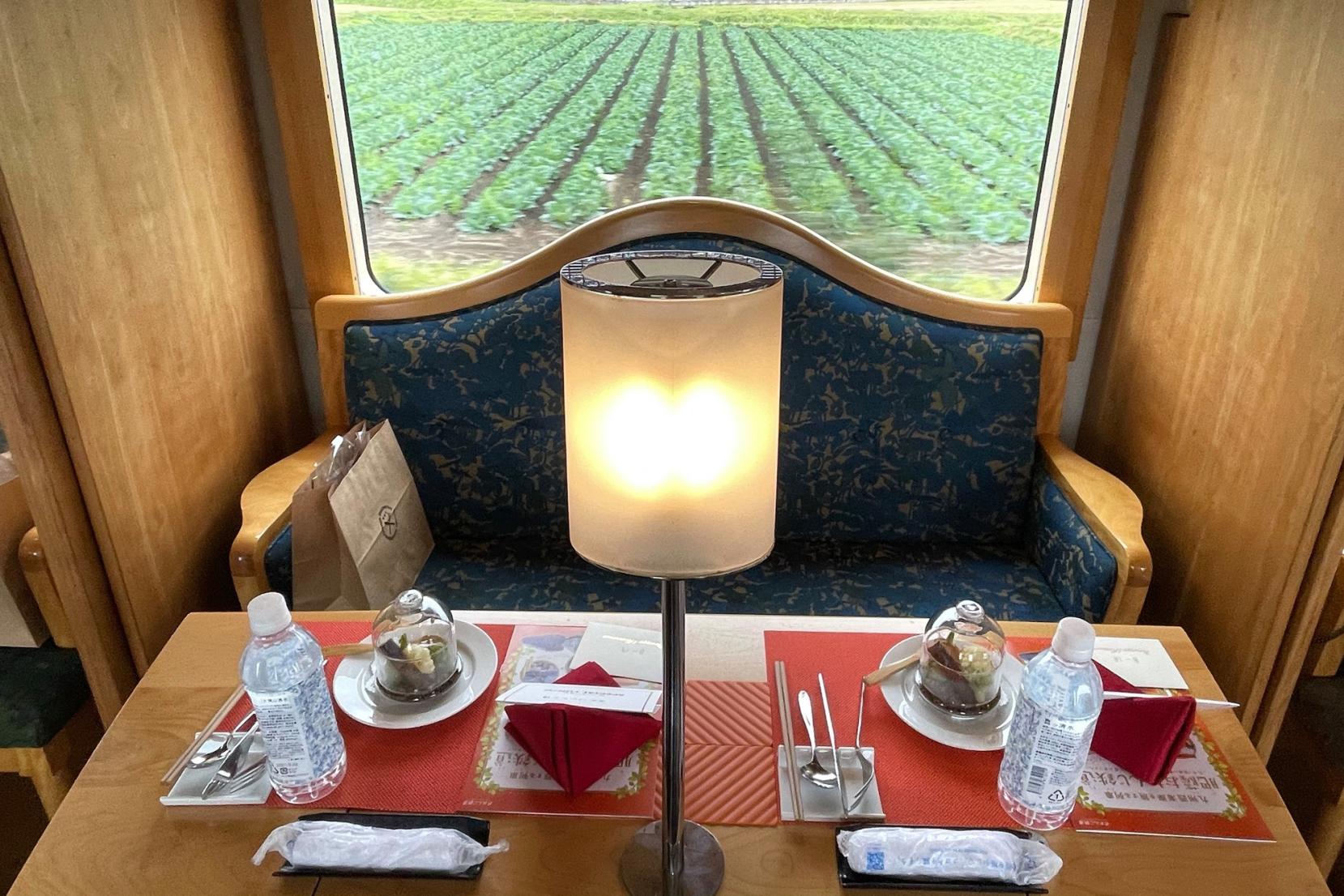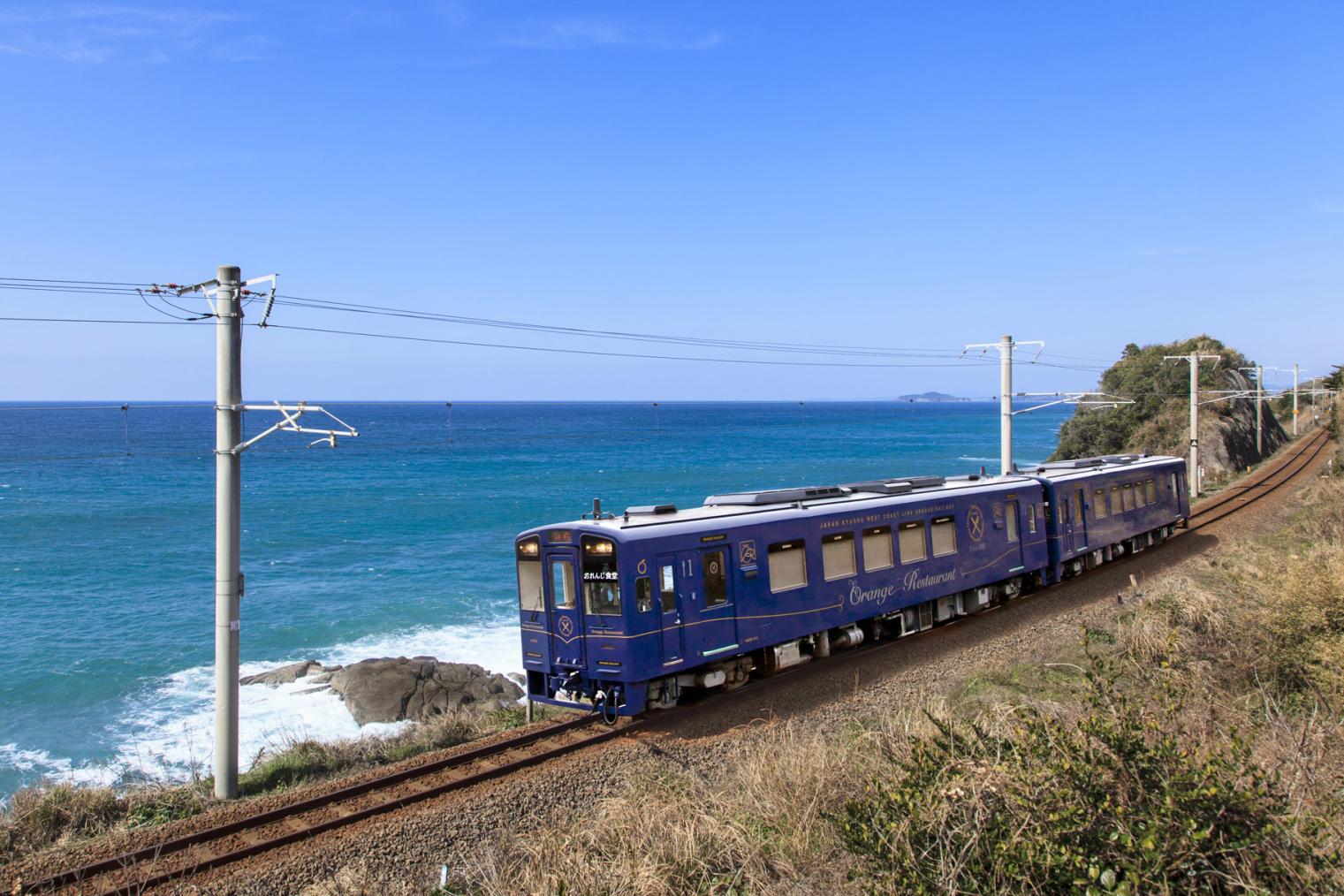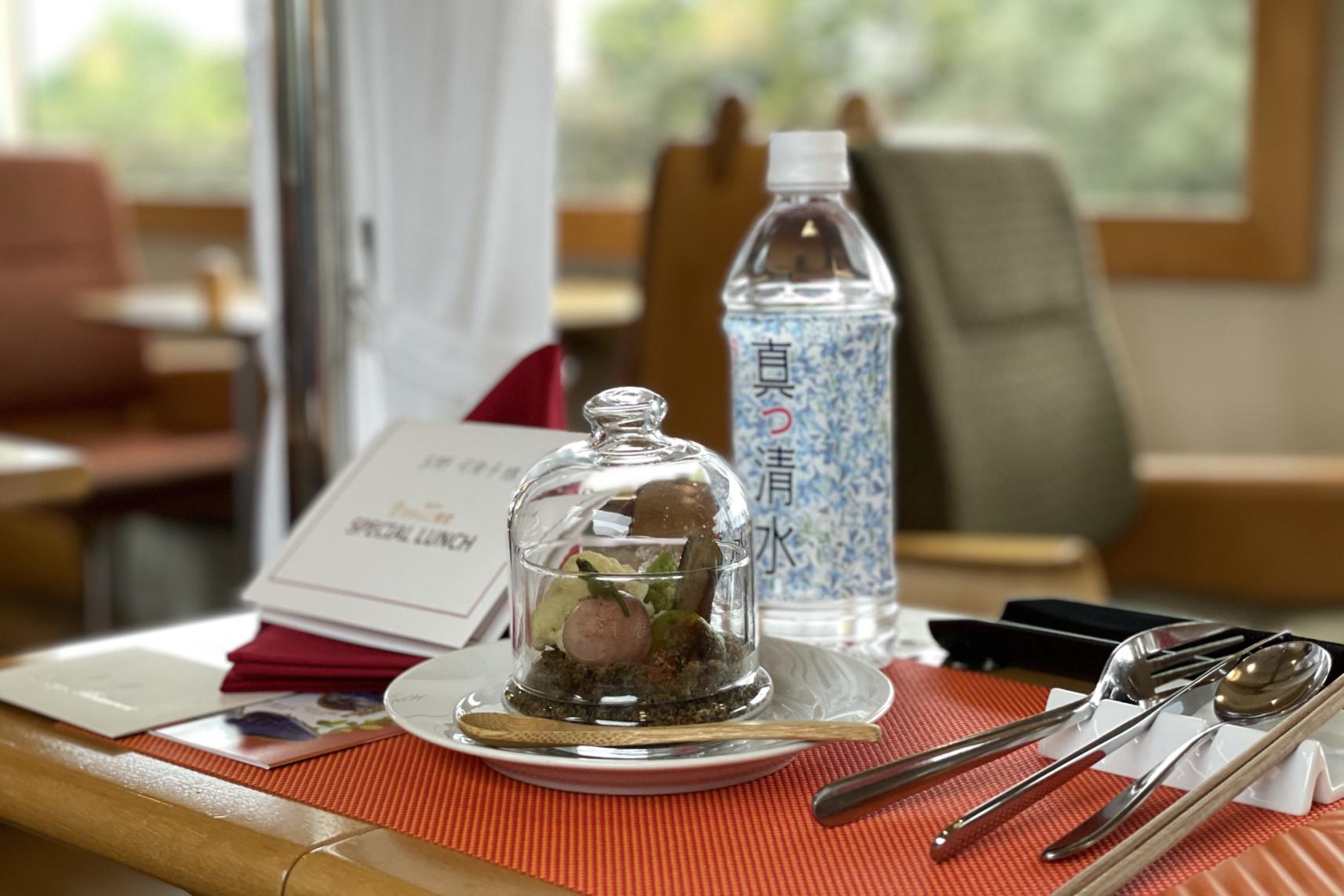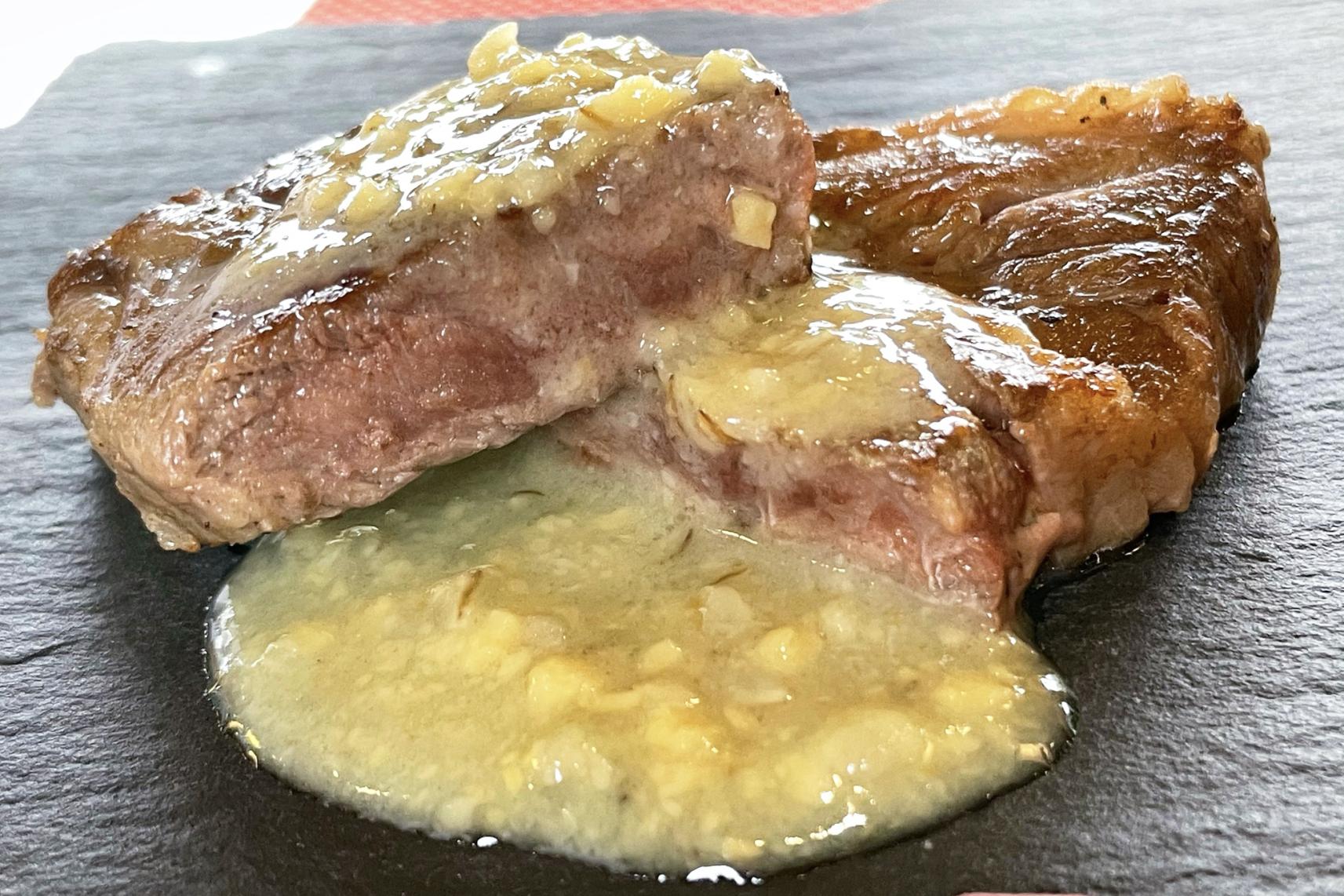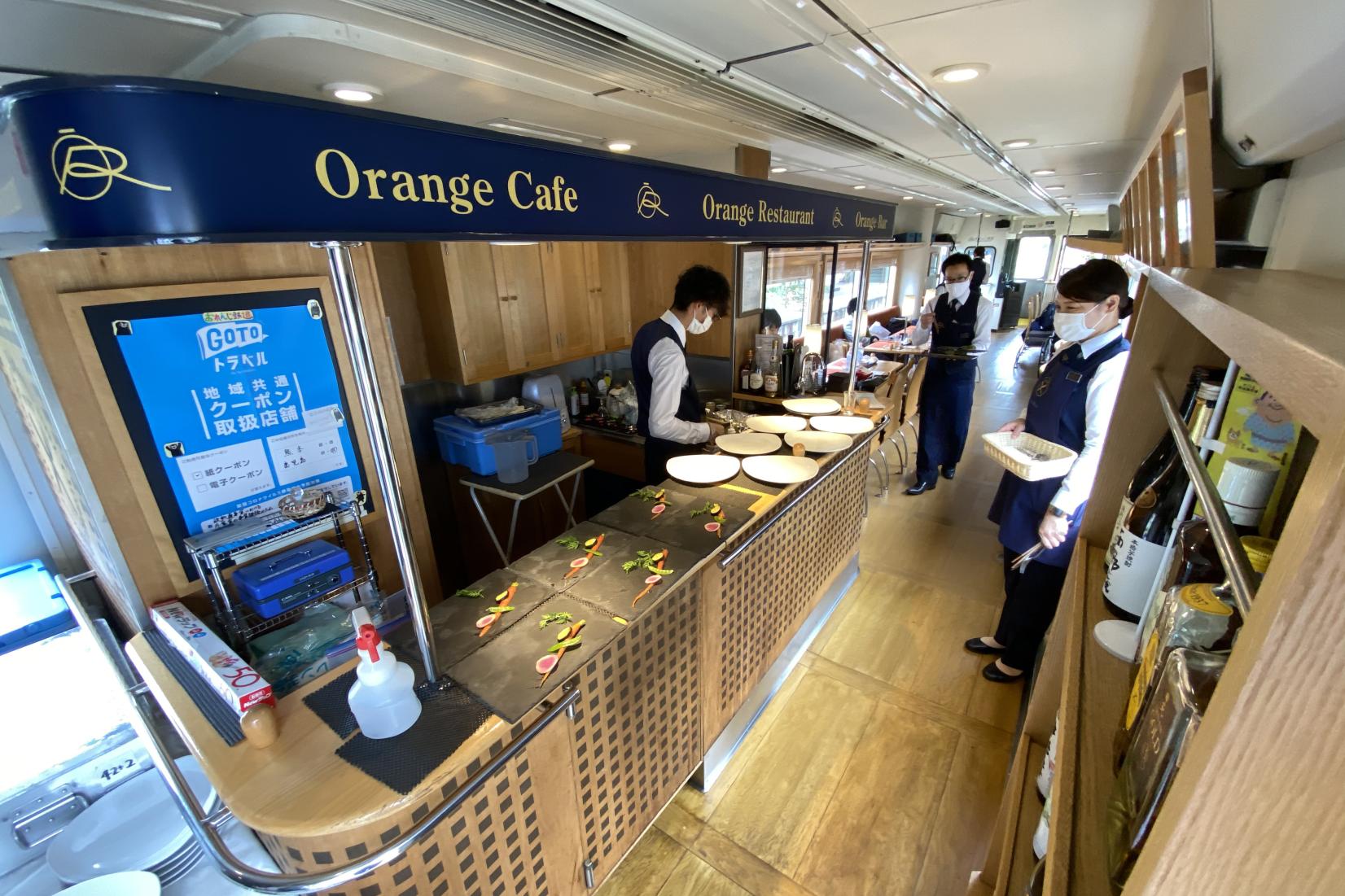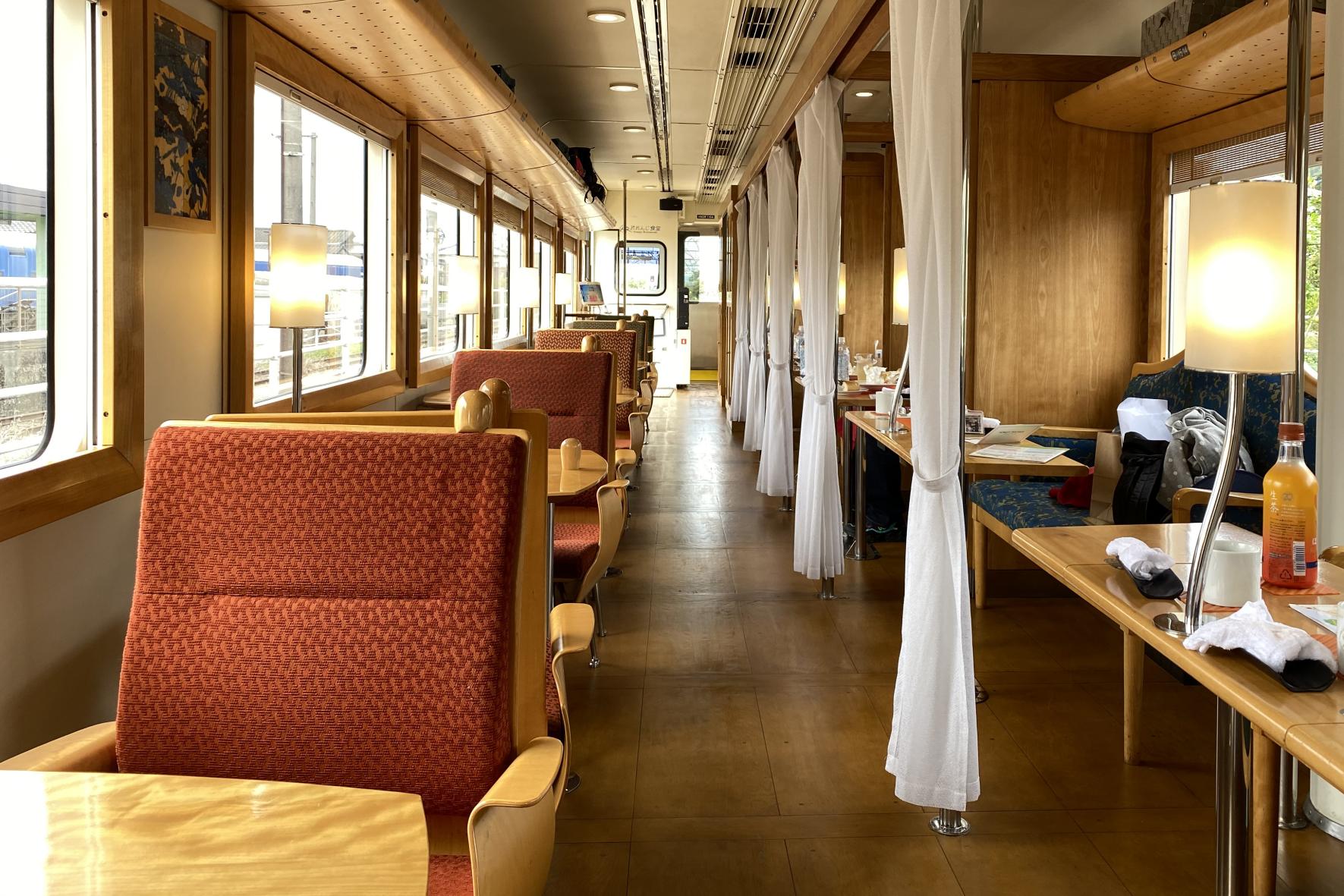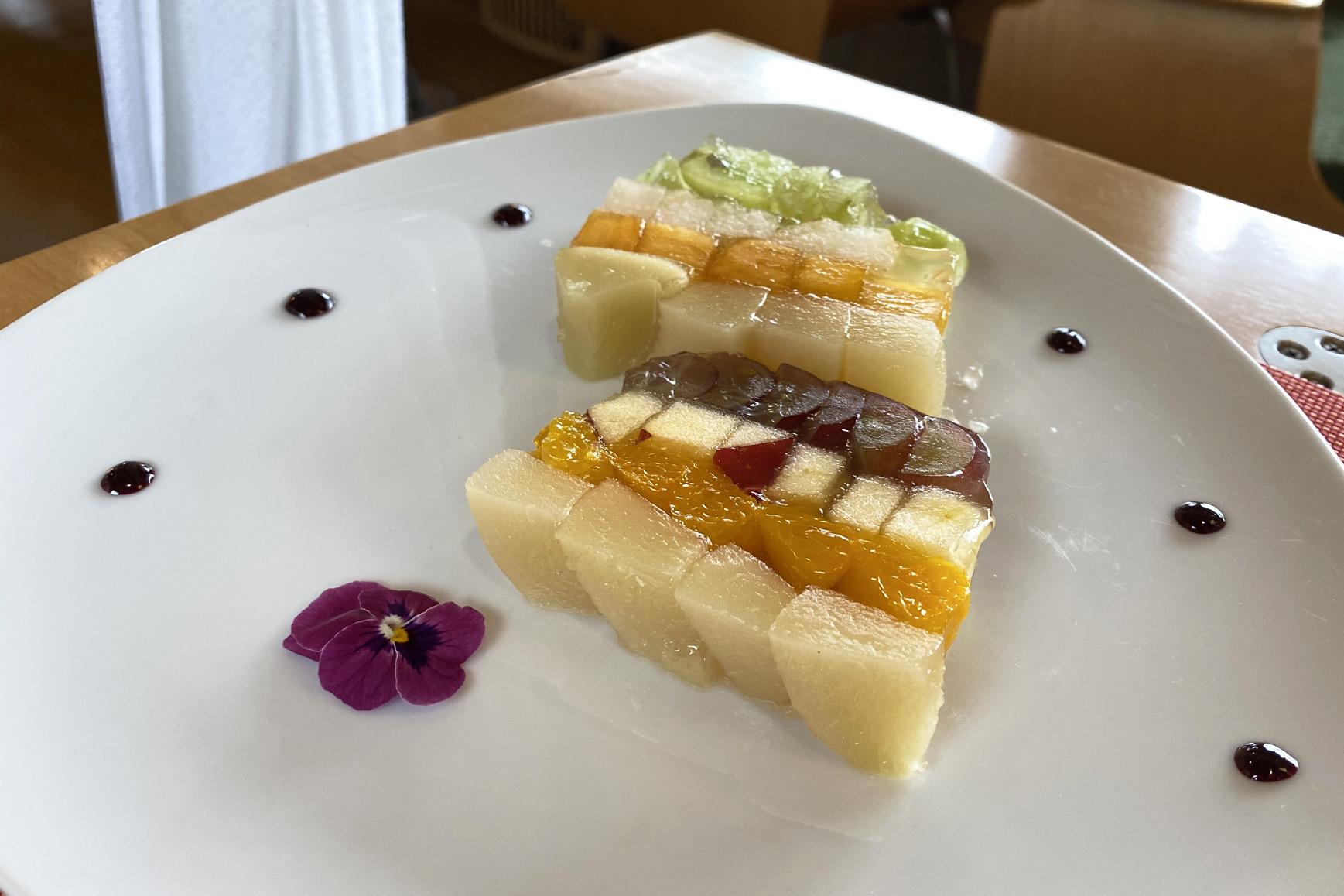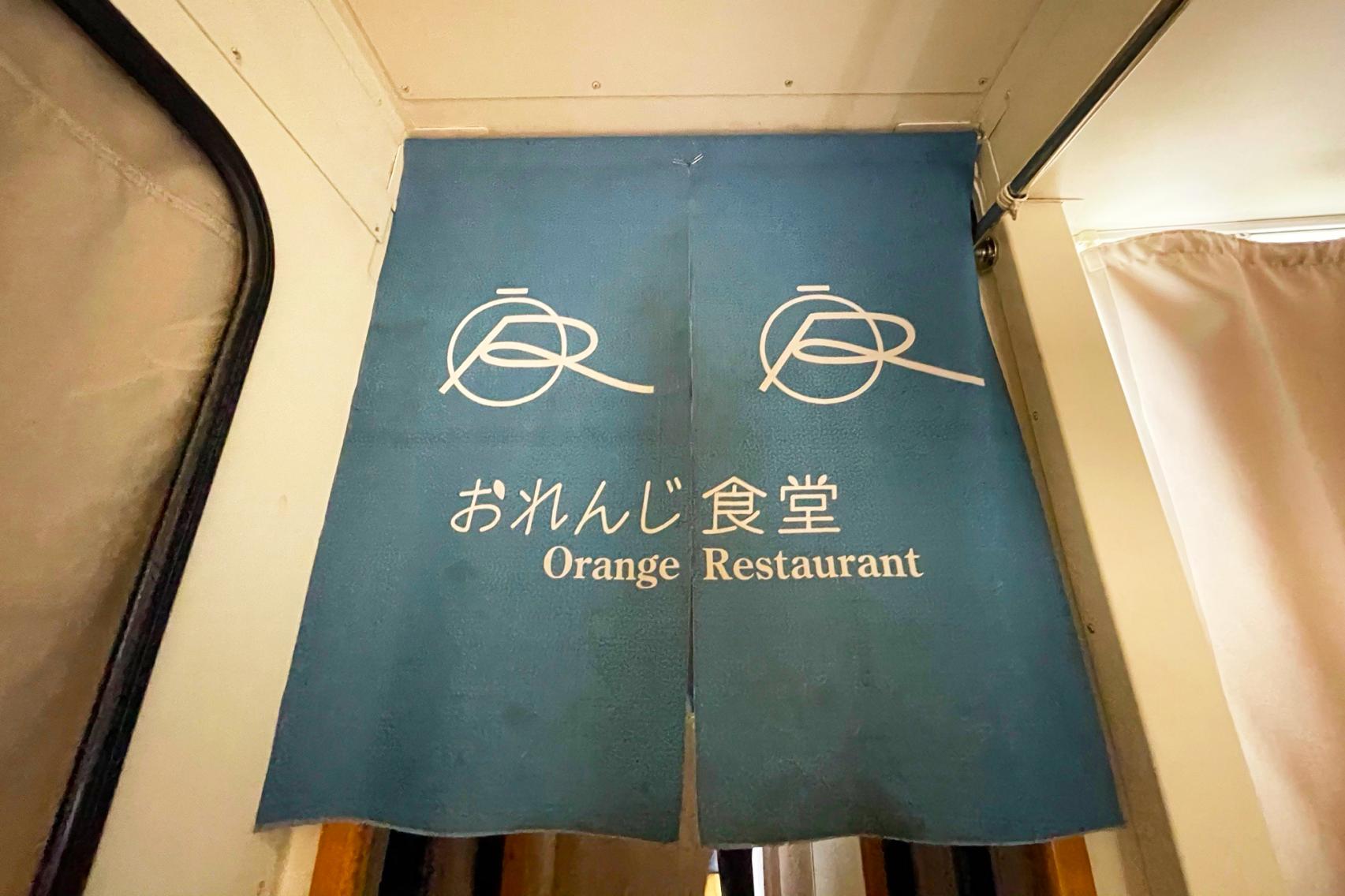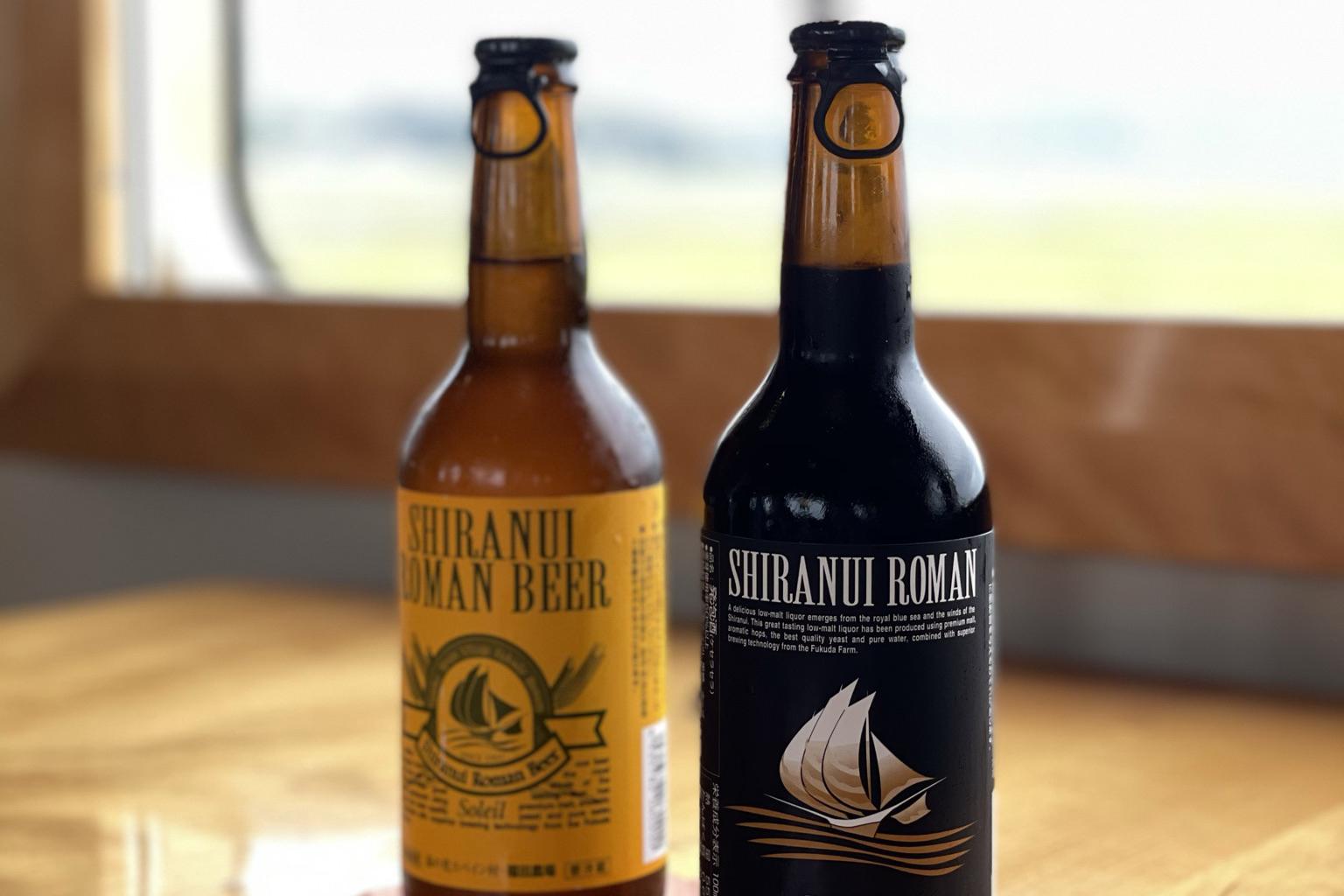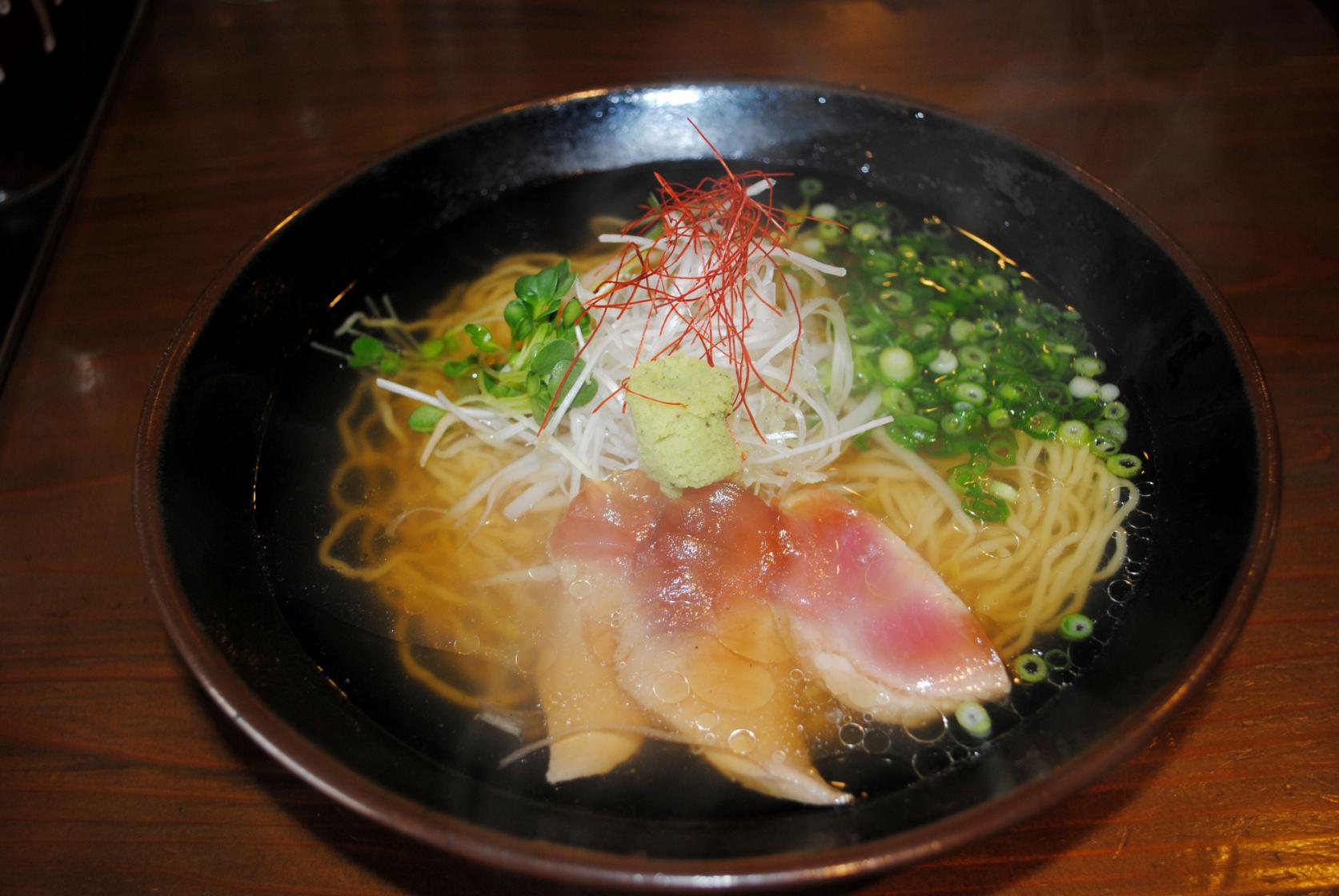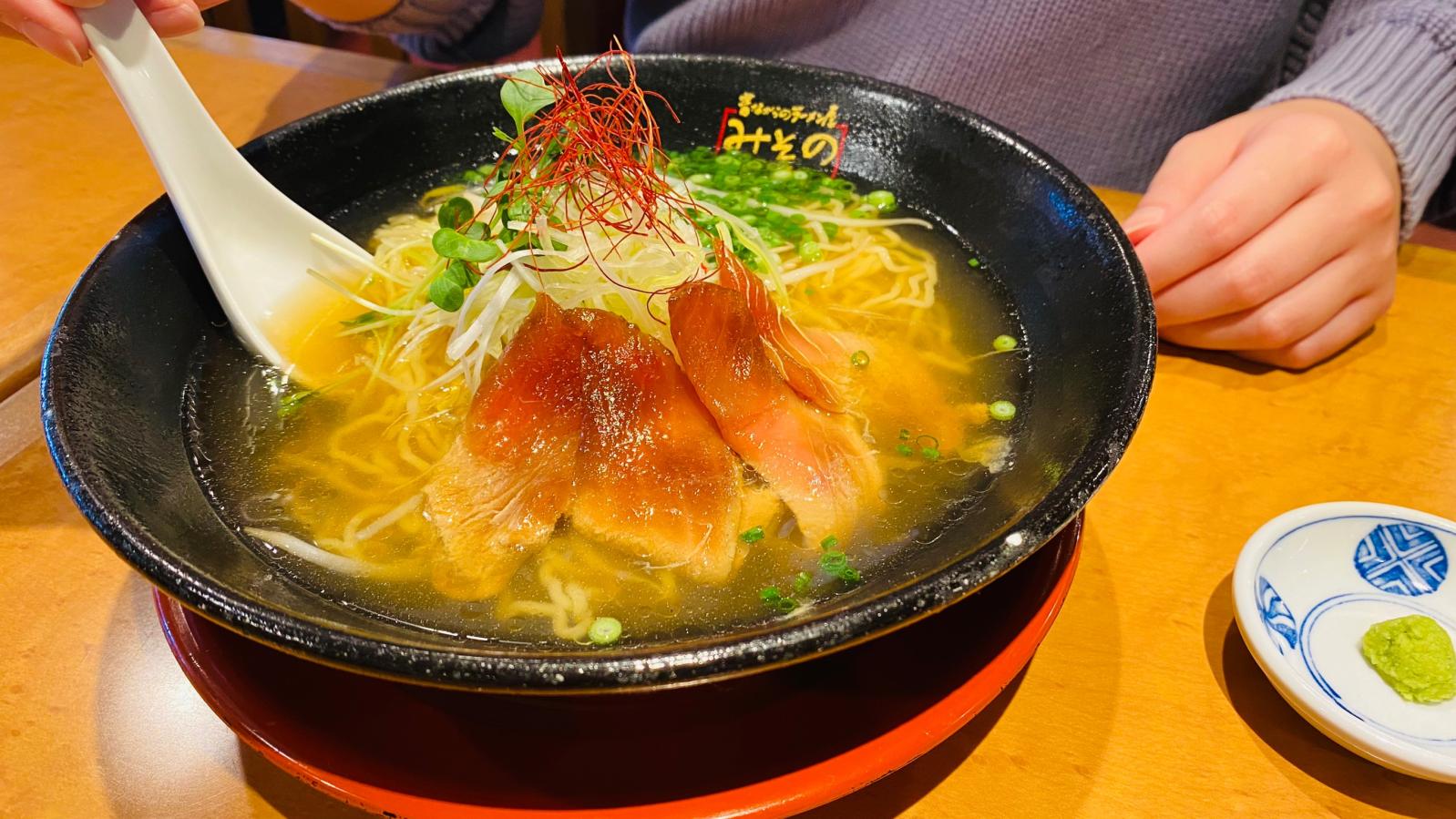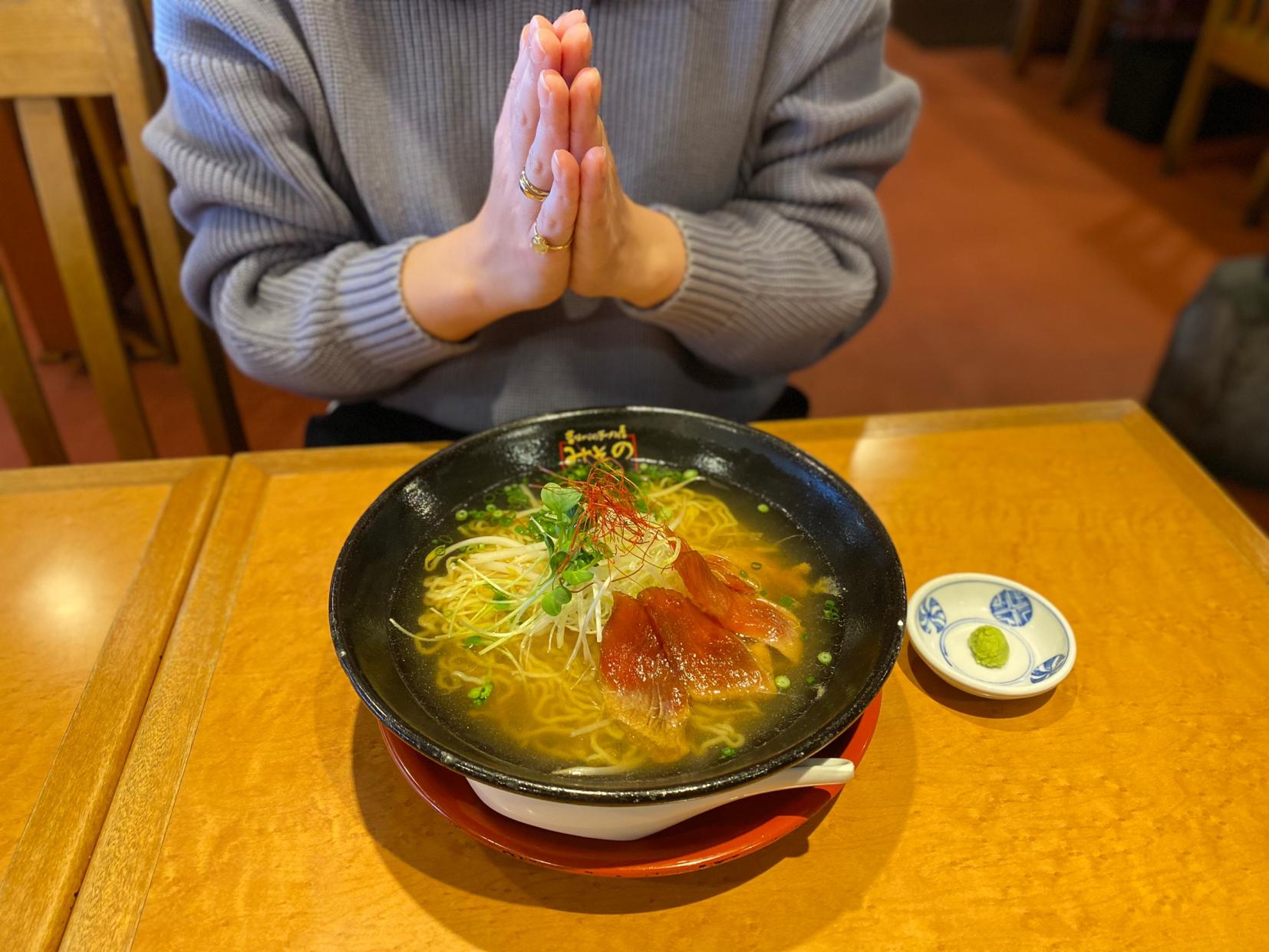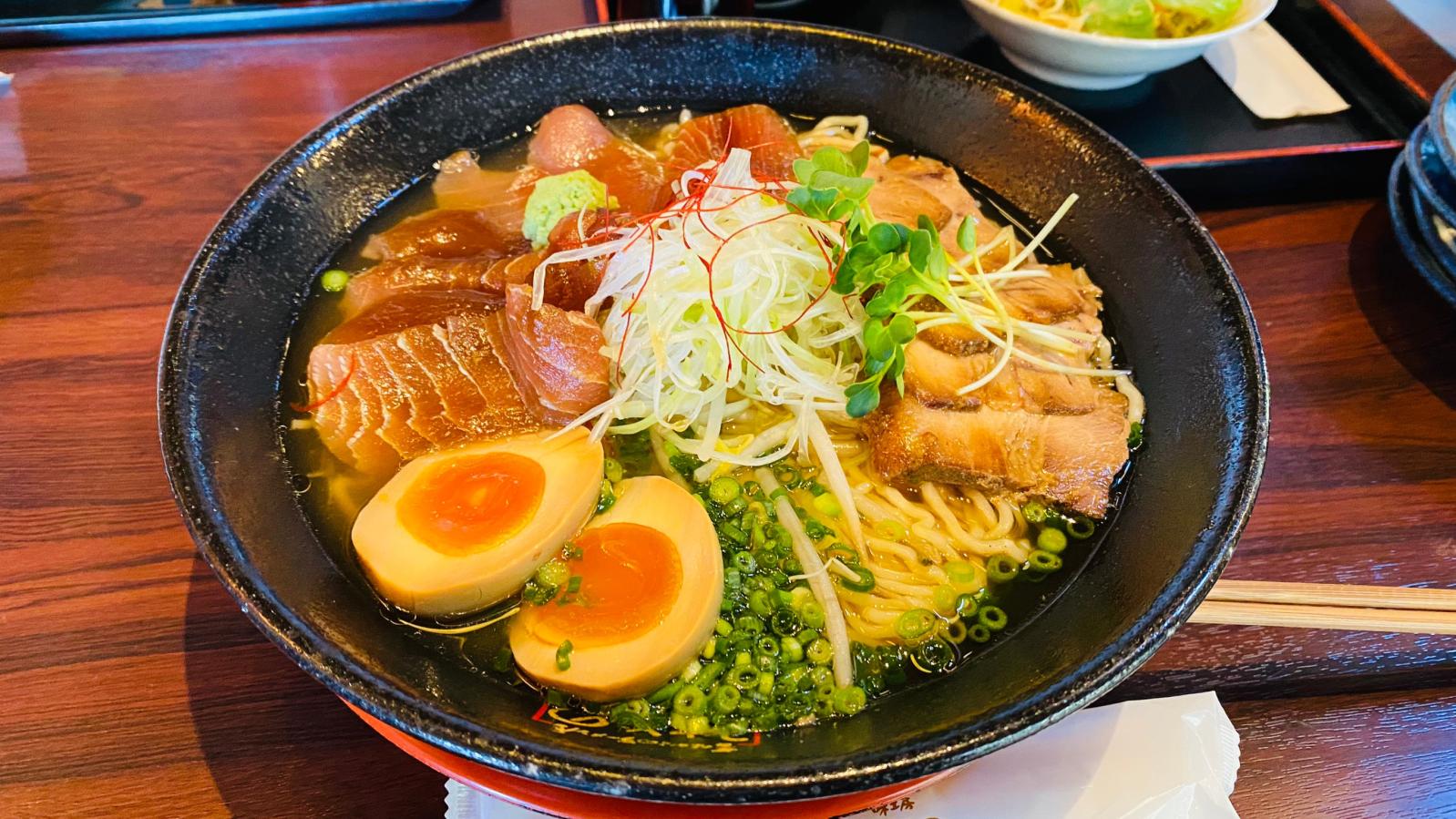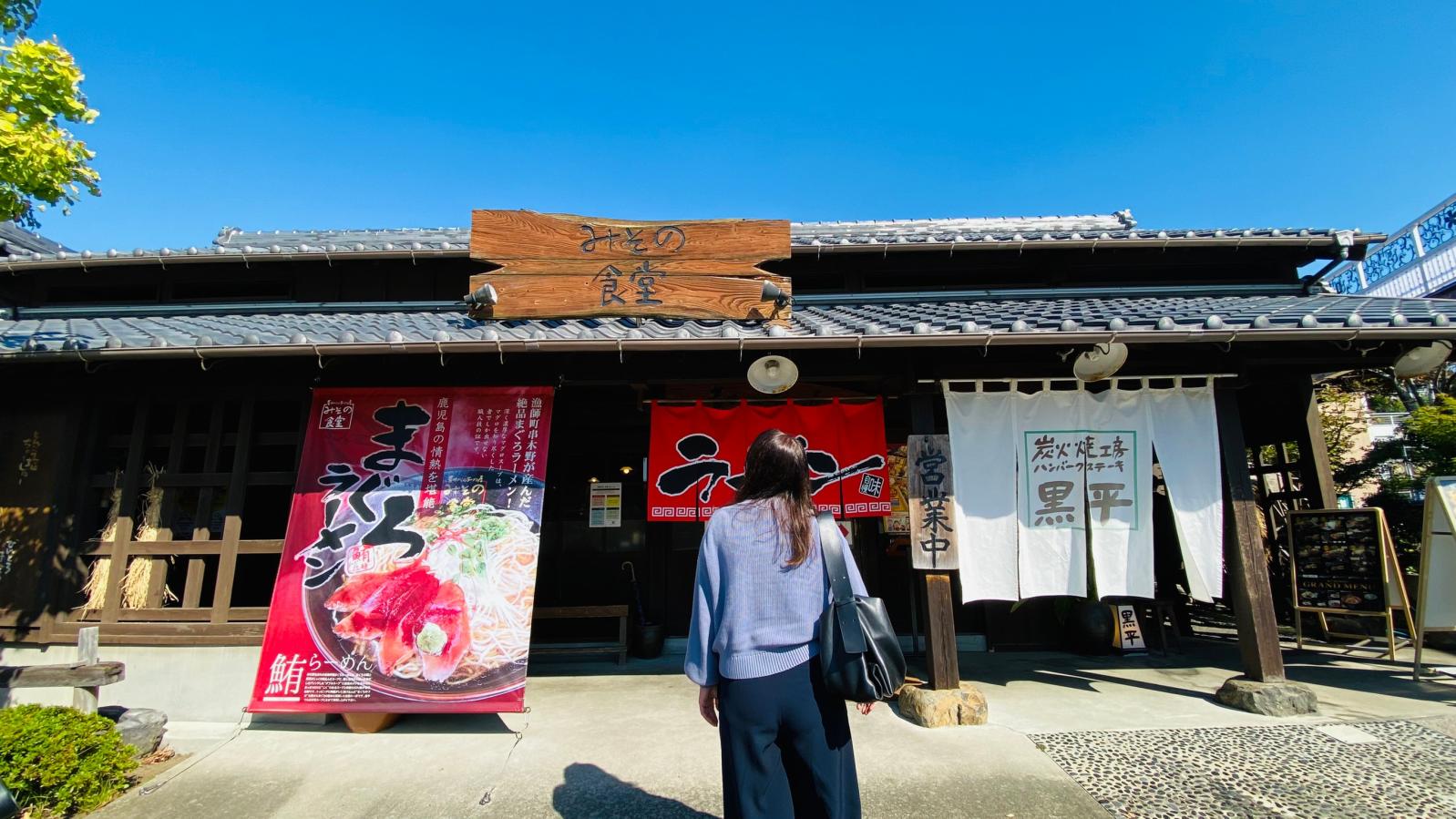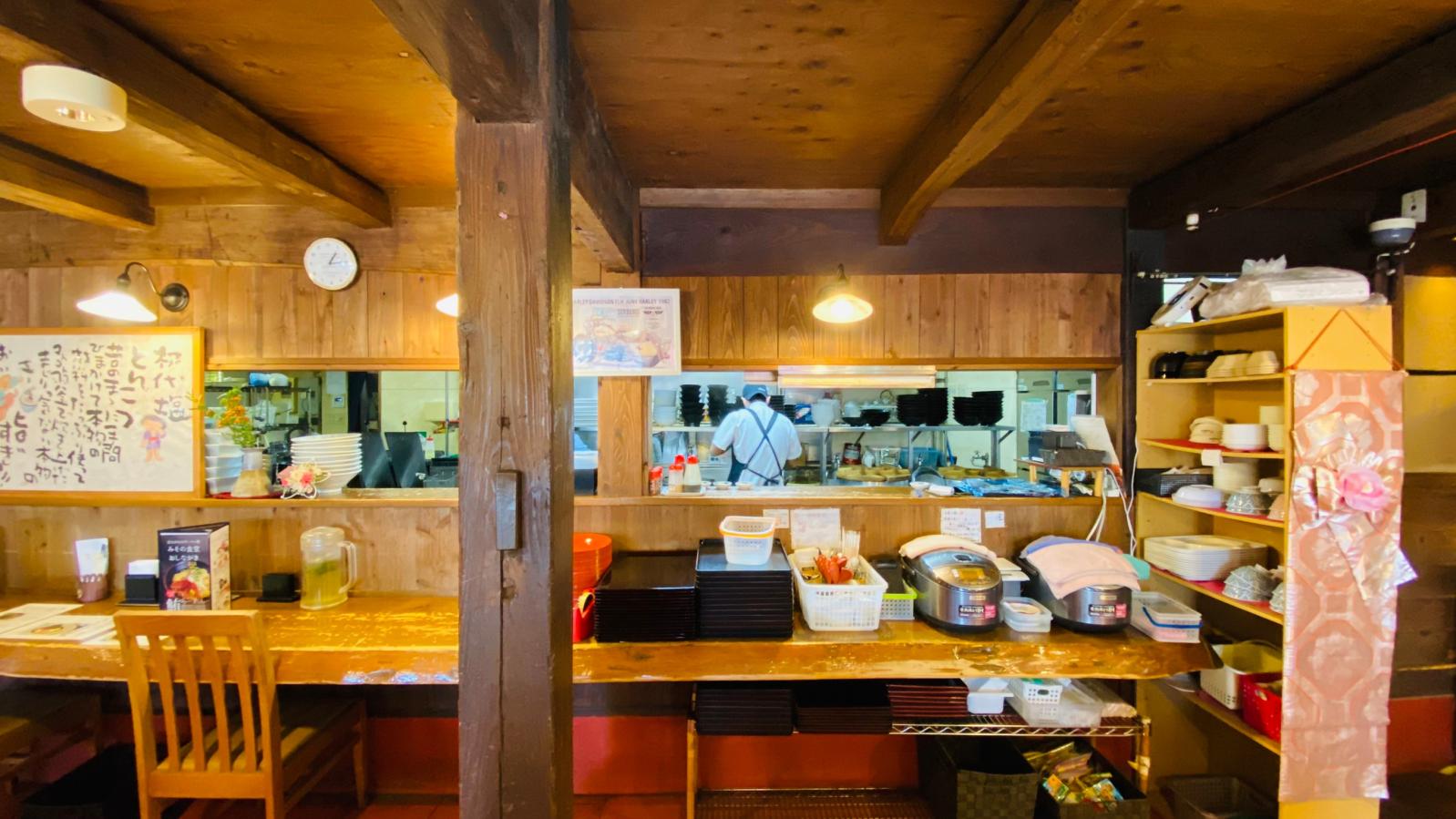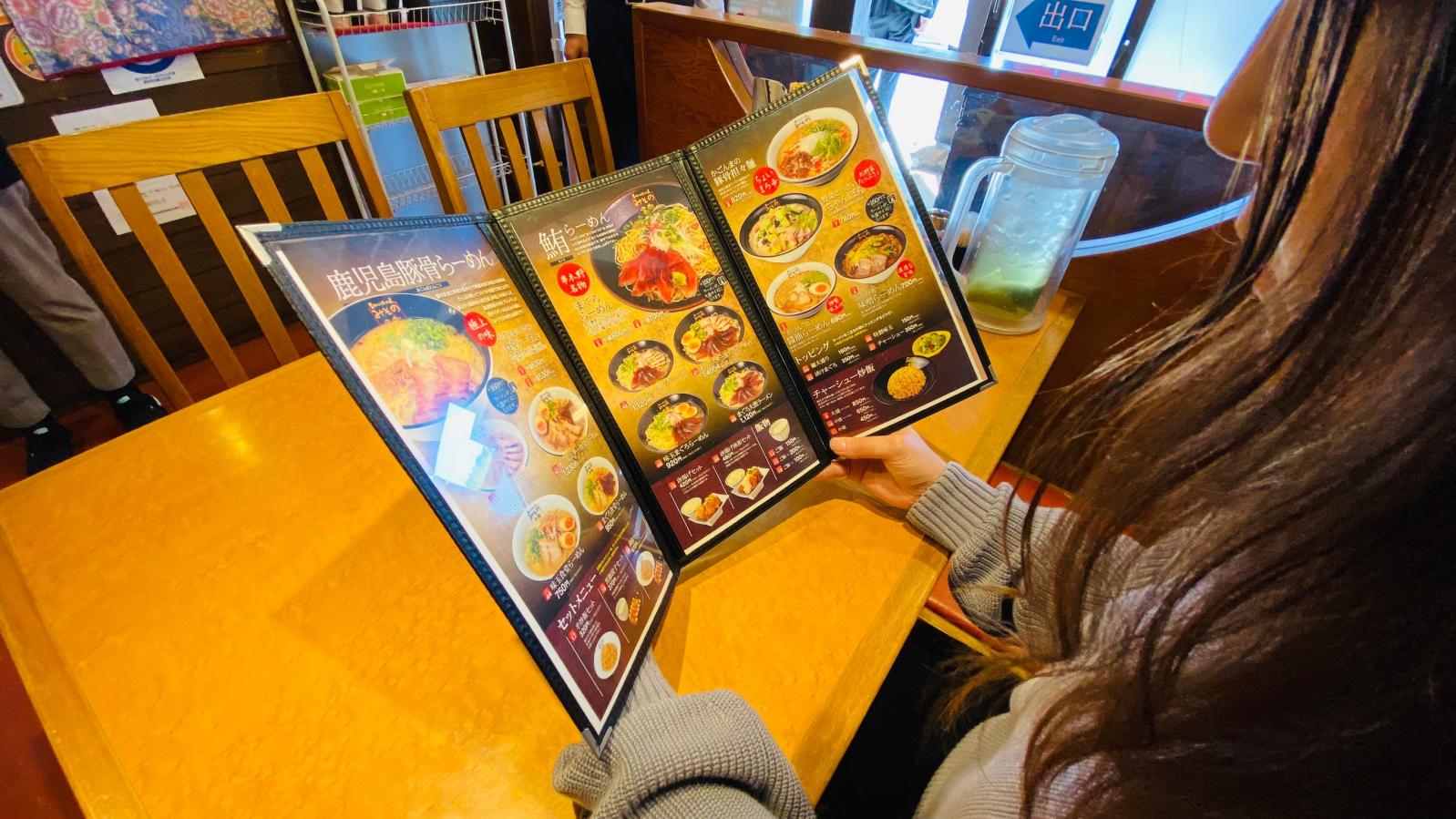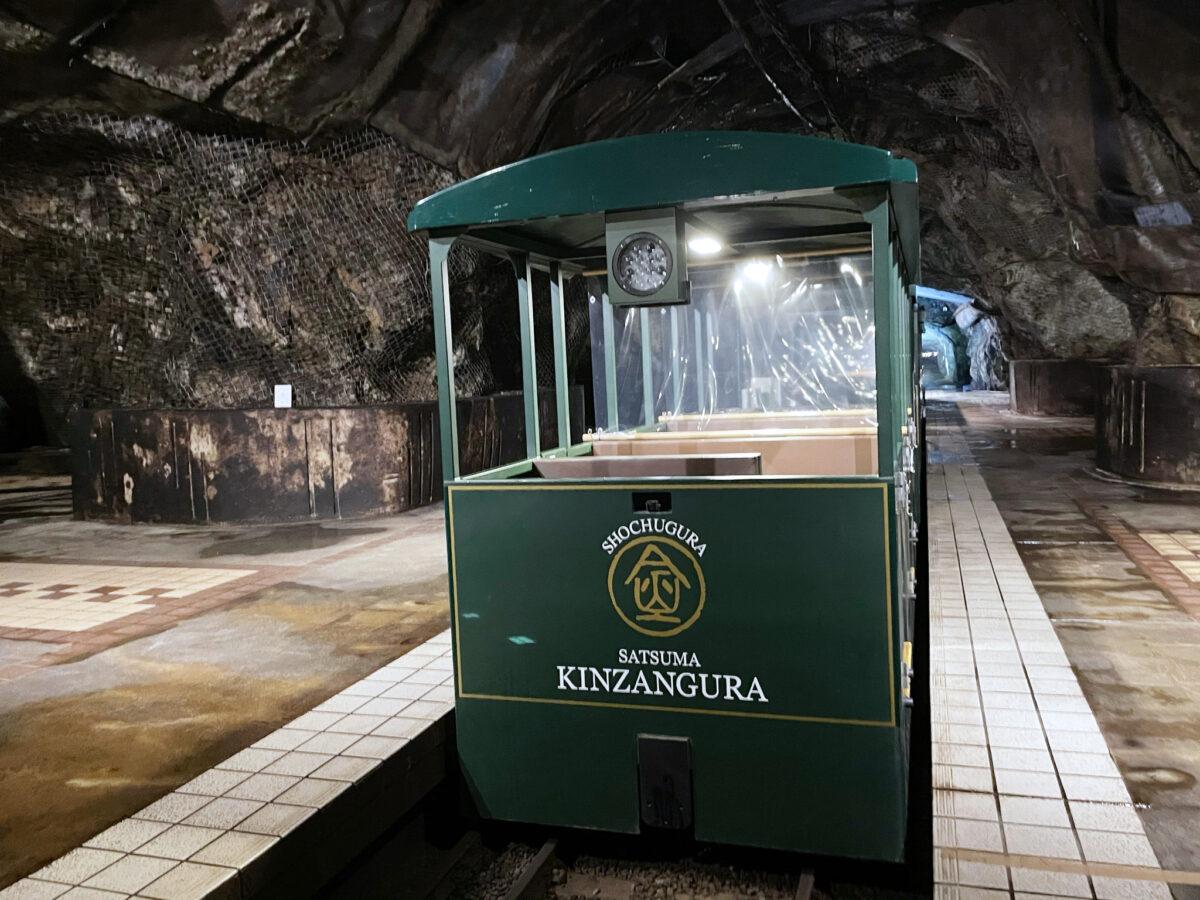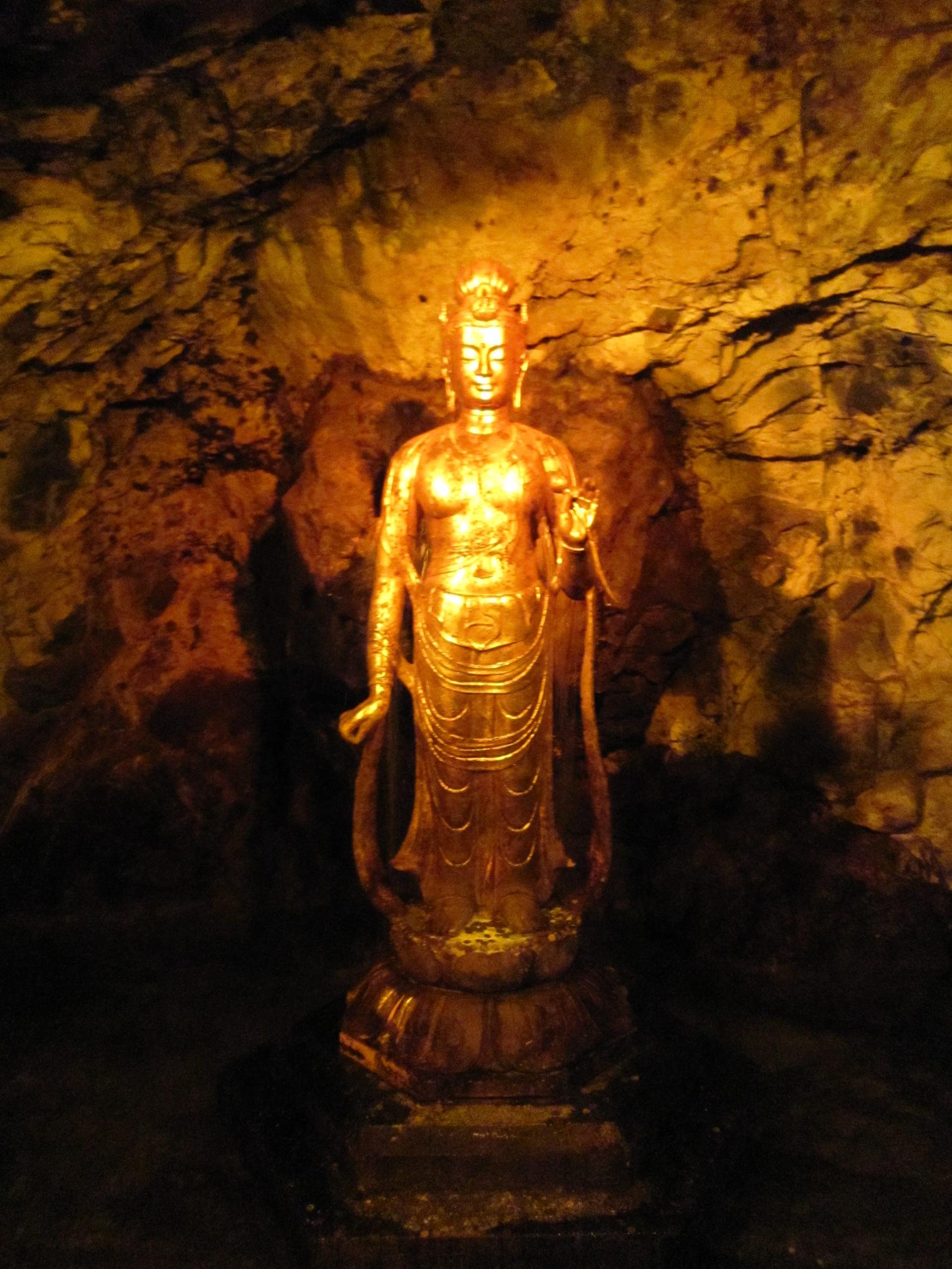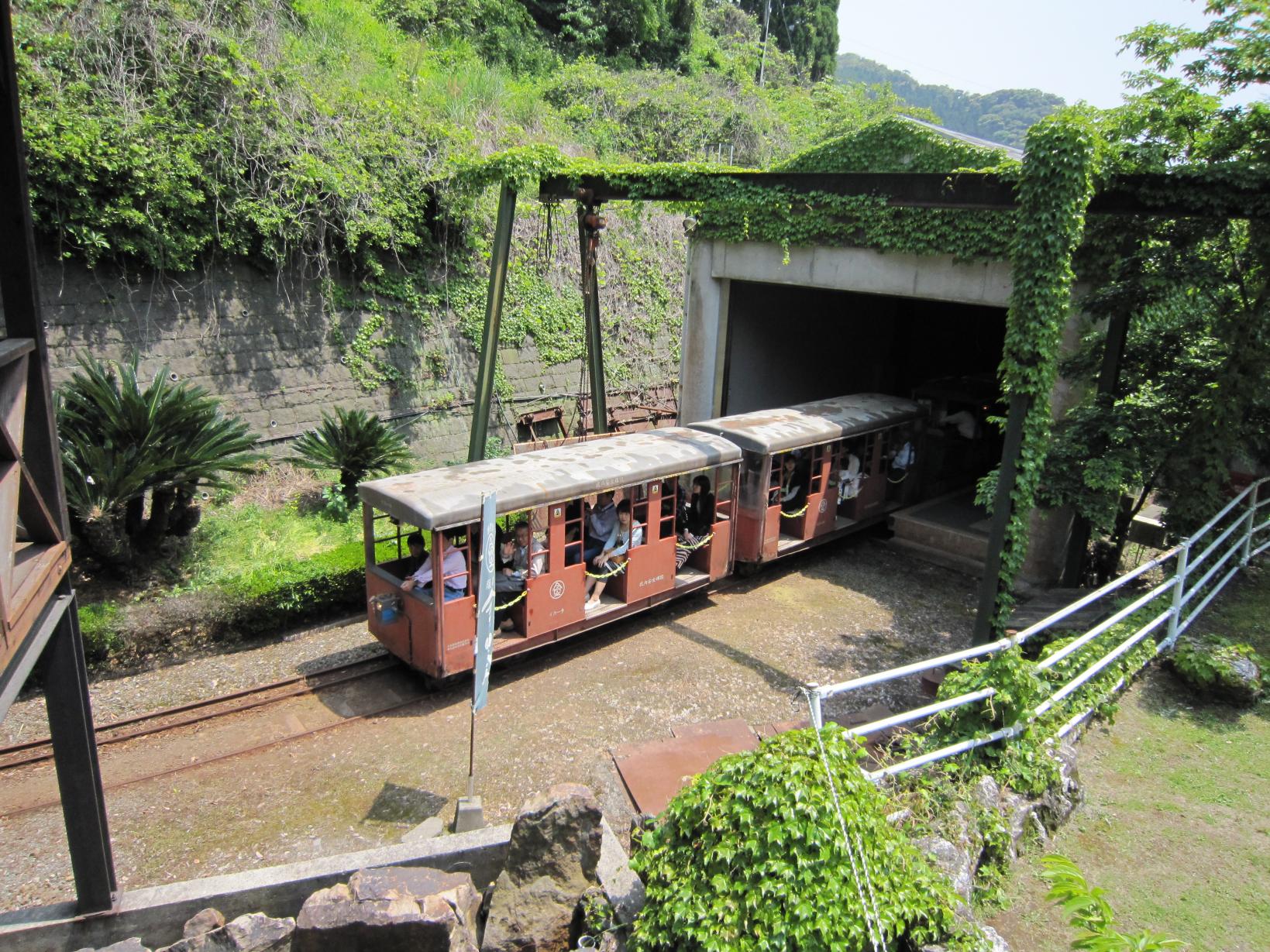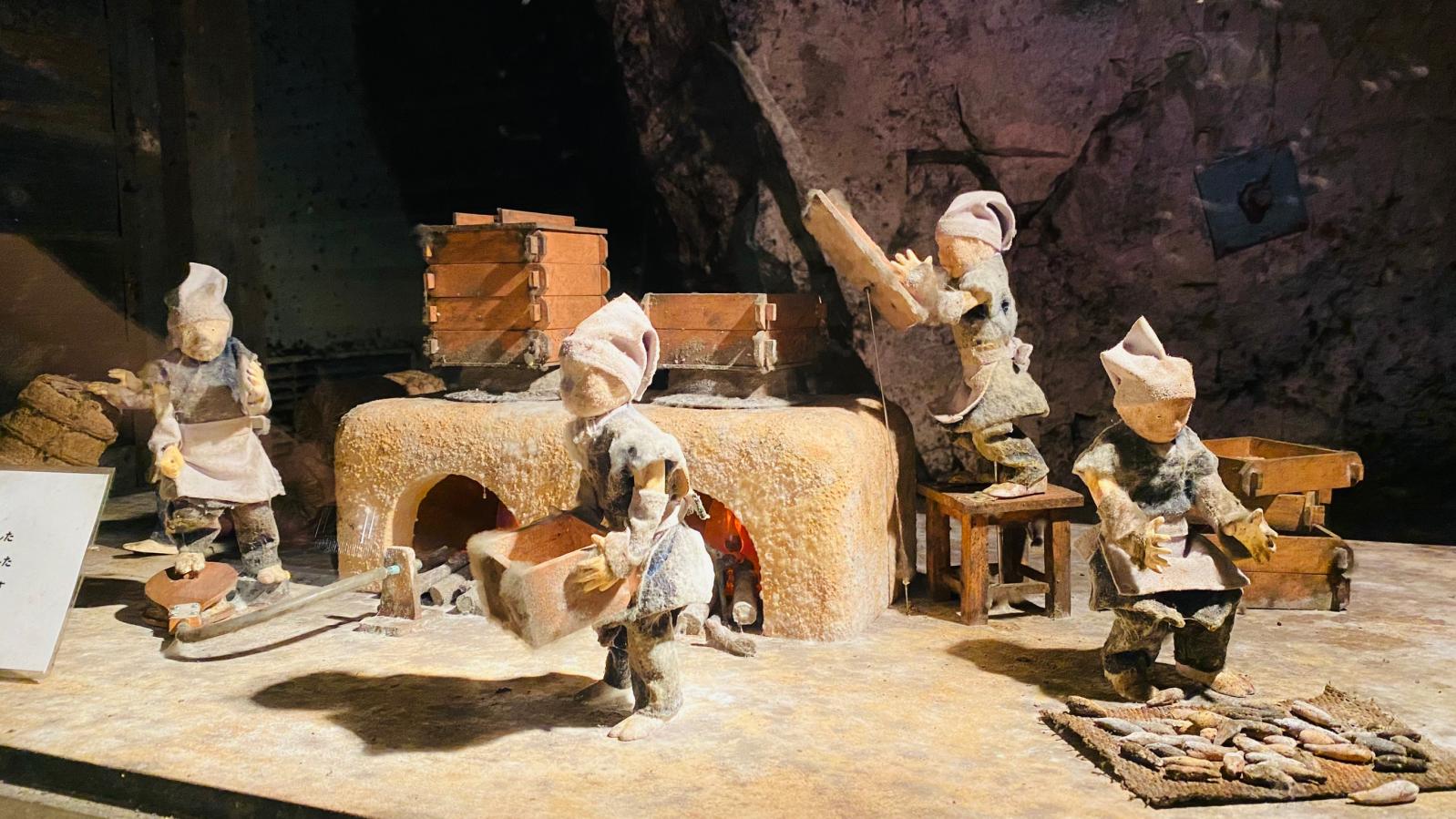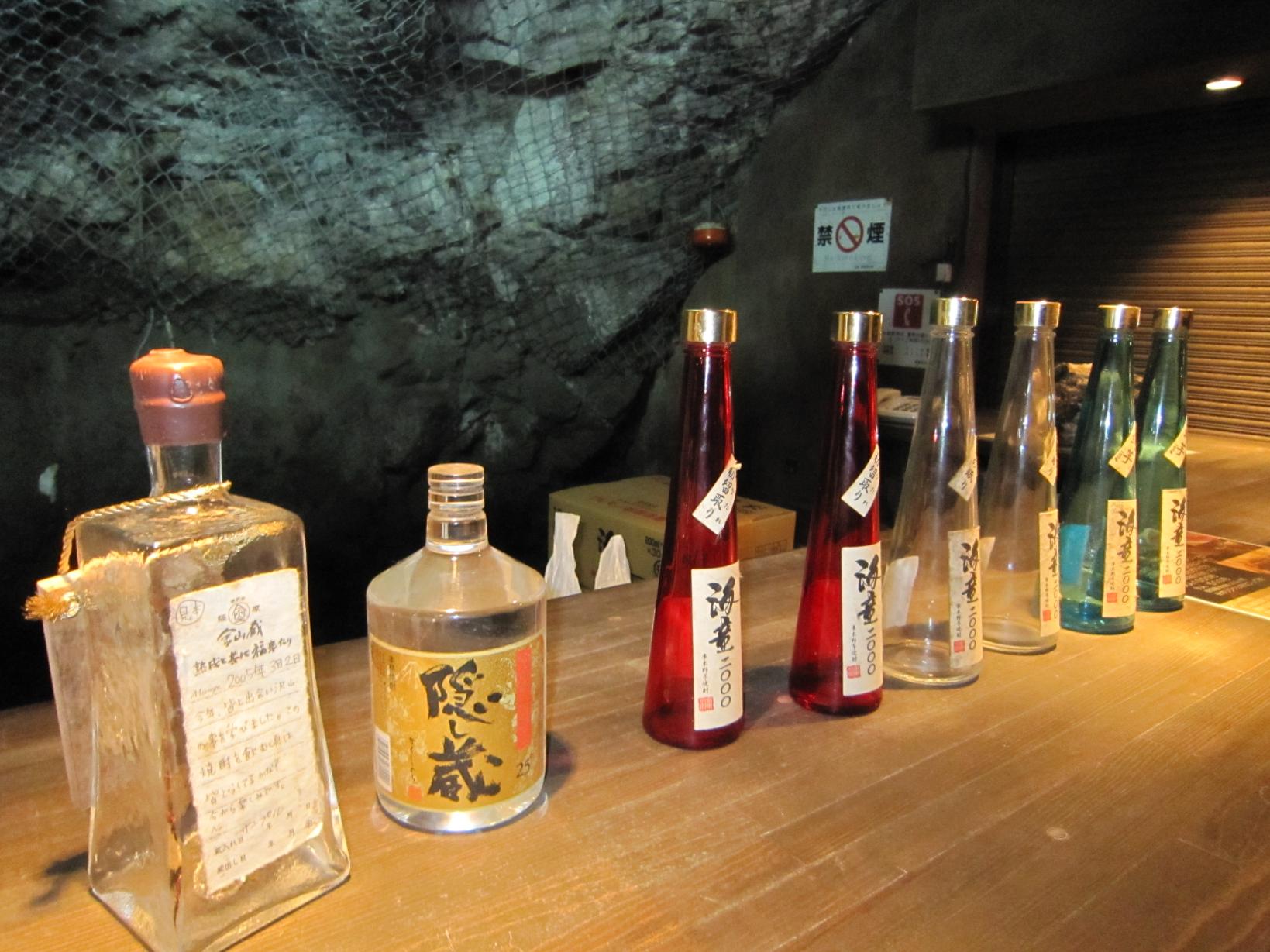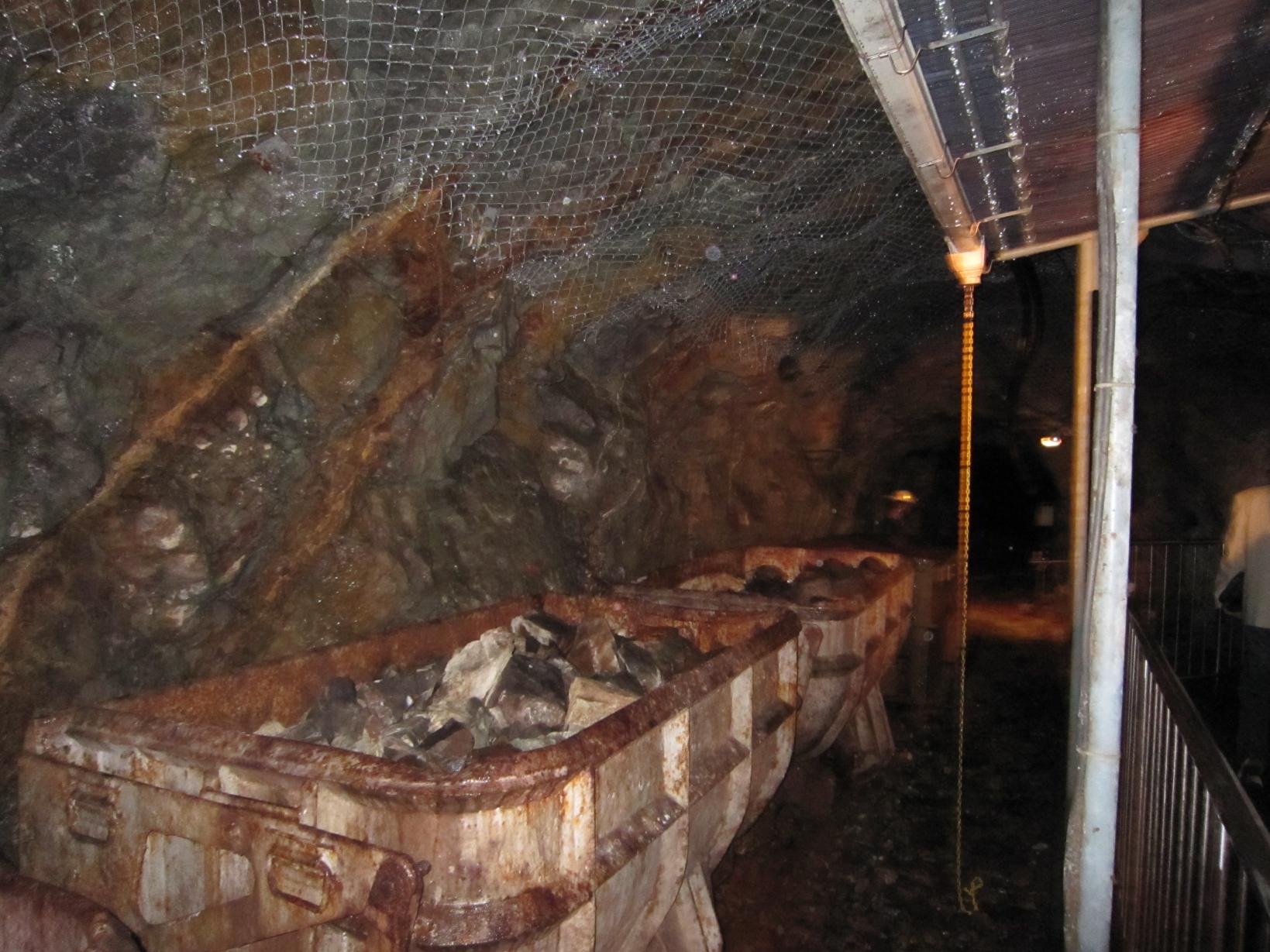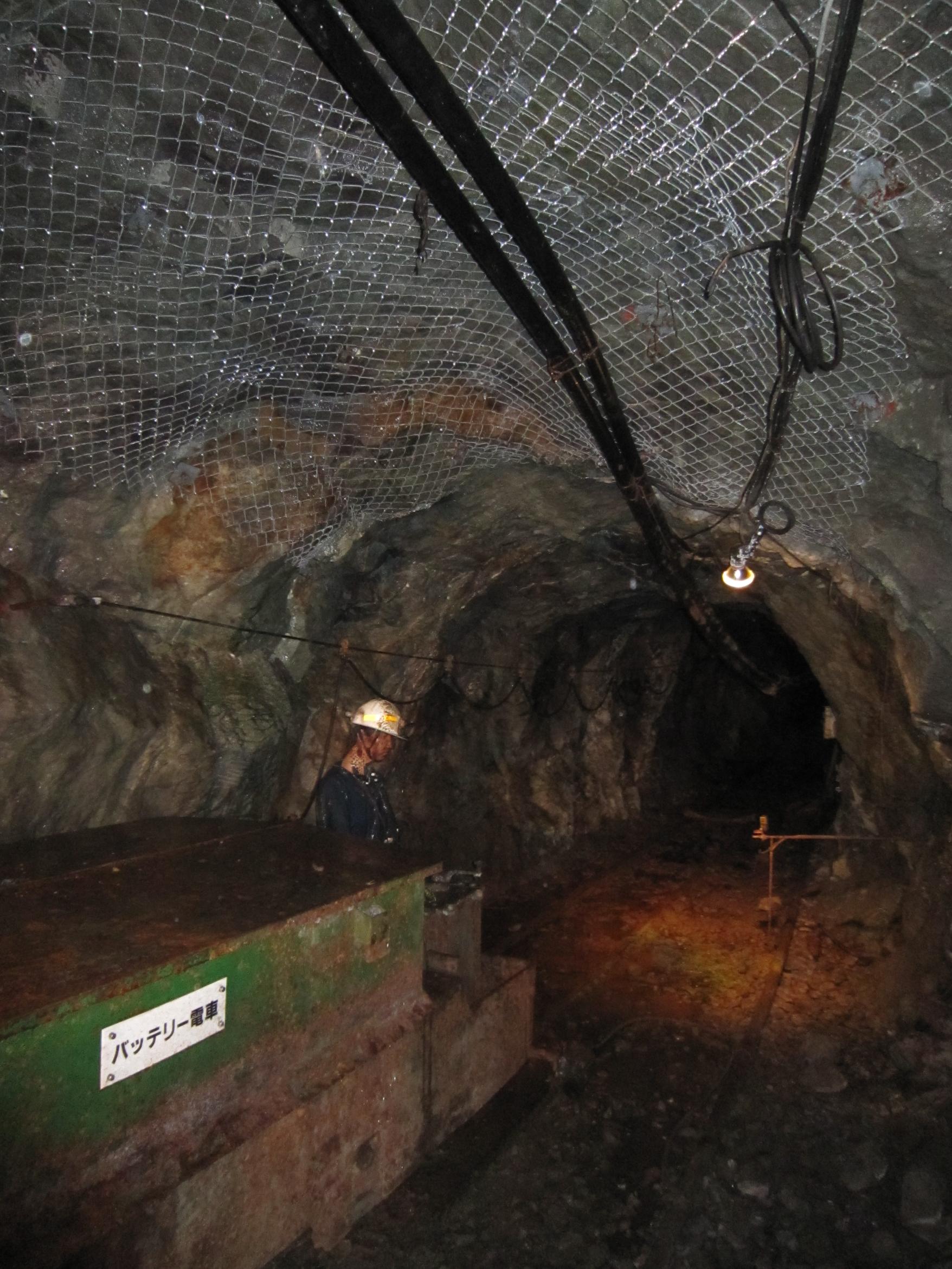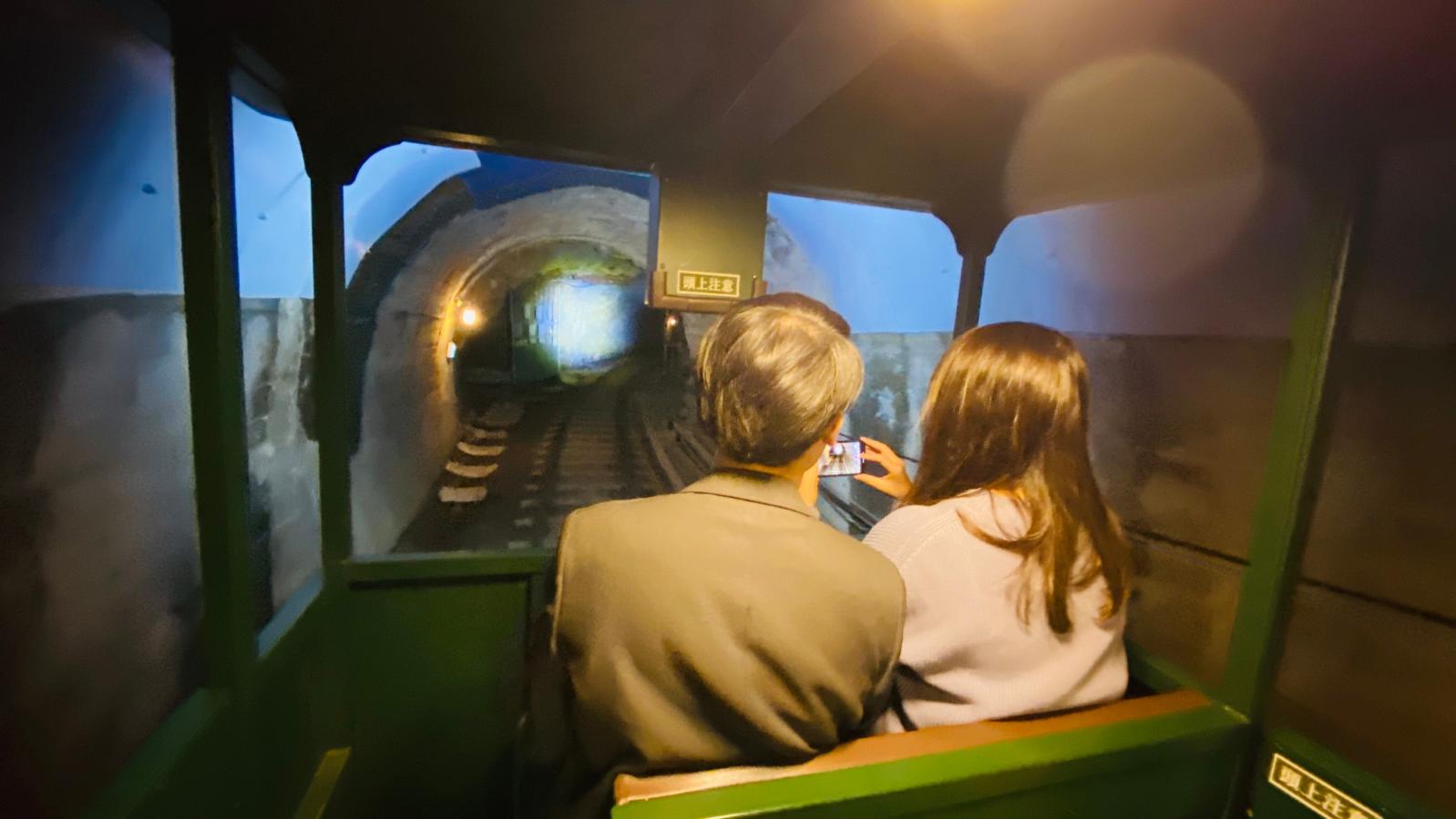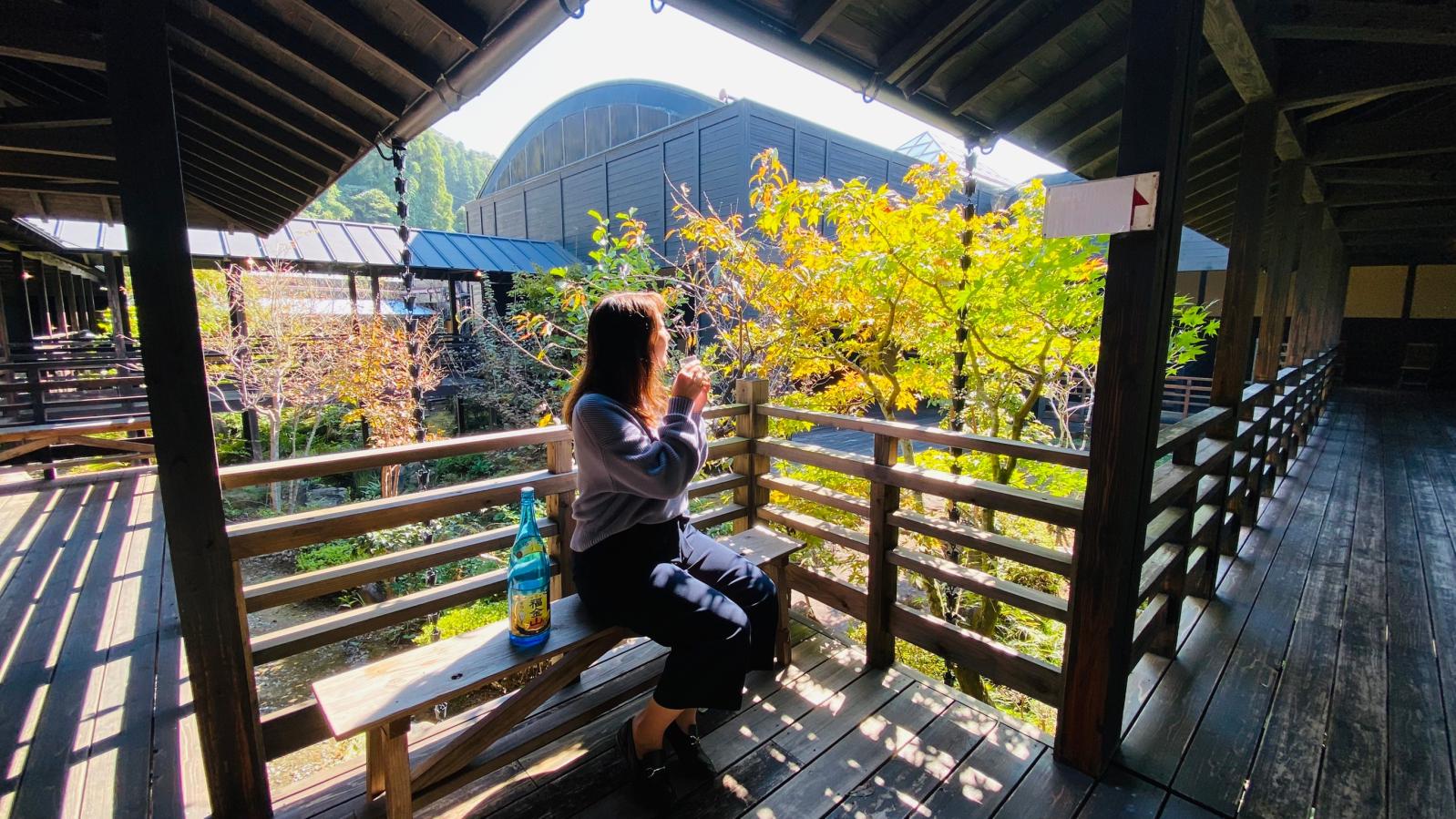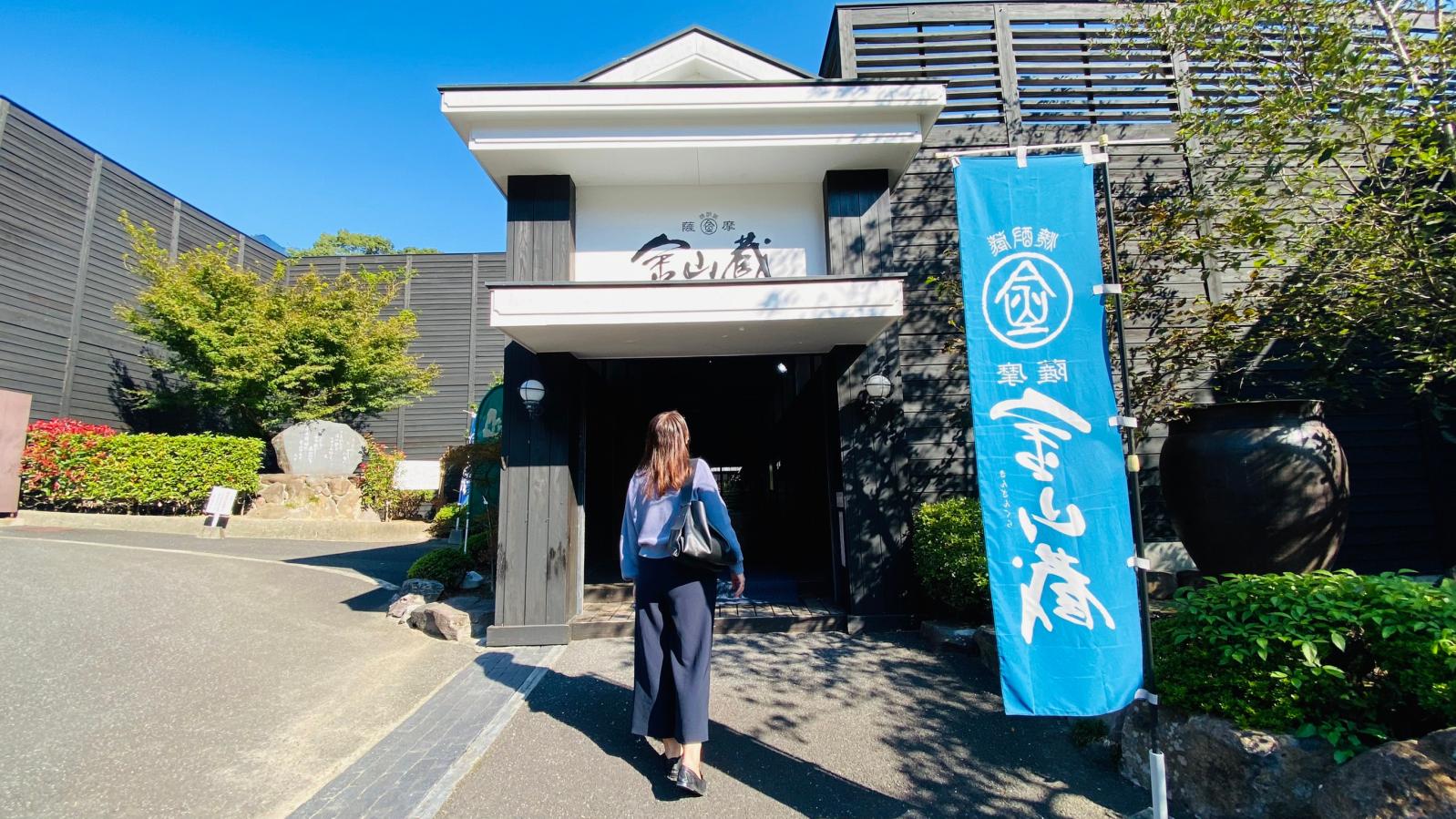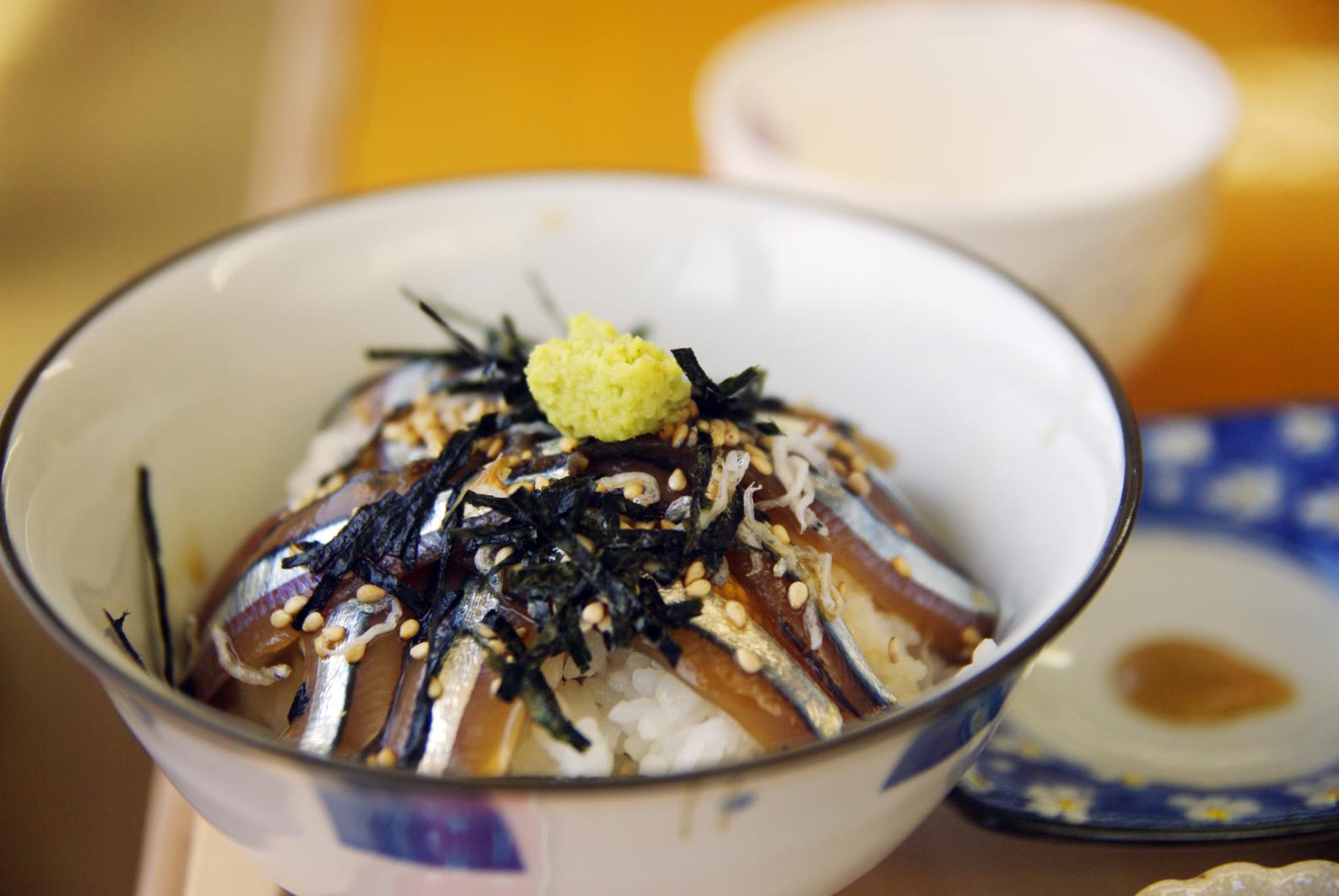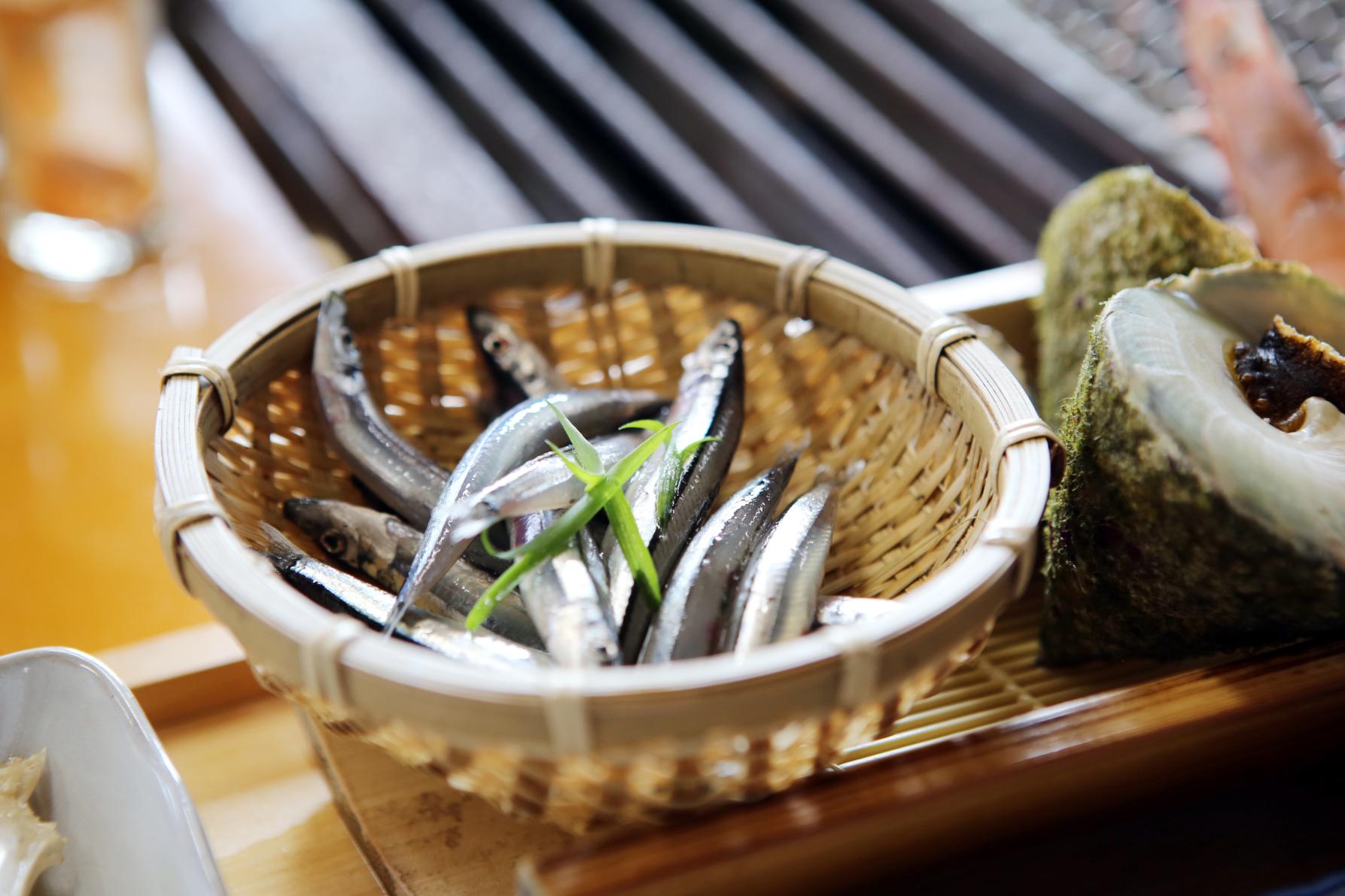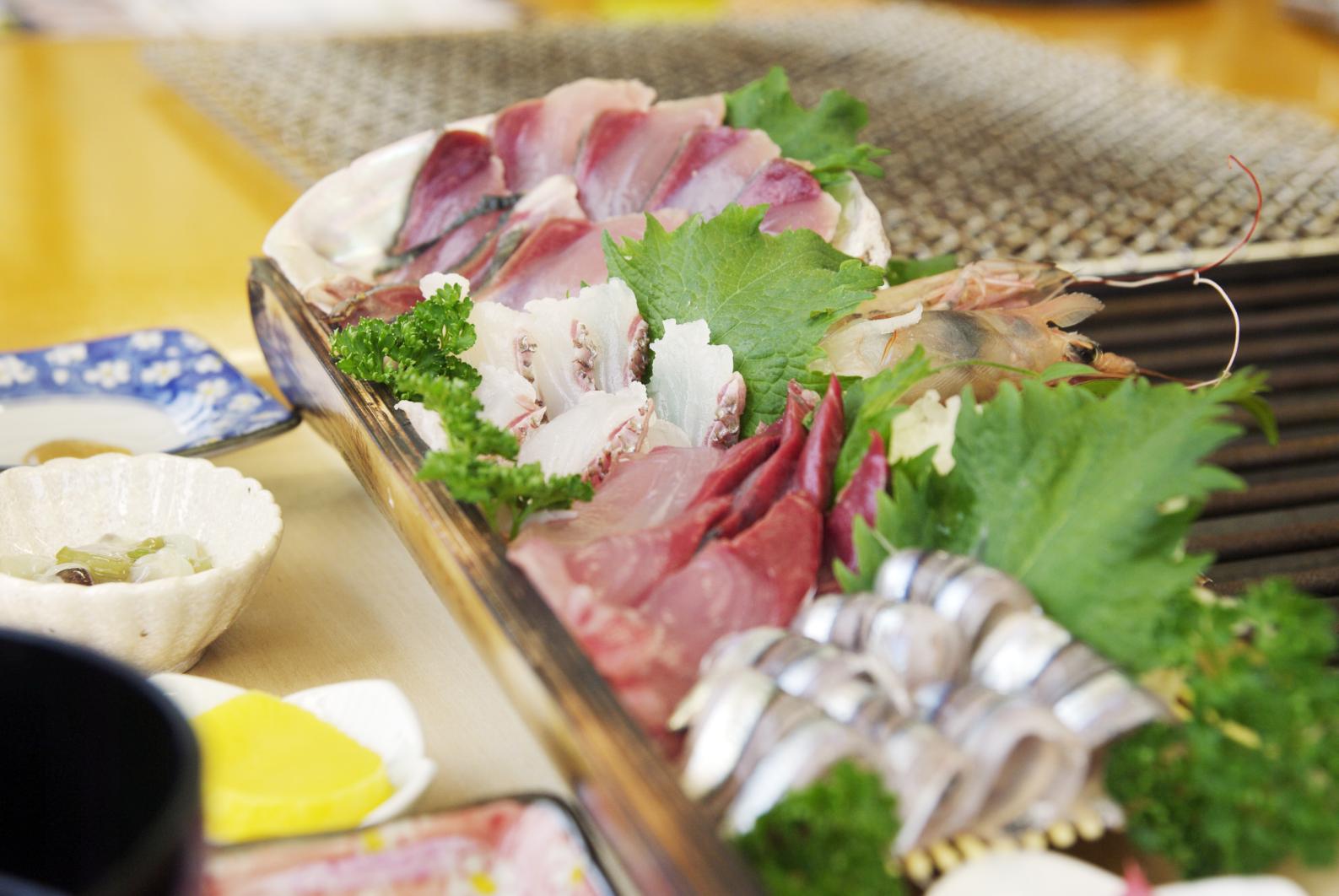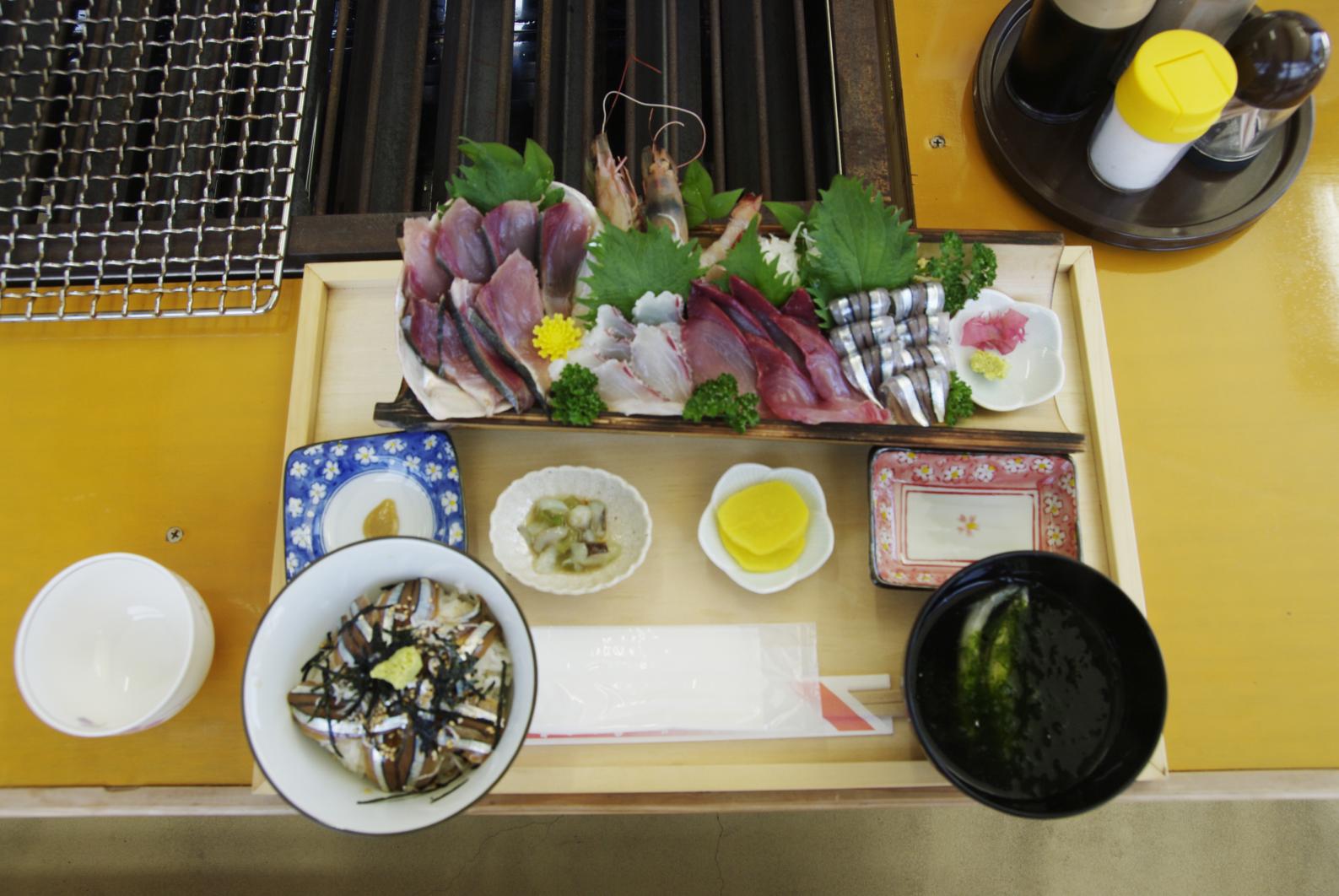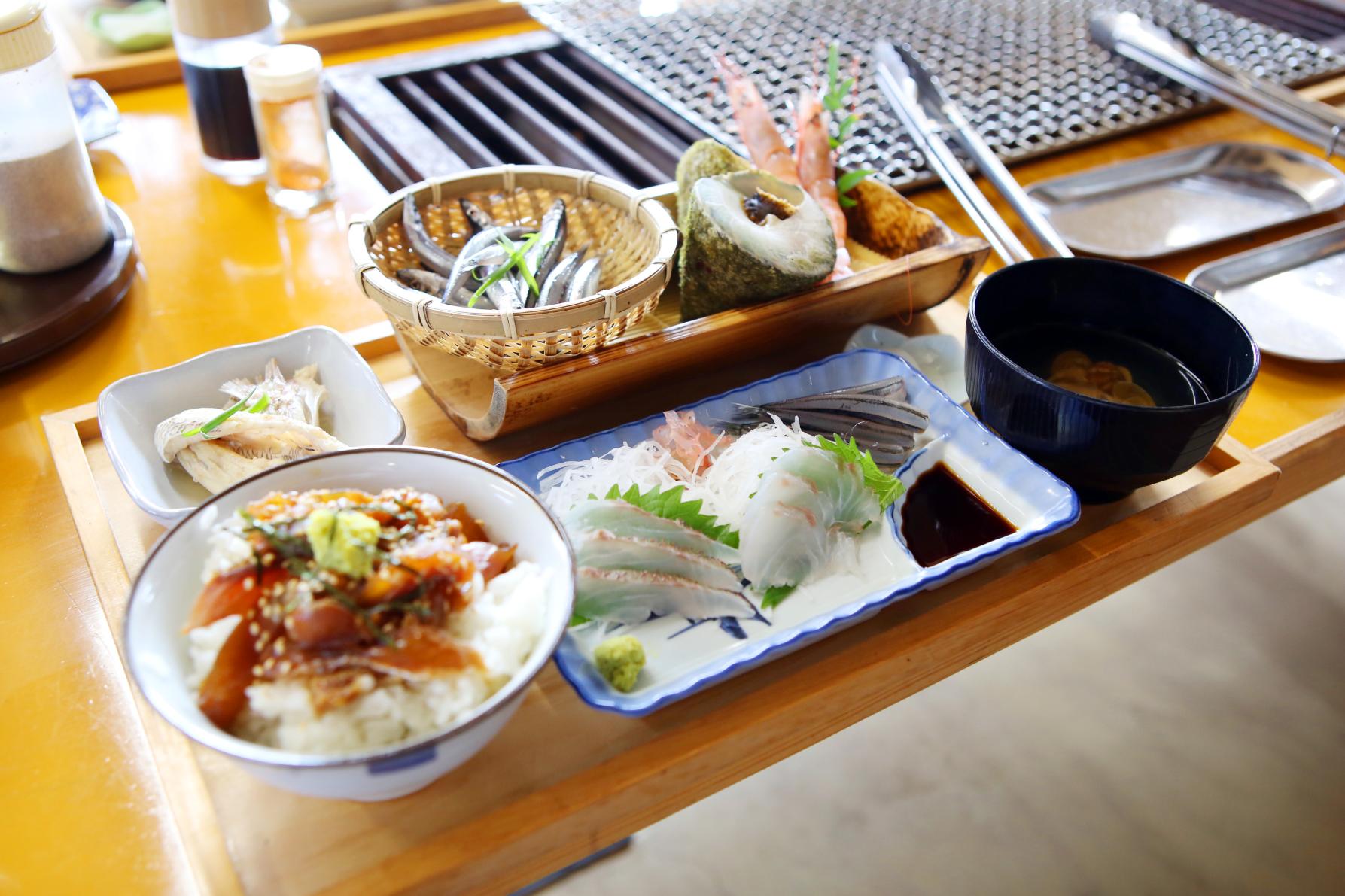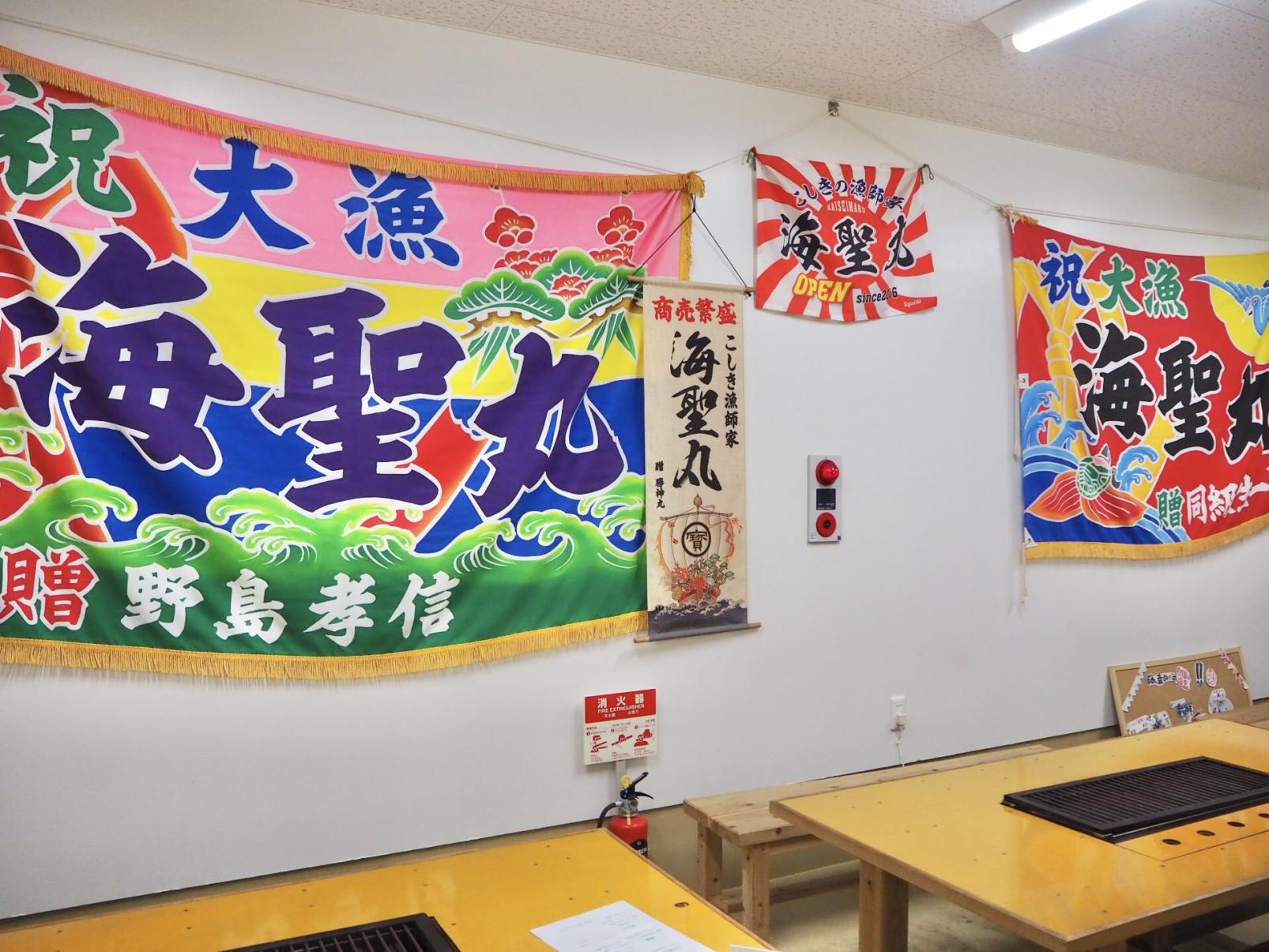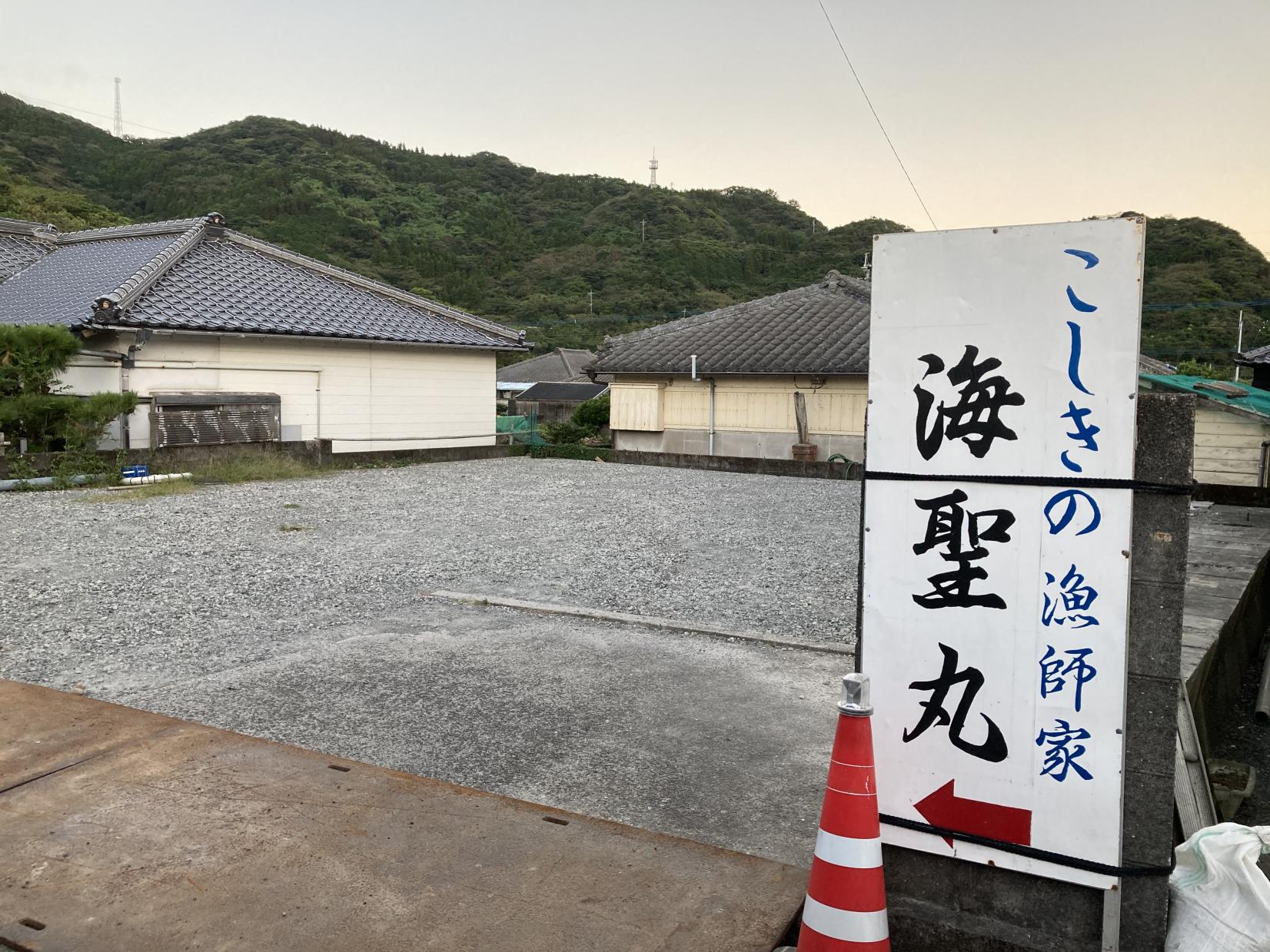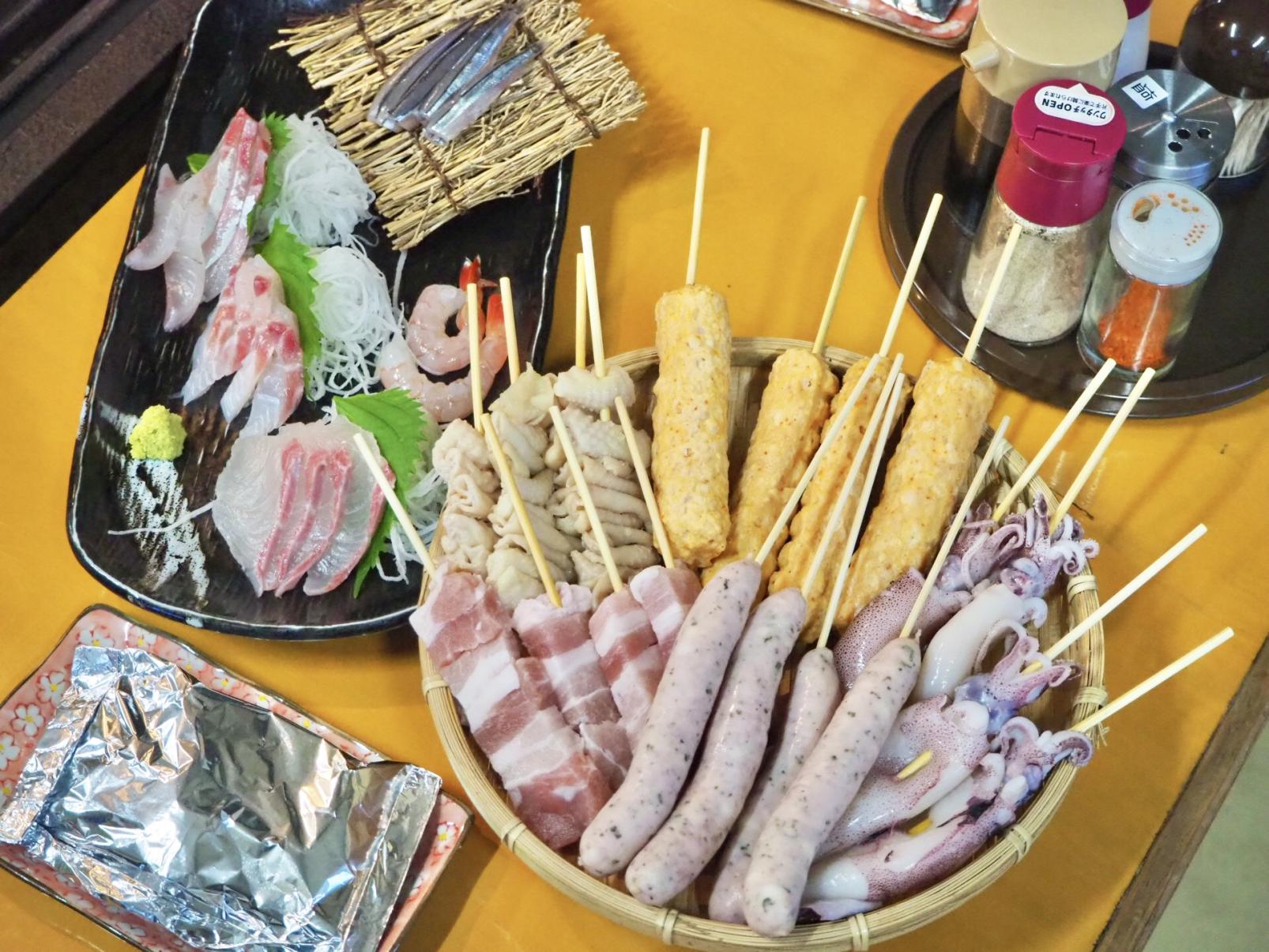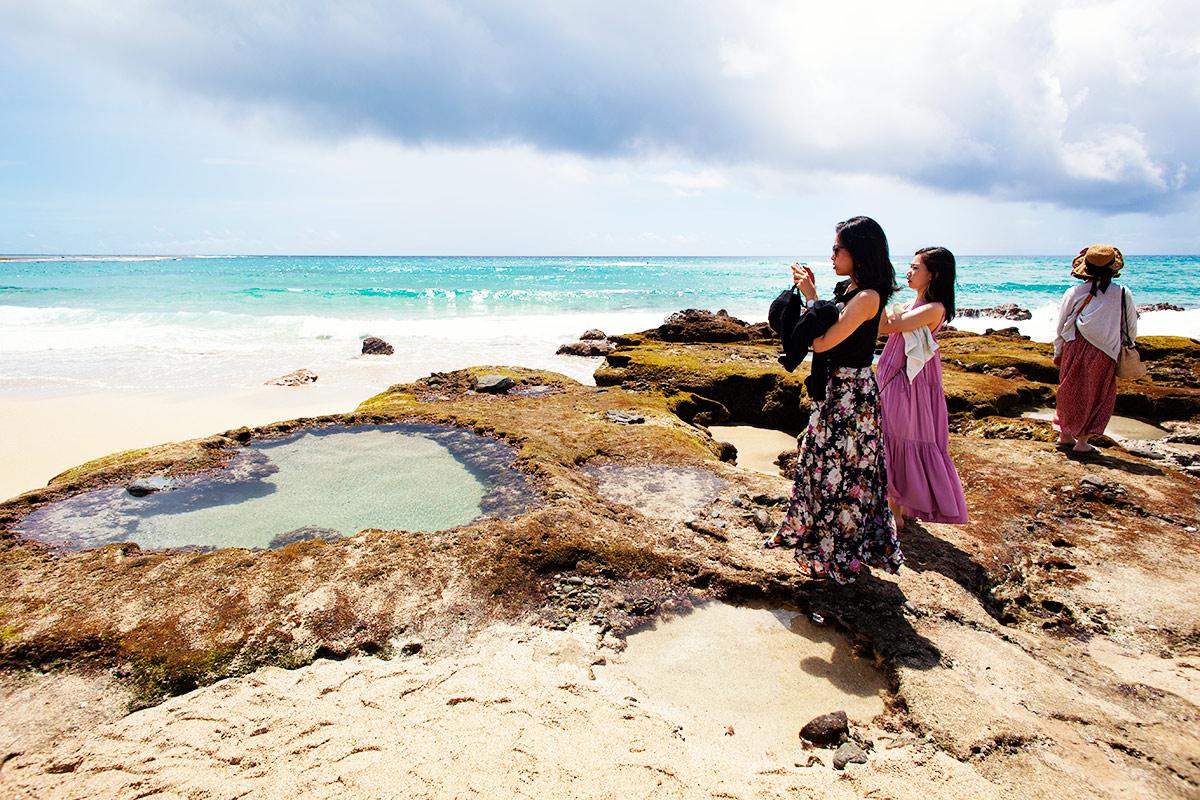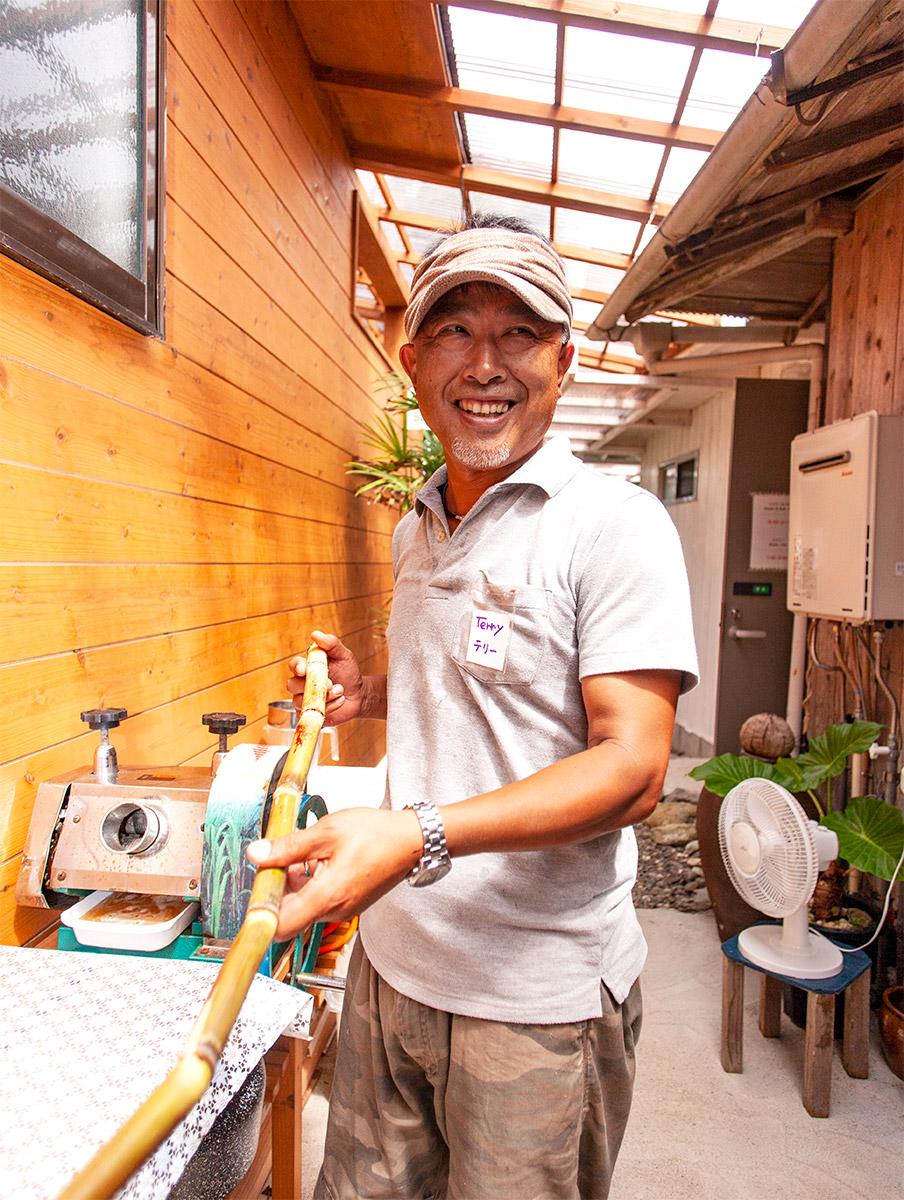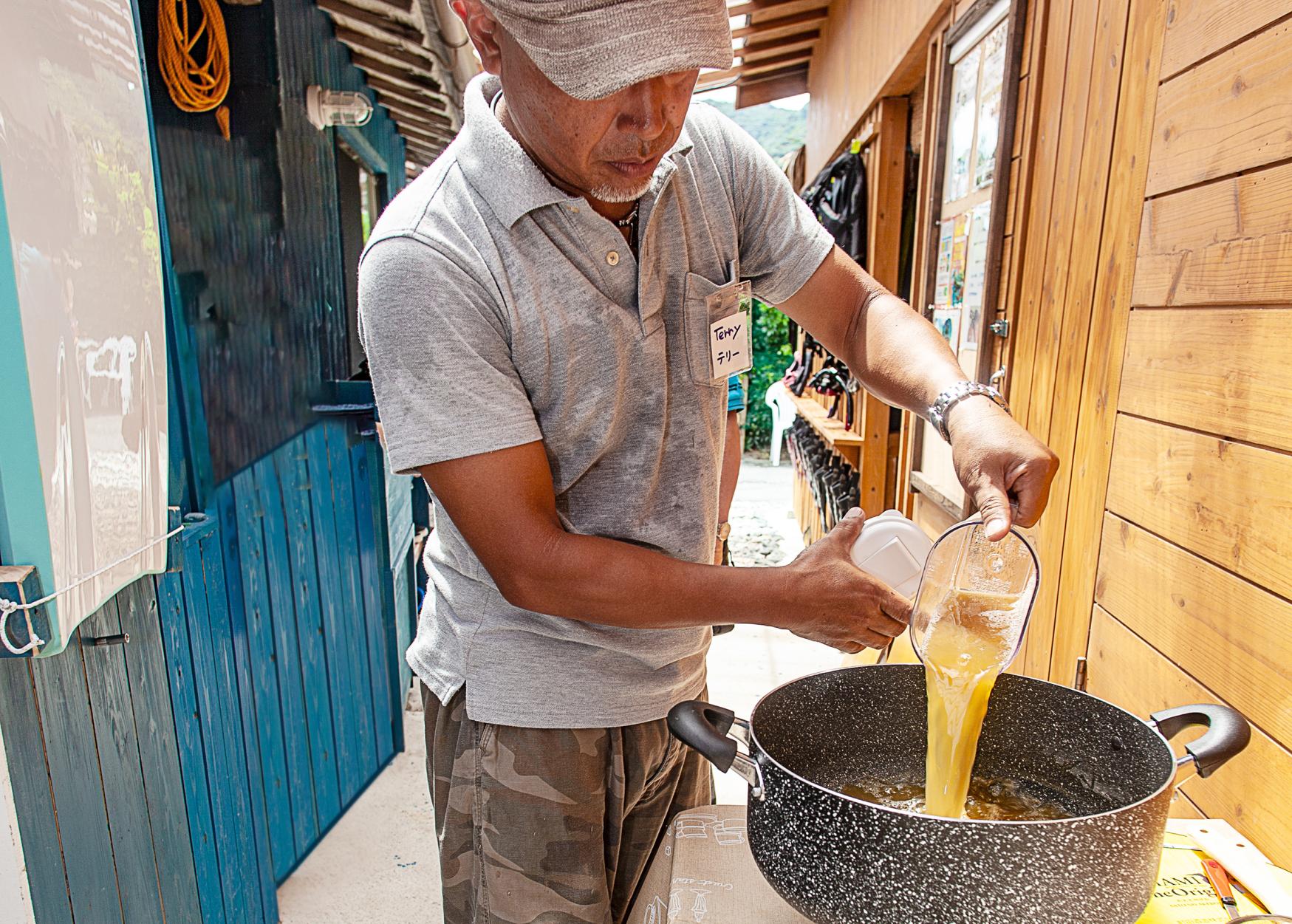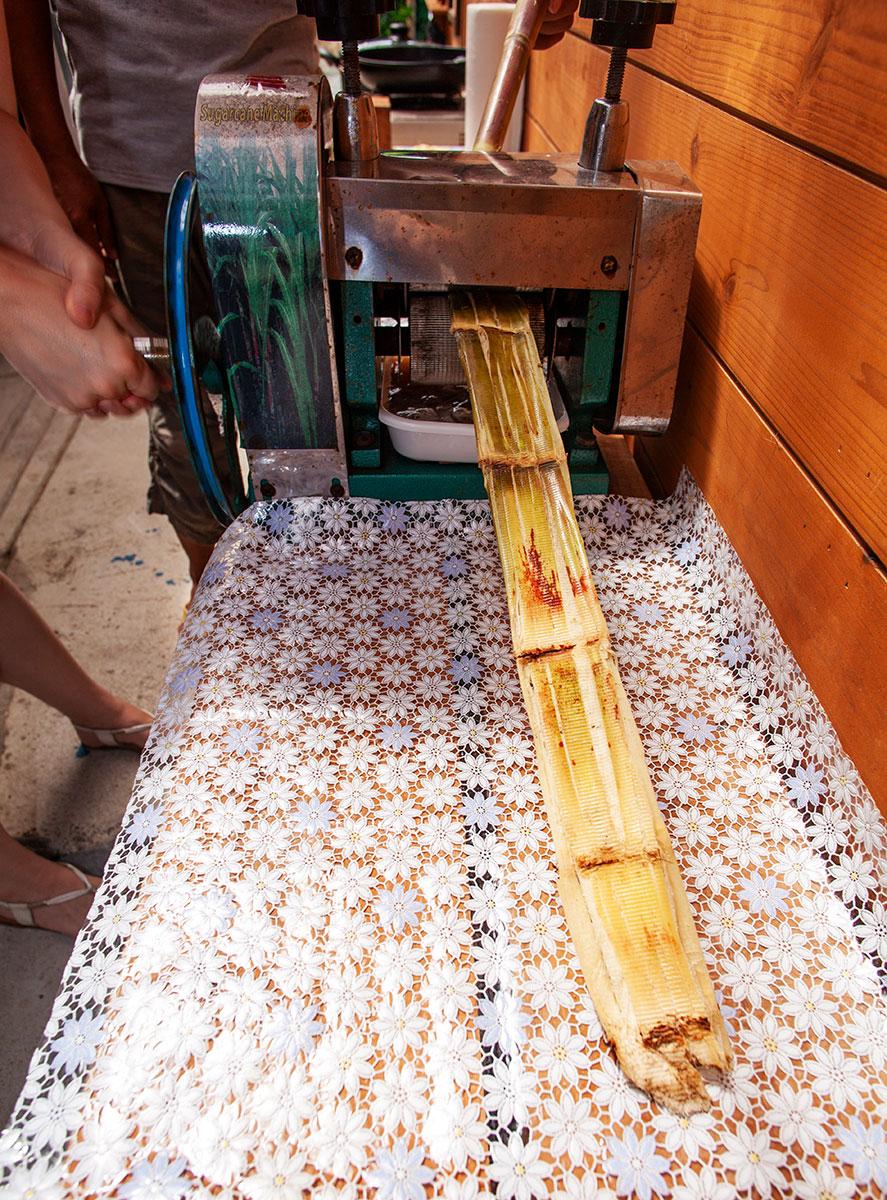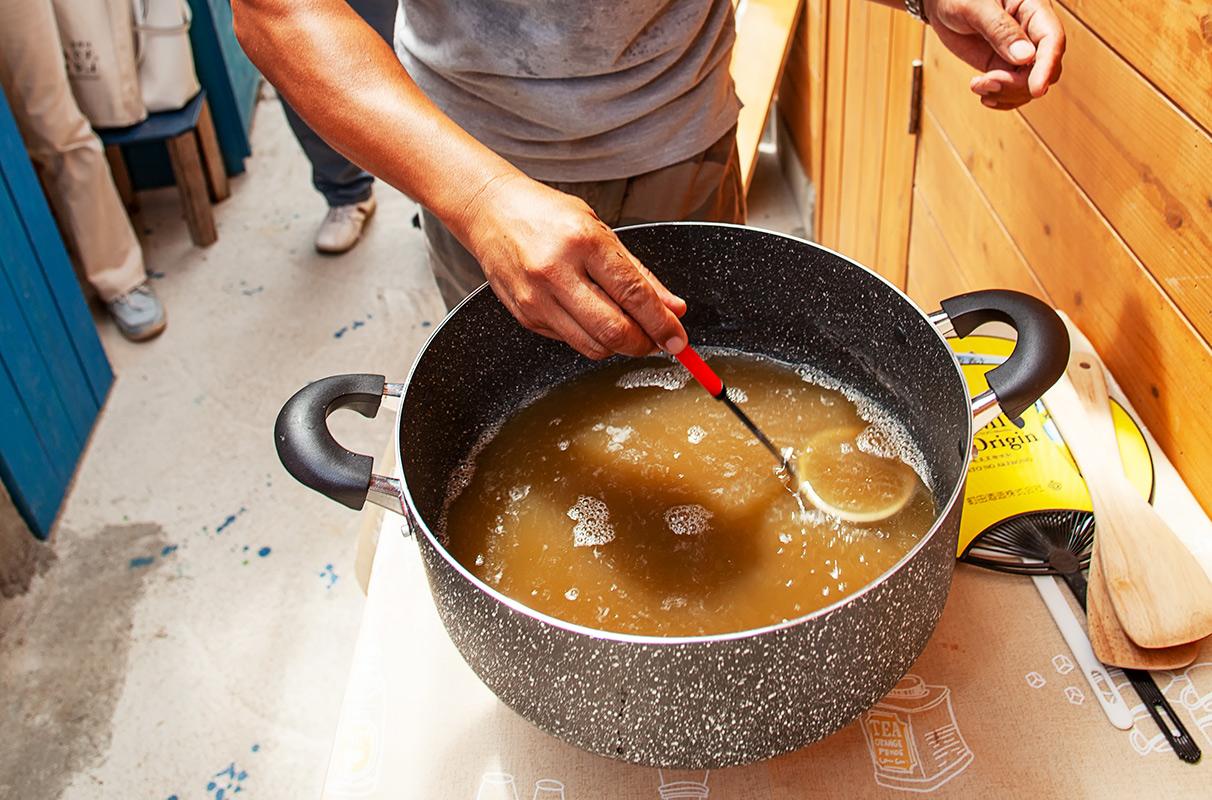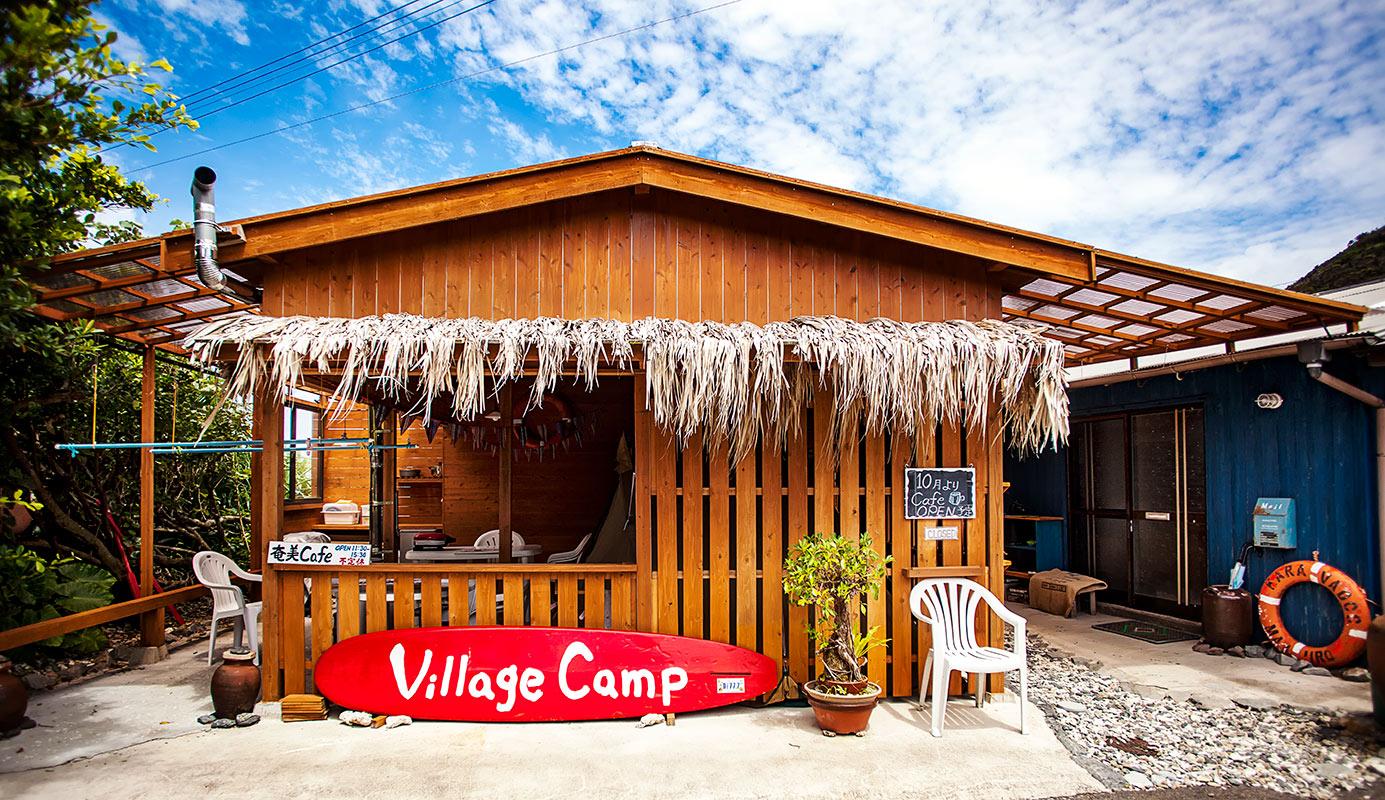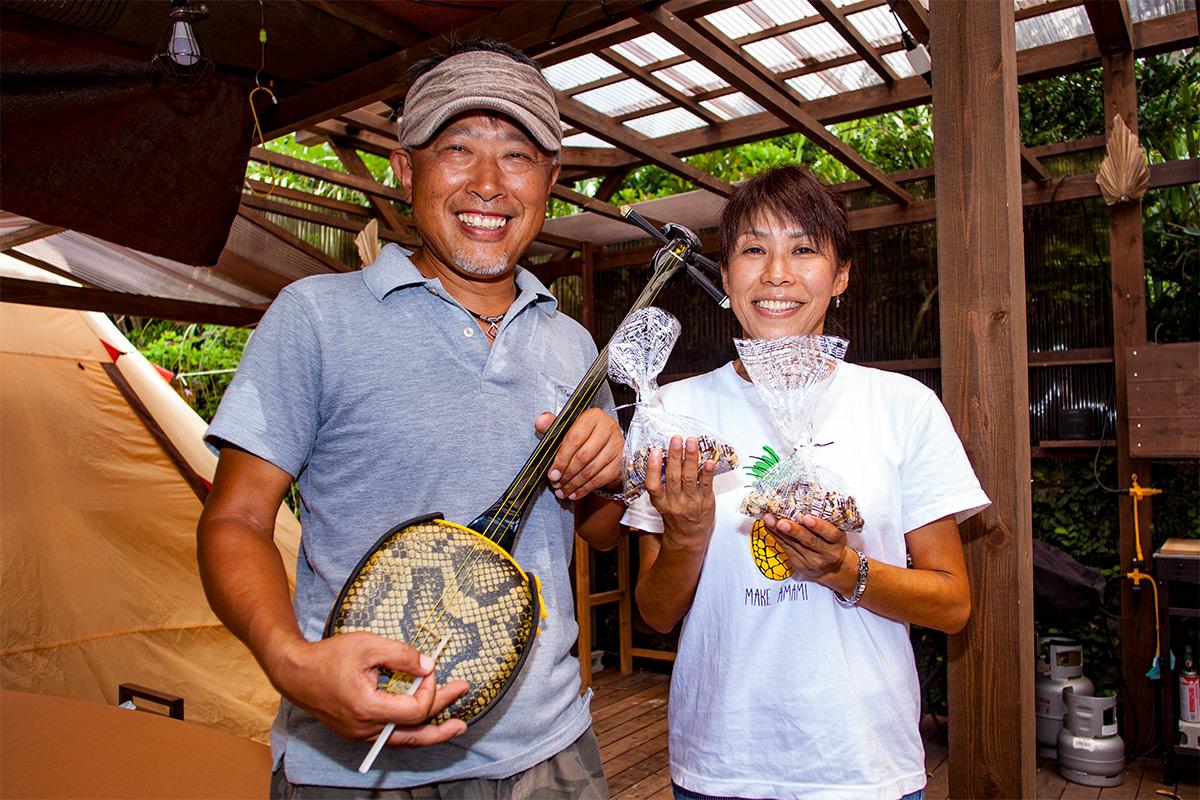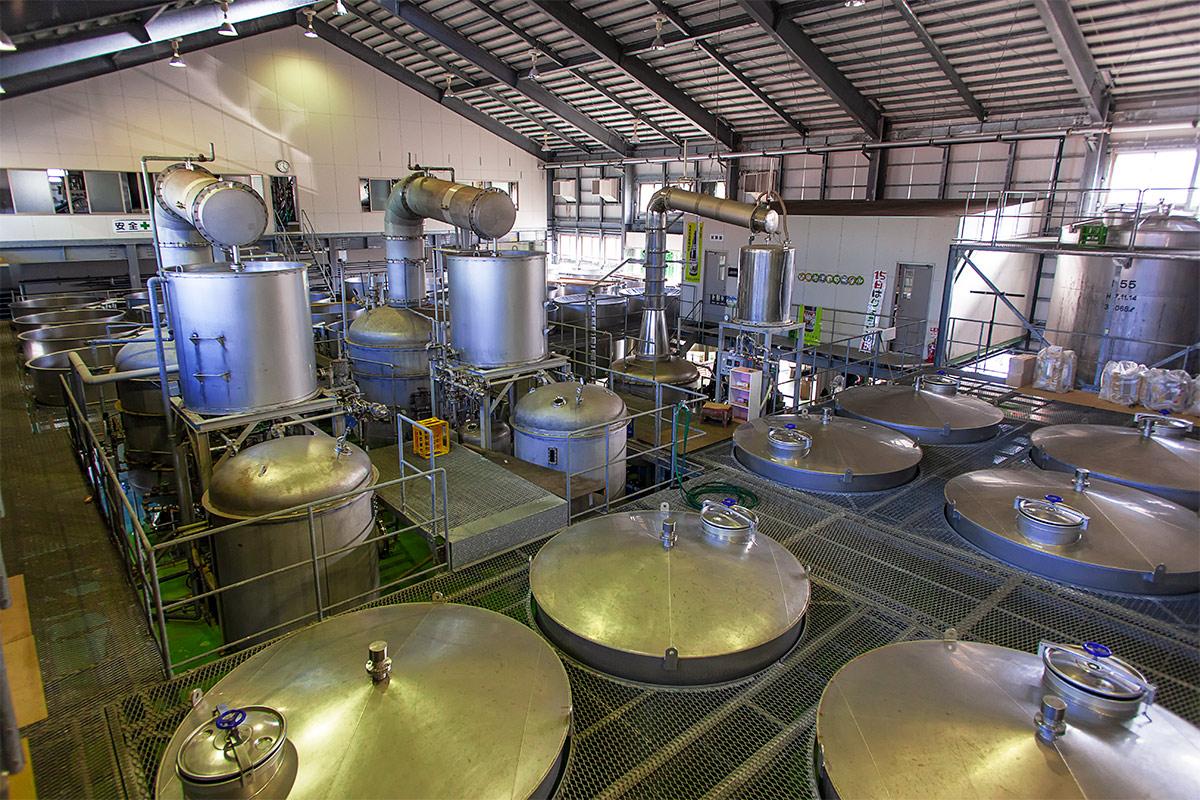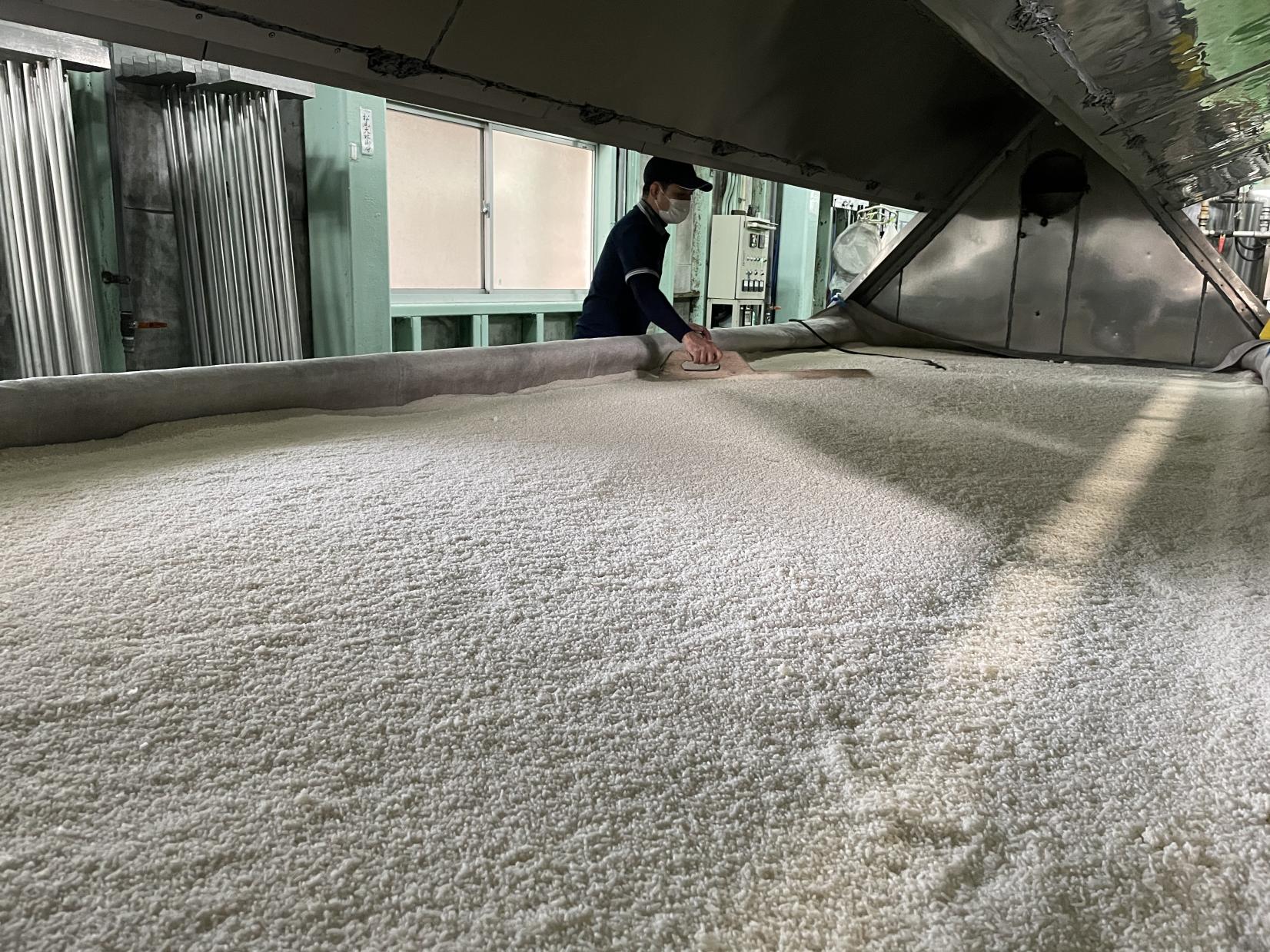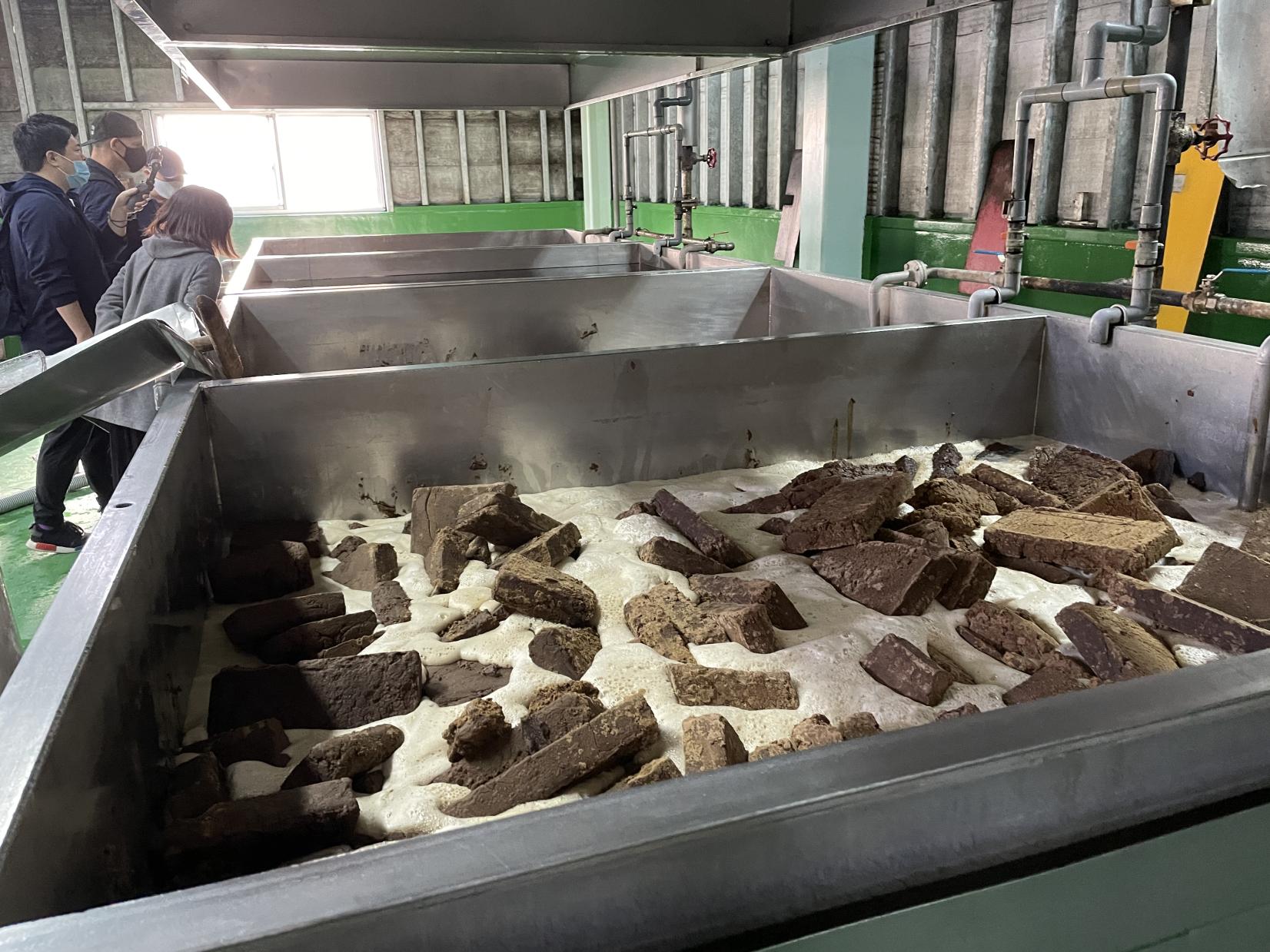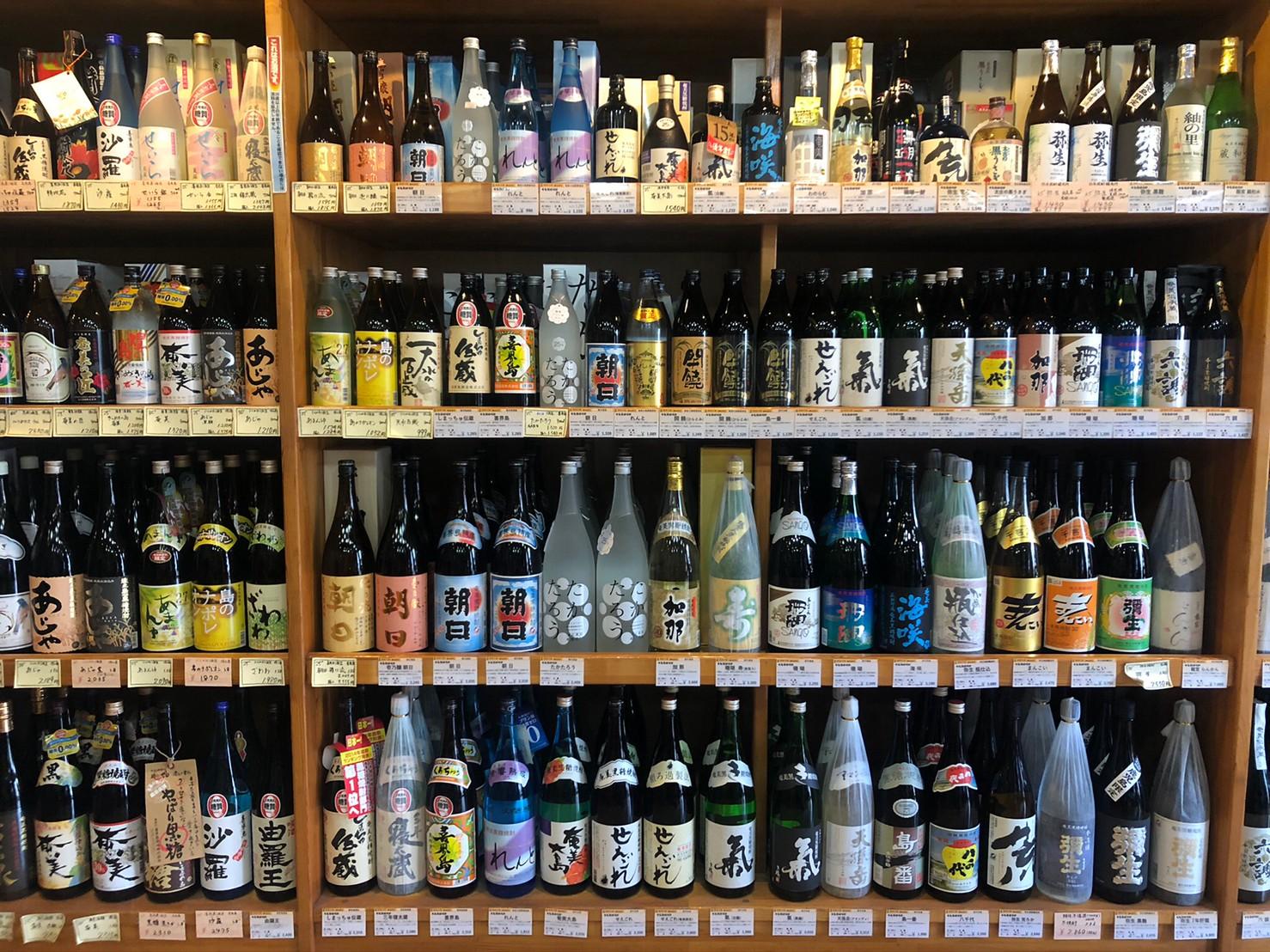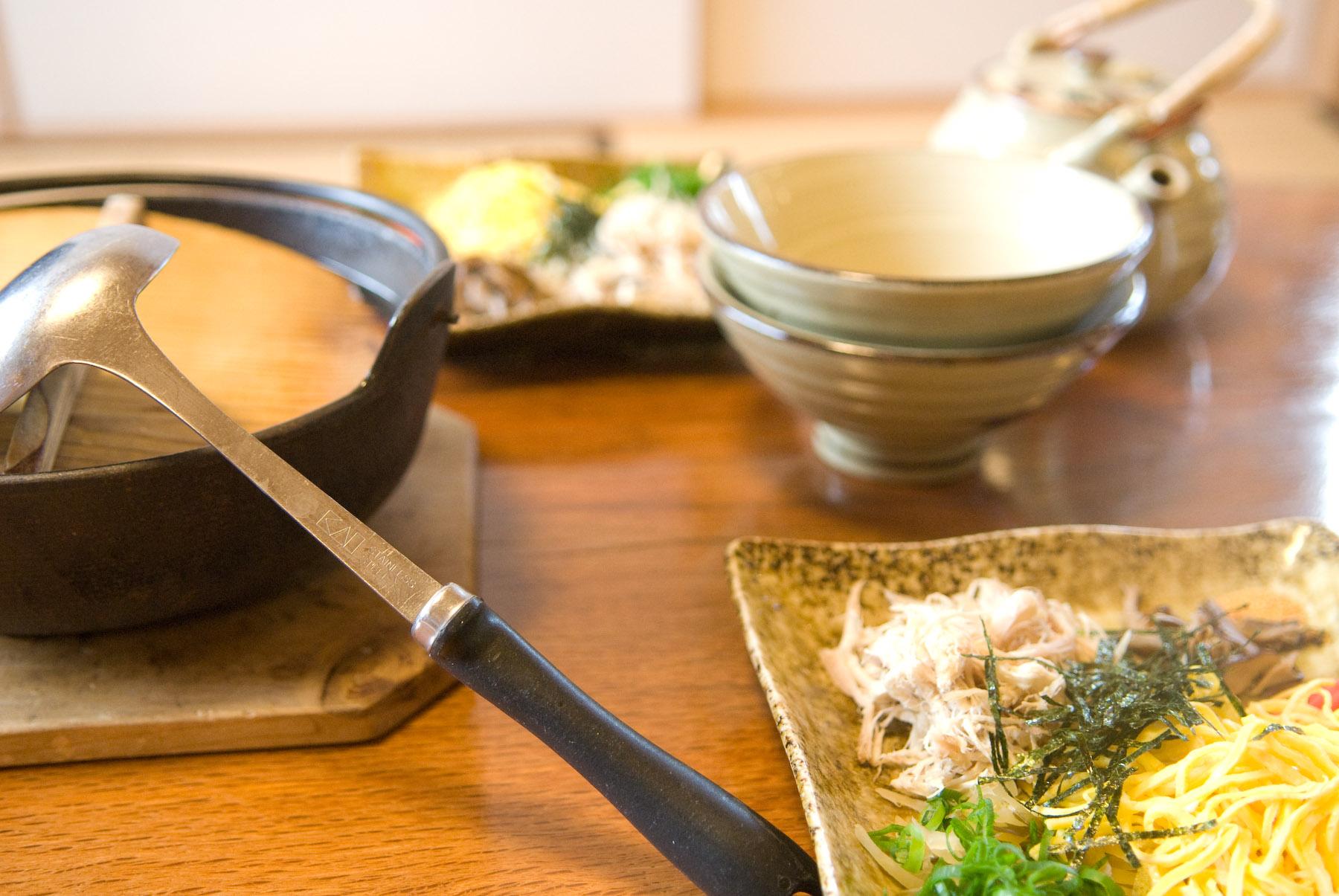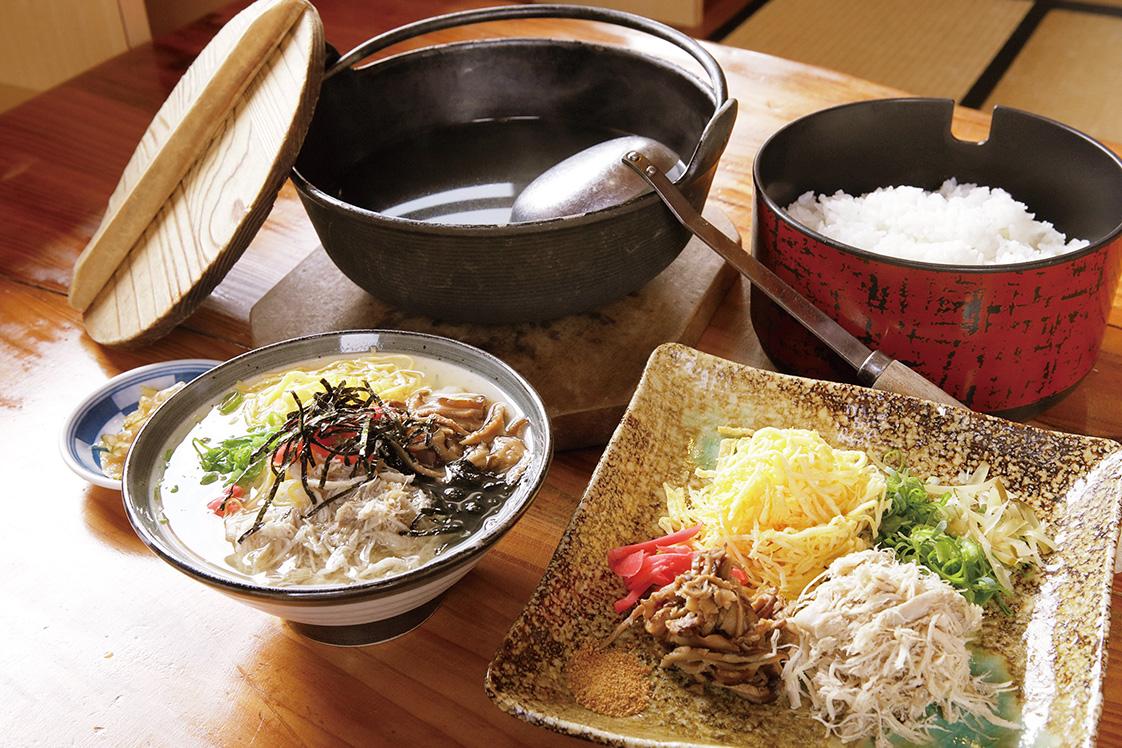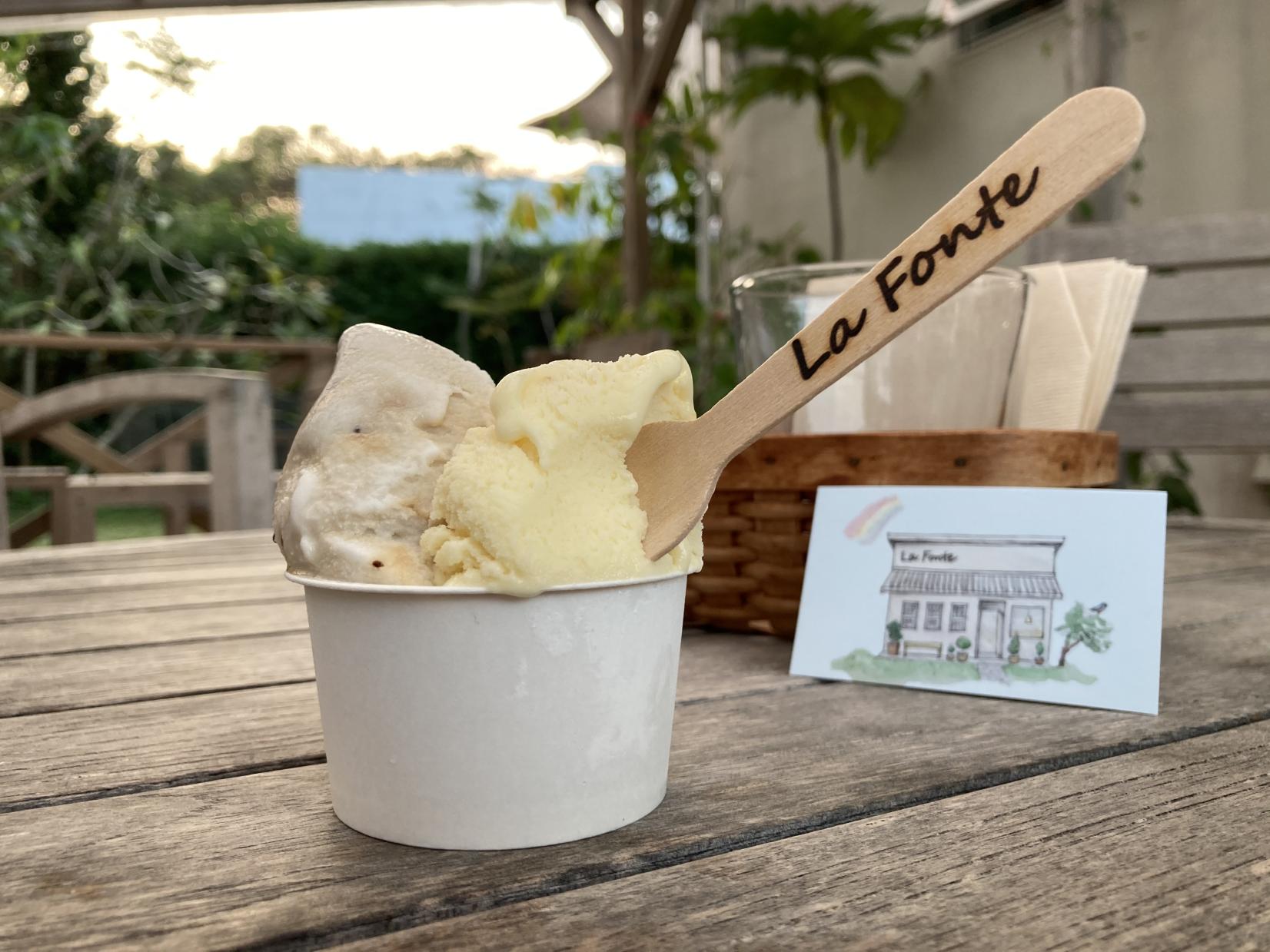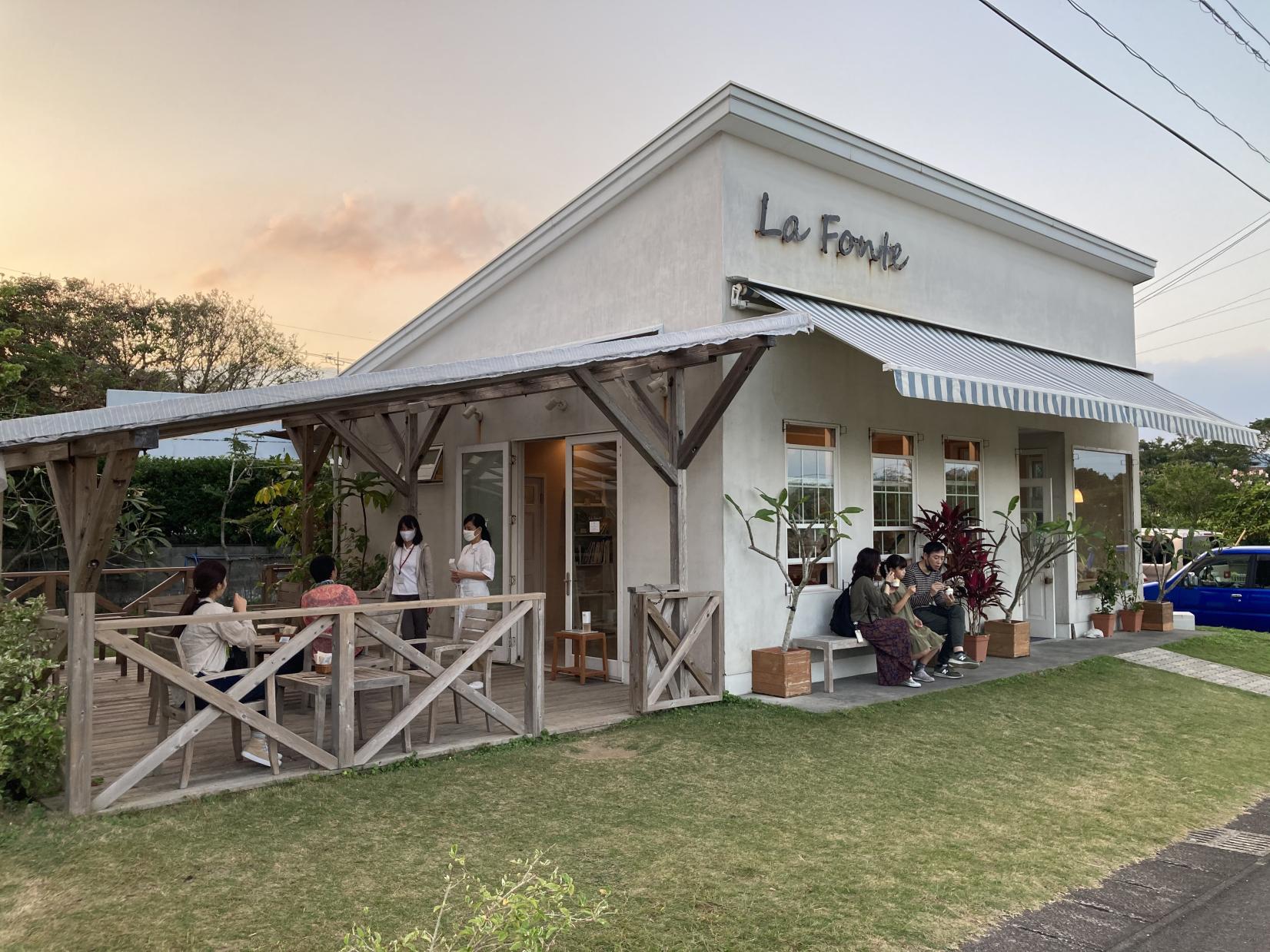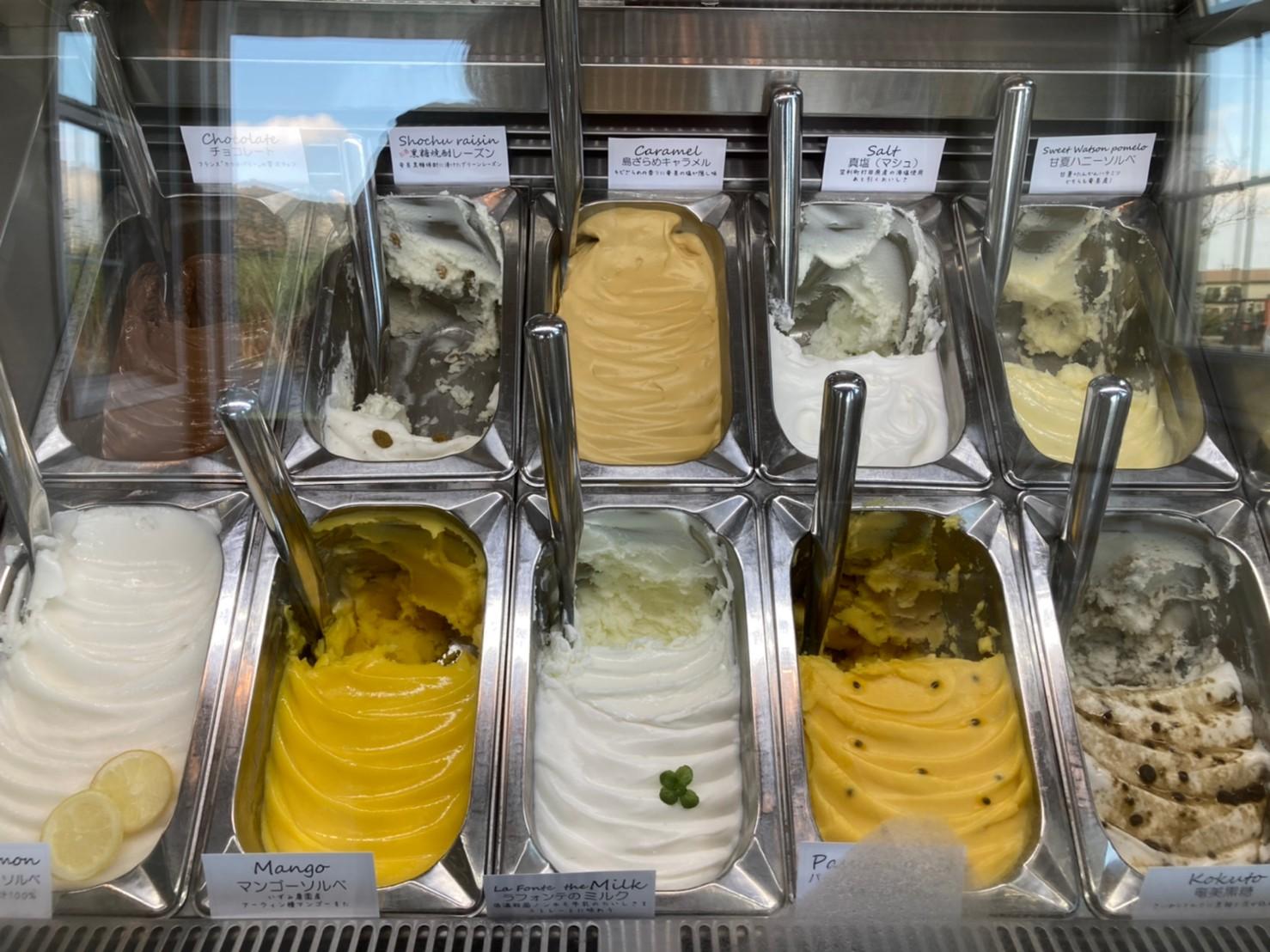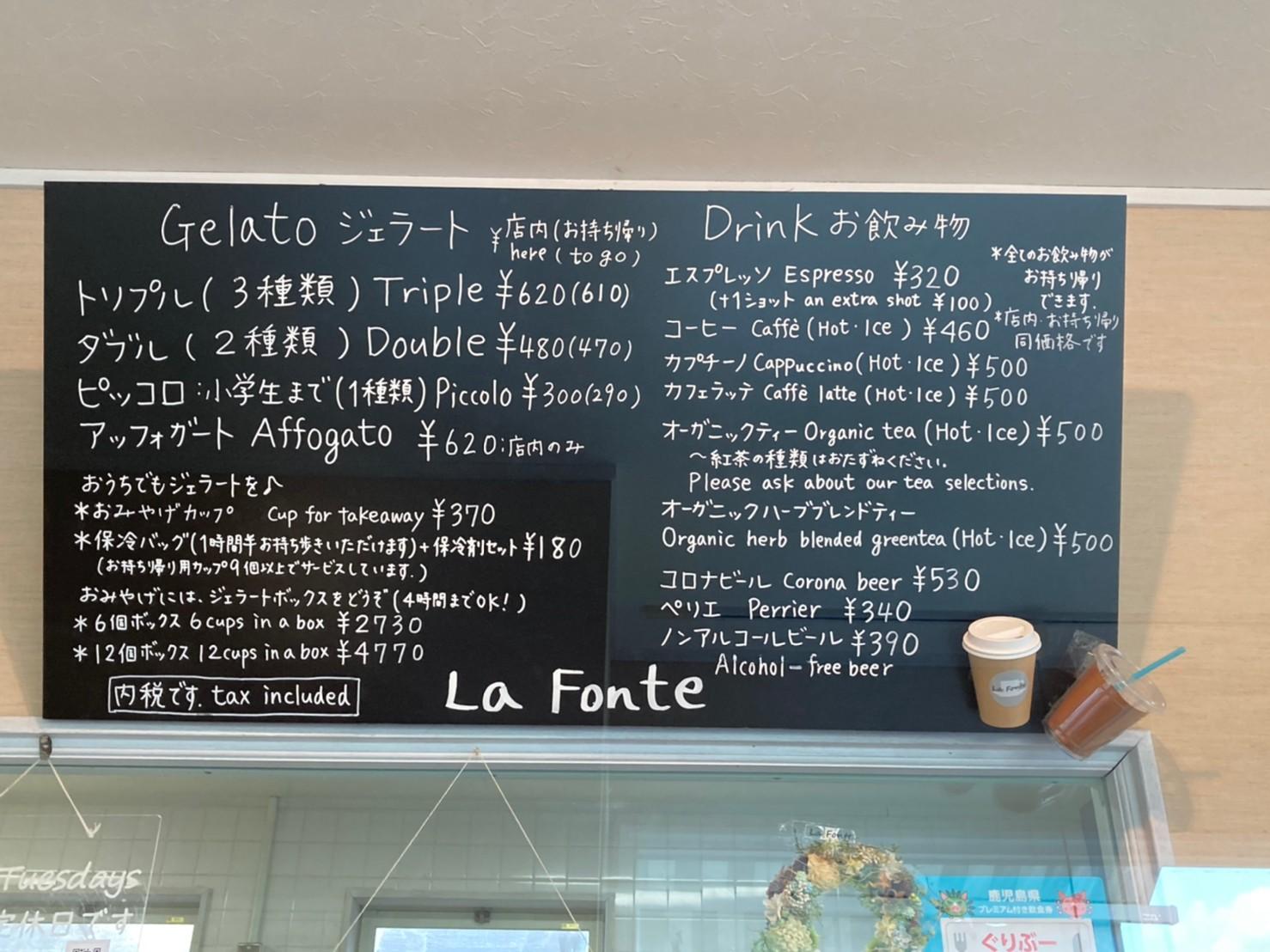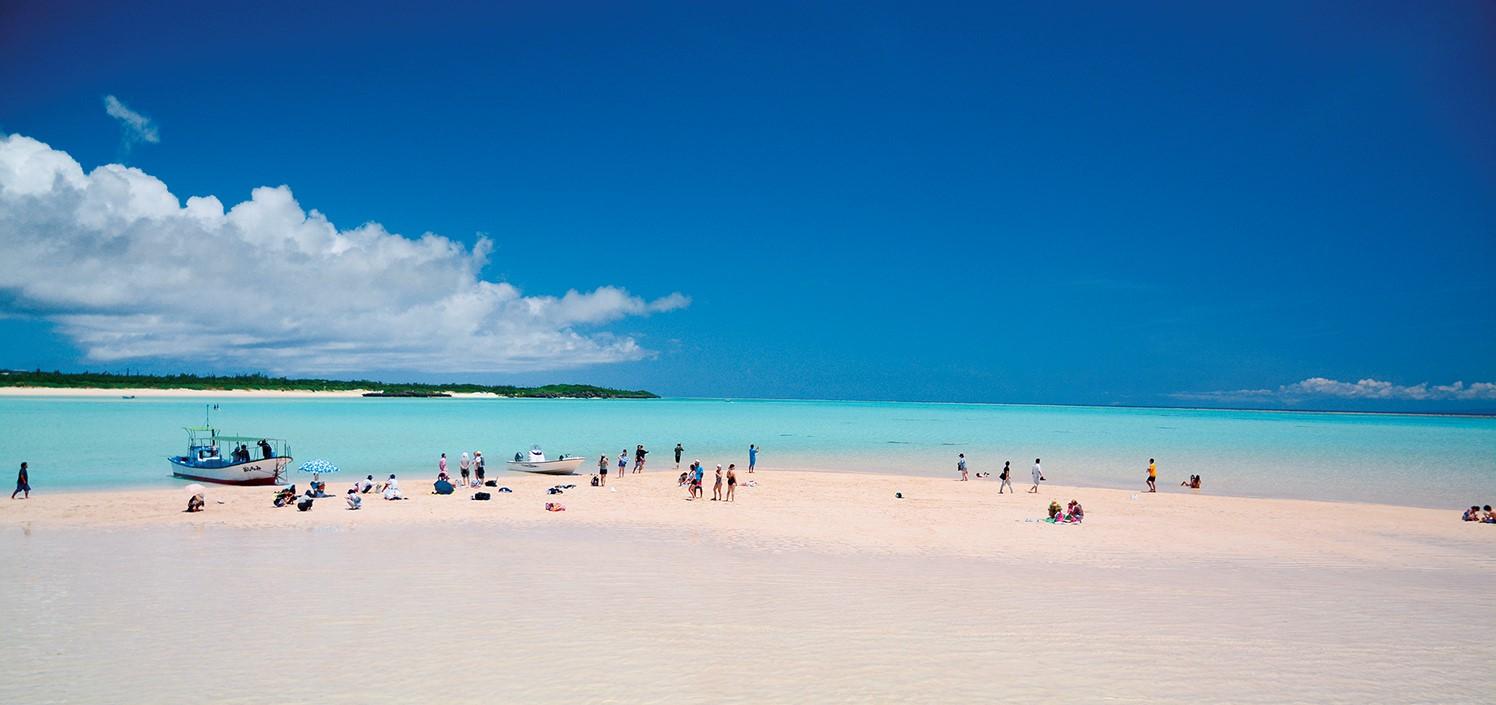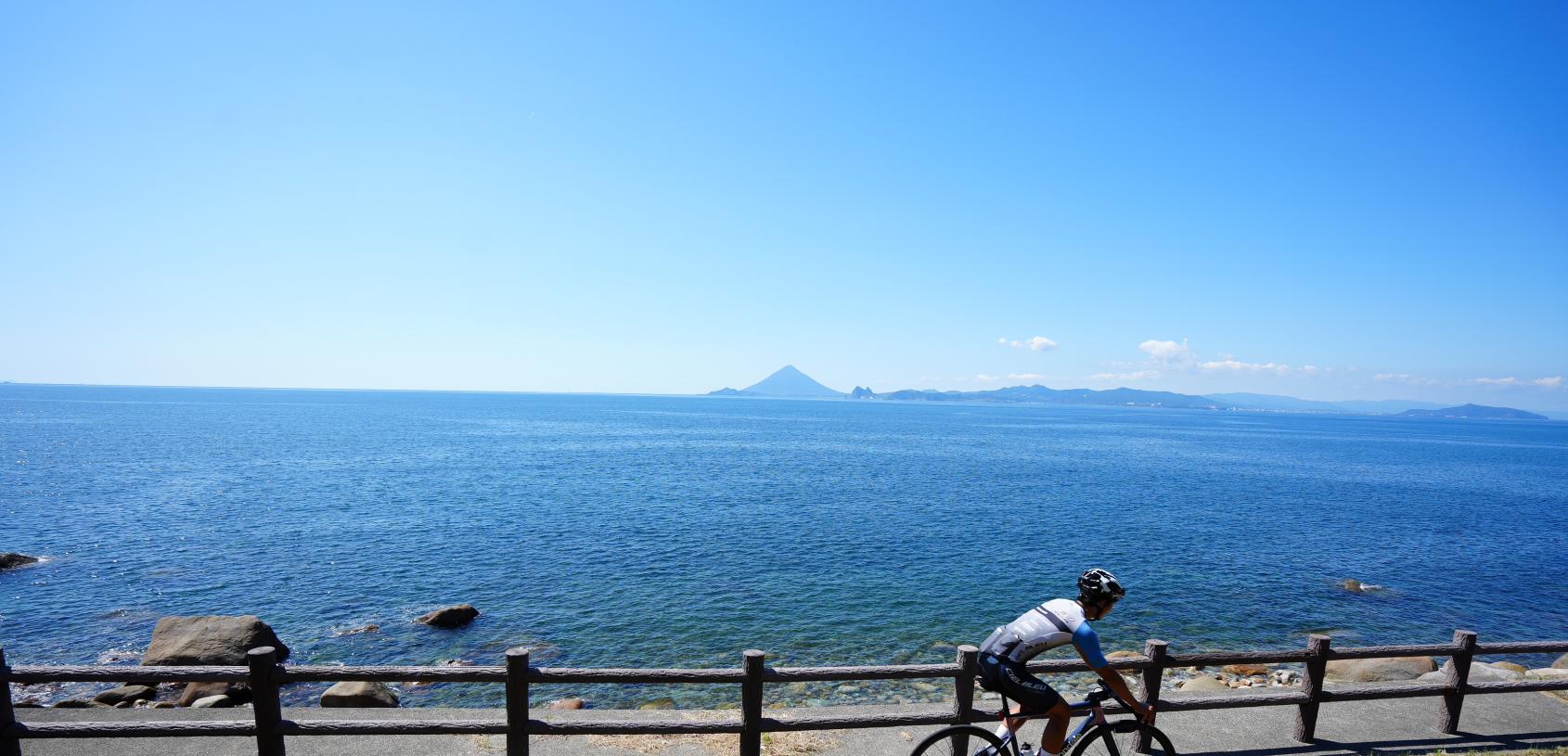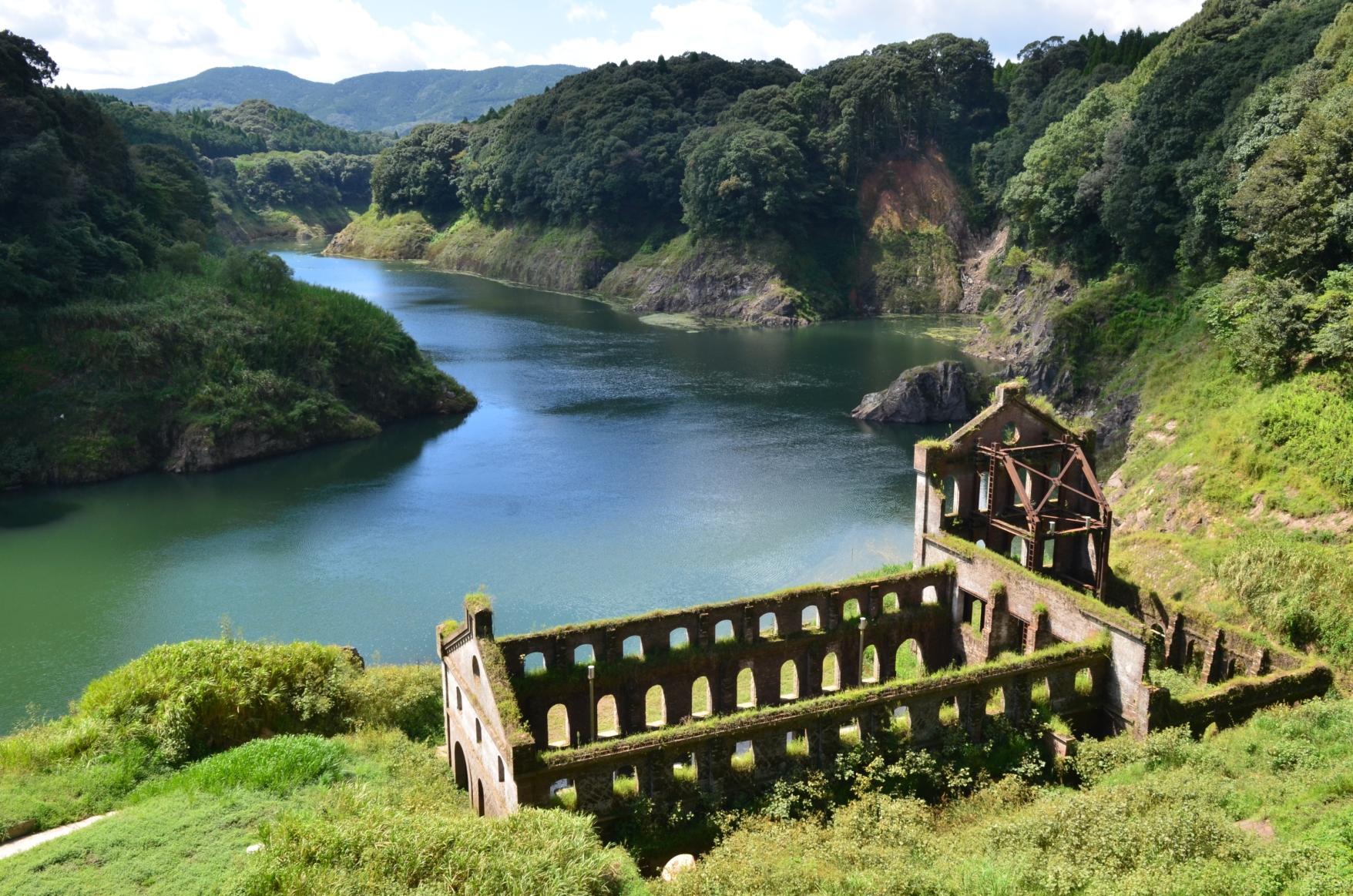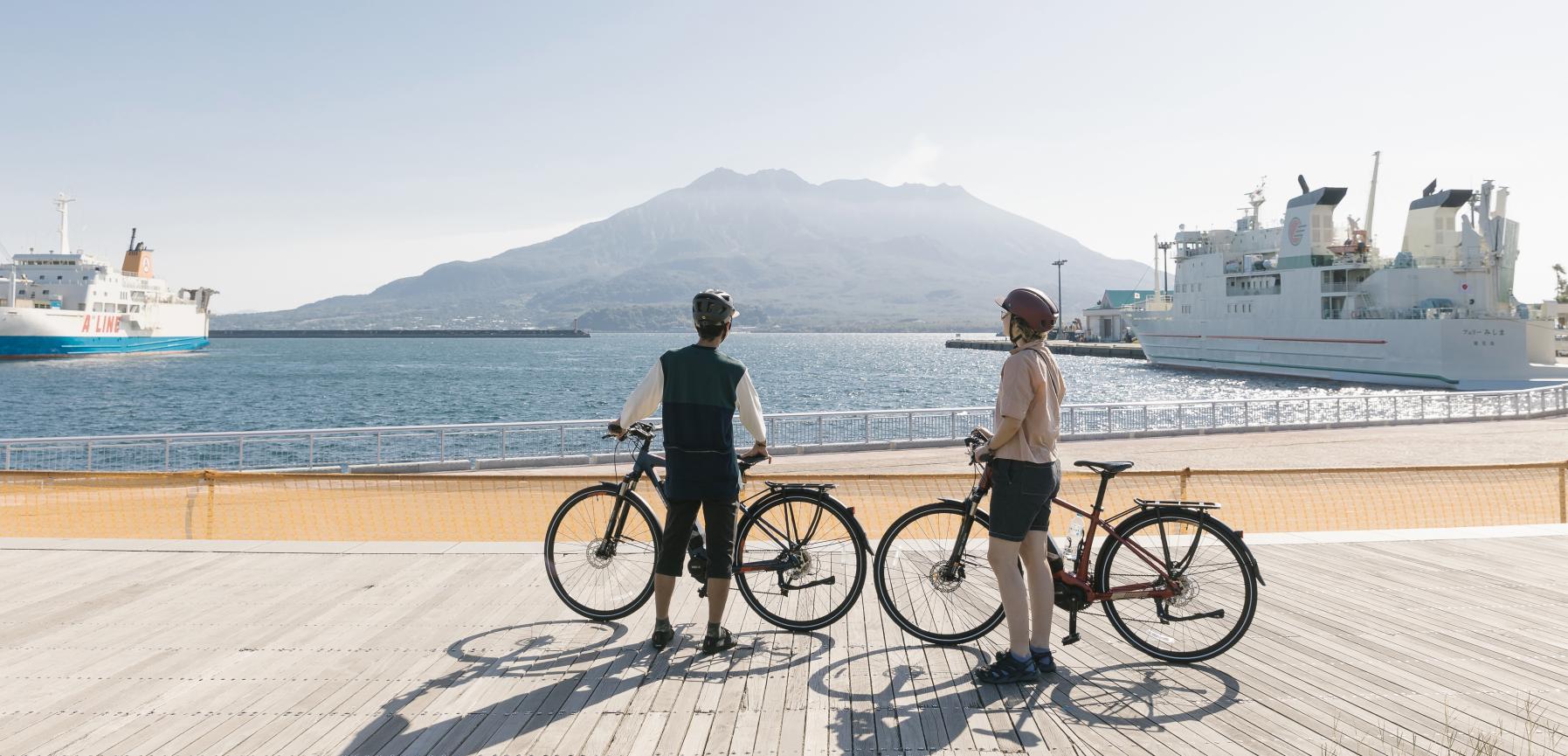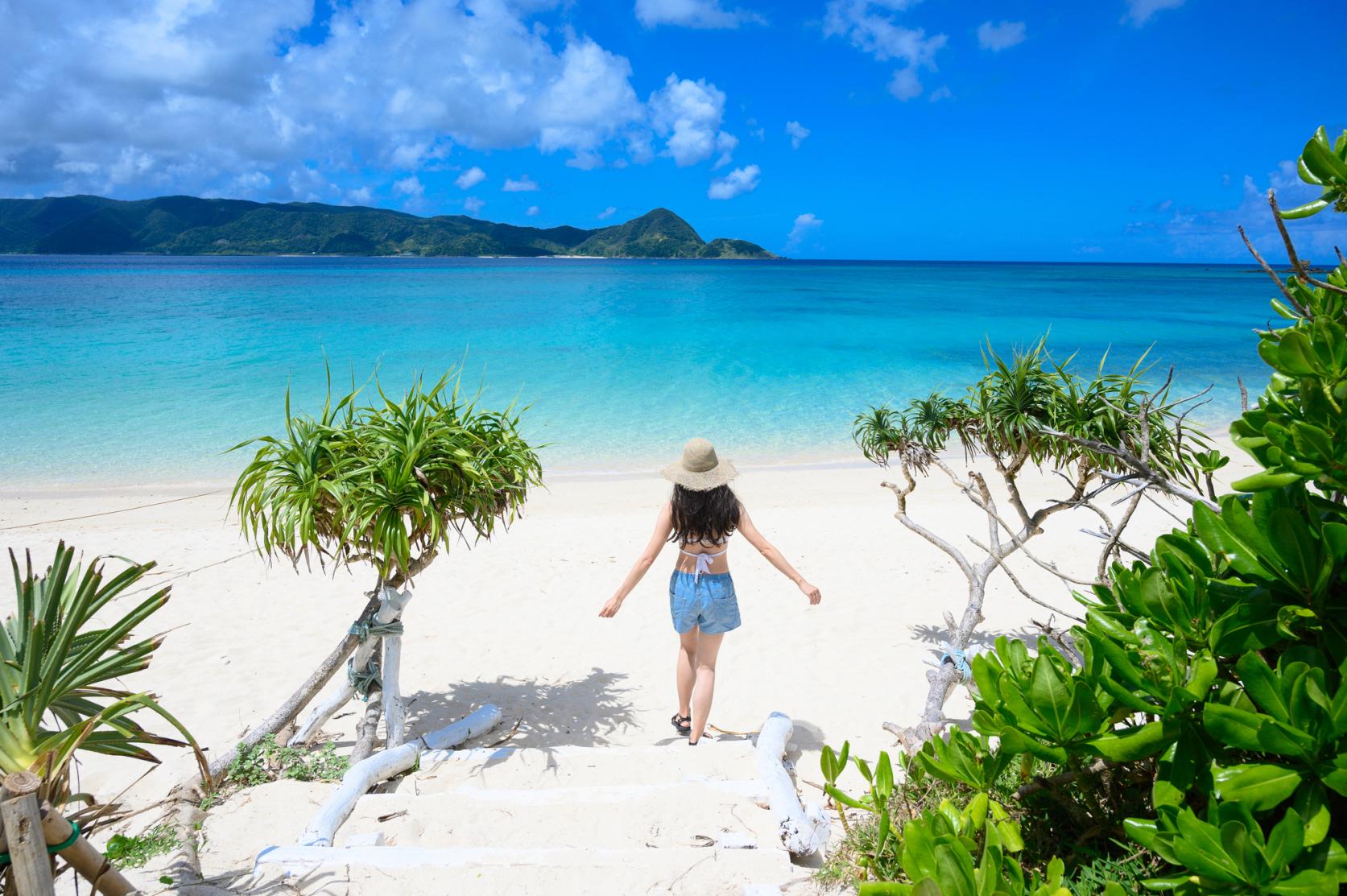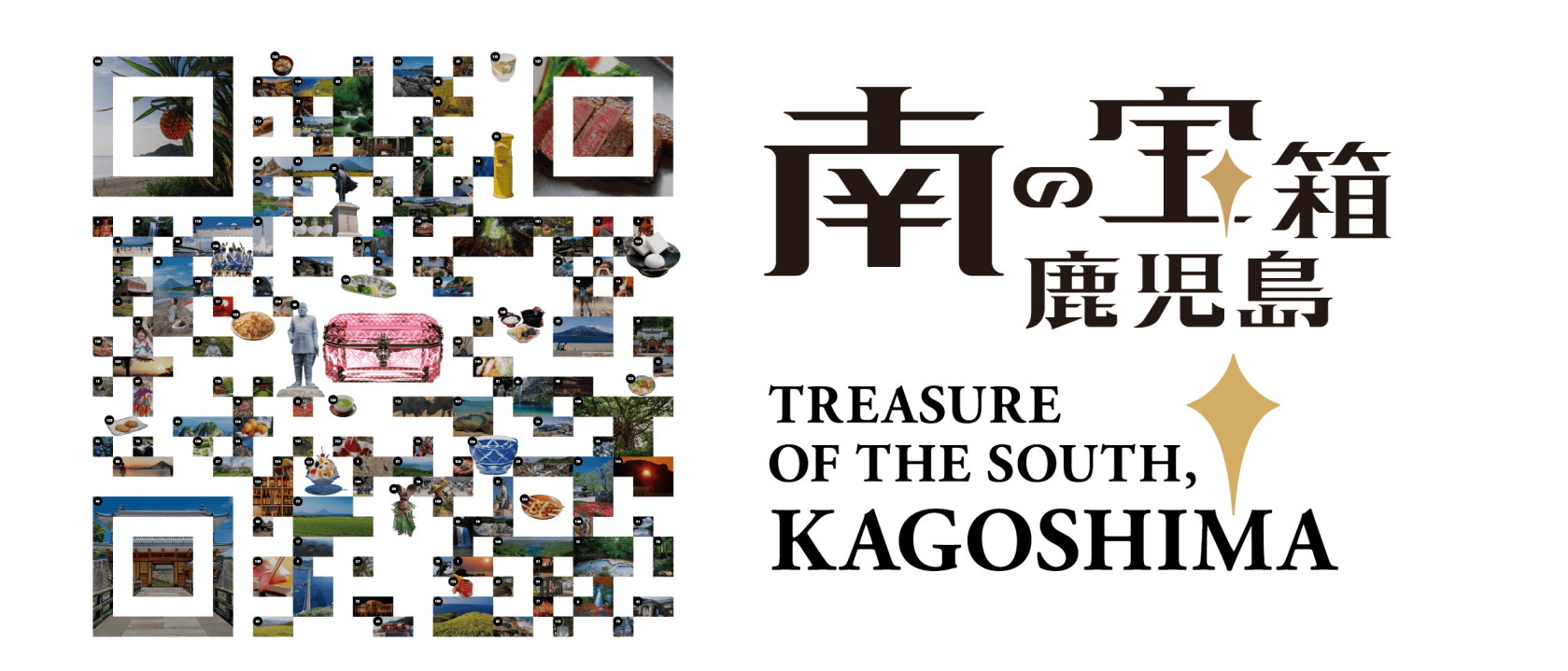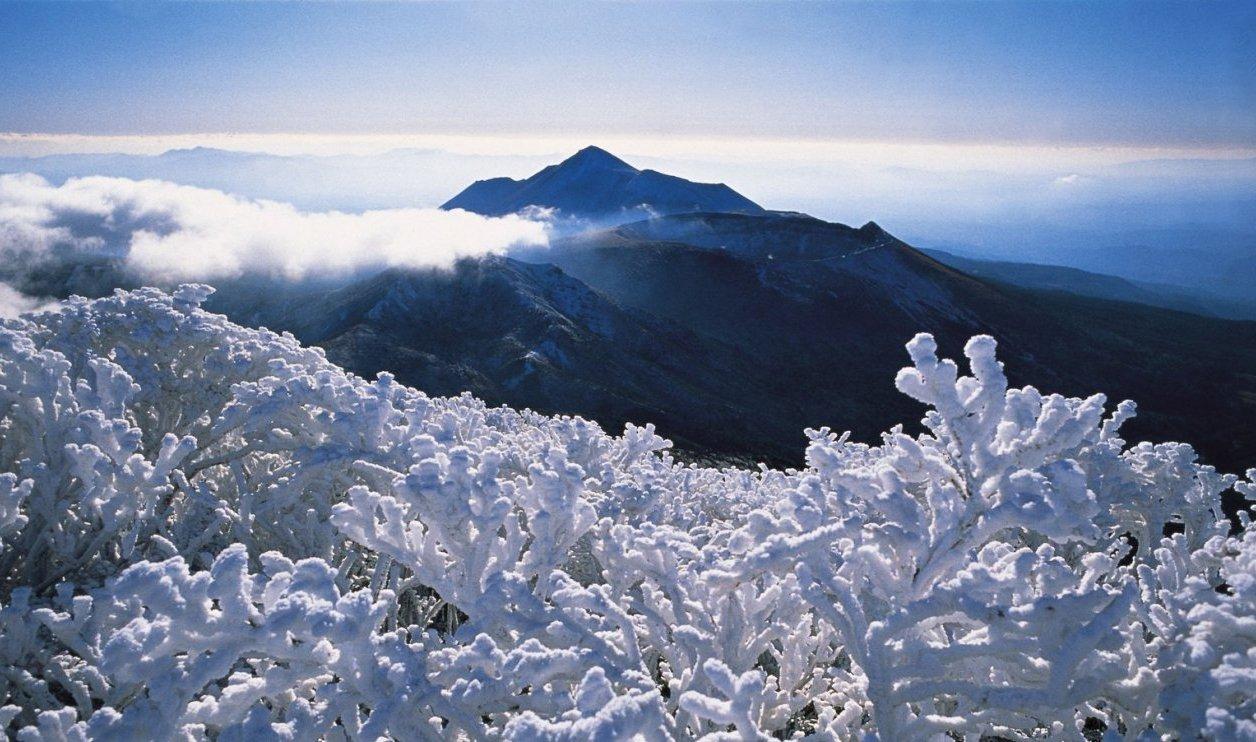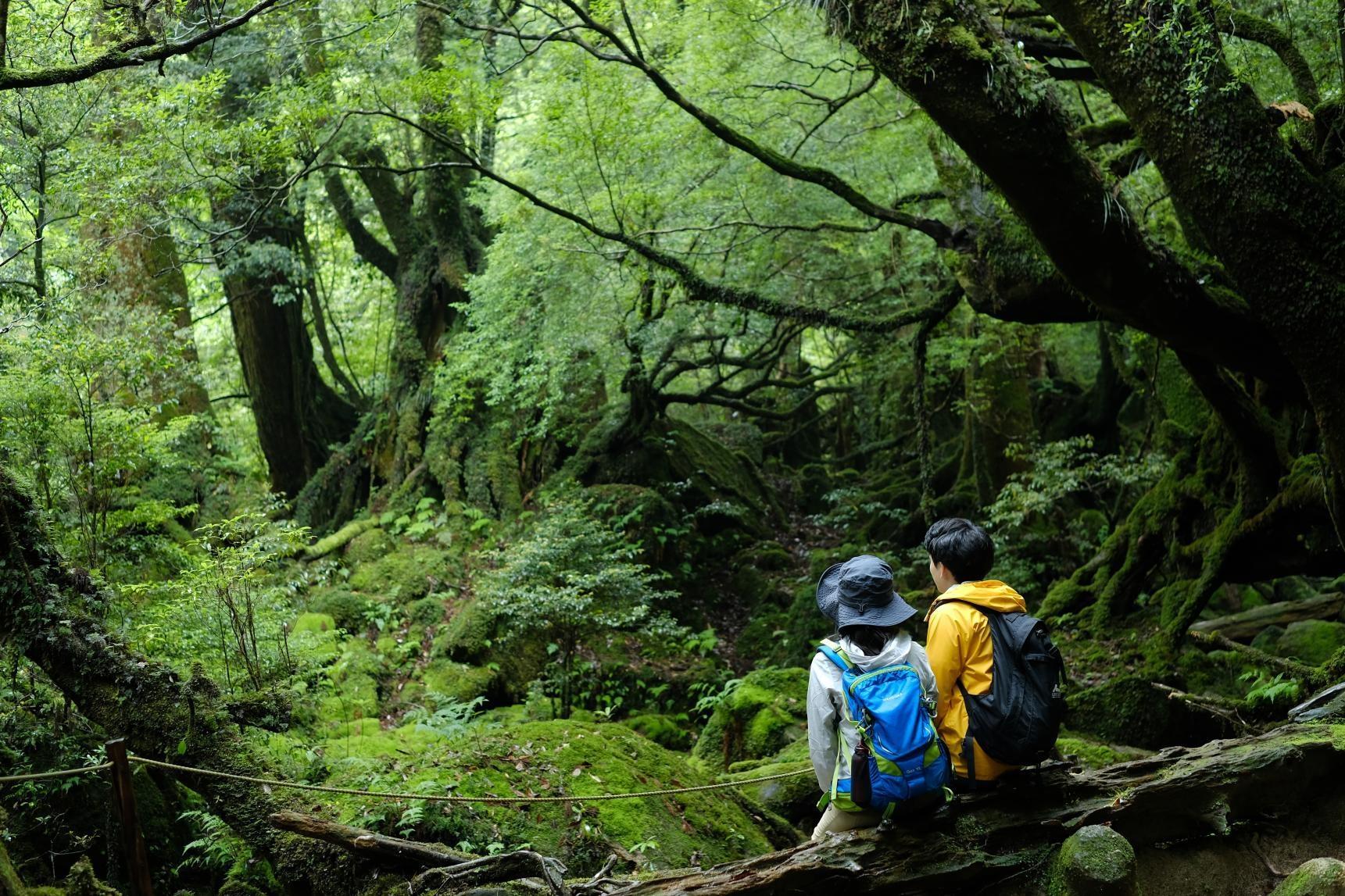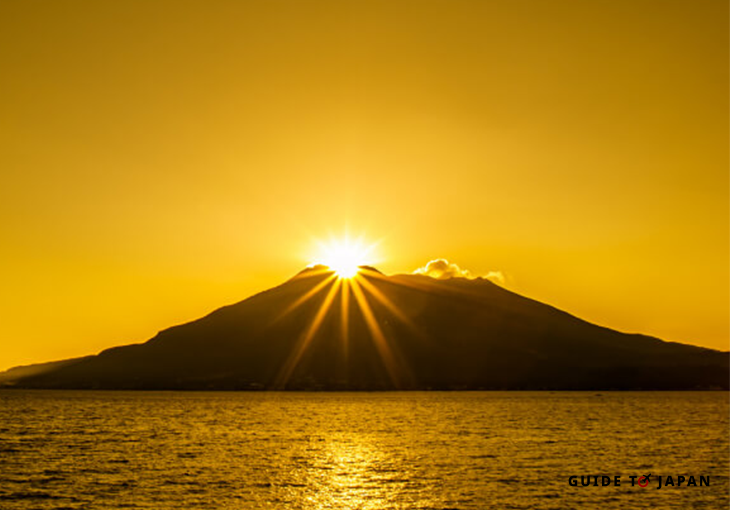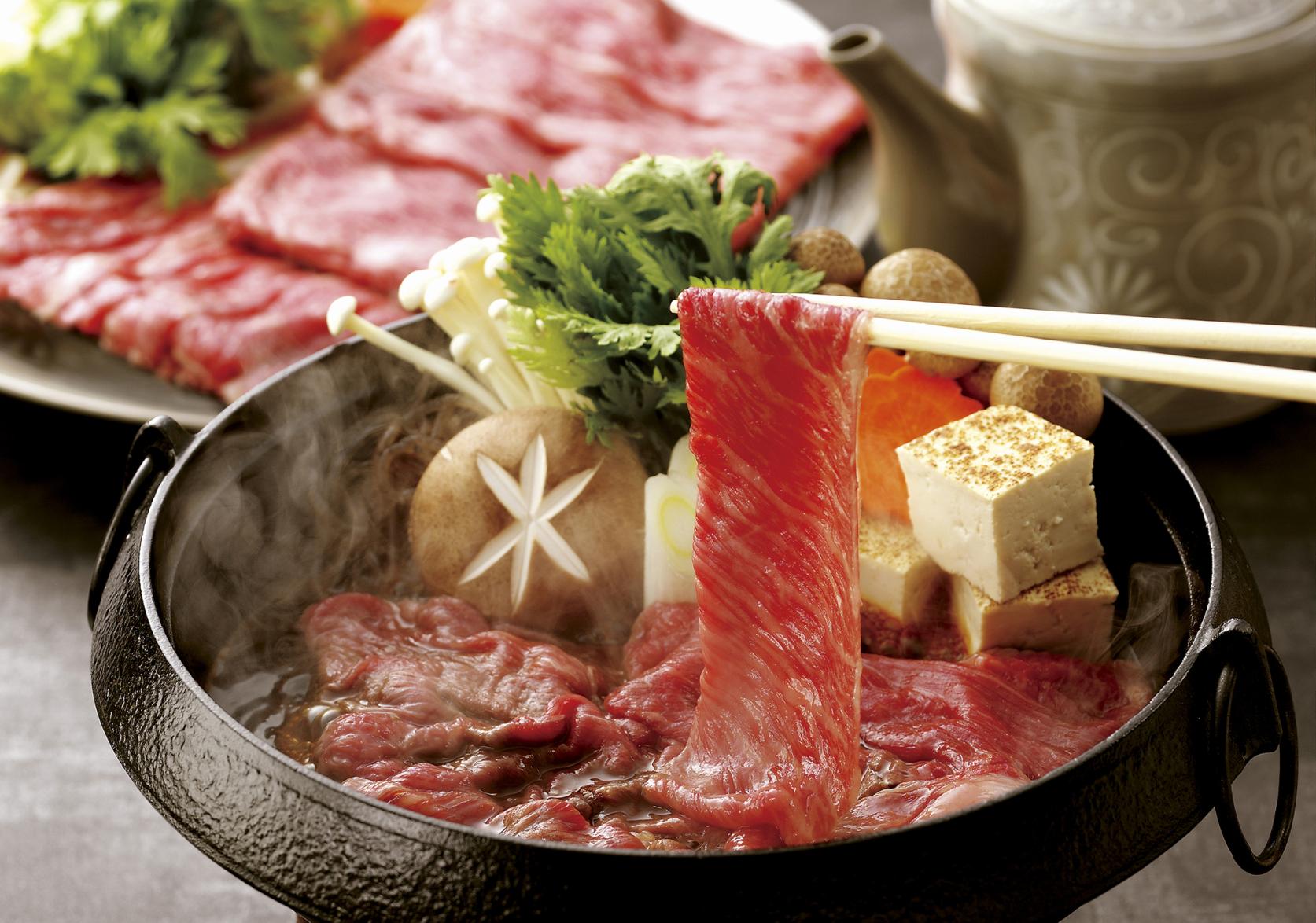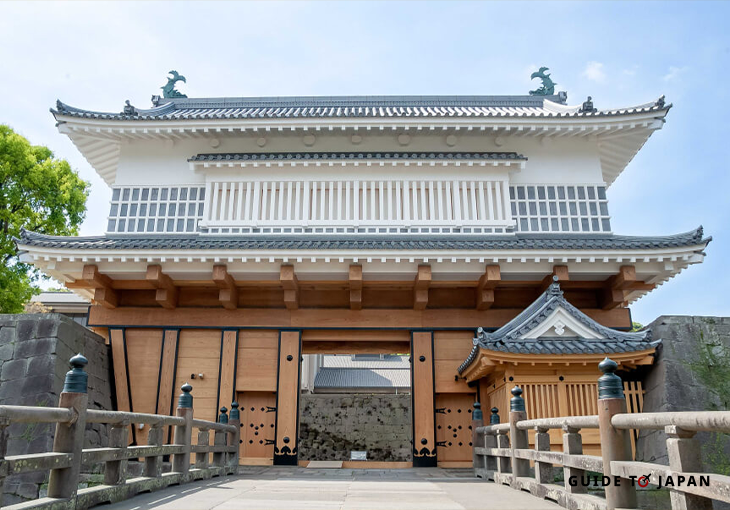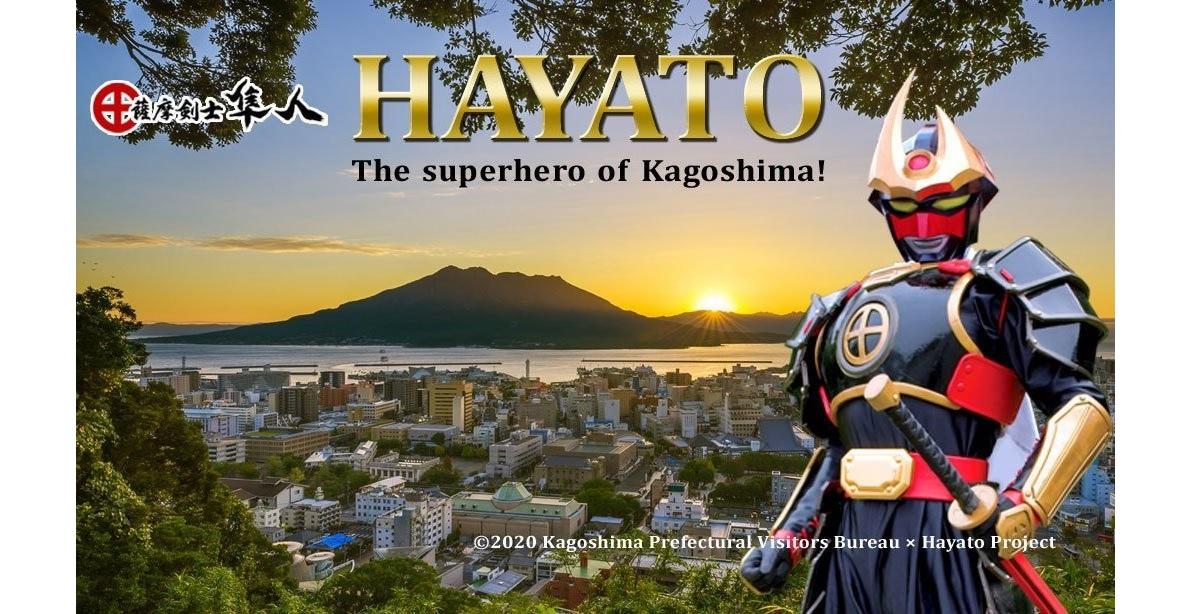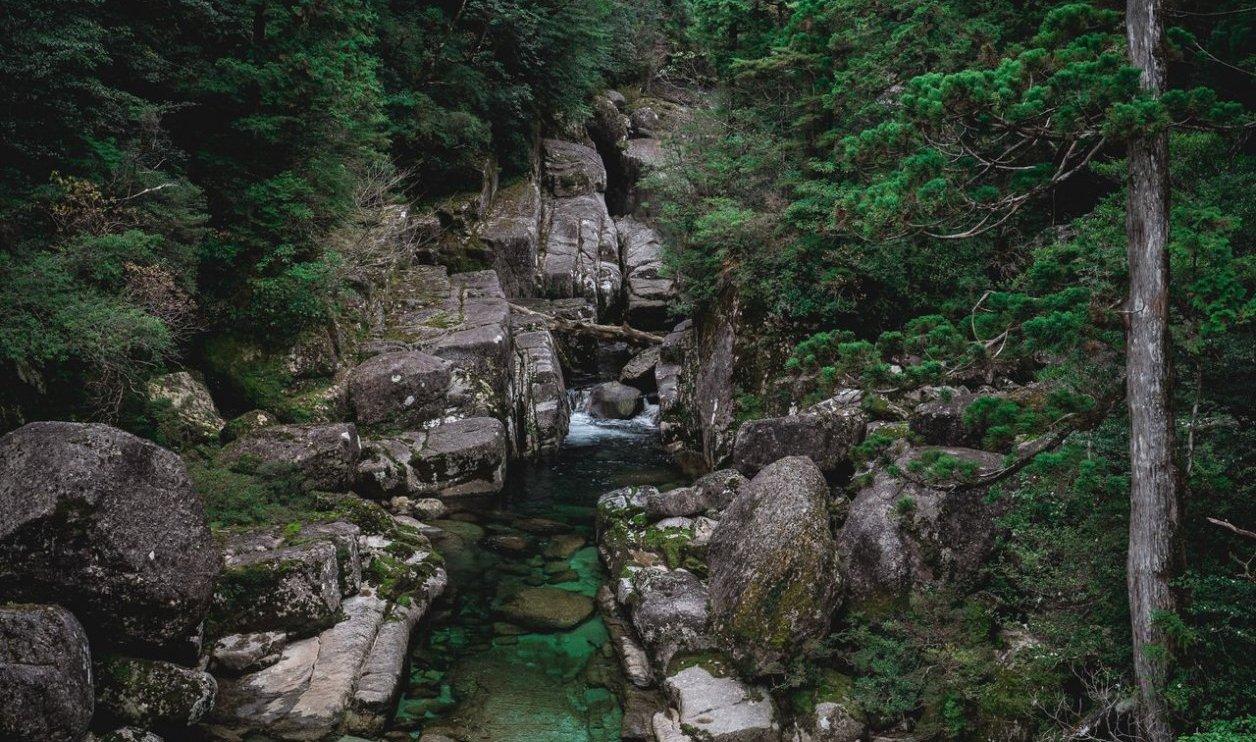A gourmet destination
Stretching 600 kilometres from north to south and 270 kilometres from east to west, Kagoshima is one of the largest prefectures in Japan. It comprises two peninsulas, sandwiched by the deep and vast Kinko Bay, and is surrounded by the Pacific Ocean and East China Sea.
Due to the proximity to Okinawa, the Korean peninsula and China, the prefecture has had many culinary influences over the centuries, leading to a cuisine that is unique in Japan. Trade brought sweet potatoes, sugar cane, bamboo and other foodstuffs, which gradually became incorporated into Kagoshima’s food culture.
The prefecture’s strong farming and fishing roots, together with its largely rural economy, have created thriving agriculture and aquaculture industries. The warm weather, fertile volcanic soil and long hours of sunshine create ideal conditions for sweet potatoes, rice, seafood, vegetables and fruits.
Kagoshima even has two items of world-renowned produce. The Sakuajima daikon, which grows up to 50 centimetres in diameter and 30 kilograms in weight on Sakurajima, is listed as the largest radish in the Guinness Book of World Records . It is known for its tender flesh and delicate taste. Also grown on this active volcano is the komikan, which is considered the world’s smallest mandarin orange . The 200-year-old trees produce fruit with succulent flesh characterised by a balance of sweetness and acidity . The rind is popular in local desserts.
For Japanese and visitors alike, Kagoshima cuisine is truly something special.
Culinary history
Also known as Satsuma cuisine after the historic name of Kagoshima Prefecture, Kagoshima cuisine is regarded as one of the most distinct in Japan due to Kagoshima’s isolated location at the southern tip of Kyushu and the incorporation of cuisines from other parts of Asia.
A number of Kagoshima’s famed dishes have a unique story, including kurobuta (black pork) and mikan (mandarin), which have historical links to the UK.
Kurobuta is derived from a hybrid species of local pig, which was raised from Berkshire pigs brought to Kagoshima from the UK in the 1860s and Kagoshima pigs. It is believed the Berkshire pigs were presented to the prefecture in return for the local clan’s gift of mikan as part of reparations following the Anglo-Satsuma battle of 1863. Since then, mikan have been known as “satsuma” in the UK.
Satsuma-age (fishcake) is said to have originated from Ryukyu (modern-day Okinawa ), where local people called it chikiagi. It was later brought to Satsuma, where it was renamed tsuke-age. When its popularity spread across Japan it became known as satsuma-age as a nod to its origin.
Shochu is another beloved Japanese item whose roots are in Kagoshima. The drink made from sweet potatoes is a designated koku-shu (representative alcohol) of the country, along with sake. It’s thought the technique for making shochu arrived in Japan via Kagoshima around the mid-16th century . The country’s oldest reference to shochu is inscribed in graffiti dating from 1559 at Koriyama Shrine in Kagoshima’s northern town of Okuchi . It reads: “The high priest was so stingy, he never once gave us shochu to drink!”
Today, Kagoshima is home to more than 100 distilleries making some 2,000 types of shochu. There are four varieties; sweet potato shochu and kokuto (brown sugar) shochu are most popular, followed by mugi (barley) shochu and okome (rice) shochu.
The prefecture is also Japan’s largest producer of pork , beef , eel and green tea . Its fertile volcanic soils have made it one of the heartlands of Japan agriculture while its plentiful seas have made it an important centre for the country’s katsuobushi (bonito flake) production.
What to try
Premium black meat trio
Kagoshima is renowned for its trio of “black meats,” namely kurobuta (black pork), kuroushi (black beef) and kuro satsuma-dori (black chicken). The use of the word kuro, or black, is a nod to the colour of the animals’ skin or feathers, rather than the meat itself. These meats are renowned across Japan for their unique flavour, and are a must-eat item for Japanese and international visitors alike.
This variety of pork is tender while also being light and juicy. It has been evaluated extensively against other pork varieties in Japan. One study showed that its taste has 3.7 times more umami and 6.7 times more sweetness than ordinary pork . This flavour profile is believed to be because the pigs feed on locally grown satsuma-imo (sweet potato), giving the meat a rich marble effect with a clean flavour.
Kurobuta is the key ingredient of tonkatsu (breaded, deep-fried pork cutlet) and shabu shabu (thinly sliced pork and vegetables boiled in water and served with dipping sauces). Other popular kurobuta dishes are tonjiru, a hearty miso-infused pork soup featuring vegetables such as daikon (radish) and konnyaku, and shogayaki (pork fried with ginger, soy sauce and mirin), which is normally served with rice, shredded cabbage and pickles.
Kuroushi (black beef)
Kagoshima Kuroushi has a Geographical Indication (like Champagne and Parmesan), which indicates that it comes only from Kagoshima. The meat is tender and full-bodied, with well-balanced fat marbling. Though the flavour is delicate, it has a distinct umami profile.
Kuroushi is typically enjoyed as a sirloin or fillet steak. The meat is of such high quality that it is simply grilled on a hot teppan (iron plate) with oil, salt and pepper. Simple seasonings such as wasabi and soy sauce are common additions.
Yakiniku (grilled-meat style) is also popular, particularly for families as it is easy to share. Restaurants provide the meat bite-sized and raw, along with various vegetables, which diners cook over a grill in the centre of the table. The items are then dipped in tare, a sauce made of soy sauce, sake, mirin, garlic, sesame and sugar.
Kagoshima Kuroushi has scooped many awards over the years. In 2017, at the last Wagyu Olympics, a Japan-wide event held every five years to access the quality of wagyu cattle and meat, Kagoshima was top of the podium in four or the nine categories .
Kuro satsuma-dori (black chicken)
This lean, black variety of chicken has a history in Kagoshima dating back 800 years . Records show that cock-fighting was popular at that time (now prohibited) and this type of chicken was bred as a good fighter. Today, its erect body shape is prized for its beauty.
Kuro satsuma-dori is raised free-range, which makes it a healthy and delicious meat. Prized for its texture and flavour, it is mainly used for torisashi (raw chicken that is seared, thinly sliced and served with soy sauce and ginger) and sumibiyaki (charcoal-fired) chicken.
Kagoshima and the Wagyu Olympics
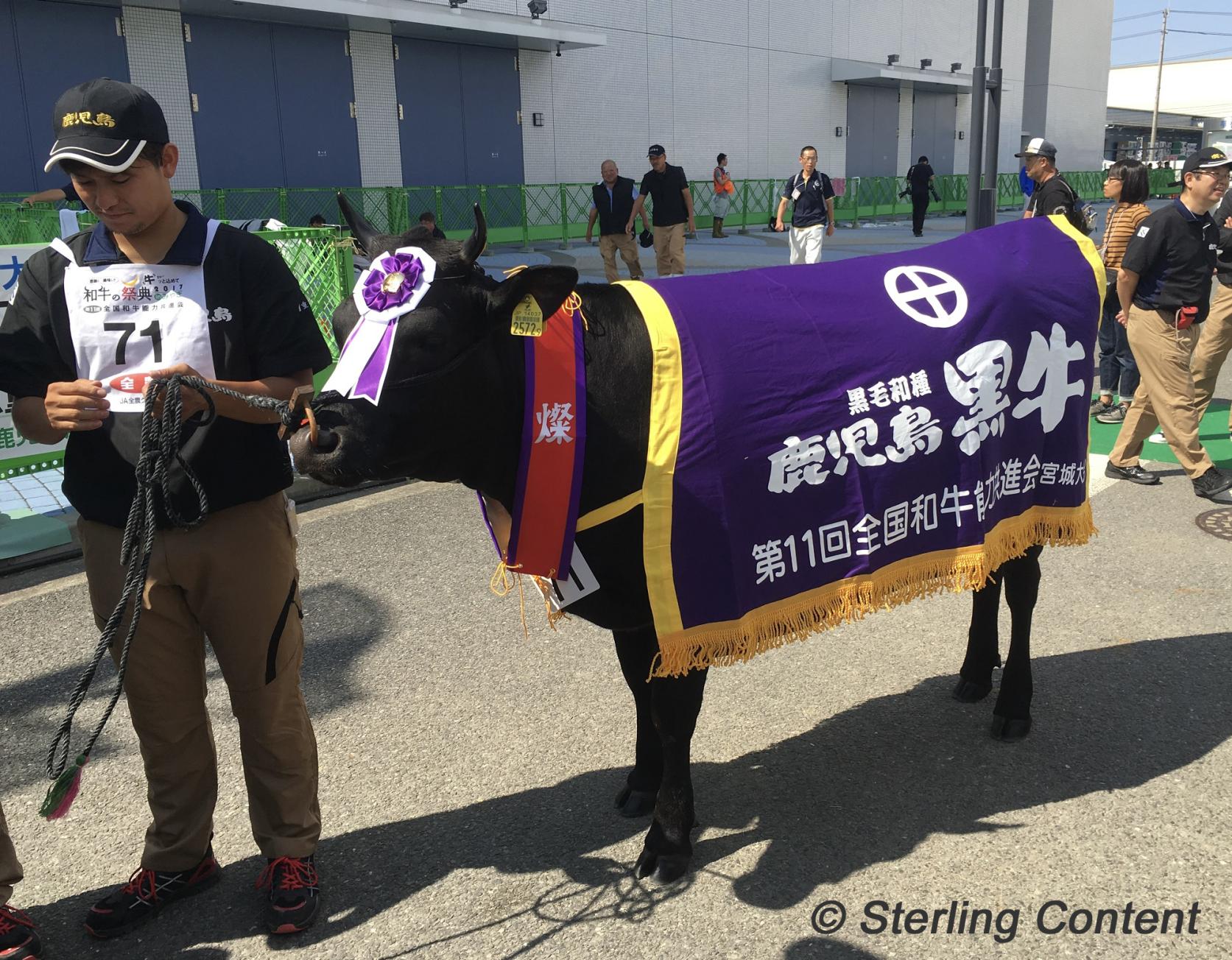
Every five years, the Japanese Wagyu Branded Beef Competition is held in a different part of the country to promote excellence in wagyu production and provide an opportunity for producers to showcase their cattle and meat. Dubbed the Wagyu Olympics, Japan’s premier beef cattle show is attended by wagyu experts, industry insiders and farmers from across Japan. Delegates compete in two categories—livestock and meat—with the coveted goal of being placed as Japan’s best wagyu.
At the last competition, in Miyagi Prefecture in 2017, Kagoshima scoped the top spot in the overall competition, strengthening its position as a hot spot for wagyu.
Kagoshima will host the next Wagyu Olympics, over October 6–12, 2022. As is previous years, the popular event is set to transform the prefecture into a foodie paradise, with wagyu cooking demonstrations, tastings and stalls selling dishes made with the premium meat.
Fish
Kagoshima’s waters have a multitude of fish, which are expertly prepared, both fresh and cooked. Here are some of the prefecture’s most renowned catches.
Kibinago (silver-stripe round herring)
This delicacy of the Satsumasendai area can be enjoyed sashimi-style, plated in an impressive chrysanthemum shape alongside a vinegared soybean paste, or cooked. Popular items include tempura and donburi (meat or fish over rice).
Tobiuo (flying fish)
Tobiuo can glide tens of metres in the air and is particularly famous on Yakushima, where it is enjoyed as a mild-flavoured sashimi dish in the summer months. It can also be served salt-cured or fried. About one fifth of all tobiuo consumed in Japan comes from Kagoshima.
Katsuo (bonito)
Makurazaki, in the Nansatsu area, is the home of katsuo. It is seared, cut into sashimi slices and served with ginger, wasabi, spring onions and a citrus-infused soy sauce called ponzu (katsuo-no-tataki) or dried and shaved into paper-thin flakes (katsuobushi).
Katsuobushi is a staple in Japanese cooking as the foundation of dashi broth and topping on many dishes, including okonomiyaki and yakisoba. Its use dates back centuries. A reference to a piece of this pre-flaked dried fish can be found in Japan’s oldest written work, the Kojiki, which dates from 712AD. In Makurazaki, people have been making katsuobushi flakes in time-honoured ways that date from 1707.
Tai (sea bream)
Known as the king of white fish, tai is a local delicacy, having been popular in Kagoshima since the Satsuma lords first drew the fish from Kinko Bay 200 years ago.
Buri (yellowtail)
Drawn from Japan’s coasts and the East China Sea, buri is high in healthy fats and is a winter treat. It can be enjoyed as sashimi, carpaccio or grilled with salt, which releases more umami flavour, and is typically served with teriyaki sauce or miso marinade.
Kampachi (greater yellowtail or amberjack)
The mineral-rich kampachi has a similar flavour profile to buri, but with a leaner, milder taste. It is commonly served as sashimi and best enjoyed in the summer, particularly June and July.
Unagi (eel)
Within Kagoshima, the largest eel-producing prefecture in Japan, the Osumi peninsula is the top place to enjoy this elongated fish. Unadon (eel rice bowl) is a popular dish comprising steamed rice topped with fillets of eel glazed with a sweetened soy sauce and caramelized over a charcoal fire.
Dishes
There is a huge range of dishes that can only be found in Kagoshima. Local people have utilised their area’s unique agricultural environments to grow ingredients and create dishes that are characteristic to their home, from the maguro (tuna) ramen in bustling fishing port Ichikikushikino on the northwest coast to the keihan (chicken rice bowl) on the laid back island of Amami Oshima in the south.
Ramen
Almost every part of Japan has its own distinct way of making ramen noodles. Kagoshima’s signature style uses a pork bone broth, flavoured with chicken stock, vegetables, dried sardines, dried mushrooms and kelp. The noodles, which are served quite soft, may be either thick or thin. Toppings include char siu pork, kikurage (wood ear mushrooms), scallions, bean sprouts and crispy fried onions.
Kagoshima also has variations on the original recipe. Two popular ones are tonkotsu shoyu ramen, with a pork bone and soy sauce base, and katsuo shoyu ramen, with a bonito and soy sauce base.
Keihan (chicken rice bowl)
This hearty local dish of Amami Oshima consists of shredded chicken, thinly sliced omelette, shiitake mushrooms, papaya preserved in miso, nori seaweed, mandarin orange peel and rice, over which a clear chicken-based broth is poured. The ingredients are usually served in individual dishes (as well as a pot for the soup) and guests make it according to their preferences.
Keihan has hundreds of years of history. It was first made for VIP officials visiting the islands from the mainland as a dish to showcase chicken, which was an extremely valuable food at that time.
Satsuma-imo (sweet potato)
Satsuma-imo is synonymous with Kagoshima, which is the largest producer of sweet potato in Japan. It received its moniker in recognition that the Satsuma domain (modern-day Kagoshima) is credited with bringing this vegetable from Okinawa to Yamagawa (now part of Ibusuki), in 1705, before distributing it all over Japan.
Satsuma-imo can be found everywhere in the prefecture and in many forms: baked, roasted, fried, candied, even pureed to make sweets, cakes and ice-cream. One of the most popular satsuma-imo dishes is gane, which means crab in the local dialect. It consists of julienned sweet potato dipped in tempura batter and deep-fried, making it look like the crustacean’s legs. Gane sometimes features other root vegetables like carrot and burdock, too.
Satsuma-age (fish cake)
Literally meaning “fried dish from Satsuma,” satsuma-age also takes its name from historic Kagoshima. Said to have arrived in the prefecture from Okinawa in 1864, it is considered one of Kagoshima’s top three local dishes. Satsuma-age normally contains two types of fish ground up with vegetables. Fish options include bonito, mackerel, sardines, haddock and whiting. Satsuma-age is normally eaten with no accompaniments but can also be enjoyed dipped in ginger and soy sauce, or mustard and soy sauce. It is served in oden (one-pot boiled dish) and nimono (one-pot stewed dish).
Karukan (steamed sweet bun)
Made from rice flour, yamaimo (Japanese mountain yam), sugar and water, this steamed confection has a soft, light and moist consistency, making it a popular treat.
There are several theories about the origin of karukan. The most popular one is that it was invented by confectioner Rokubei Yashima, who was invited from modern-day Tokyo to Kagoshima by feudal lord Shimazu Nariakira (1809–1858). Yashima introduced the culture of sweet-making to Kagoshima.
Although karukan is now commonplace, it was once reserved for the wealthy as it contained sugar, an expensive ingredient at that time. Records show it was served at the birthday celebration of feudal lords and at a reception of a Ryukyu King. Perhaps for this reason, it is today often served at house parties or given as a gift.
Shirokuma (shaved ice with toppings)
Literally meaning “polar bear,” shirokuma looks like its name. It is made of mounds of shaved ice topped with condensed milk, fruit (commonly strawberries, bananas, oranges, cherries and raisins), sweet red beans, often to create the “face” of the polar bear.
Many eateries across the prefecture serve this iconic Kagoshima dish, including some in Kagoshima City with more than 70 years of history. Although a refreshing summer dessert, it is enjoyed year round. The fruits used are seasonal, so many people enjoy trying different kinds of shirokuma throughout the year. There are other varieties, too, including kurokuma (literally, “black bear”), which is iced coffee poured over shaved ice.
Jambo-mochi (rice cakes)
Mochi rice cakes are a traditional dessert that have been enjoyed in Japan for centuries. Glutinous rice is shaped into round form and steamed. For jambo-mochi, these rice cakes are then lightly toasted on both sides and skewered with bamboo sticks, before being dipped into sweet soy, miso, or kokuto (brown sugar) caramel glaze and served warm.
Like many of the prefecture’s signature foods, jambo-mochi has a long history, and the snack was popular among samurai travelling around Kagoshima as they were easy to transport and then cook over a fire.
Citrus fruits
Thanks to its warm climate and sunshine-filled days, Kagoshima is one of Japan’s dominant citrus-growing regions.
Mikan (mandarin)
Often known as satsuma in English due to Kagoshima’s gifting of the fruit to British diplomats in 1863, mikan are small, sweet and easy to peel. This mandarin-style orange was once solely a winter treat but now, due to the development of hybrids and greenhouse cultivation, it is available throughout the year.
Sakurajima komikan (Sakurajima small mandarin)
Thought to be the smallest orange in the world, the Sakurajima komikan is only 4–5 centimetres in diameter. The fruit is known for its sweetness and rich fragrance, and can be enjoyed fresh or in sweet and savoury dishes. Some local craft gin makers also use Sakurajima komikan as a botanical.
According to literature, the fruit has been cultivated on Sakurajima since the Edo period (1603–1868), hence it has been awarded a Geographical Indication, like feta cheese or sauerkraut. Trees over a century old still produce fruit on the volcano’s fertile soils. As the volcano is active, farmers have installed rooves to protect the trees from the ash.
Ponkan (tangerine)
Also called the Chinese honey orange, the ponkan is a hybrid of the mandarin and pomelo. Sweet, round and wide, it is available in the winter months. After eating its fleshy insides, local people throw ponkan skin into the bath to release a citrus scent and soften the skin.
A great place to enjoy ponkan is Yakushima, which is Japan’s number one producer of the yellow fruit.
Kinkan (kumquat)
With a thin, glossy skin that clings to the flesh, kinkan can be enjoyed whole as a fresh snack. The entire fruit is edible, including the rind, flesh and seeds. Their sweet and tart flavour make them popular in a wide range of dishes, from salads and relishes to pairings with meats and seafood. Throughout Kagoshima, they are most likely found added to sauces, baked into cakes and tarts, cooked into jam or stirred into cocktails.
Shochu
Shochu is a distilled alcohol of 25% alcohol by volume. The two most popular types in Kagoshima are sweet potato shochu and kokuto (brown sugar) shochu. Traditionally shochu is enjoyed straight, with ice or with water (hot or cold), but it is increasingly served with a mixer such as green tea.
Kagoshima is the official birthplace of shochu, according to the World Trade Organization. Its manufacture and consumption in the prefecture dates from the mid-16th century. Although other prefectures also make shochu today, Kagoshima remains the lifeblood of production, as 80% of the koji mould spores used to make all of Japan’s shochu are developed in the prefecture.
On Amami Oshima, raw brown sugar is extracted from sugarcane and added to rice malt and water to create kokuto shochu, known locally as a treasure. Using a production process found only on the Amami archipelago, there are 27 distillers making more than 170 varieties of the local tipple, which is typically enjoyed on the rocks or mixed with cold, hot or carbonated water.
Green tea
There are several theories about how green tea cultivation began in Kagoshima, one being that a Buddhist priest visiting the prefecture from Kyoto 700 years ago brought a green tea plant with him. Further planting was sporadic and only became common in the Edo period (1603–1868) with encouragement from the Satsuma clan. Most households planted green tea bushes as hedges, which can still be seen today in the green-tea growing and historic samurai district of Chiran.
In March 2021, Kagoshima was ranked first in Japan in terms of tea production by the Ministry of Agriculture, Forestry and Fisheries. Among its famous varieties are shincha (the first tea of the season) and bancha (the second flush, harvested between summer and autumn). The top cultivating regions are Kirishima, Chiran and Shibushi but green tea plants can be seen throughout the prefecture including on the islands of Tanegashima and Yakushima.
Kagoshima’s green tea is a vibrant colour, with a strong taste. The mineral-rich, fertile soils in which is grows give it an intense fragrance. The mild and warm climate enables the area to harvest Japan’s earliest sencha, which is typically harvested at the end of March. These sencha have won national competitions for their high quality.
Green tea is not only delicious; research shows its high level of antioxidants is beneficial to physical and mental health. It can be enjoyed hot or cold as a drink and as an ingredient in many other savoury and sweet dishes. Kagoshima is particularly renowned for its green tea soba and matcha green tea-infused desserts, including cakes and ice-cream.
Kurozu (black vinegar)
Literally meaning “black vinegar,” kurozu is an amber rice vinegar used as a condiment and ingredient in traditional Japanese cuisine. In Kagoshima, local people refer to kurozu as “black gold,” which is made in a process dating back some 200 years.
Steamed rice, koji rice mould and water are added to tsubo (ceramic jars) and placed in the prefecture’s warm sunshine in the Fukuyama district of Kirishima, on slopes facing Kinko Bay, to ferment for up to five years. After one year, the liquid has a light amber colour and mild flavour. A five-year brew is darker, with more bite.
All ages of kurozu are prized for the contribution they make to Kagoshima cuisine, not only for their well-rounded acidic tang and hint of sweetness but also their many health benefits. Many eateries use the elixir in their cooking or serve it as a refreshing drink, diluted with water, soda water or lemonade.
Miki
Miki is a fermented beverage made from rice and sweet potatoes. Once a traditional homemade alcohol on the Amami archipelago, where it was drunk during traditional ceremonies, it has seen a revival in recent years due to the health benefits of its lactic acid bacteria.
Where to eat and drink
Izakaya
Casual and comfortable, izakaya are bars serving alcoholic drinks, snacks and other items designed for sharing. All kinds of customers frequent them, typically to enjoy a few hours of drinking while enjoying some Japanese and Western small-plate dishes at the same time.
Izakaya date from the Edo period (1603–1867) when sake shops would permit people to drink on the premises, usually in standing style or perched on sake barrels. As the custom became more popular, sake masters would offer nibbles, such as pickles.
Today, there are typically two types of izakaya: those with low tables and tatami mats and those with tables and chairs. Customers receive a wet towel on arrival to clean their hands, followed by an appetizer, hence the “table charge” added to the bill.
Bars
There are many kinds of bar in Kagoshima, from tachinomi (no-frills standing bars) to upmarket shochu or whiskey specialty bars, and everything in between. There are even karaoke bars and live music bars for visitors keen to try some singing or dancing.
Most bars tend to be smaller than in the west, perhaps with up to a dozen seats, but it is possible to find larger bars in Kagoshima City. In summer, many hotels across the prefecture unveil beer gardens where guests can typically enjoy nomihodai (all-you-can-drink service) as well as a buffet meal and, sometimes, even a pool.
Areas for foodies
Kagoshima City and Sakurajima
Kagoshima City is often likened to its sister city, Naples, due to its mild climate, palm-lined streets and neighbouring active volcano, Sakurajima. In cuisine, too, Kagoshima is similar to its Italian counterpart as both cities have been influenced by many food cultures over the years. Sakurajima’s fertile soil and well-drained land produces ideal growing conditions for fruits and vegetables, making it a great spot for agricultural experiences.
Ichi-ni-san
This popular kurobuta (black pork) restaurant chain has a flagship store in Kagoshima City’s downtown area of Tenmonkan. Its iconic dish is shabu-shabu hotpot, whereby thin strips of kurobuta are dipped in boiling stock tableside before being dipped in sauce made of soy sauce, rice wine, sake, dried kelp and katsuobushi (bonito flakes). There are other Kagoshima favourites, too, such as kuroushi (black beef), kibinago (silver-stripe round herring) and satsuma-age (fish cake).
Unagi no Sueyoshi
As the largest producer of unagi (eel), Kagoshima is the ideal place to enjoy this tasty fish. One option is the 80-year-old restaurant, Unagi no Sueyoshi, in Tenmonkan. In addition to the traditional way of serving unagi (skewered, charcoal-grilled fillets dipped in soy sauce-based sauce), guests can try unaju, an eel meal with rice and miso soup containing eel liver.
Kagoshima Fish Market
A short ride from Kagoshima Chuo Station, the city’s central transport hub and Shinkansen terminus, lies Kagoshima Fish Market. Due to Covid-19, visitors are currently unable to enter this working market, but it is possible to sample the vast array of fresh catch at the restaurant at the market’s entrance.
Farmland Sakurajima
This farm on Kagoshima’s active volcano, Sakurajima, offers visitors the chance to plant or pull the world’s largest daikon radish, as recorded by the Guinness Book of World Records. Sakurajima daikon seeds are sown in August and September, with harvesting in January and February of the following year. You can enjoy this agri-experience and lunch featuring organic Sakurajima daikon while overlooking Kinko Bay and the volcano.
Kirishima and Osumi
Located in the north, Kirishima is Kagoshima’s second largest city and the home of the international airport. The connecting Osumi peninsula makes up almost half of the prefecture. Their combined geography of mountains, pasture and arable land create plentiful opportunities for the creation of good food and drink.
Yoshitsune
Yoshisune is a traditional ryotei (Japanese-style inn) in Kanoya serving course-style meals utilizing high-quality Kagoshima Kuroushi (black beef) and kurobuta (black pork) in their shabu shabu dish (thinly sliced meat and vegetables boiled in water and served with dipping sauces).
Fukudome Small Farm
This family-run ranch in Kanoya produces pork products from pigs raised free range on the adjacent farm. Hams and sausages are made using traditional German recipes by a butcher who holds the German qualification of Meister, after seven years of training there. The spices used are all hand blended on the premises, to suit the various cuts. Visitors can eat indoors or on the terrace, with views of greenery.
Barrel Valley Praha & Gen
Known locally as the Kirishima Koji Kura, or warehouse of mould, this attraction is dedicated to mould utilized in cuisine. This usage dates from 9,000 years ago, but it was Genichiro Kawauchi who first isolated strains of mould high in citric acid in the early 20th century. This characteristic allowed less spoilage in shochu production and was later incorporated by the family into livestock feed to produce healthier, tastier meats. At Barrel Valley Praha & Gen, visitors can learn about this history in the museum before dining on luxury dishes made using mould at the onsite restaurant.
Sakamoto Kurozu
Founded around 1800, Sakamoto Kurozu is renowned for its fields of kurozu (black vinegar), where thousands of ceramic jars filled with rice, koji (mould) and water are lined up facing the sun to ferment. The onsite restaurant’s tasty set meals feature a kurozu-based aperitif and a choice of seasonal dishes made using kurozu. A tour of the outdoor production area can reveal the various ages (from 1–5 years) of this health-promoting liquid and their respective characteristics, and there is a shop selling a range of kurozu-infused products.
Osumi Teanery
Created by family-owned Wakoen, which has been farming tea for more than 70 years, Osumi Teanery in Shibushi offers a unique green tea-infused lunch and green tea-making experiences. Highlights include the green tea soba noodles and green tea virgin cocktail. During the houjicha roasting experience, visitors use a houroku (earthenware pan) to heat the leaves to their required consistency before brewing and sampling the tea.
Nansatsu
The most southern part of the Satsuma peninsula, Nansatsu is surrounded by Kinko Bay and the East China Sea, and has a warm climate year-round, providing a plentiful bounty from land and sea.
Katsuichi
Makurazaki is the heartland of Japan’s production of katsuobushi (bonito flakes), which is the cornerstone of traditional Japanese cuisine as it is used in dashi stock and many other dishes. In a process that has more than 1,000 years of history, the fish is smoke-dried or mould-fermented for weeks before being shaved into fine flakes. At Katsuichi, in the city, visitors learn about this history and experience shaving smoked bonito using a mandoline, before making dashi. The shop also serves bonito rice bowls made with hongarebushi (katsuobushi of the highest quality).
Meijigura
Satsuma Shuzo’s shochu factory and museum, Meijigura, showcases the history of shochu-making in Makurazaki and the detailed processes involved in making Satsuma Shuzo’s top-quality distilled spirit. There are numerous exhibits dating from the Meiji era (1868–1912) and a shop offering occasional tastings. To see the shochu manufacturing underway, visit from August to May.
Makurazaki Fish Center
Located alongside Makurazaki Fishing Port, this hub for fish lovers has a market, restaurants serving fresh catch and experiences. As the city is renowned for katsuo (bonito), visitors can grill this locally caught fish over straw in time-honoured tradition and shave dried katsuo into katsuobushi (bonito flakes). Reservations are required for experiences.
Tosenkyo Somen Nagashi Restaurant
Ibusuki is the home of somen nagashi, the art of eating somen noodles as they spin in a wheel of cold running water. The coastal city became known for this cuisine due to the nearby Tosen Gorge, from which nationally recognized pure water gushes forth. At Tosenkyo Somen Nagashi Restaurant, visitors sit at a circular table with a pool of running water at its centre. Somen noodles are then placed into the water, and diners catch them, enjoying them with fish, rice, soup and pickles as a set meal.
Ganso Ibusuki Ramen Nidaime
Honkarebushi ramen is the signature ramen of Ibusuki. Hongarebushi, the highest grade of katsuobushi (bonito flakes), forms the basis of the soup stock and is topped on the finished dish for extra luxury. One popular shop is Ganso Ibusuki Ramen Nidaime.
Hokusatsu
Located in the northeast, this area is a prefectural larder, with swathes of agricultural land and a coastline renowned for plentiful fish.
Farm stay/experience
In Izumi, local farmers can host visitors for an overnight farm stay. Try weeding, watering or pruning, and learn the best ways to harvest, from picking oranges to pulling carrots. You can also make homemade Japanese dishes with the hosts in this farm-to-fork experience.
Orange Shokudo (Orange Railway)
This sightseeing train promises local, seasonal cuisine and dramatic sunsets as it winds its way from Satsumasendai along the coast to Izumi in about two hours. The train hosts a breakfast, lunch or dinner course. Main dishes include kurobuta (black pork) cutlet and flounder from Akune, accompanied by a selection of shochu.
Ajikoubou Misono
The port town of Ichikikushikino is the home of maguro (tuna) ramen, a noodle dish with a light fish-based soup, topped with sashimi-style slices of maguro. Ajikoubou Misono, a restaurant boasting 50 years of business, offers three kinds of maguro ramen.
Kinzangura
Kinzangura is a shochu brewery, operated by Hamada Syuzou, that is housed in a disused gold mine near Ichiki-kushikino. The shochu is fermented, stored and aged in earthenware jars in a network of tunnels in a process dating from 1868. You can ride the underground rail car into the mine to see production and join a tasting to try various kinds of the drink.
Koshiki no Ryoshiya Kaiseimaru
Koshikishima, the island chain off the coast of Satsumasendai, is one of Japan’s leading areas in the catch and production of kibinago (silver-stripe round herring). One popular option to try this fish is Koshiki no Ryoshiya Kaiseimaru, which serves a kaisendon rice bowl topped with kibinago and other fresh fish and seafood.
Amami Oshima
Amami Oshima is the largest island in the Amami archipelago and equidistant from the mainland and Okinawa, resulting in a food culture influenced by many people.
Imo-Re Amami Minpaku Mura
It is believed that kokuto (brown sugar) was brought to Amami Oshima about 500 years ago from China via the introduction of three seedlings. Today, the island produces hundreds of tonnes of brown sugar, which has high nutritional value and a sweet, slightly nutty flavour. One place to make brown sugar from sugarcane, in a traditional process unique to the island chain, is Minpaku Mura, near Naze, where you can try the entire process, including adding peanuts in the final step, to create a crunchy, sweet snack.
Kokuto (brown sugar) shochu tours
On the Amami Islands, kukuto (brown sugar) shochu is made by extracting raw brown sugar from sugarcane and adding it to koji (rice malt) and pure water. Only the archipelago is authorized to produce this unique drink, which is made in a completely natural and pure way. There are 27 distilleries, many of which offer tours. Examples include Machida Shuzo, Amami Oshima Kaiun Shuzo and Yayoi Shochu Distillery among many others.
Minato-ya
Minato-ya, a 10-minute drive northwest of Amami airport, is a popular choice for keihan (chicken rice bowl), a popular dish characteristic of Amami Oshima. Each day, this eatery stews whole chickens from early morning to produce the most flavoursome meat and makes the soup from scratch. Once the soup runs out, the restaurant closes, so it’s best to arrive shortly after doors open at 11:30am.
La Fonte
Amami Oshima is synonymous with the freshest of gelato and fruit. At La Fonte in Tatsugo, a 15-minute drive south of Amami airport, staff use milk from a nearby farm and local ingredients to create 10 kinds of handmade gelato. Numerous eateries offer fruit-based desserts and drinks, made from the ubiquitous passionfruit, plum and dragon fruit of the subtropical island.
Map of eateries
Google Maps may not display correctly if left open for more than 1 day
Most popular
-
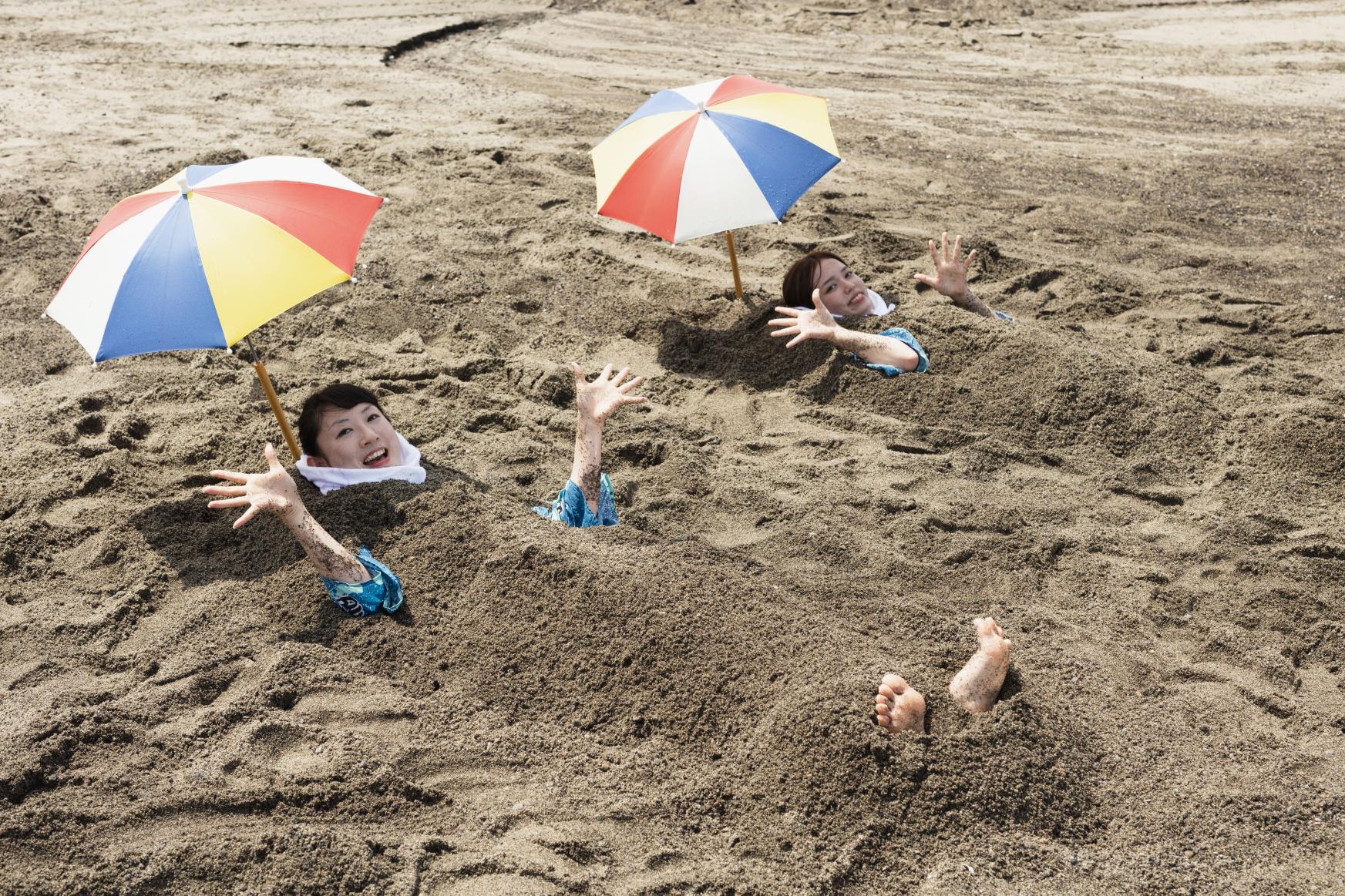
Steam Sand Baths
-
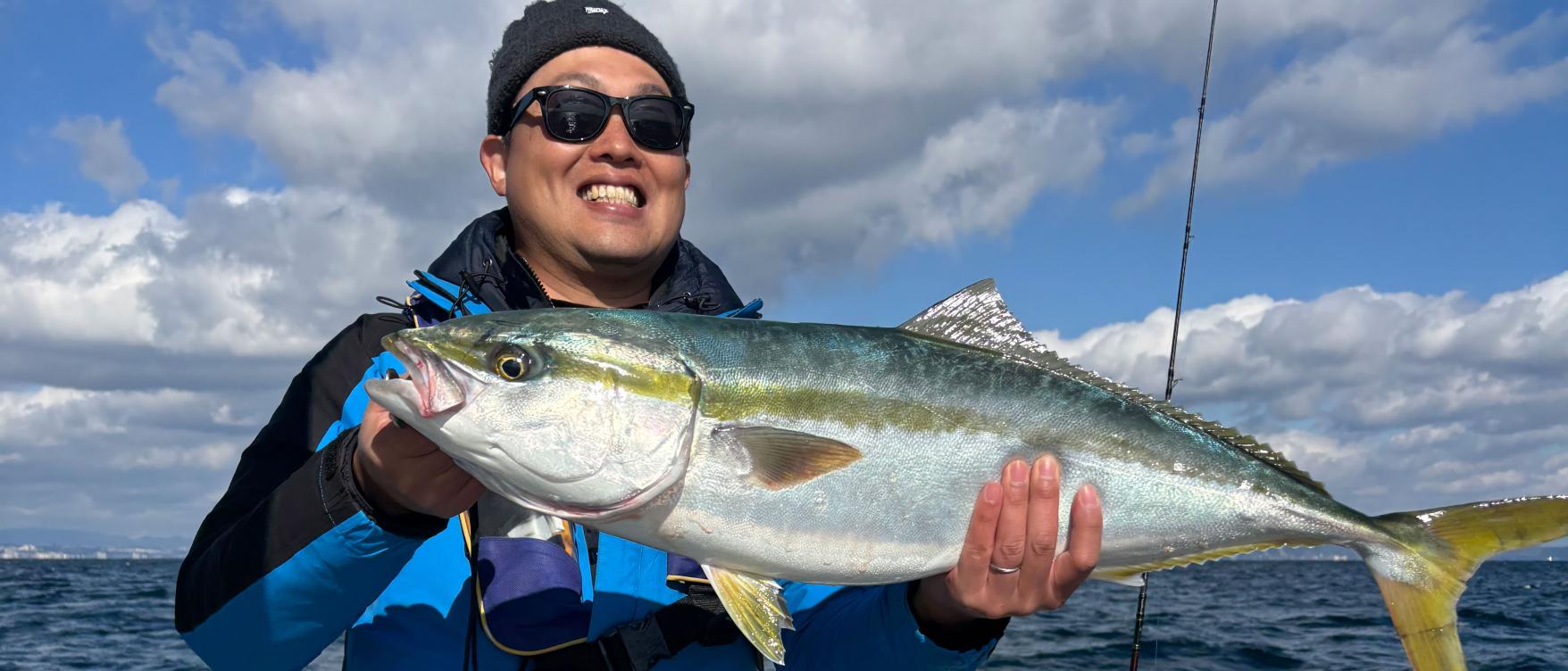
Enjoy a great fishing experience in Kagoshima's Kinko Bay!
-
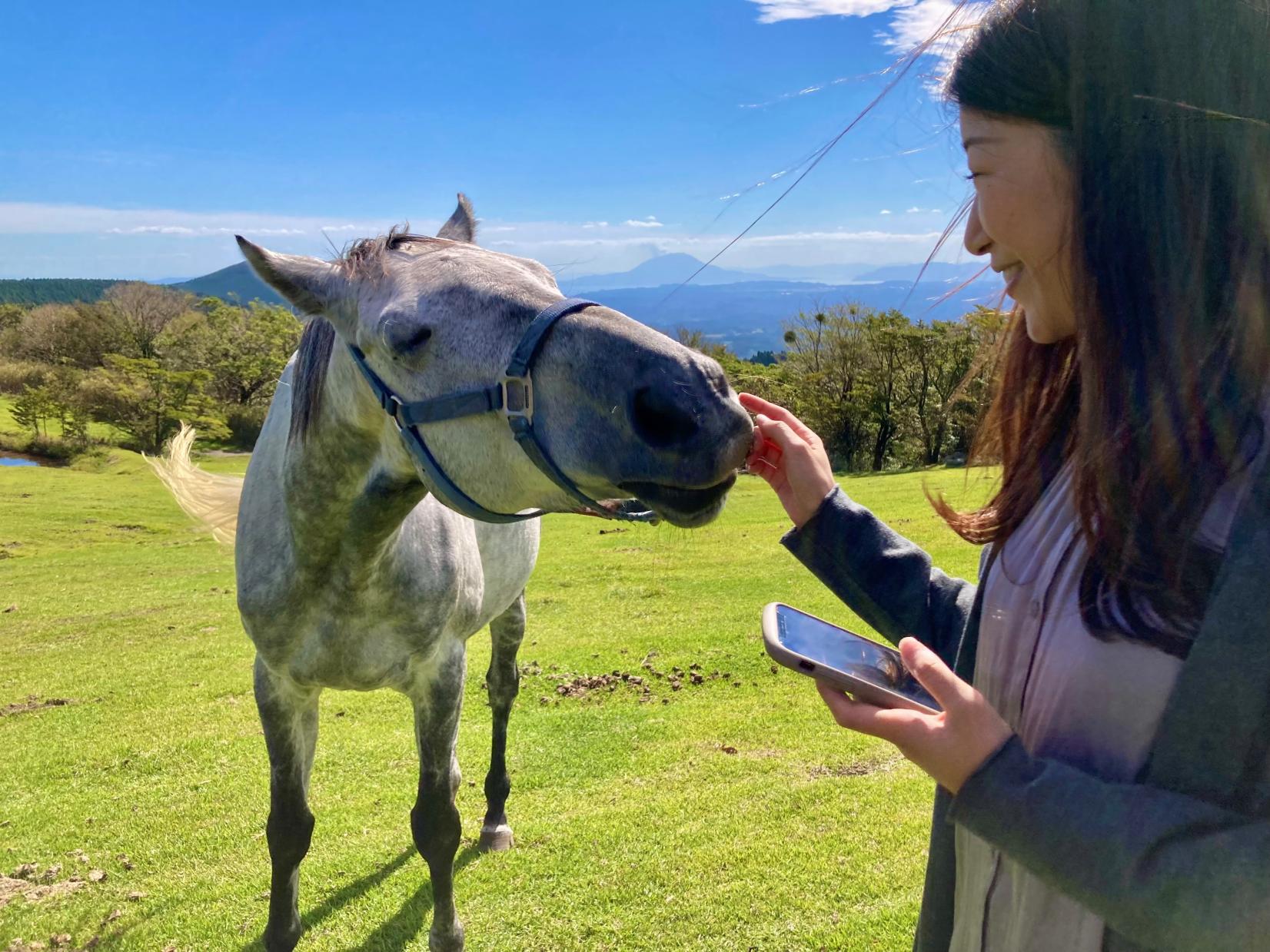
Re-Wild Kagoshima: The ultimate healing experience of interacting with the “Happy Horses”
-
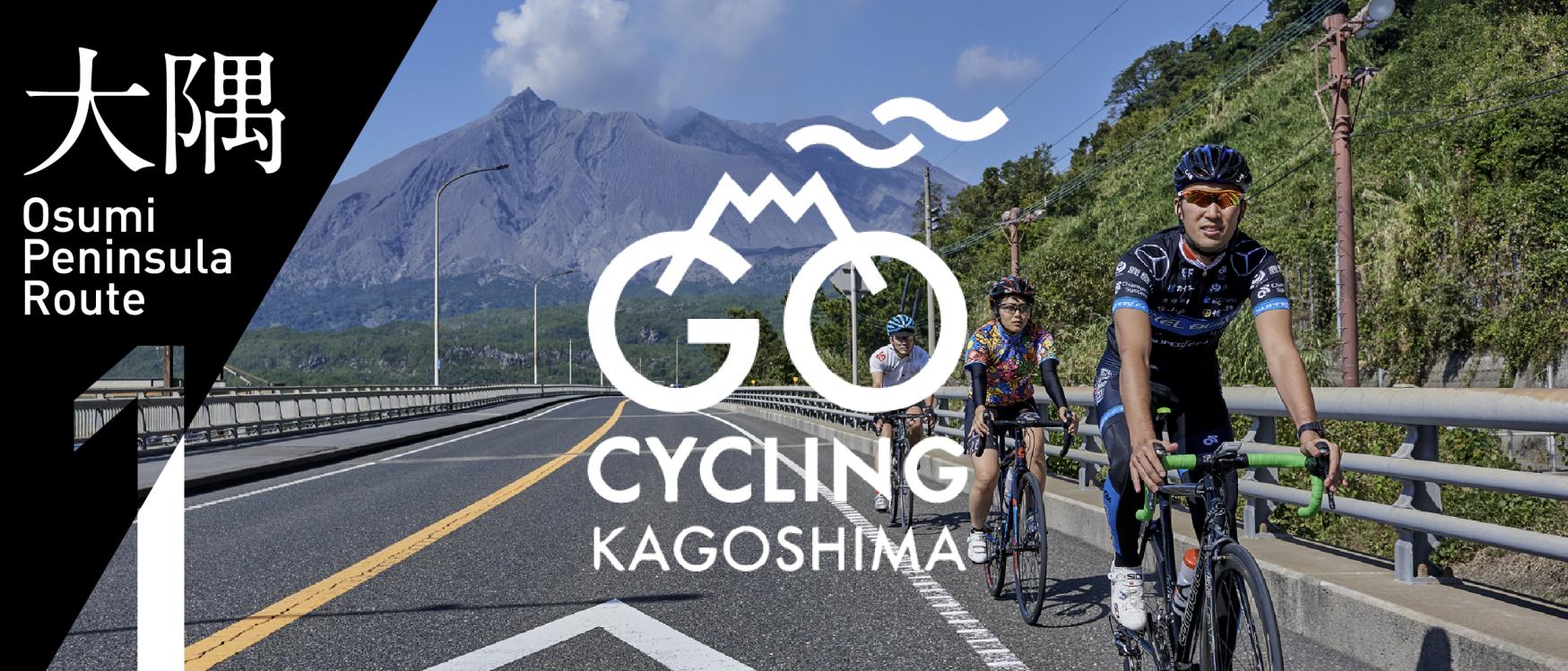
Now is the time for a bike trip! Cycle beautiful Kagoshima
-
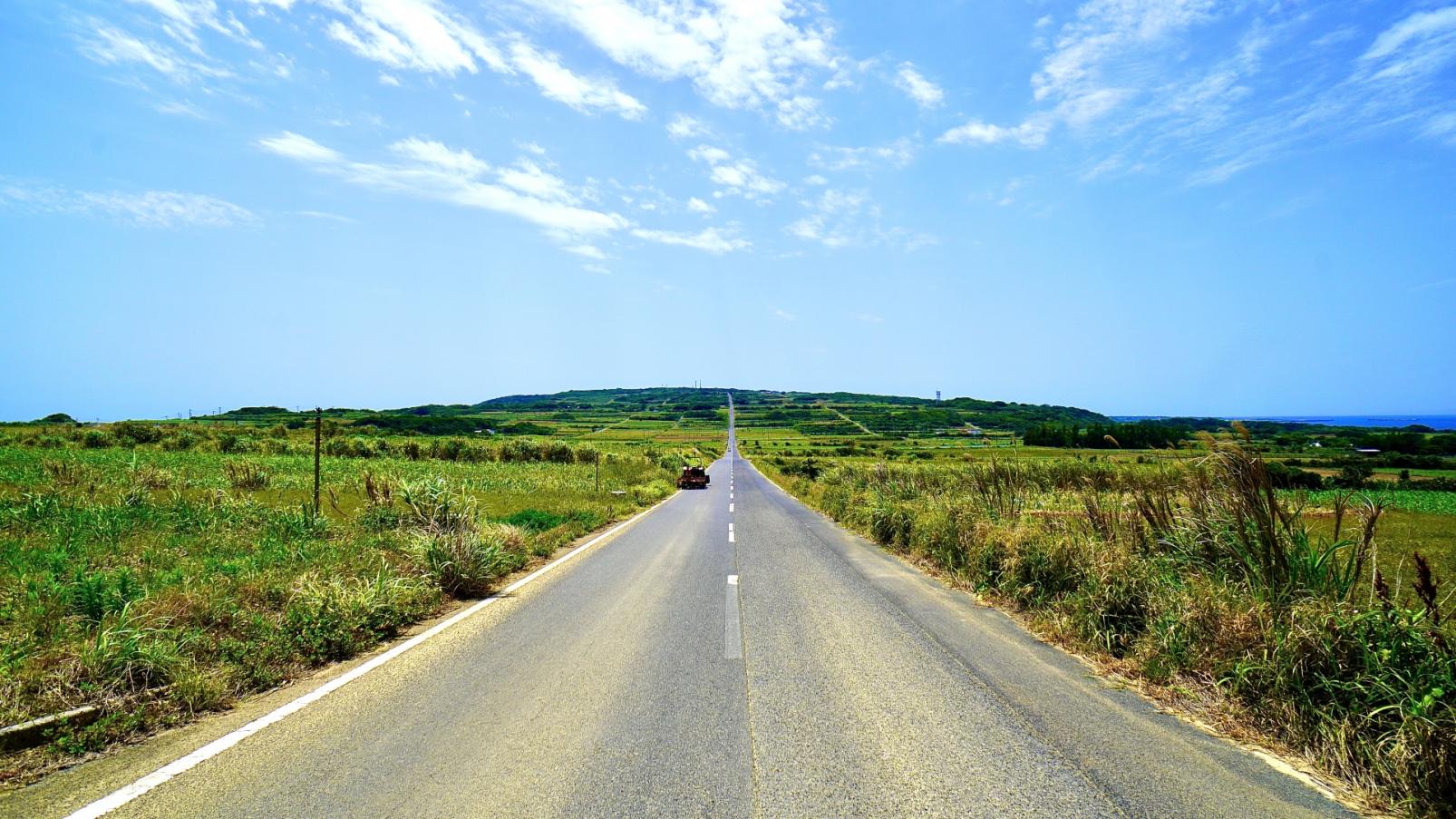
Kikaijima Course, an island where mysterious giant banyan trees and butterflies dance



